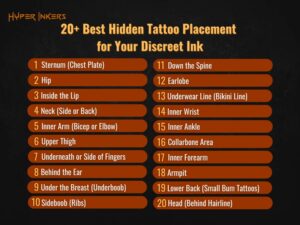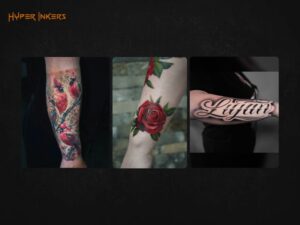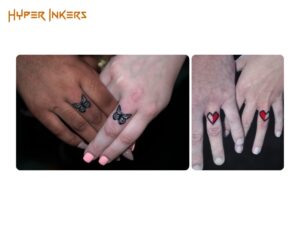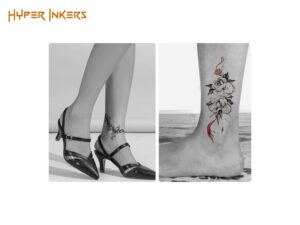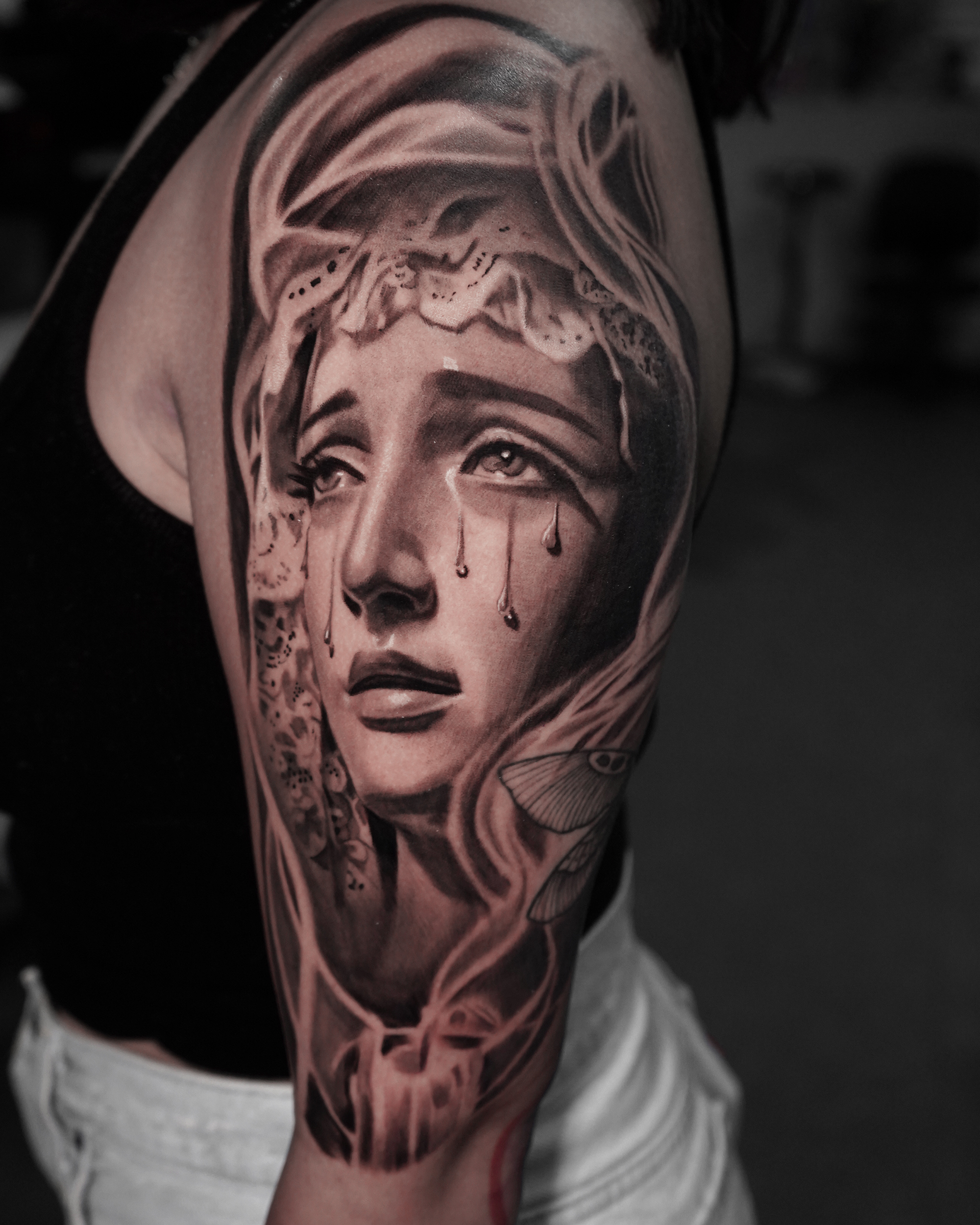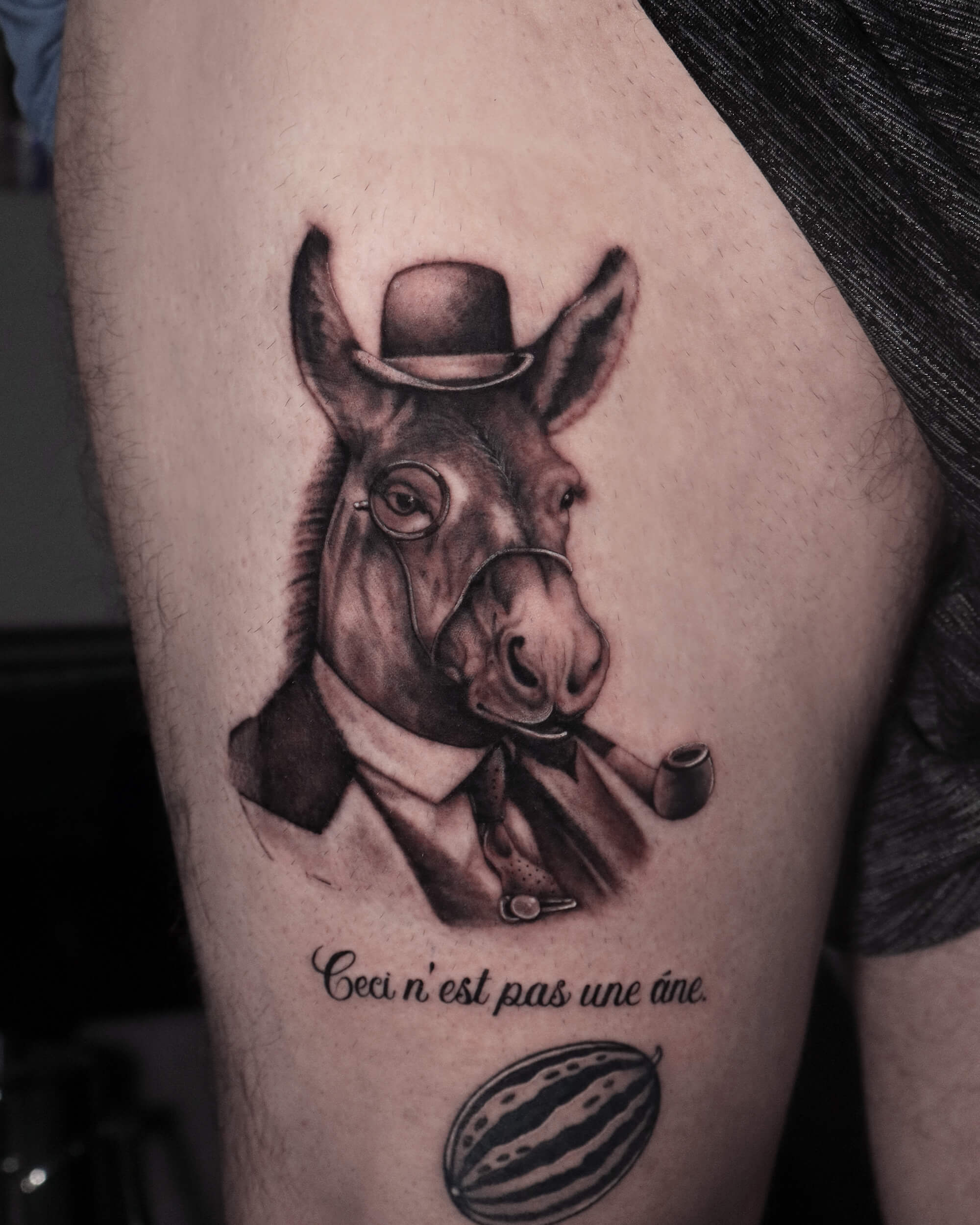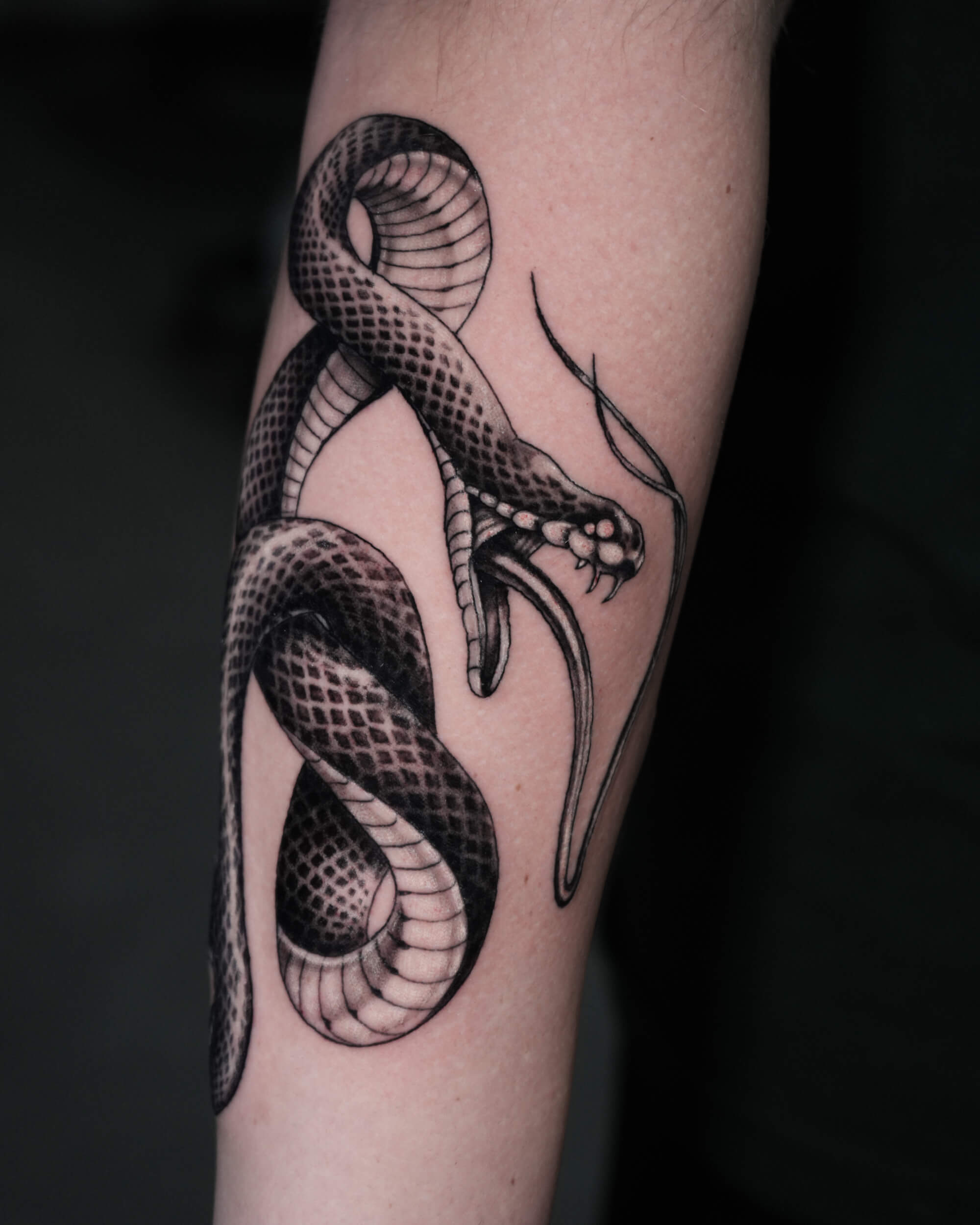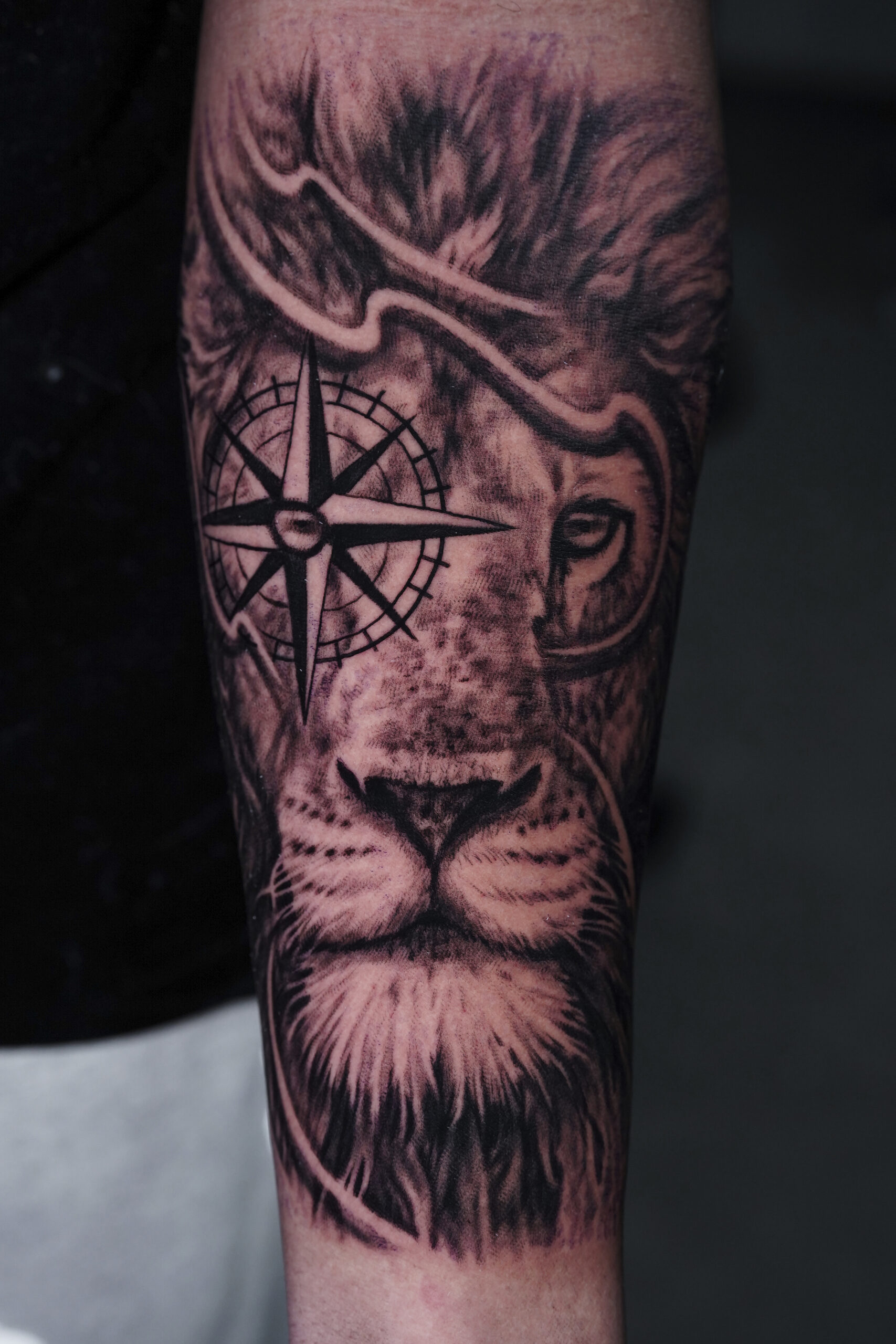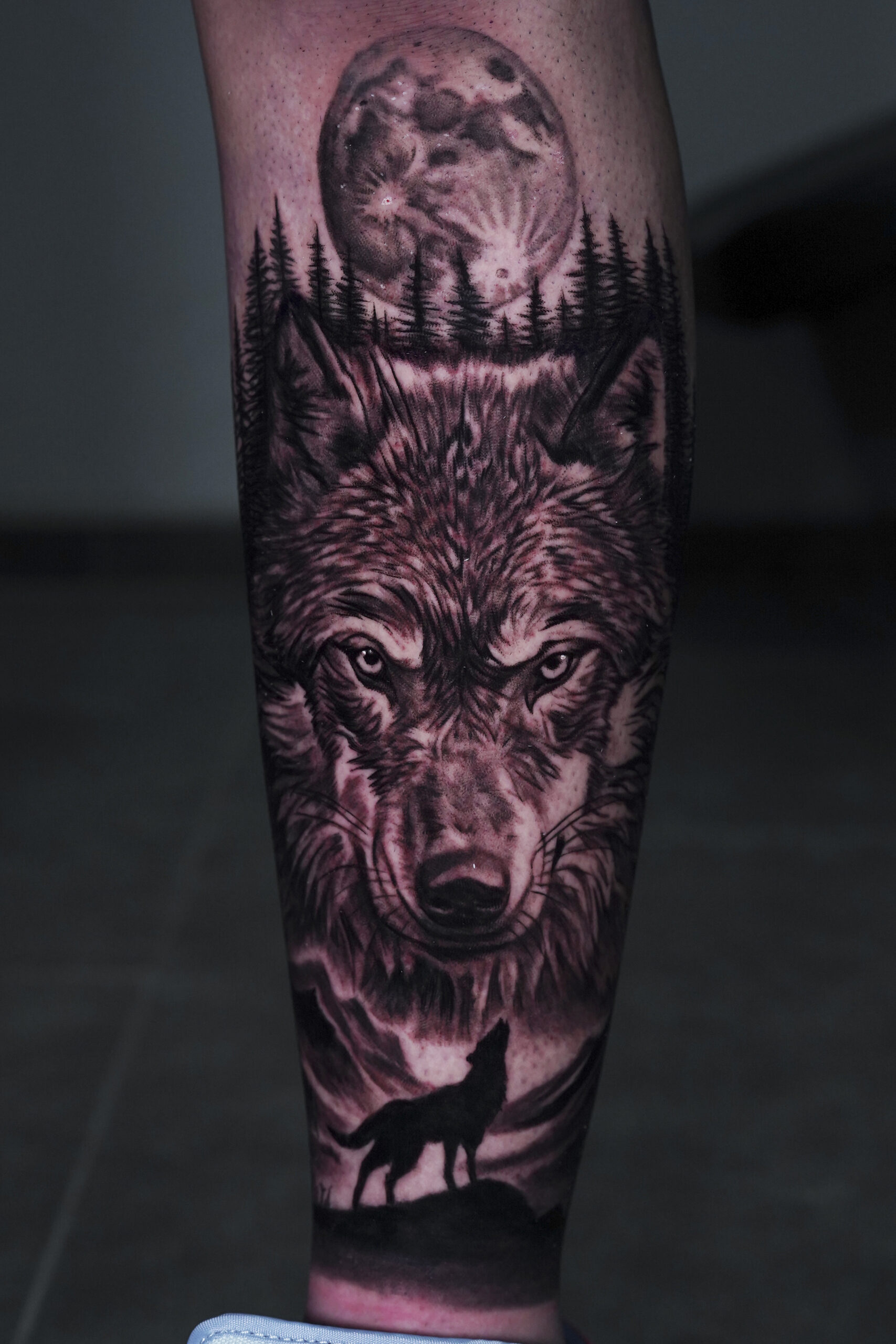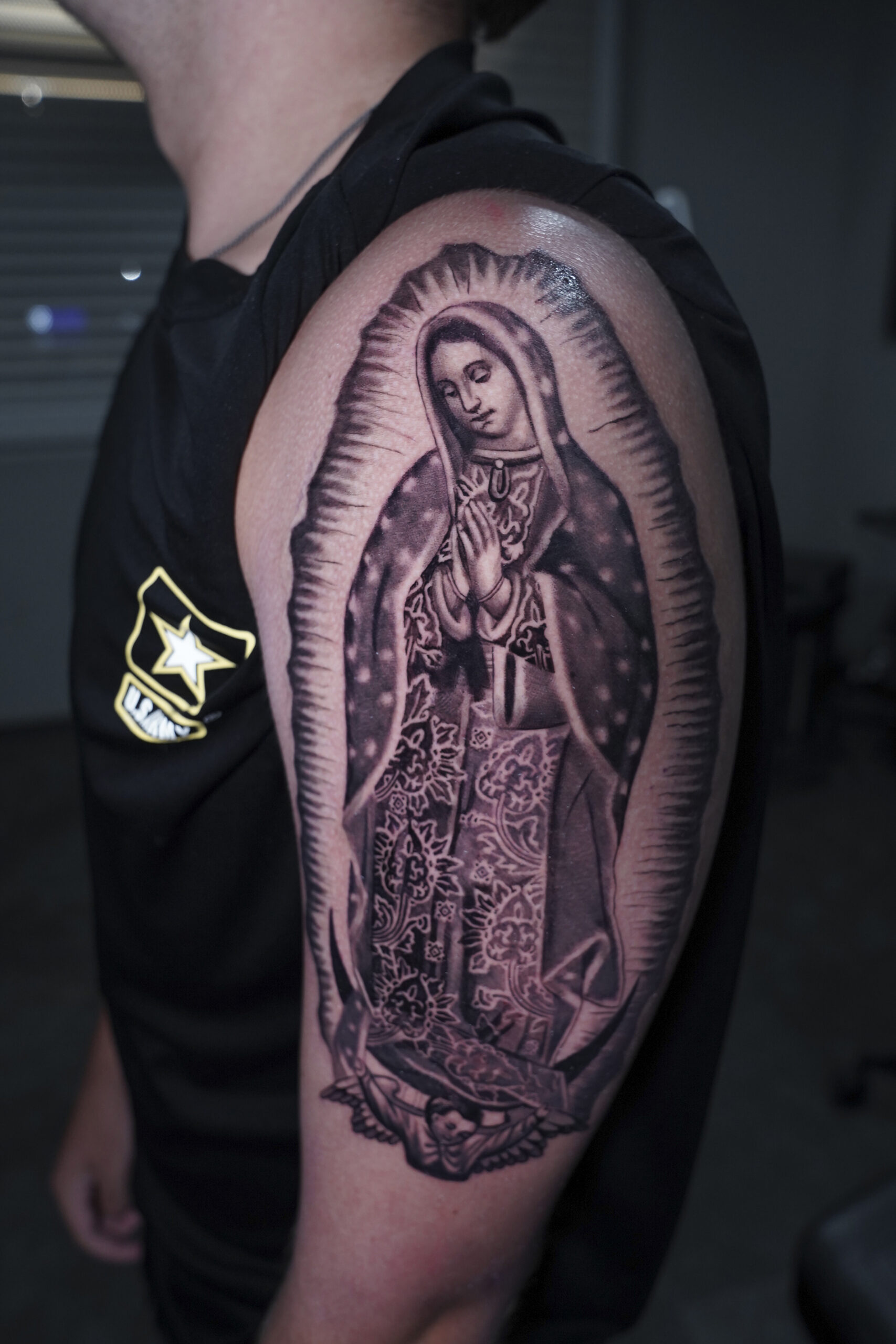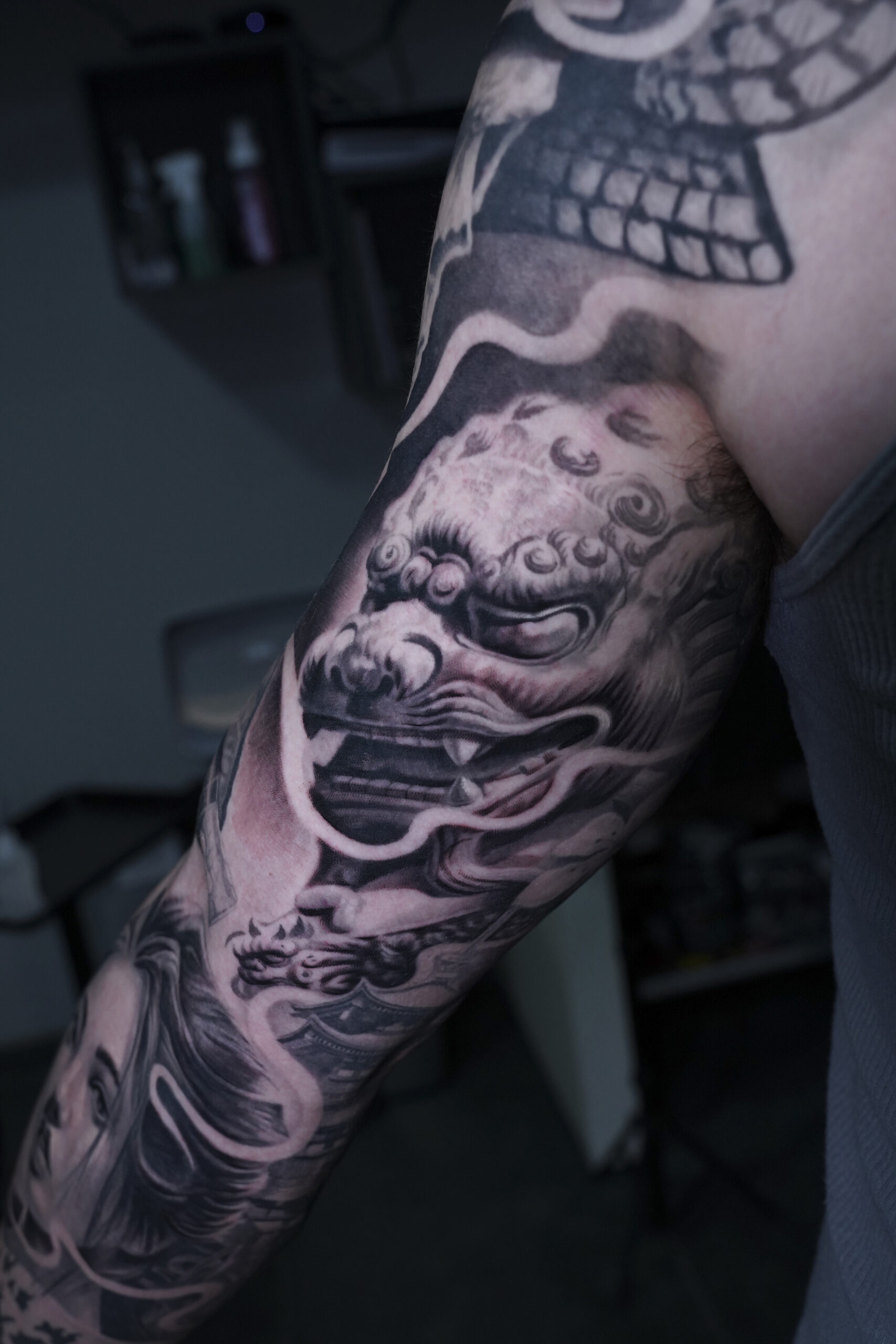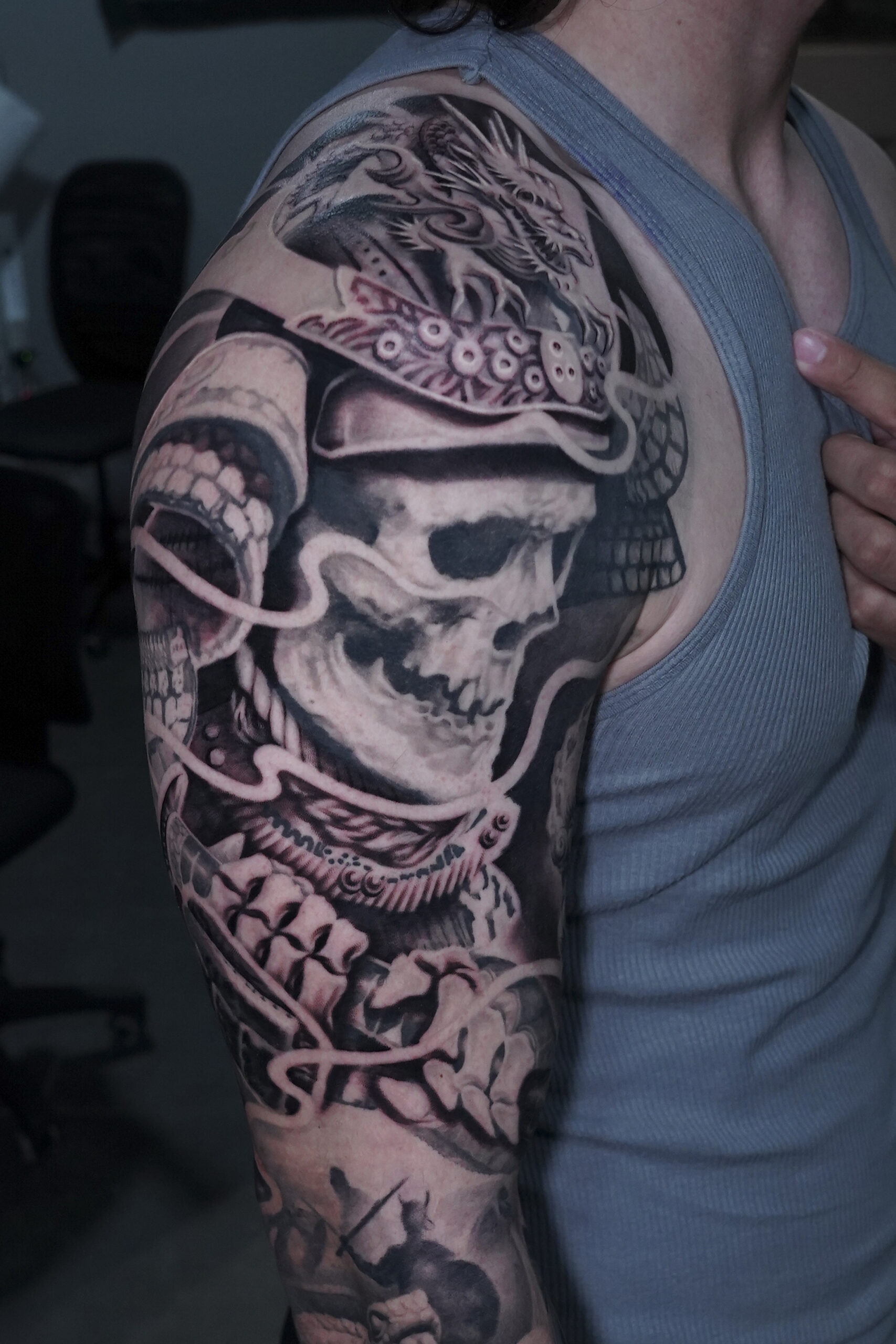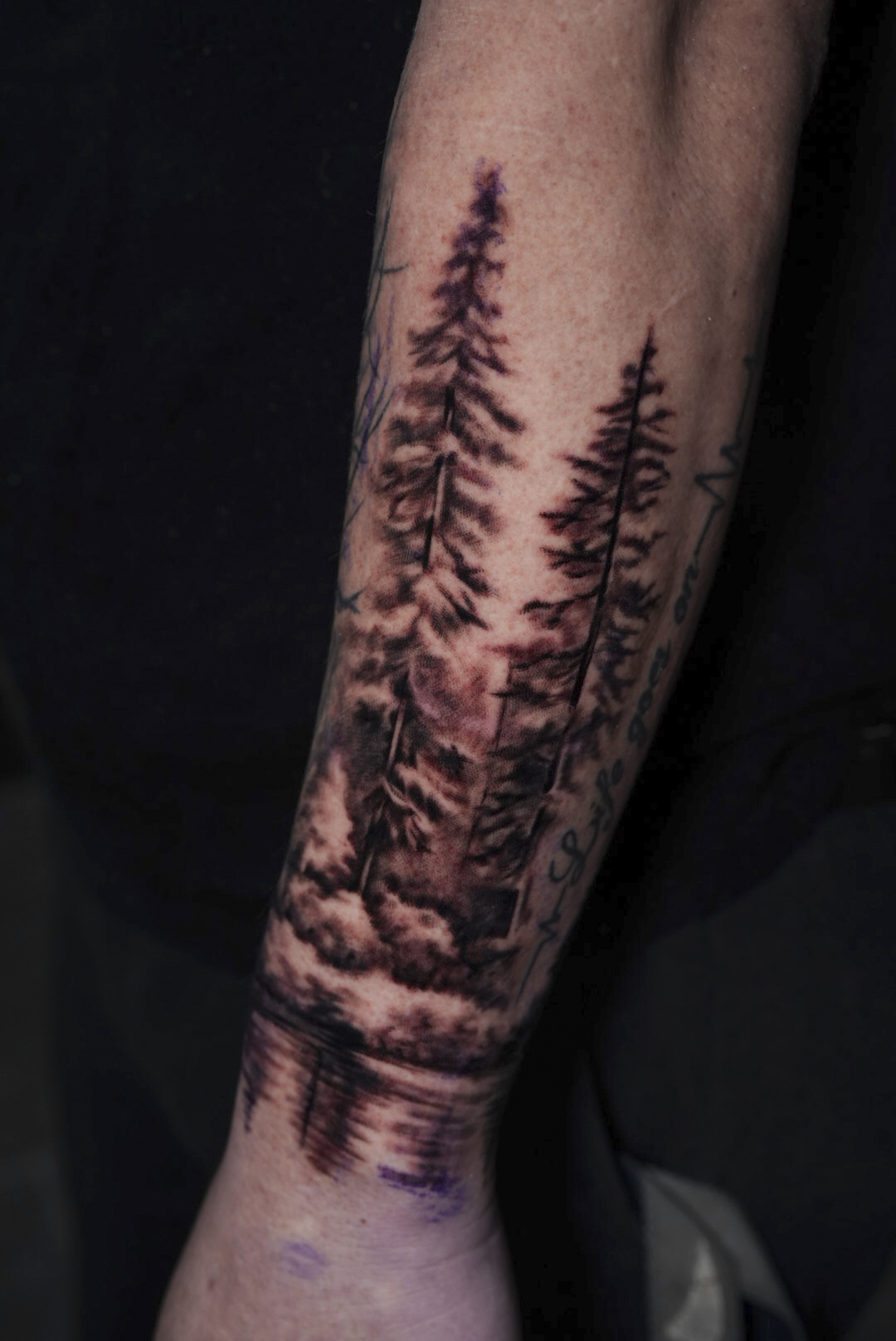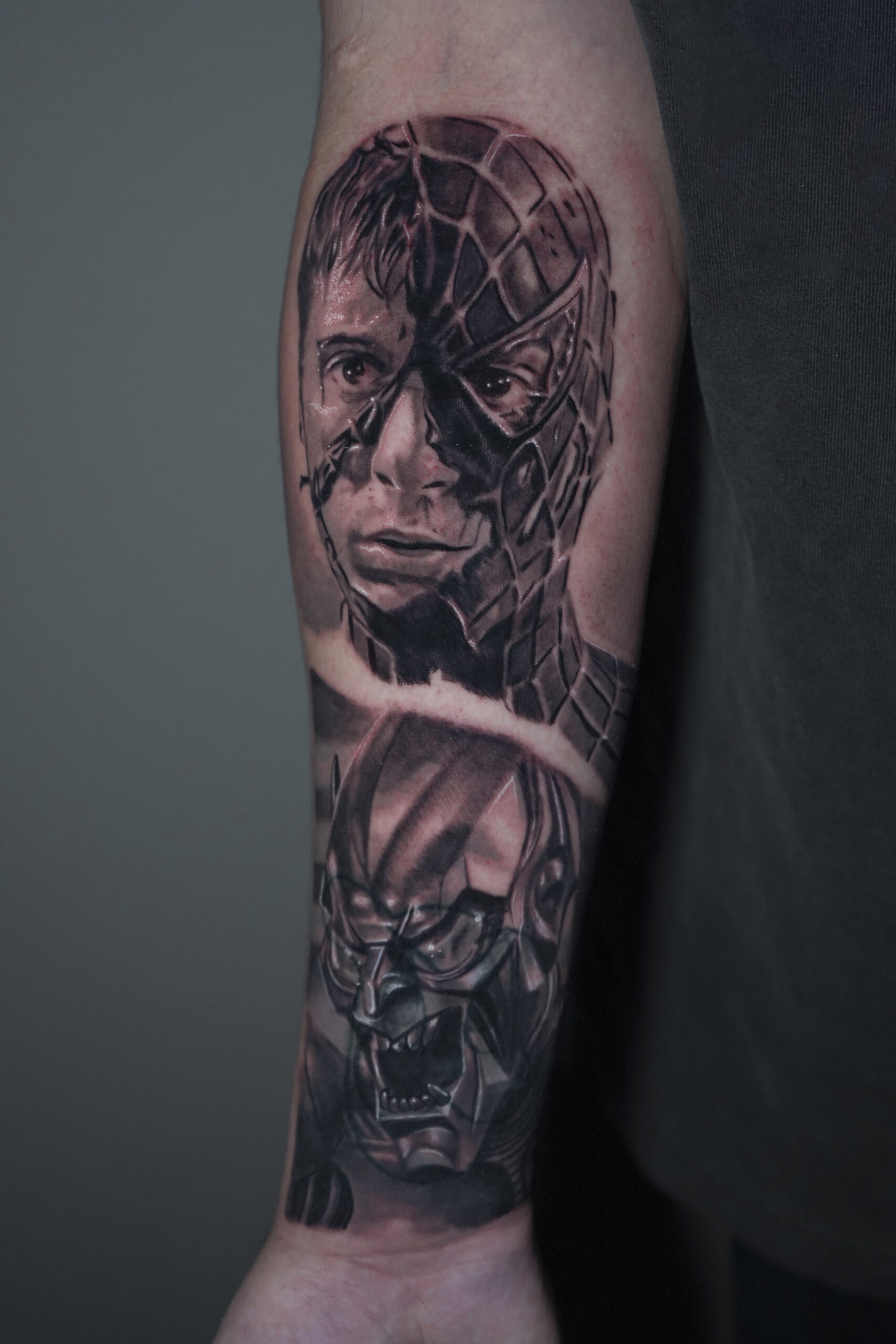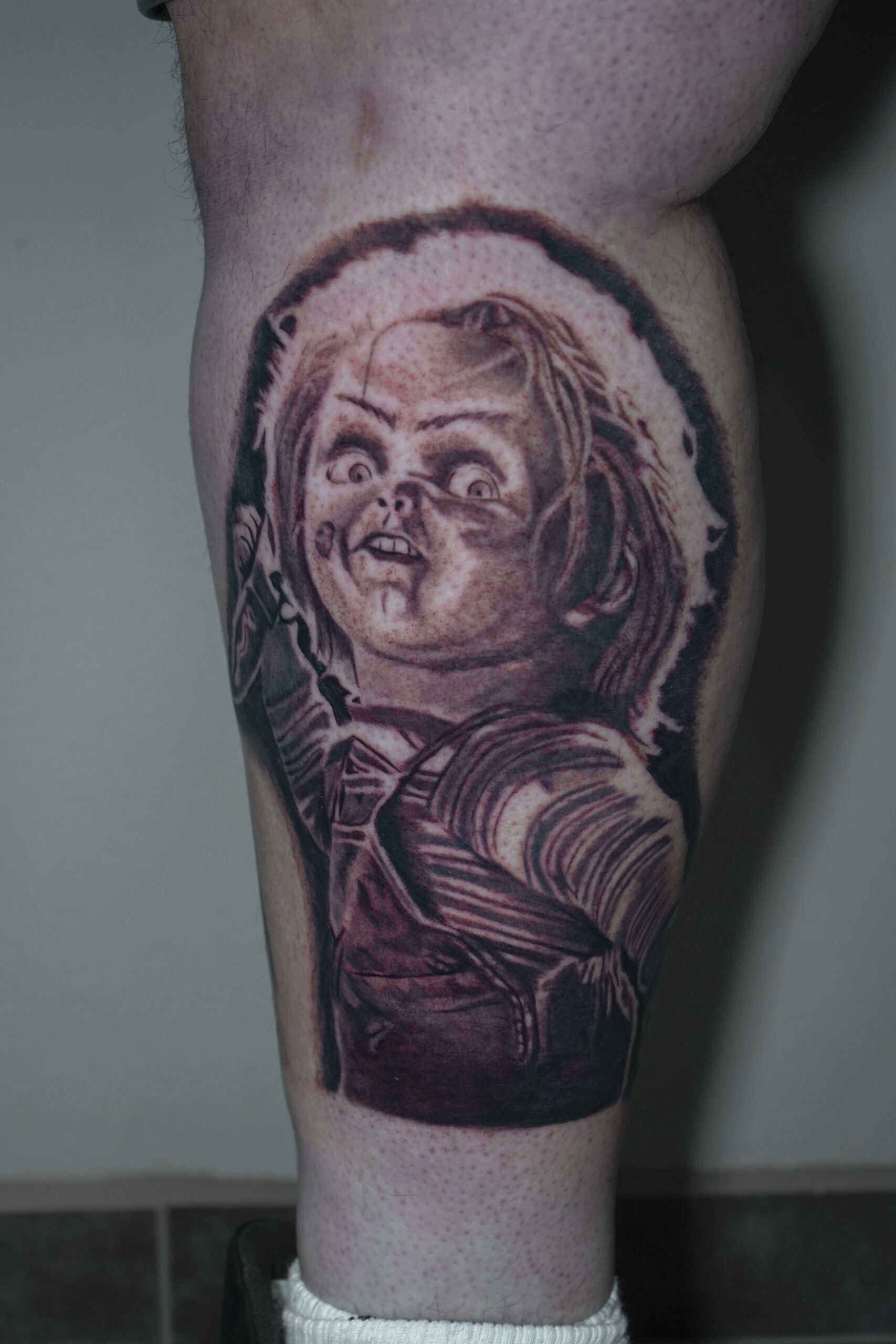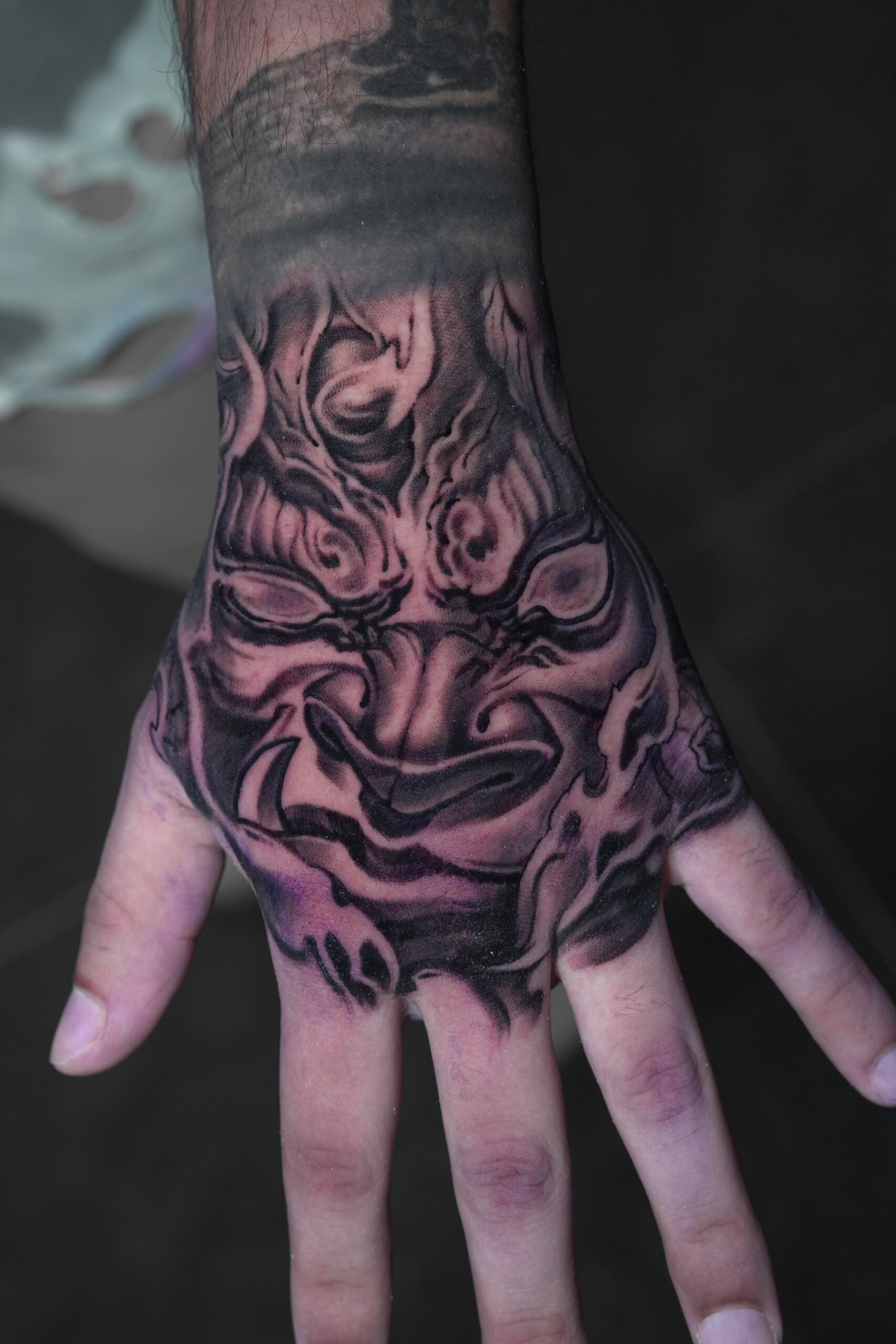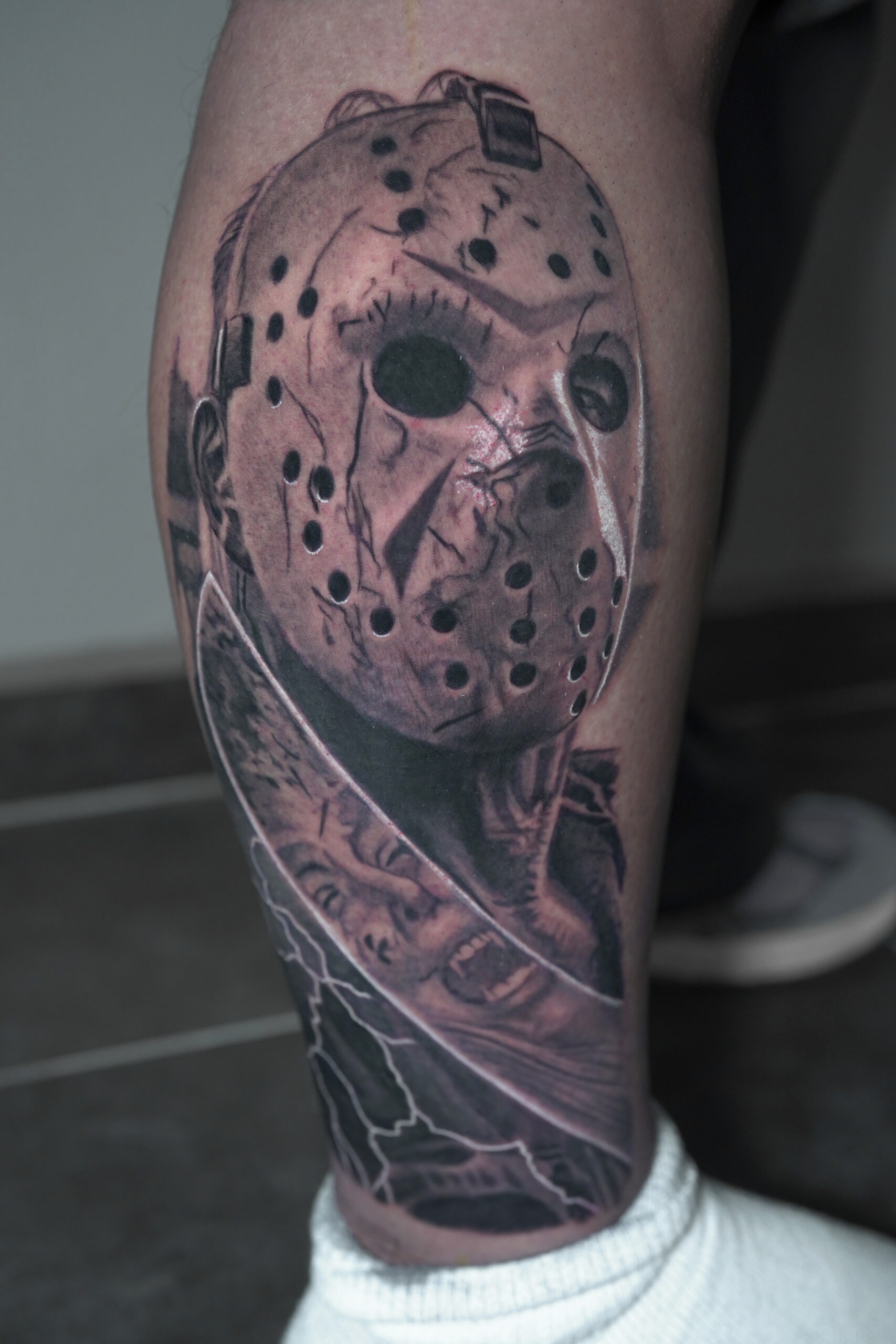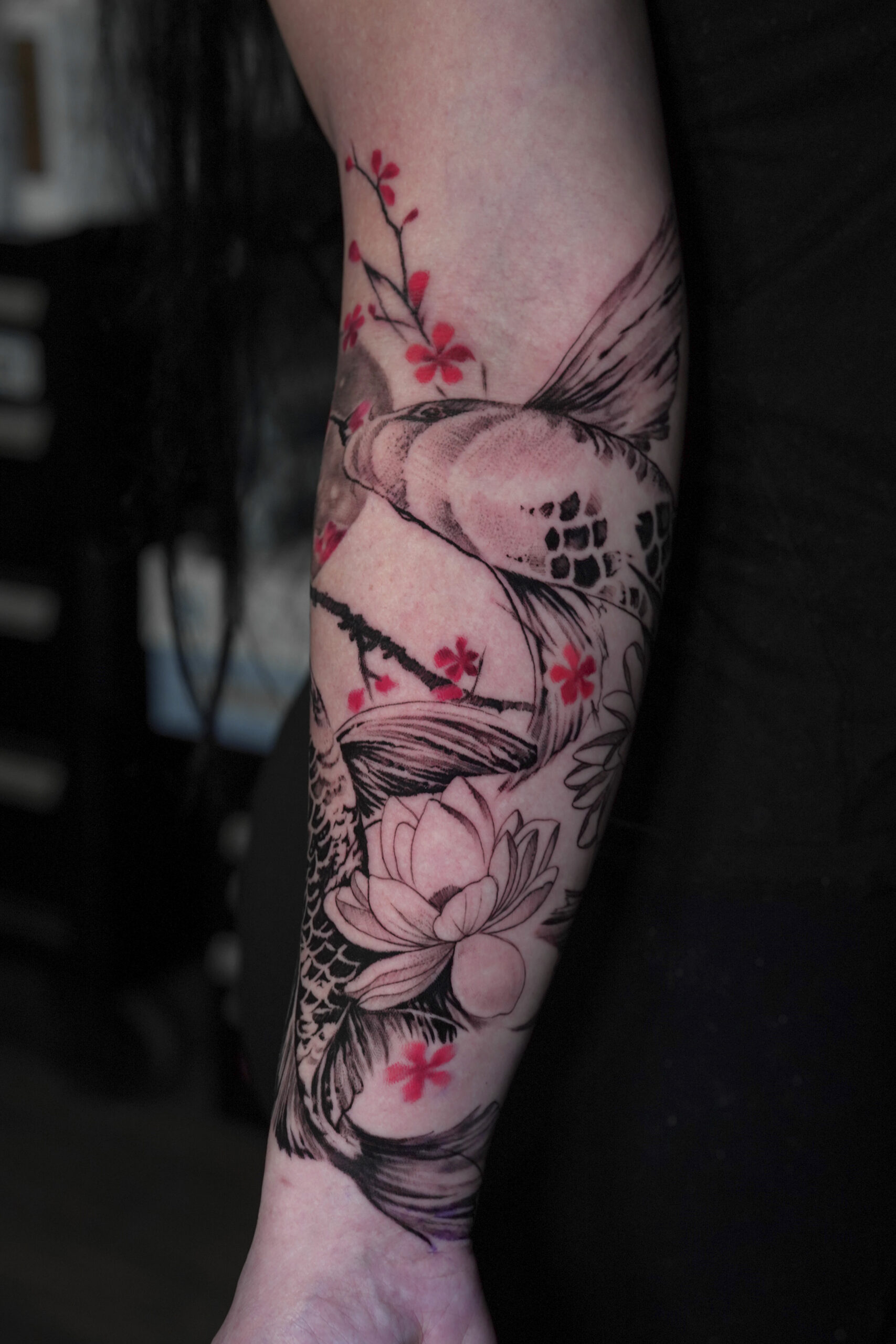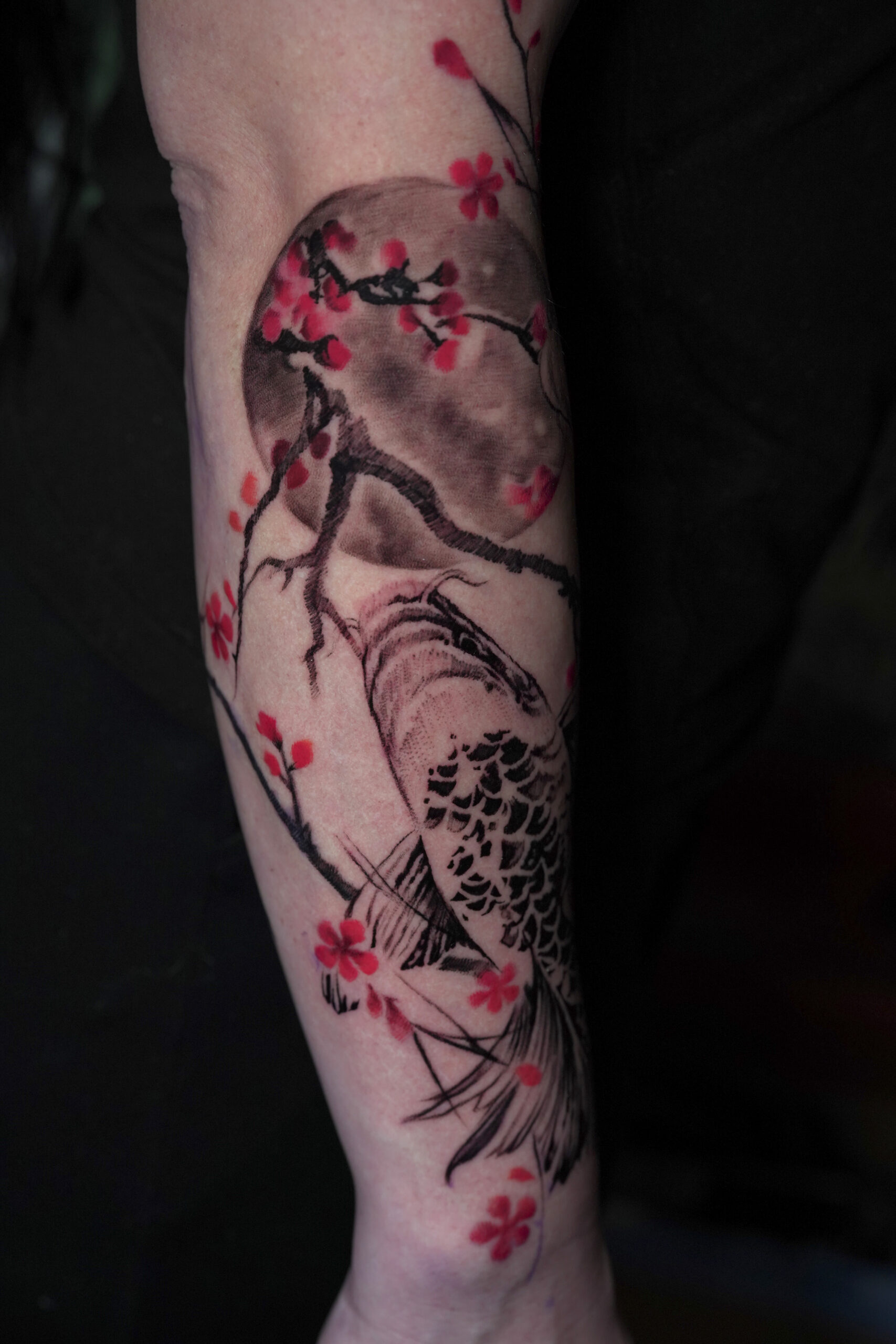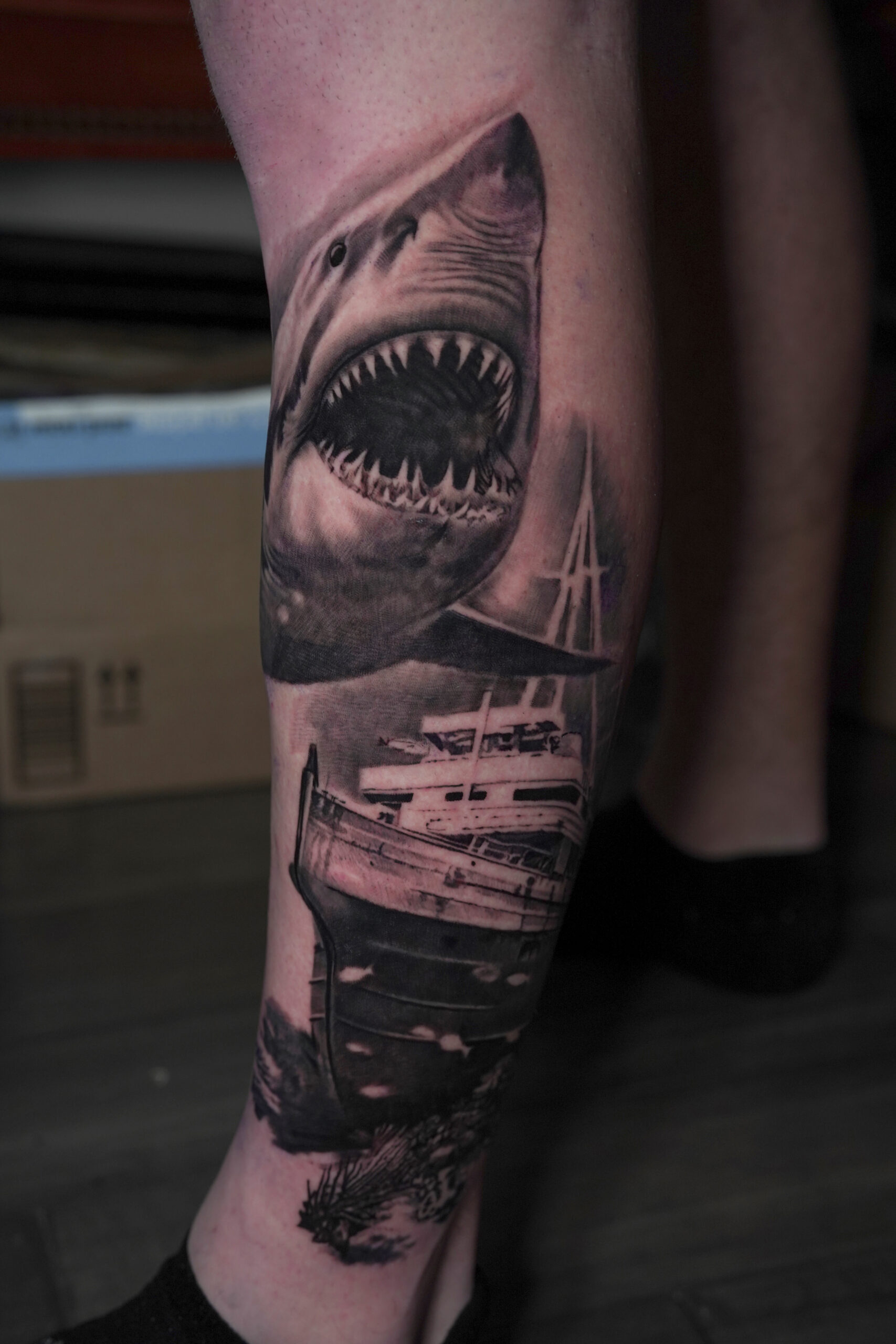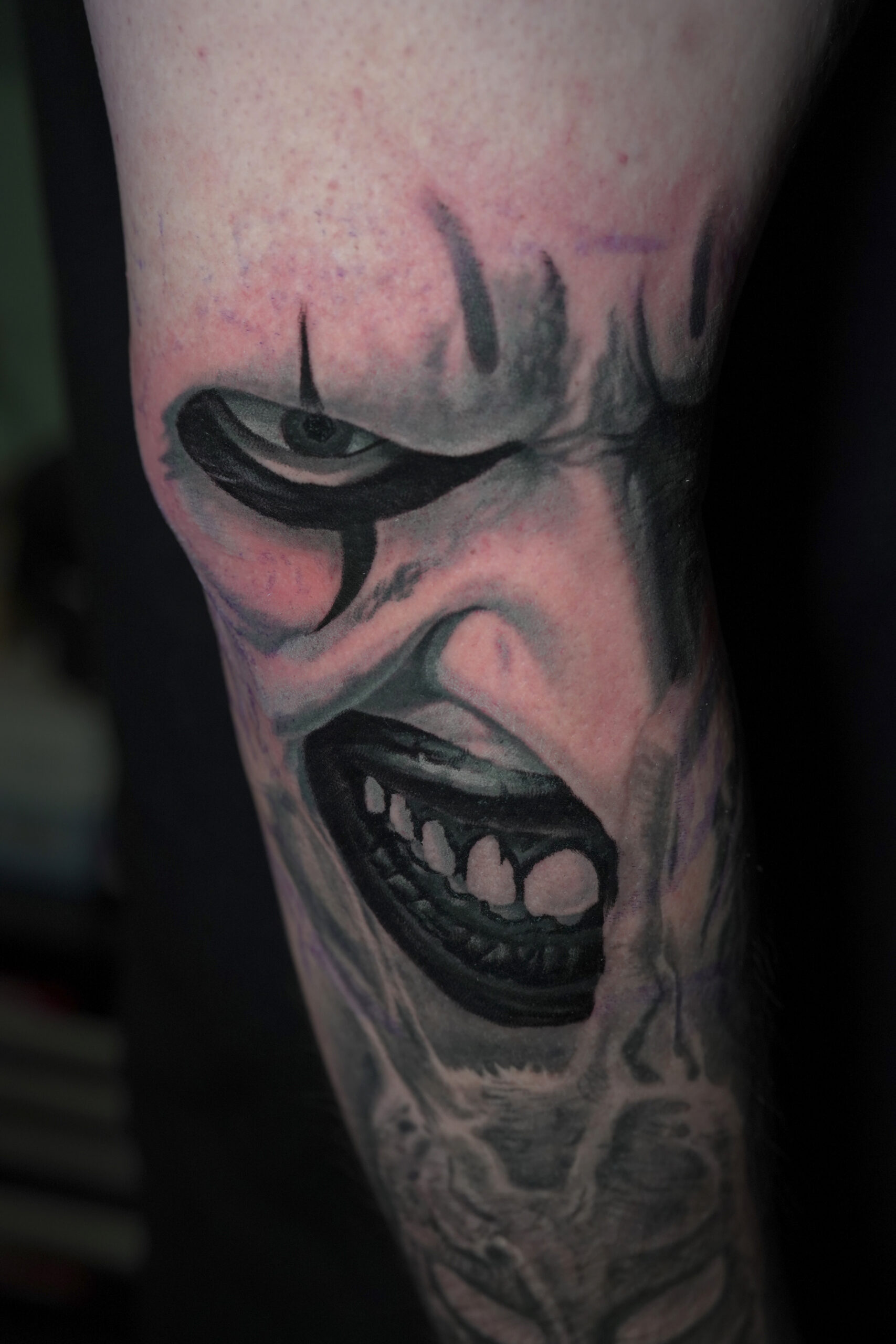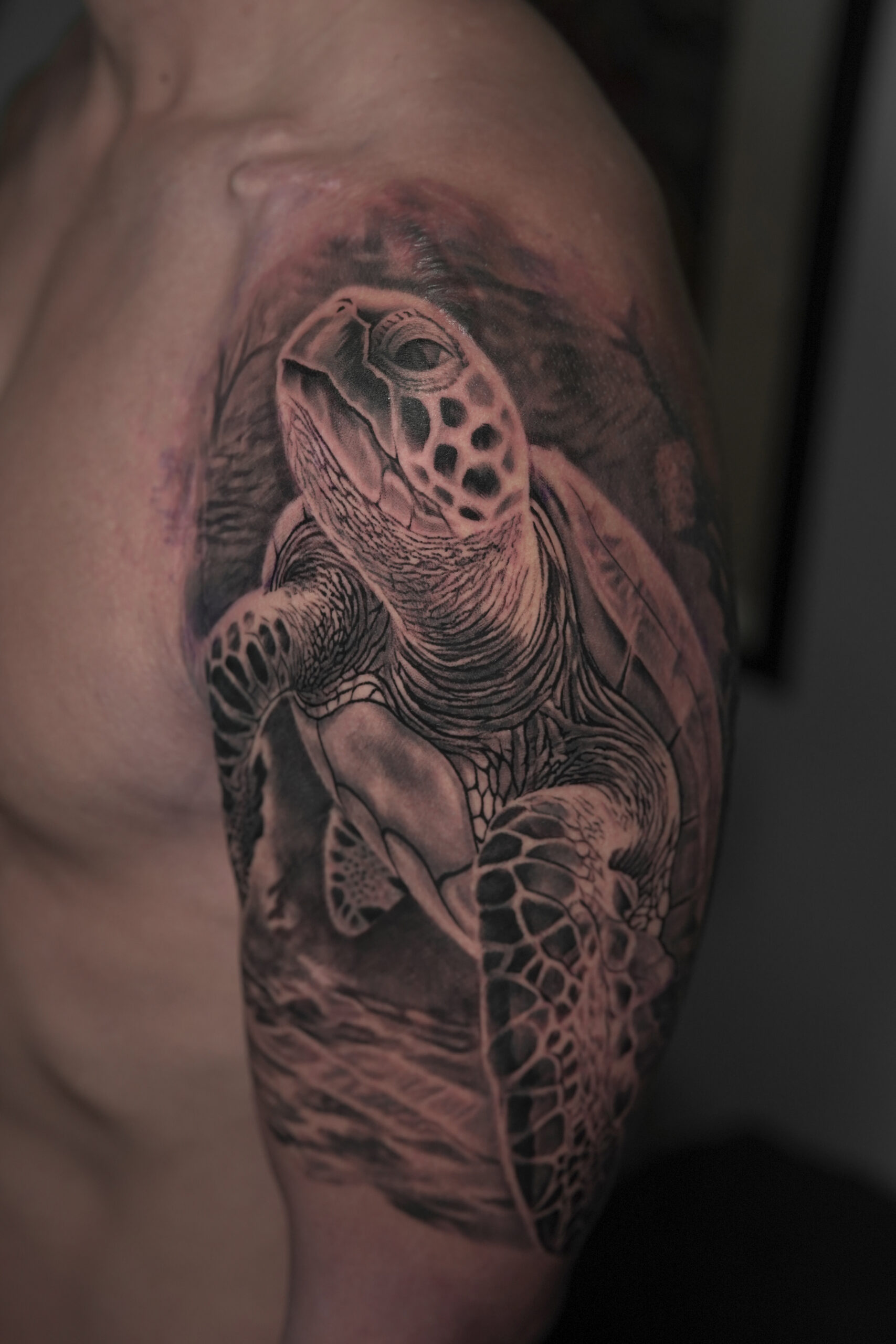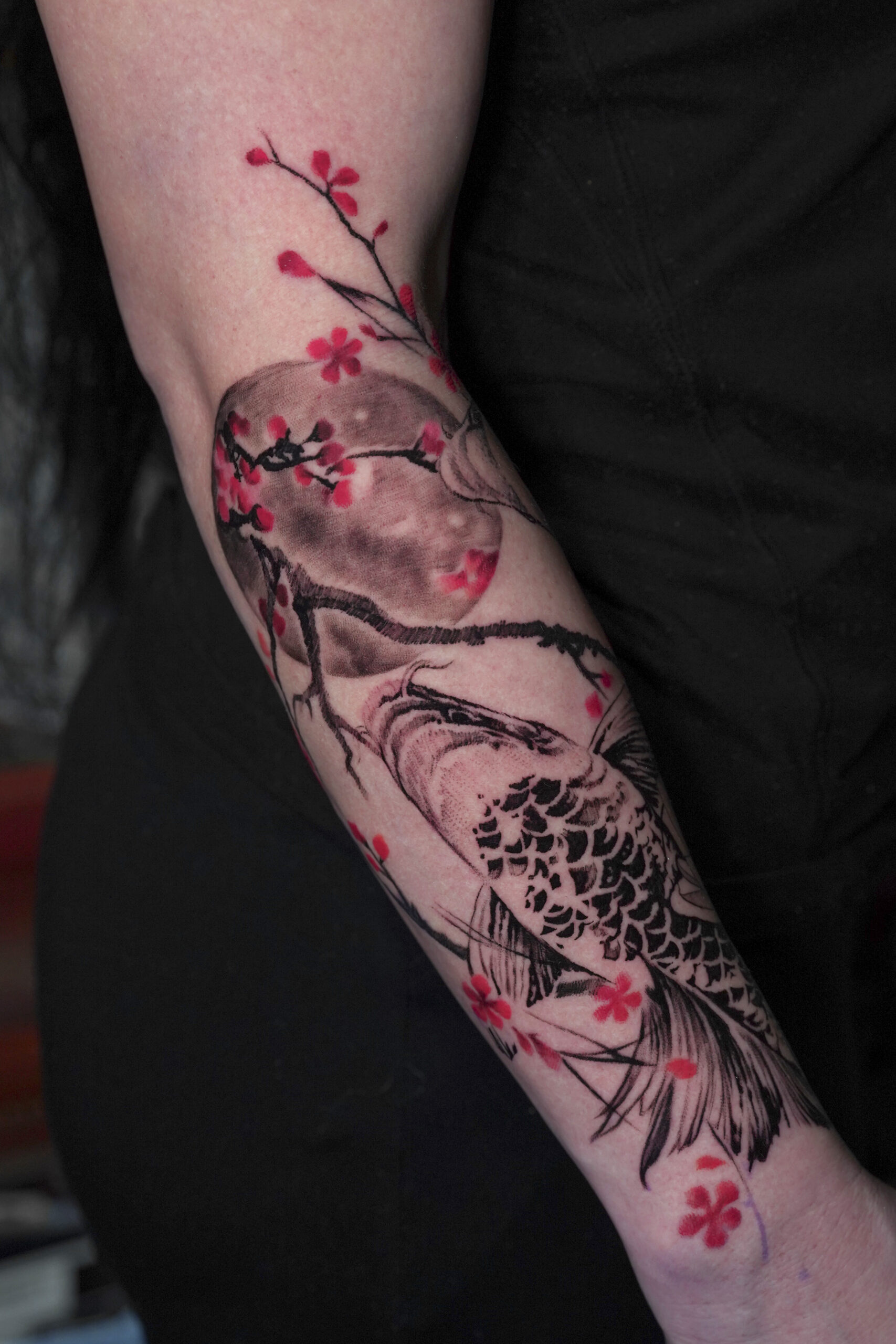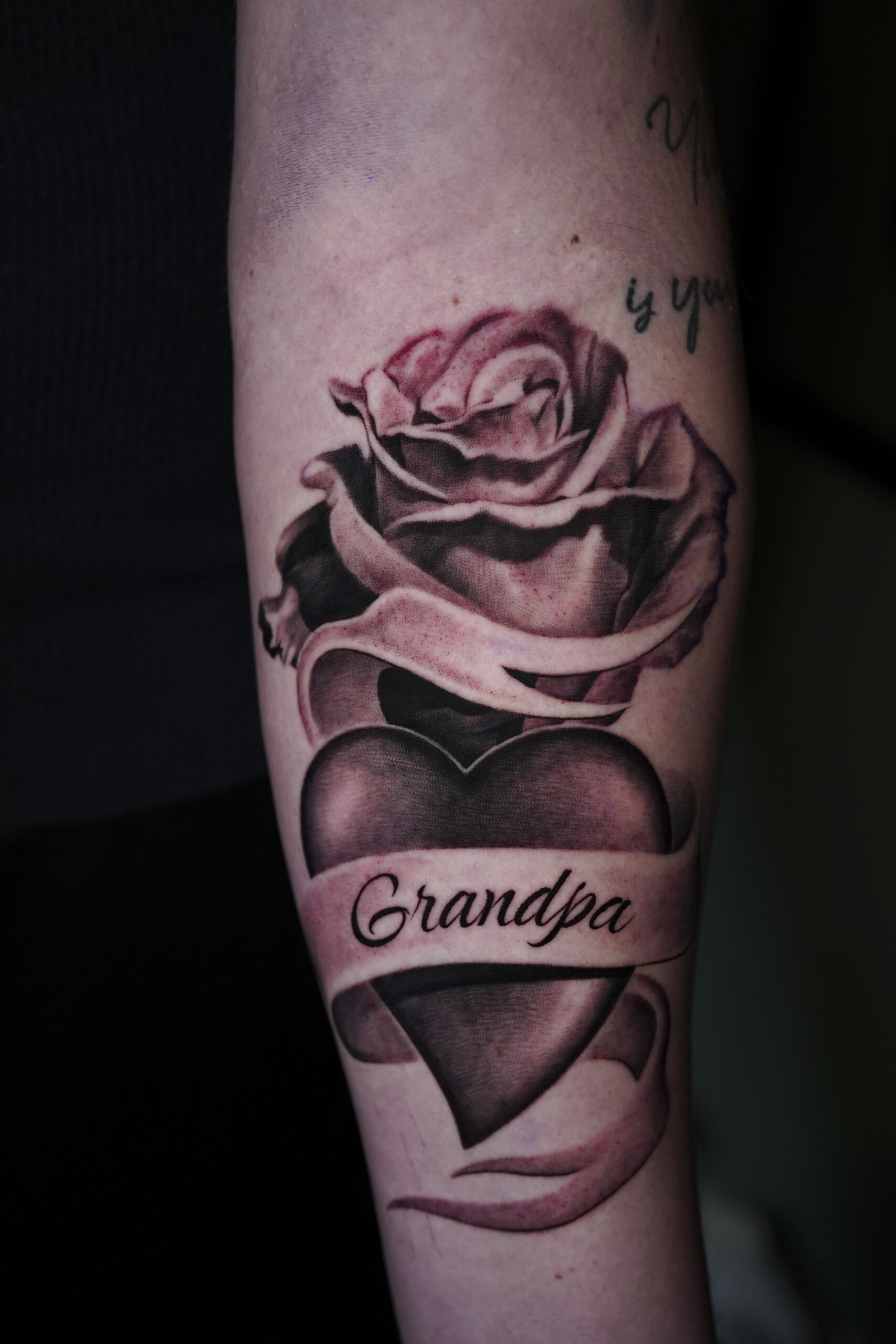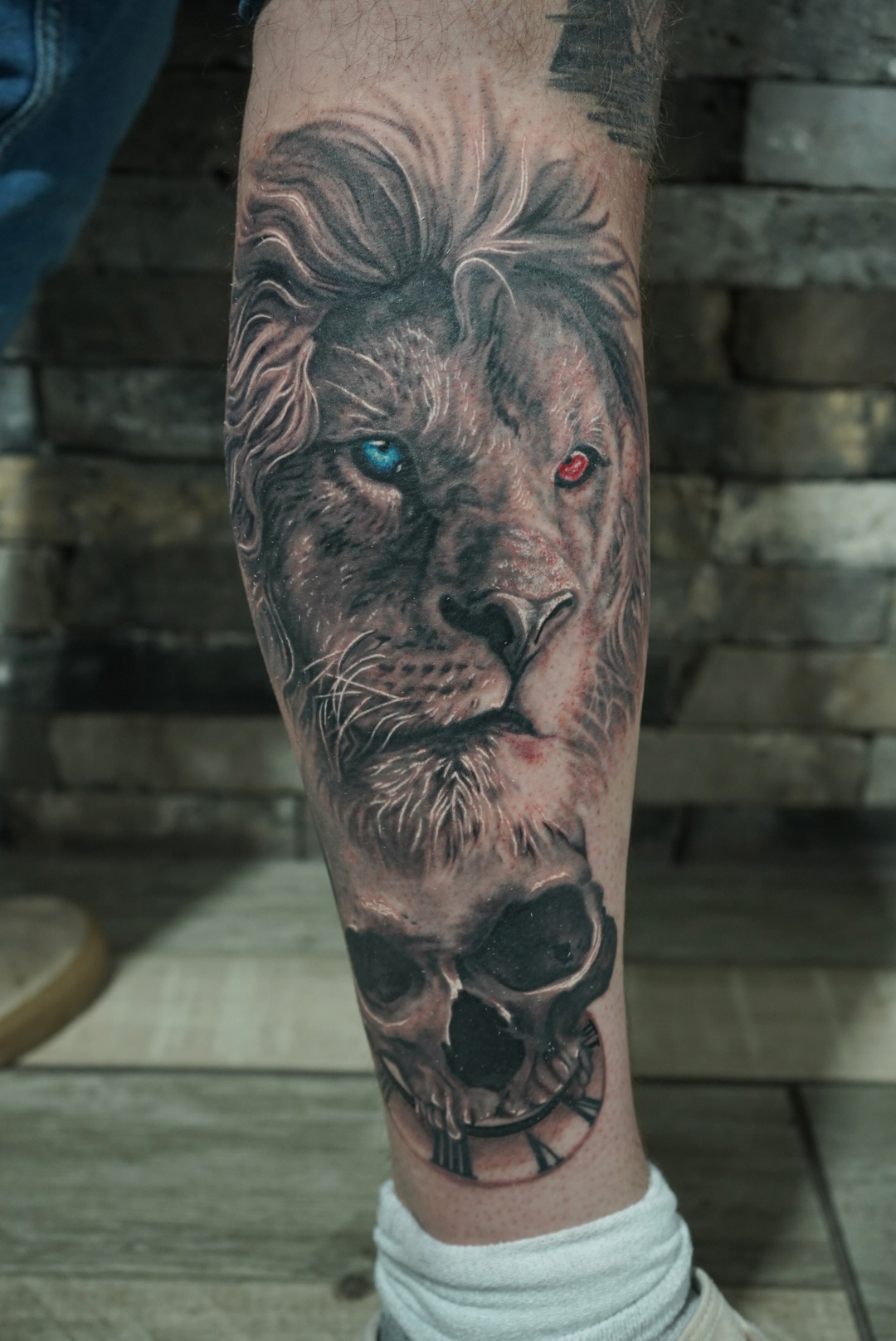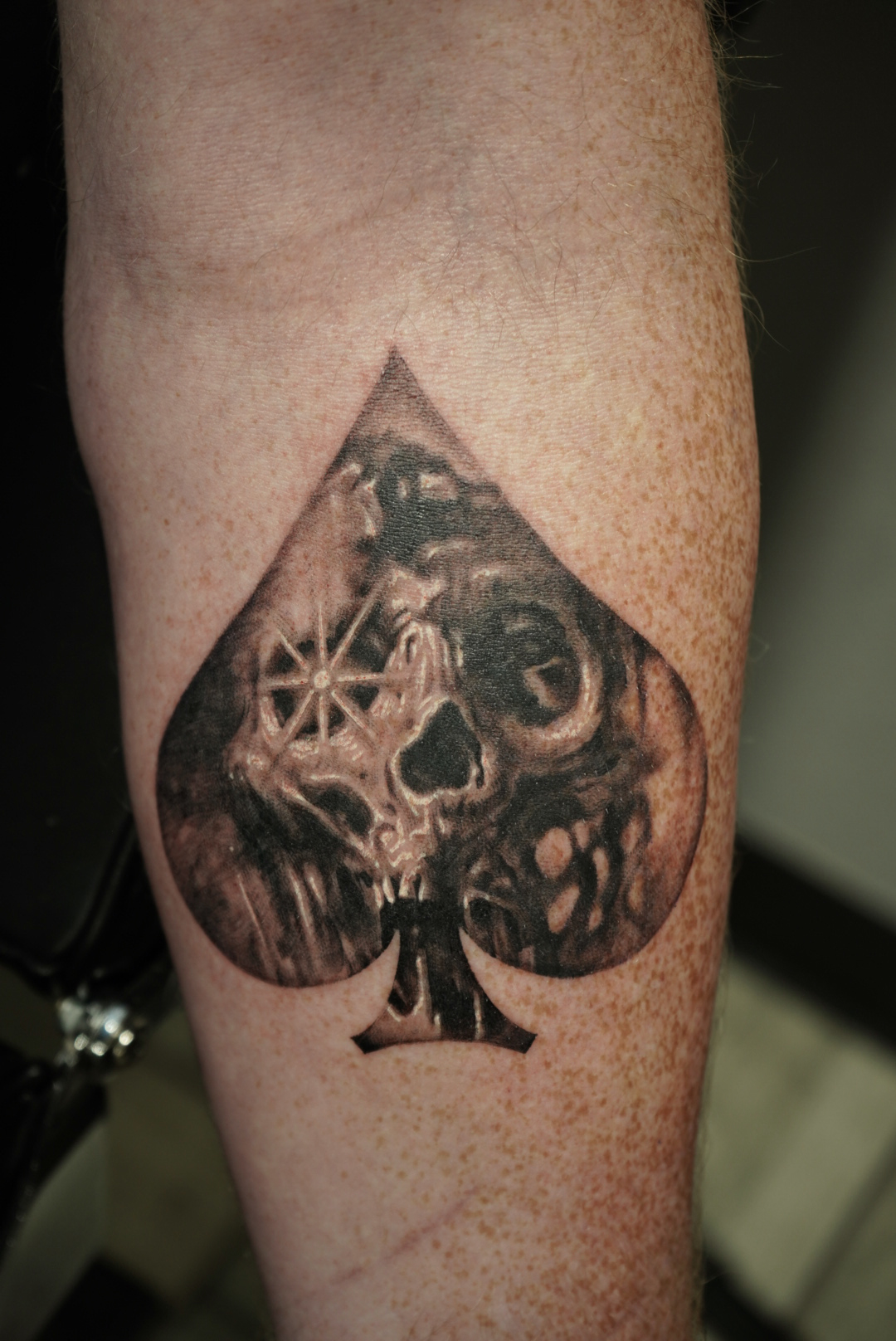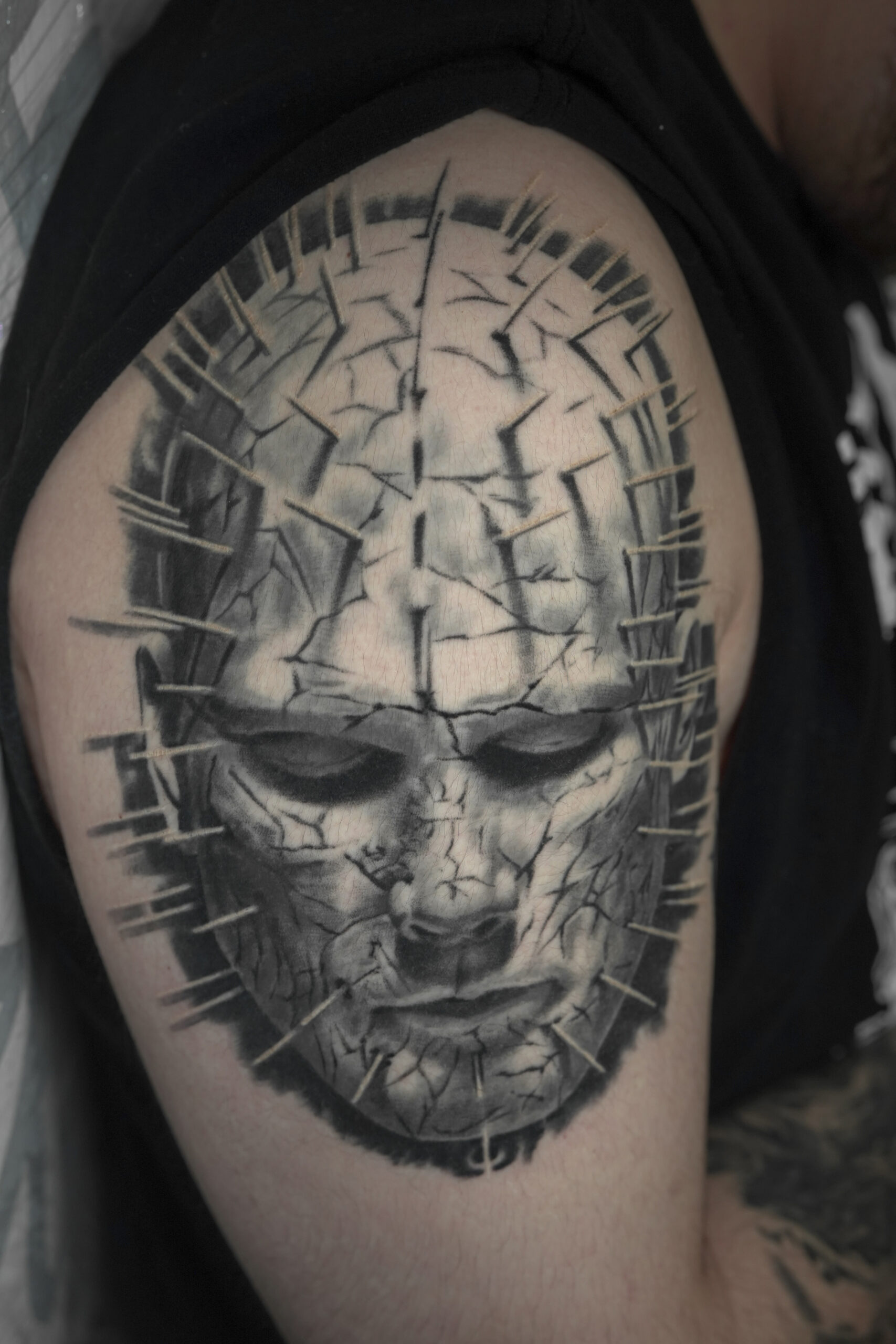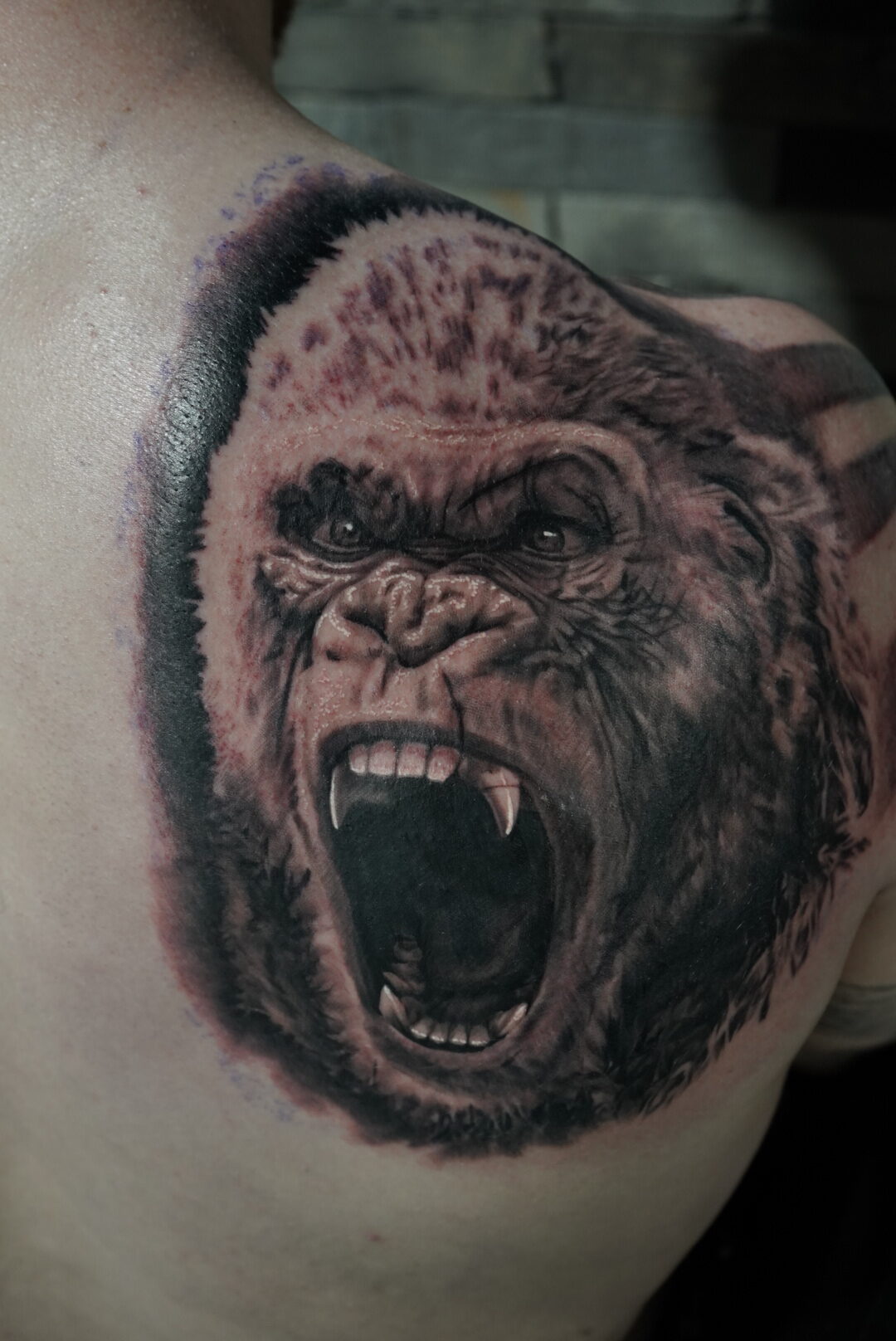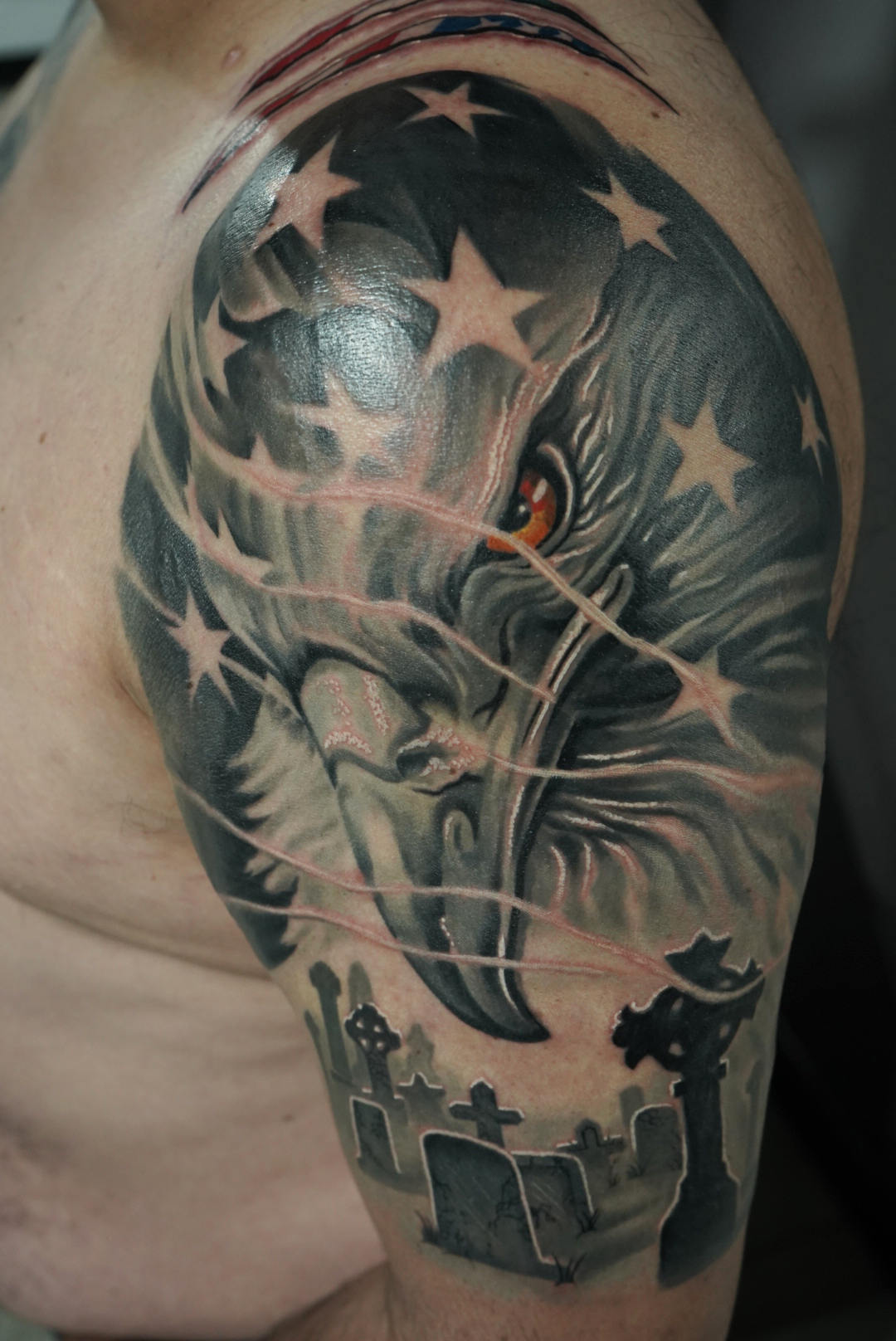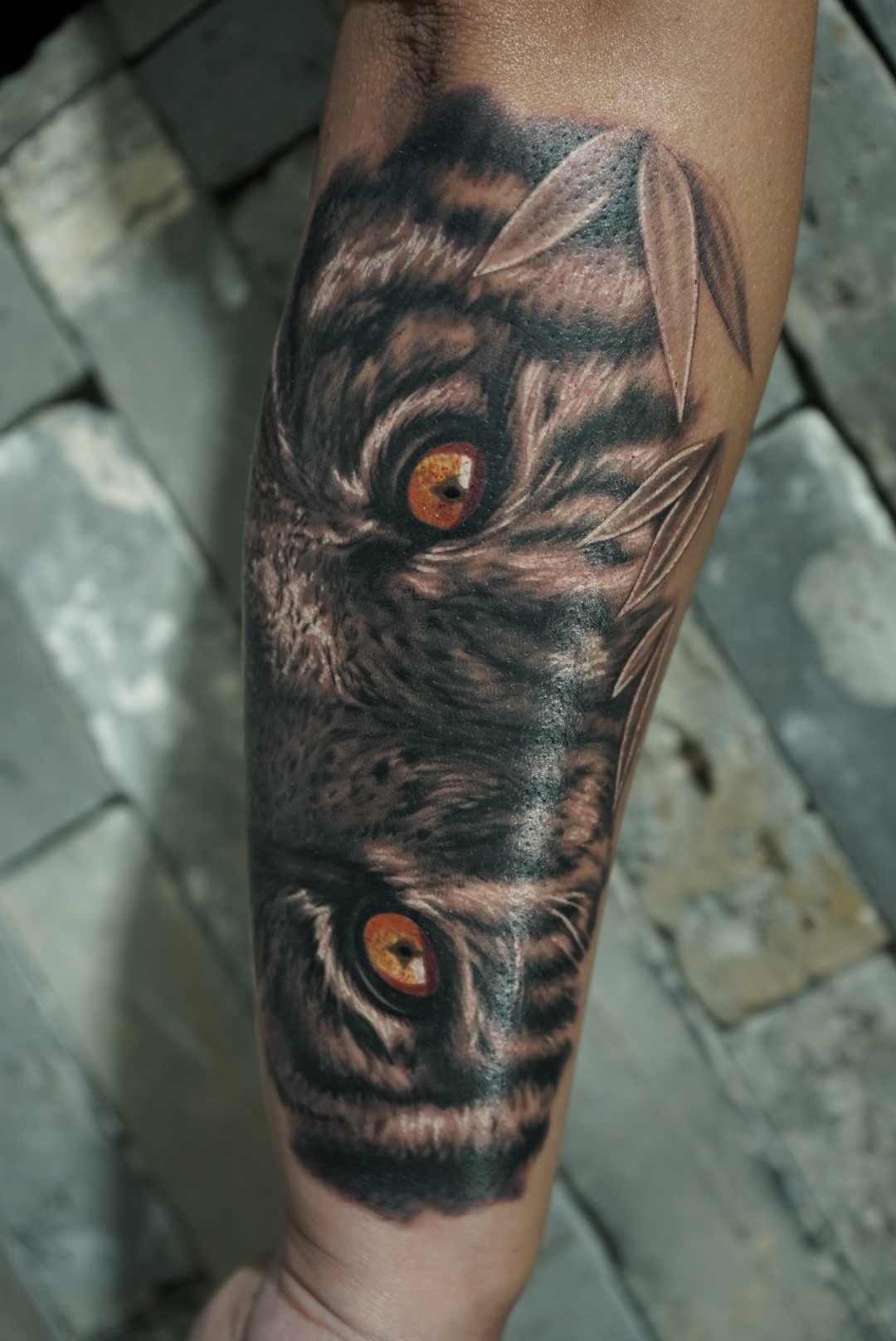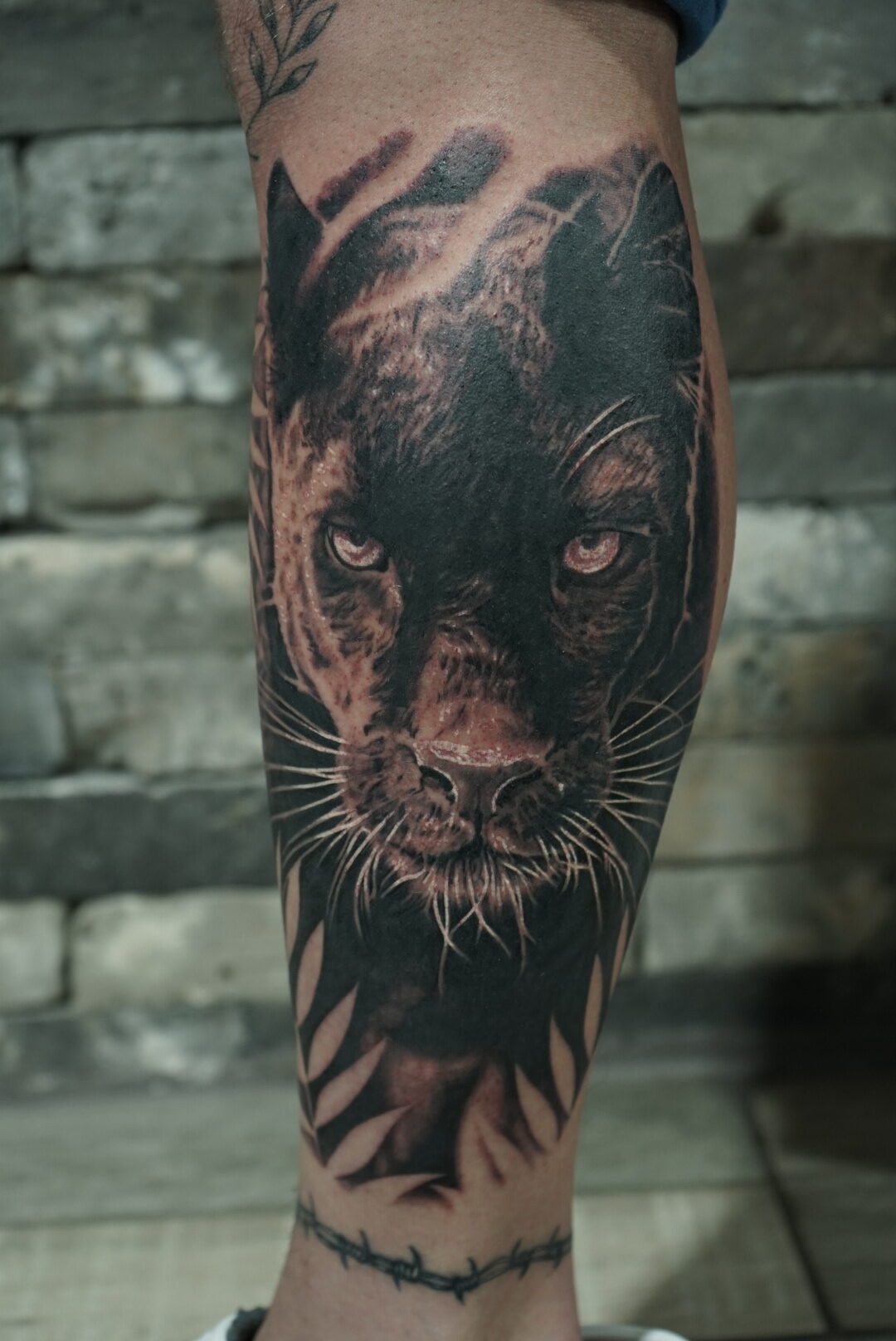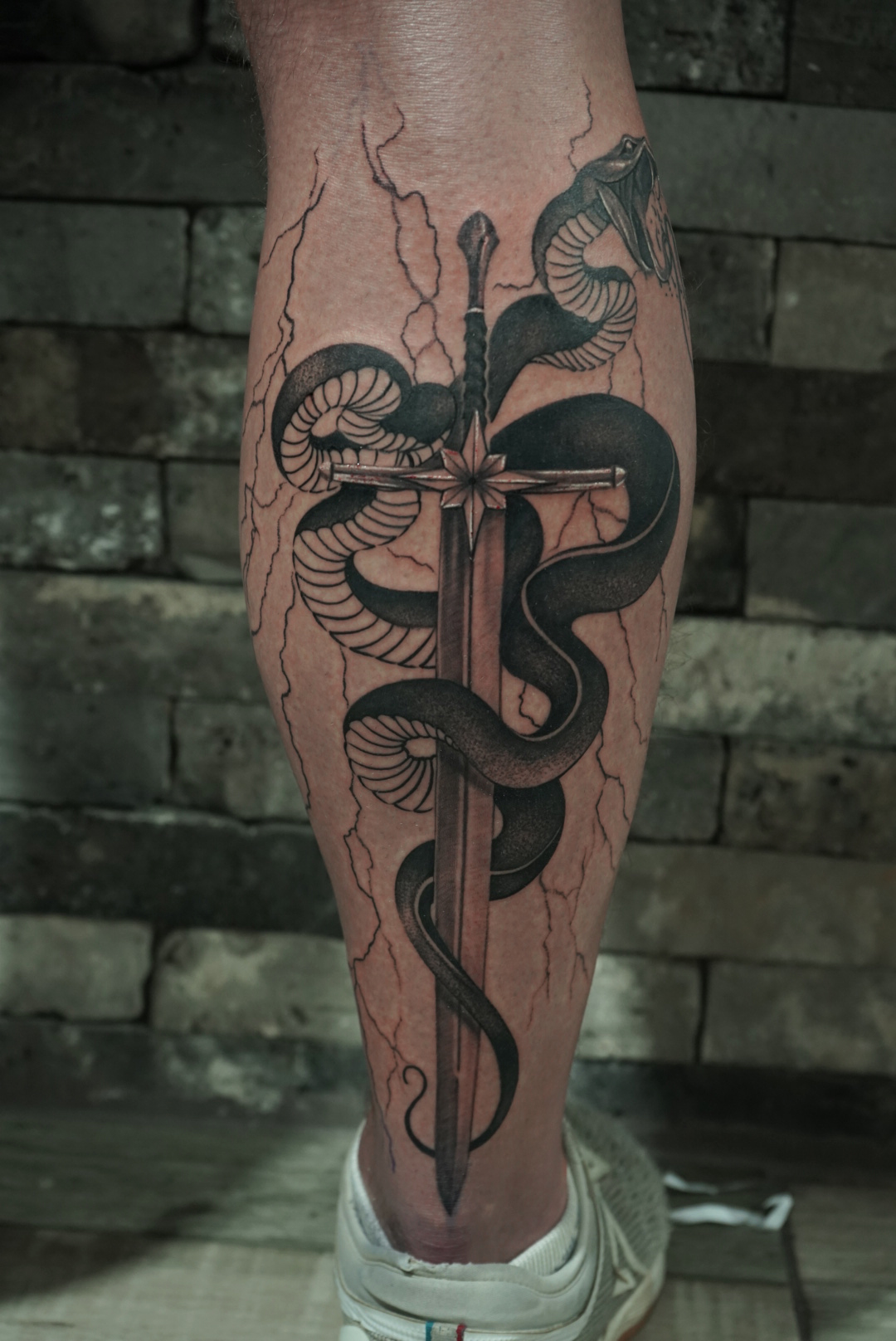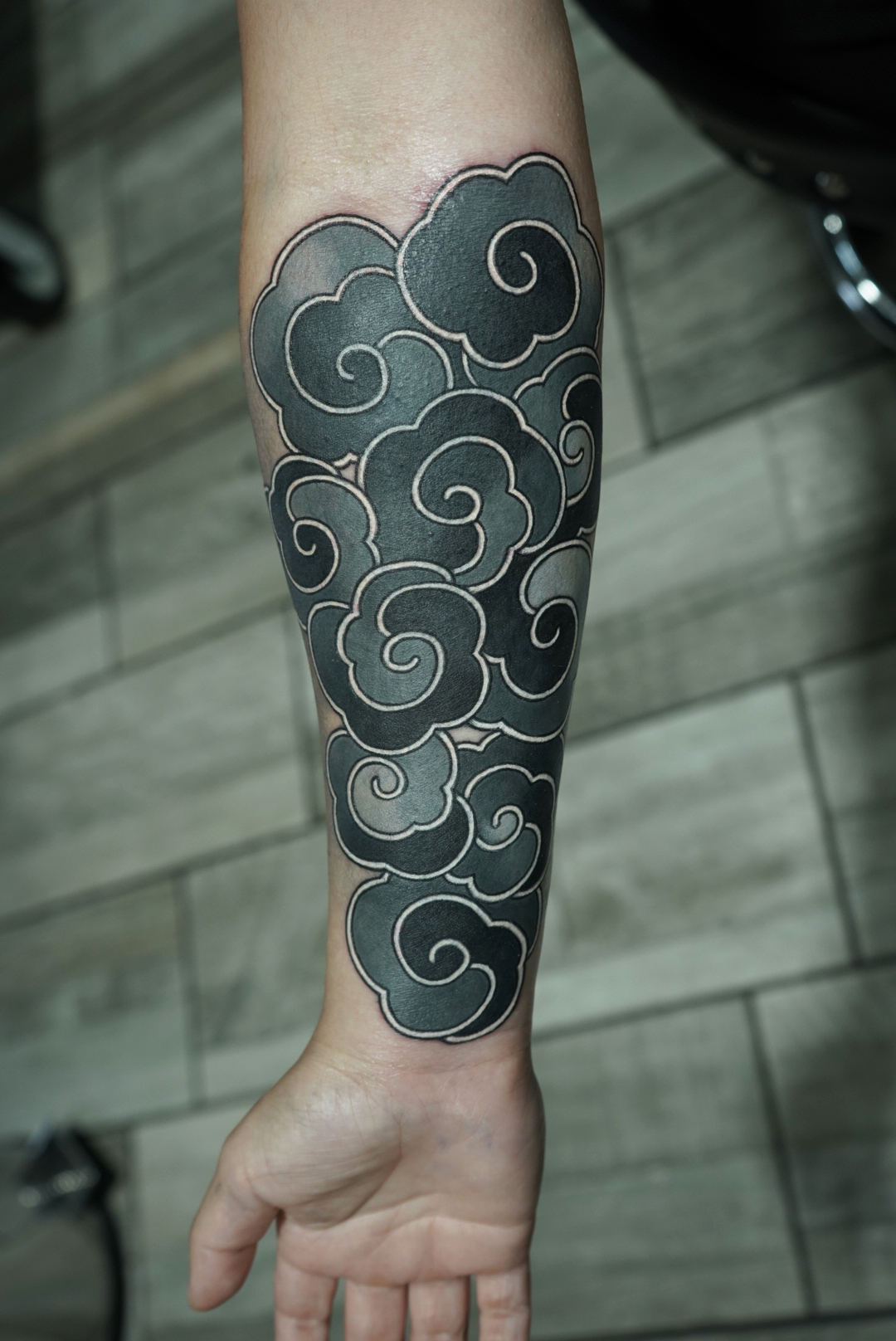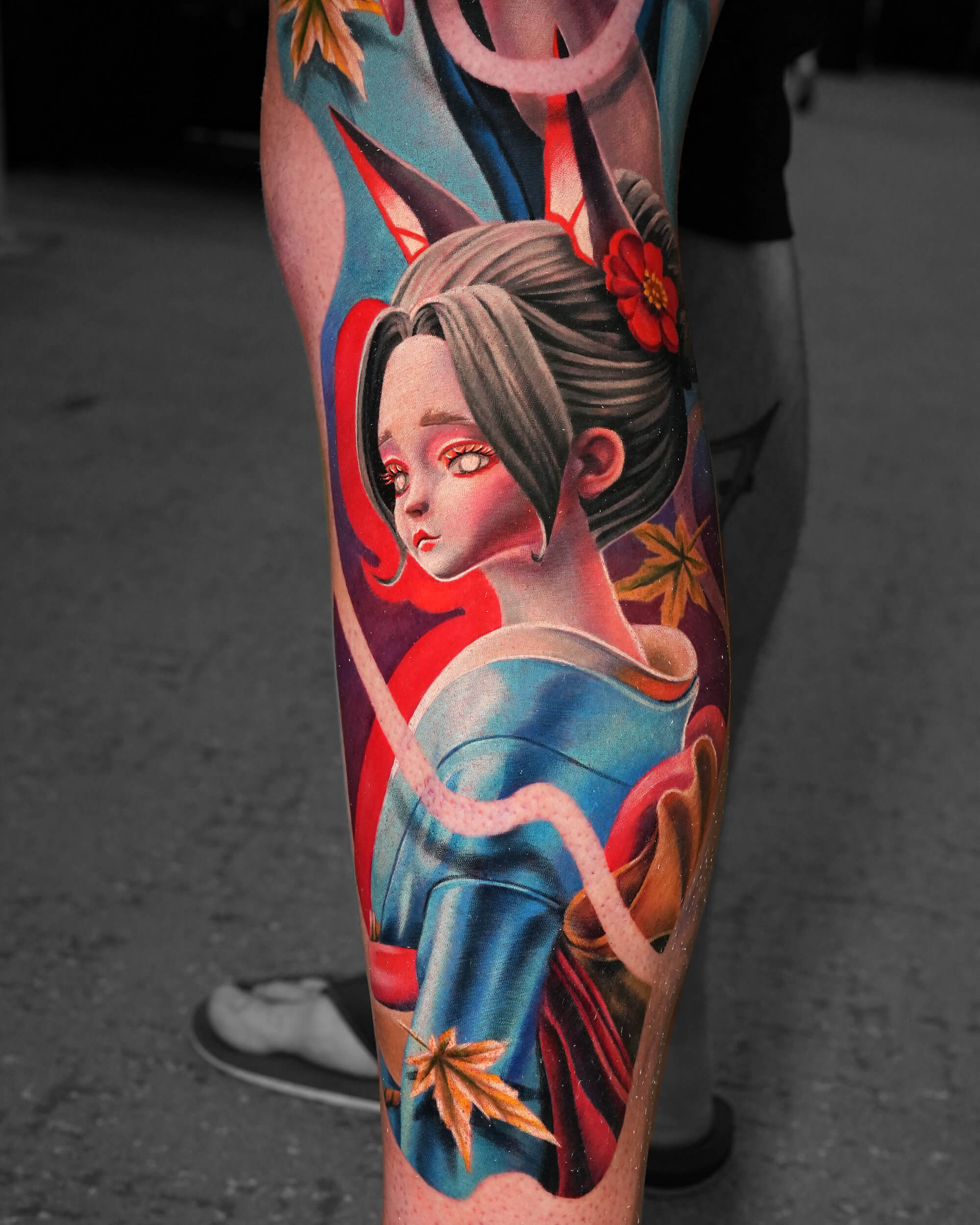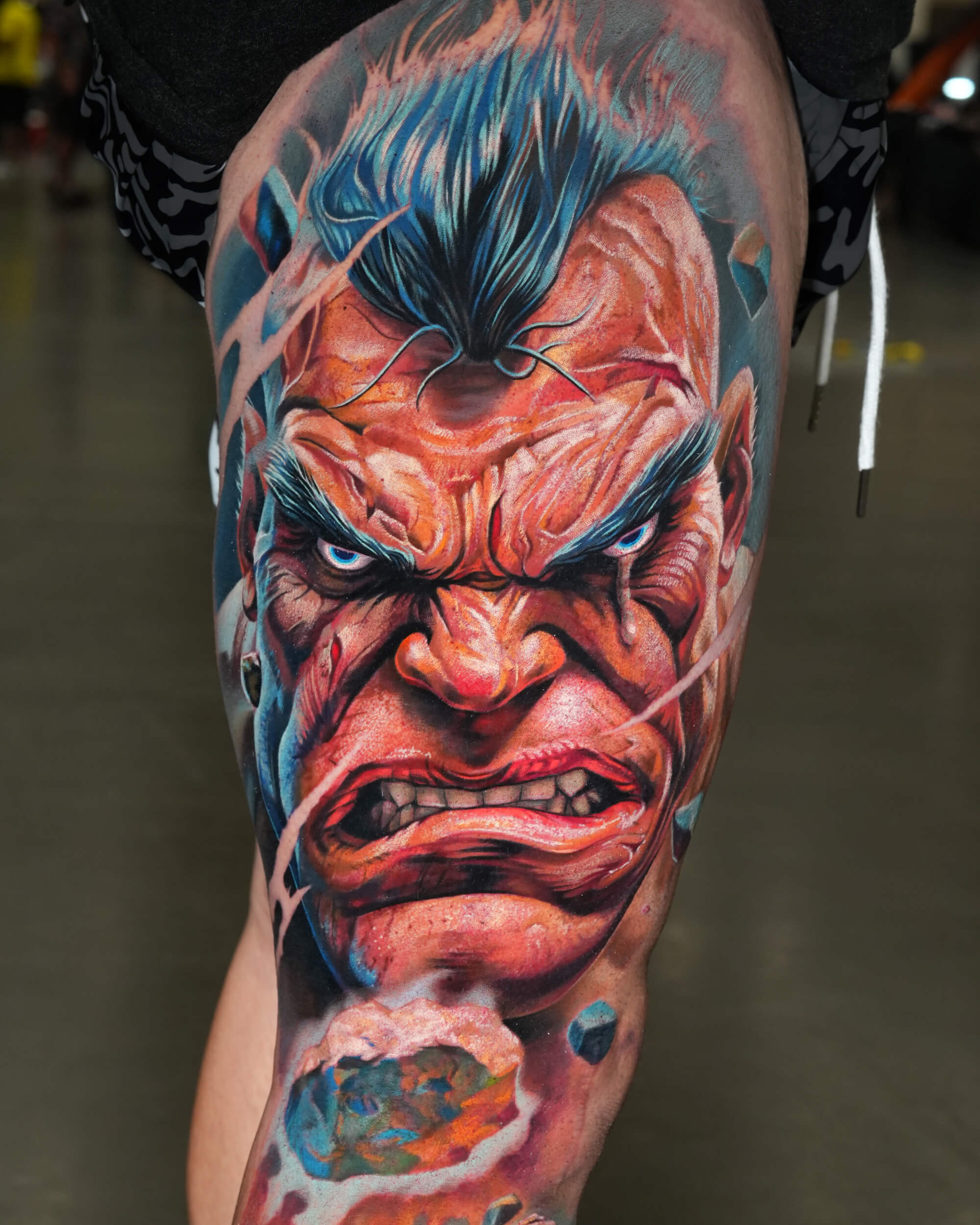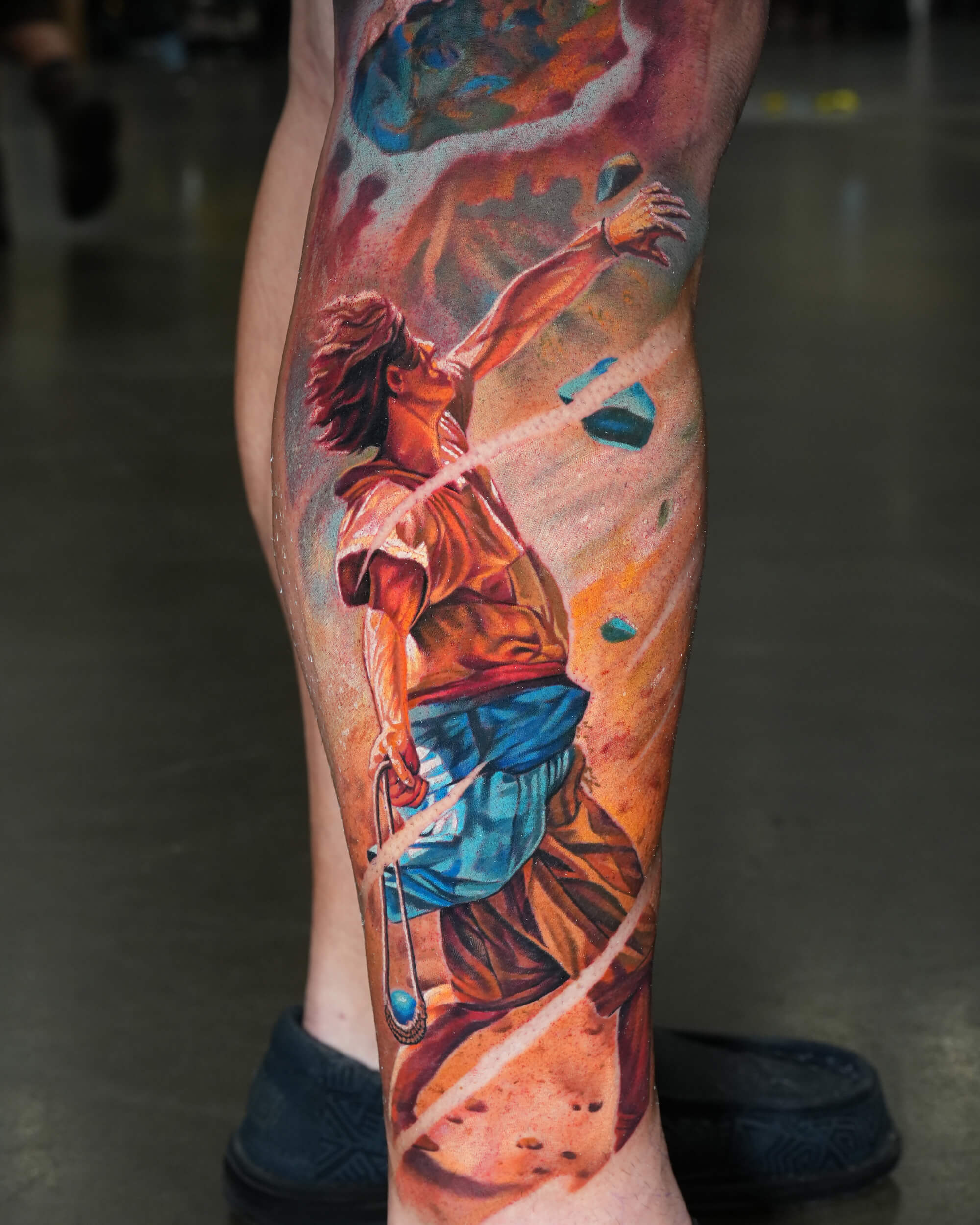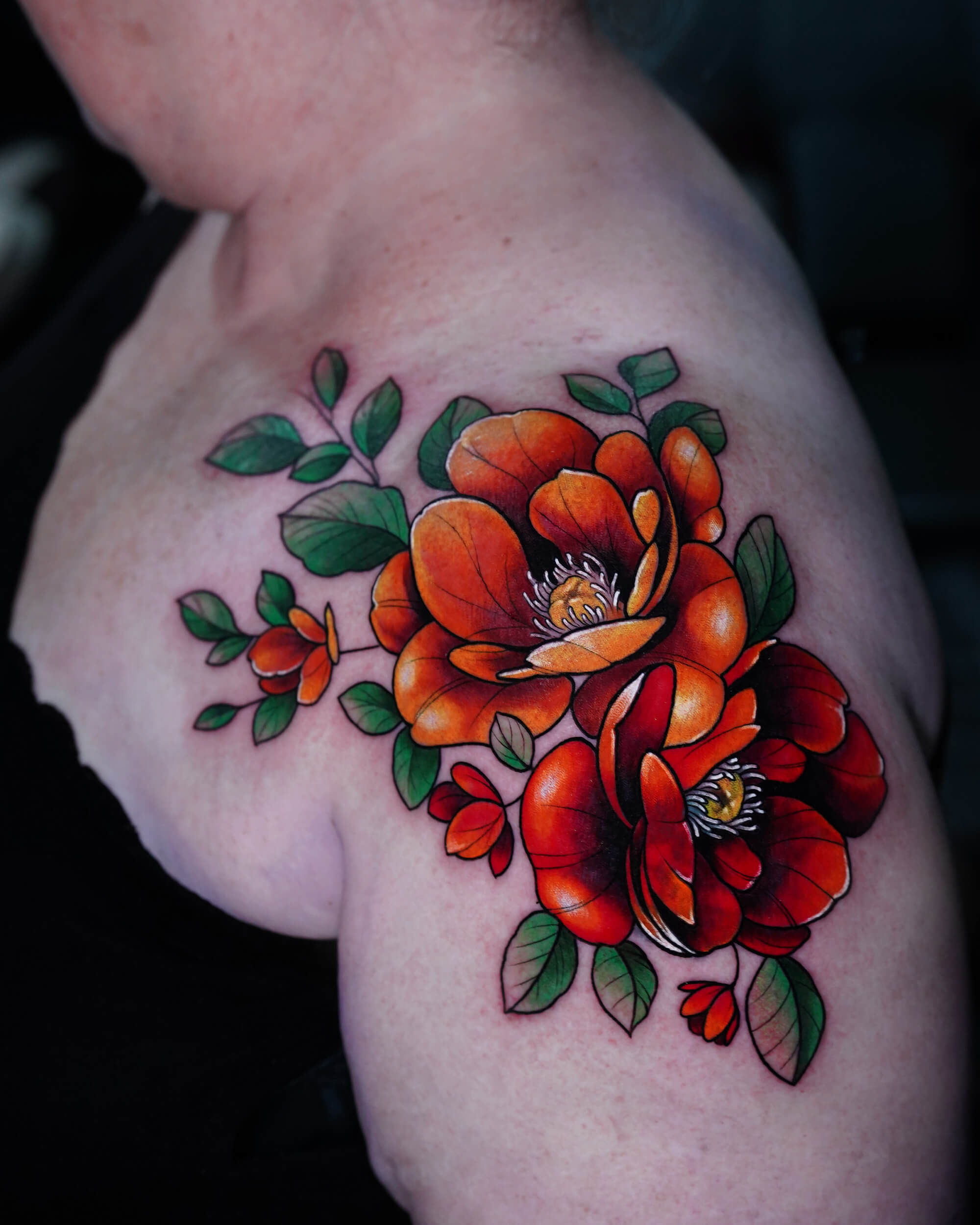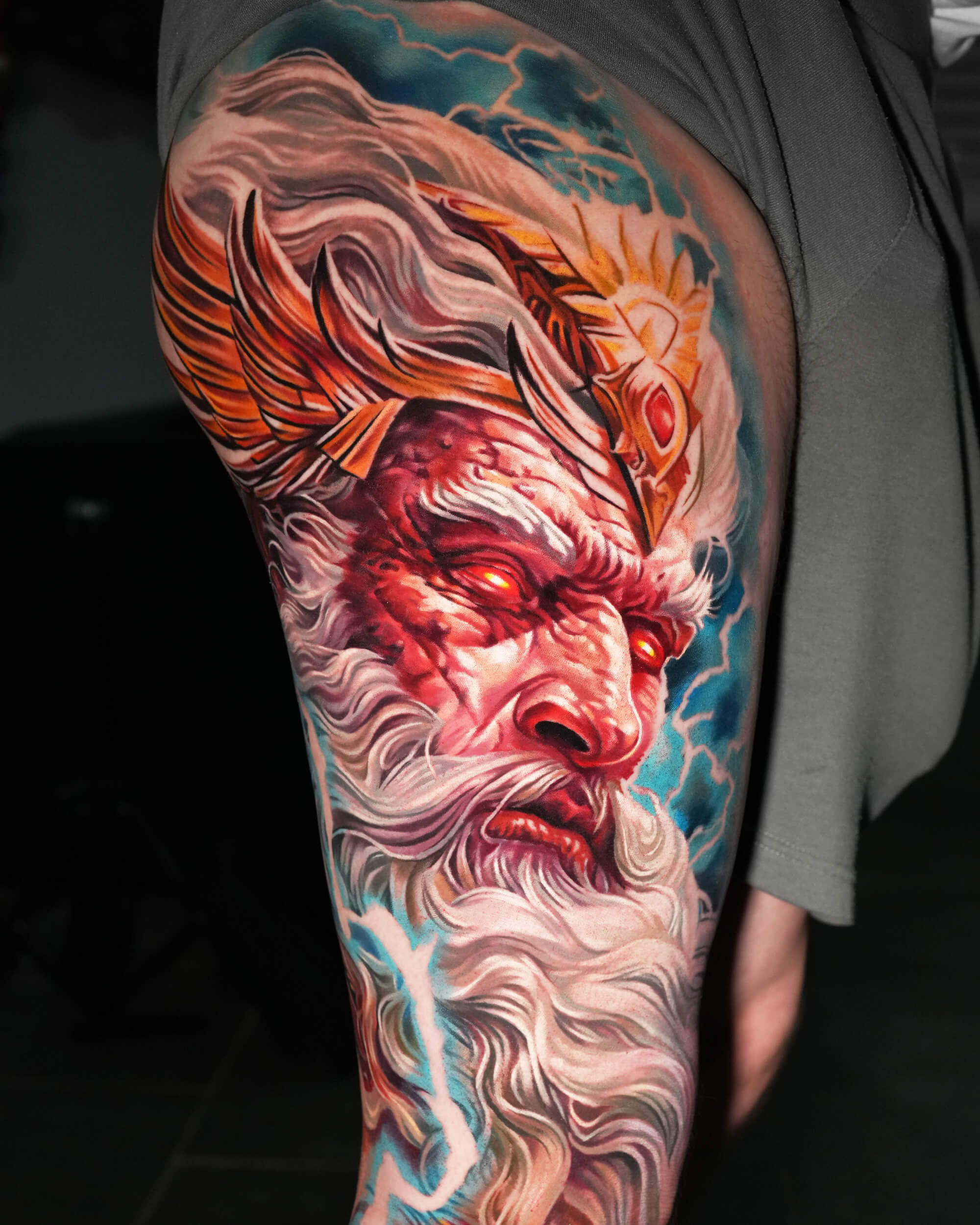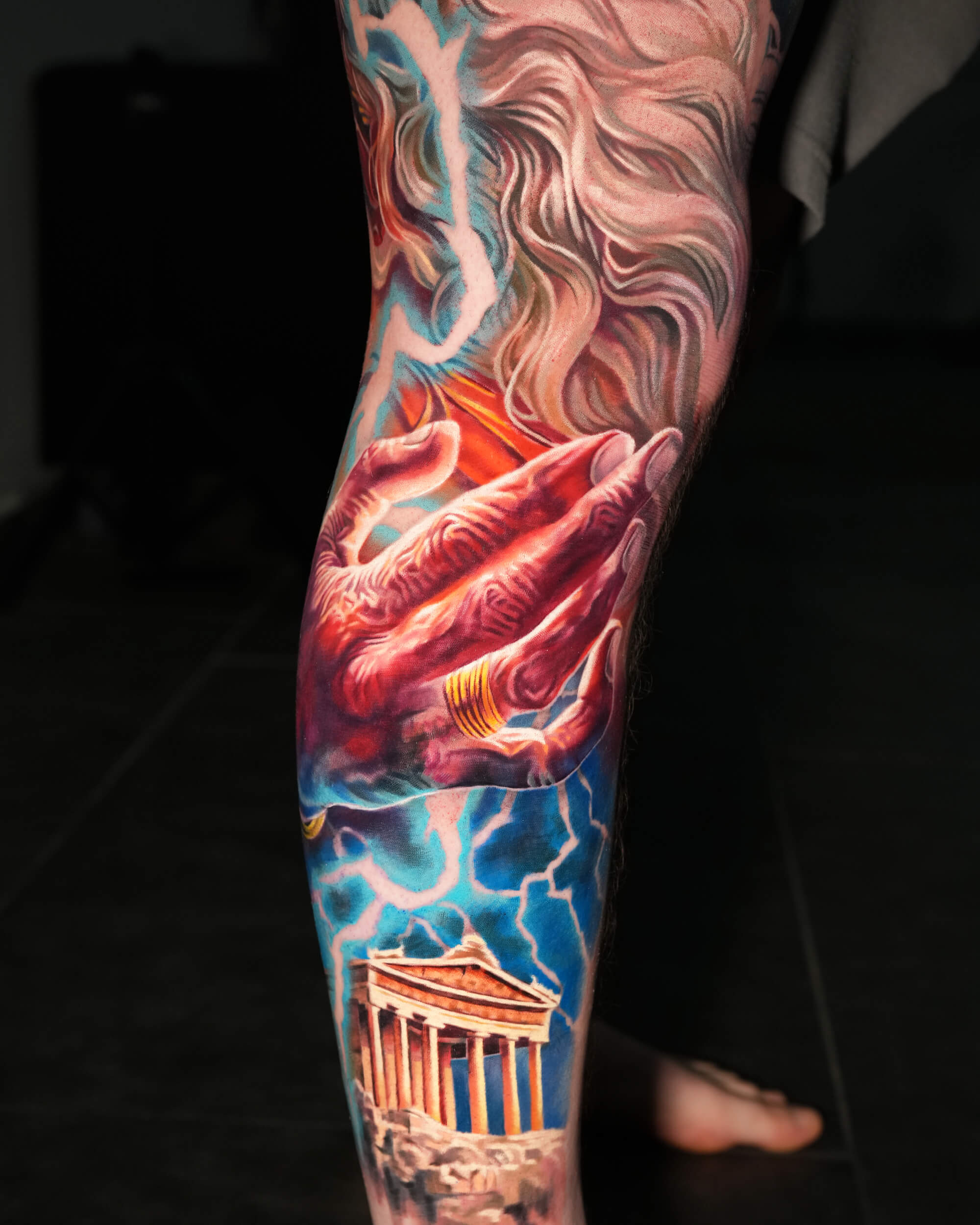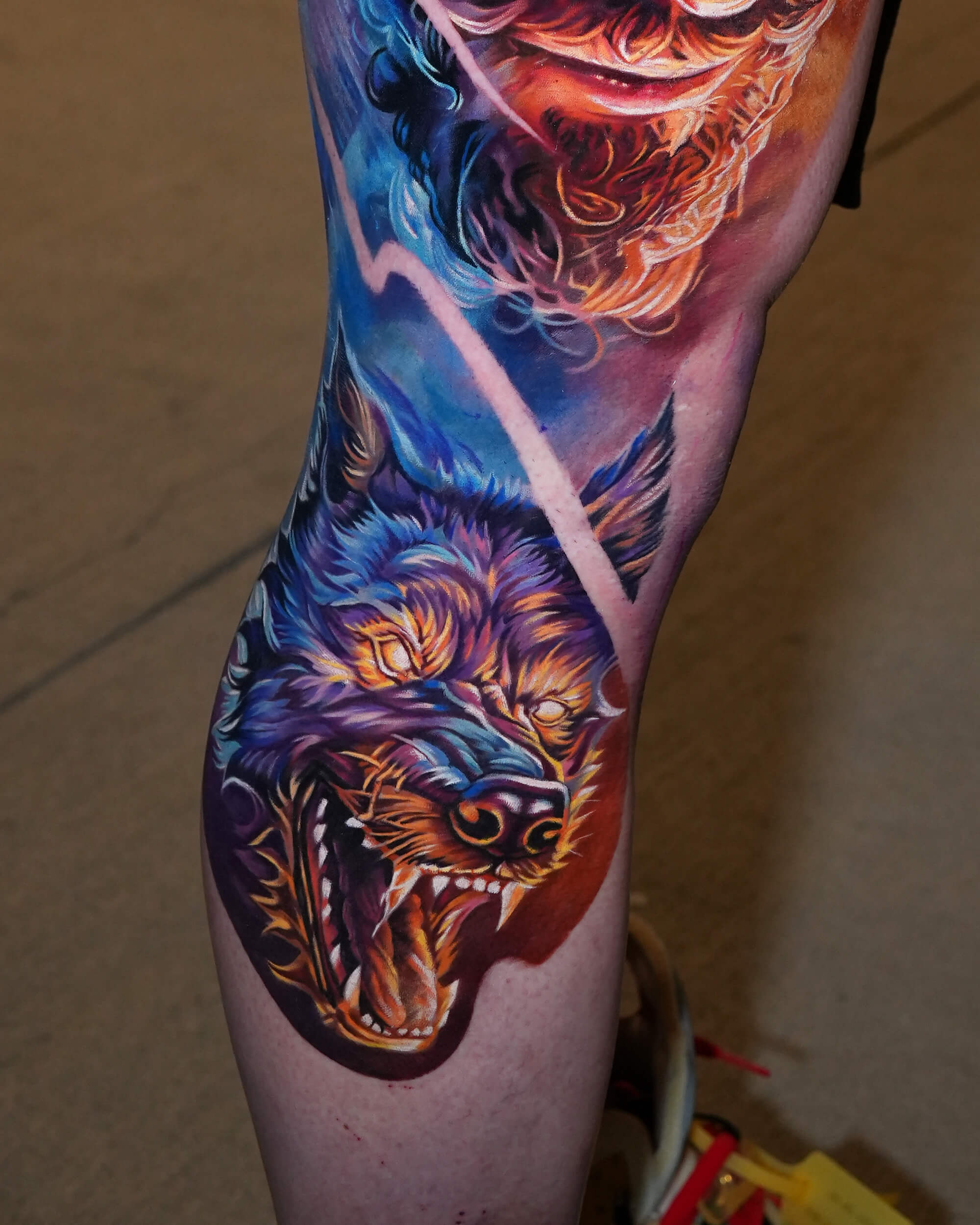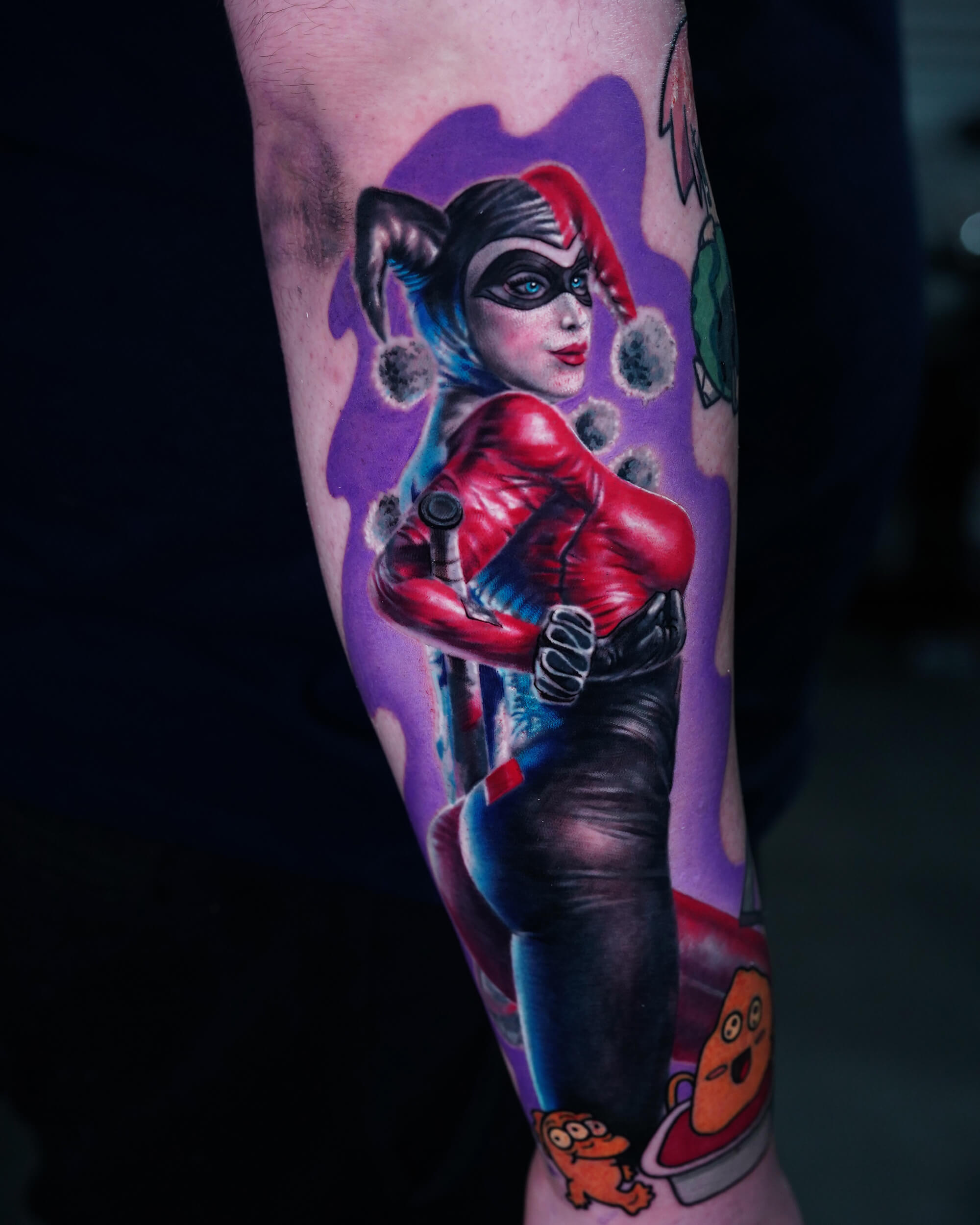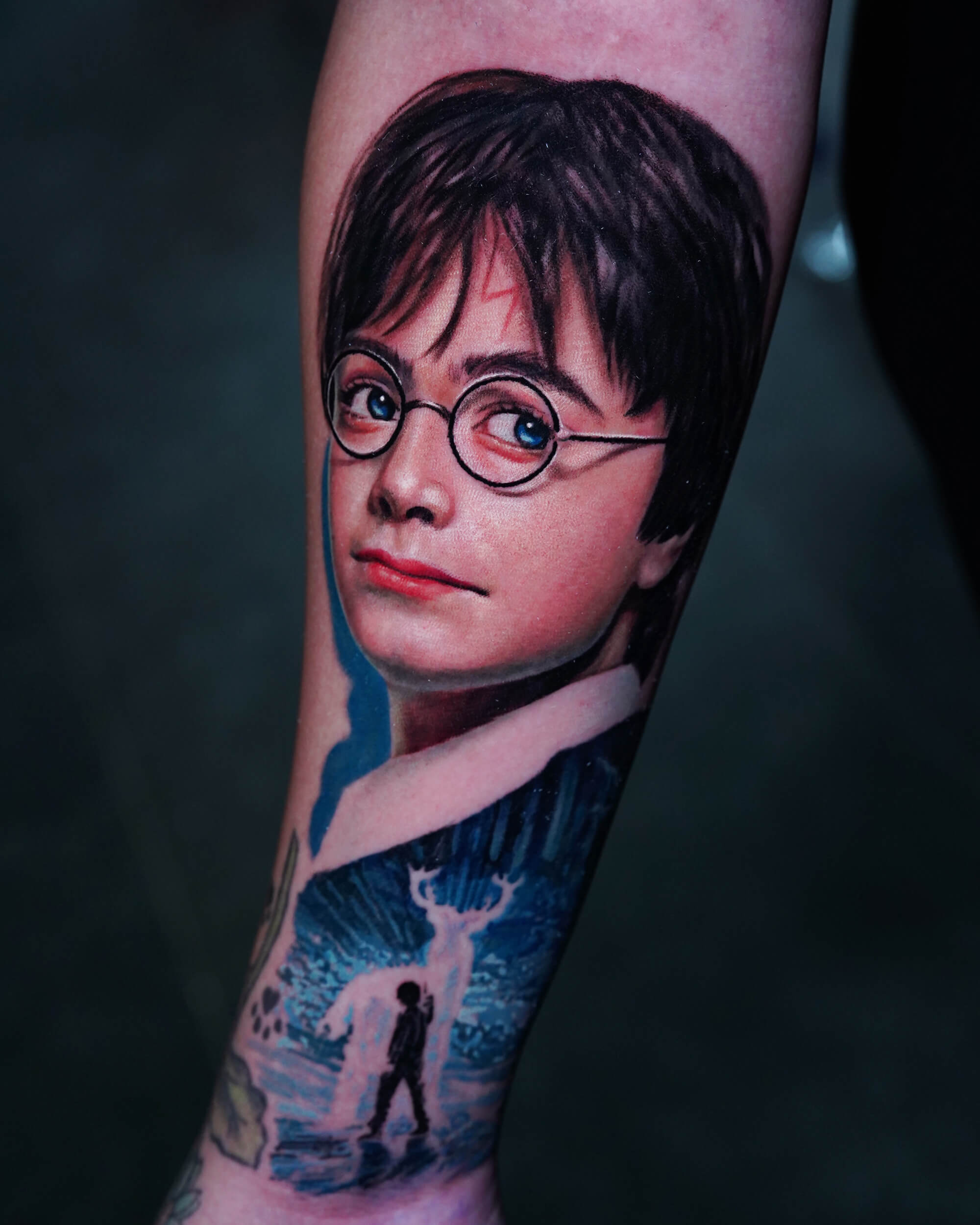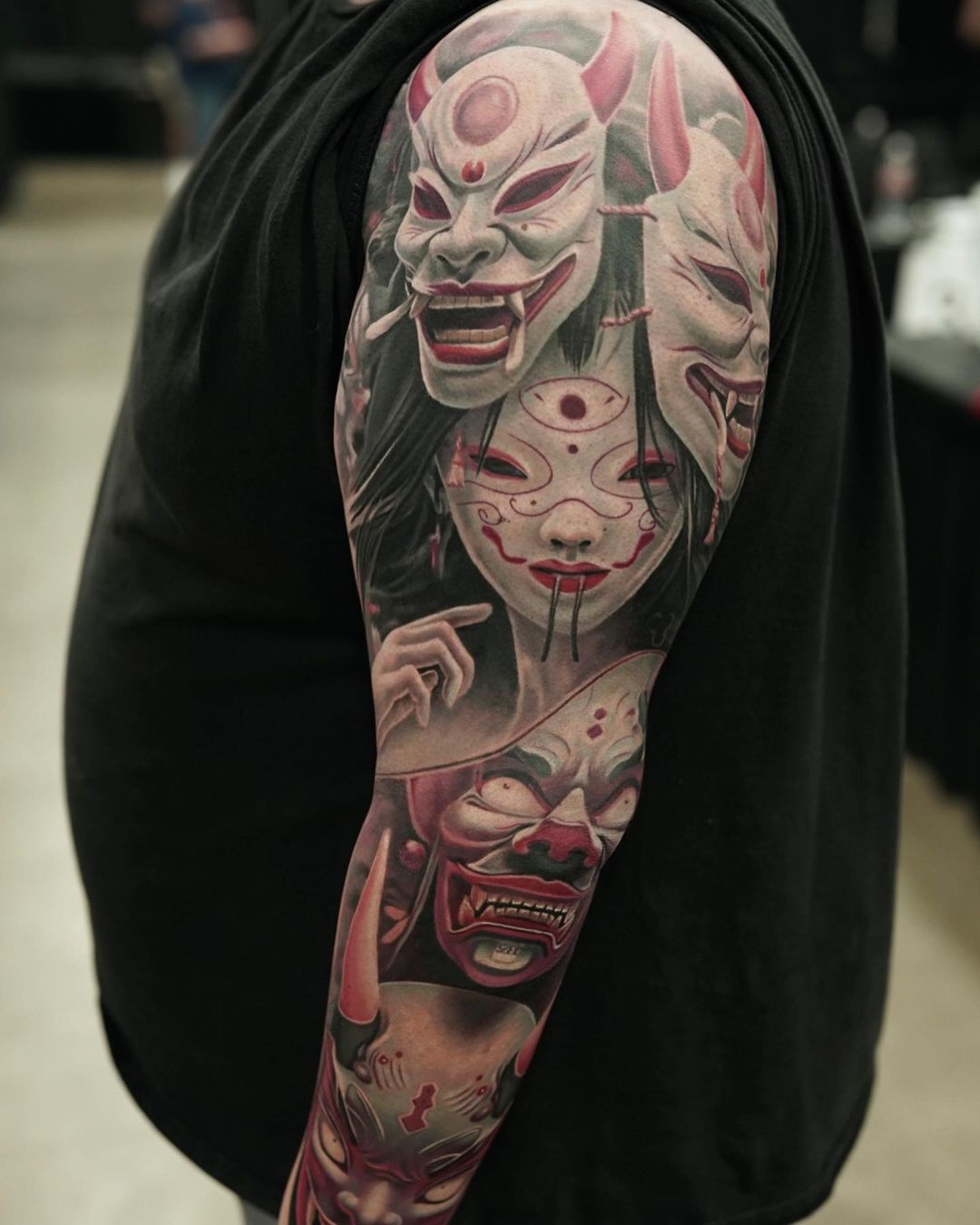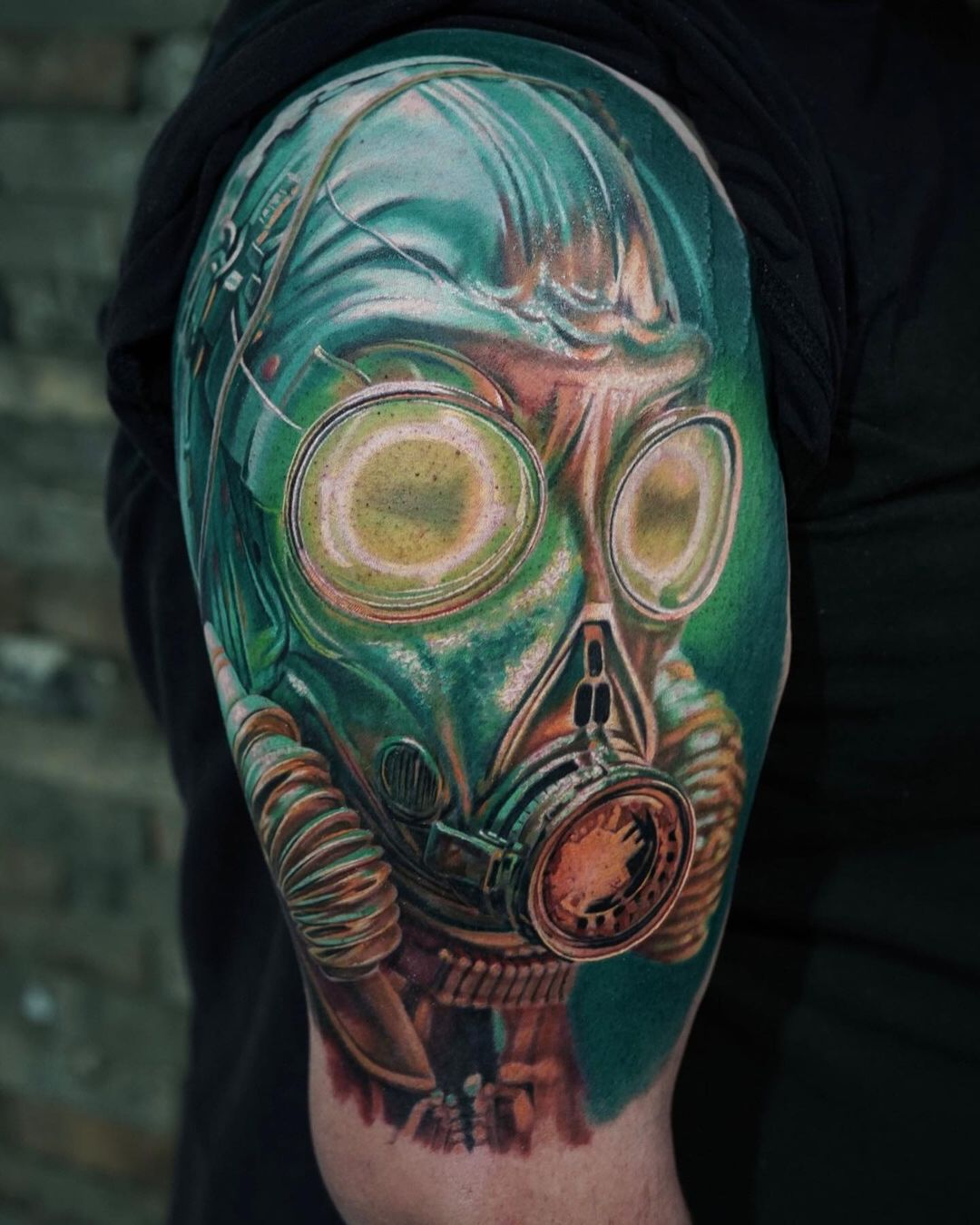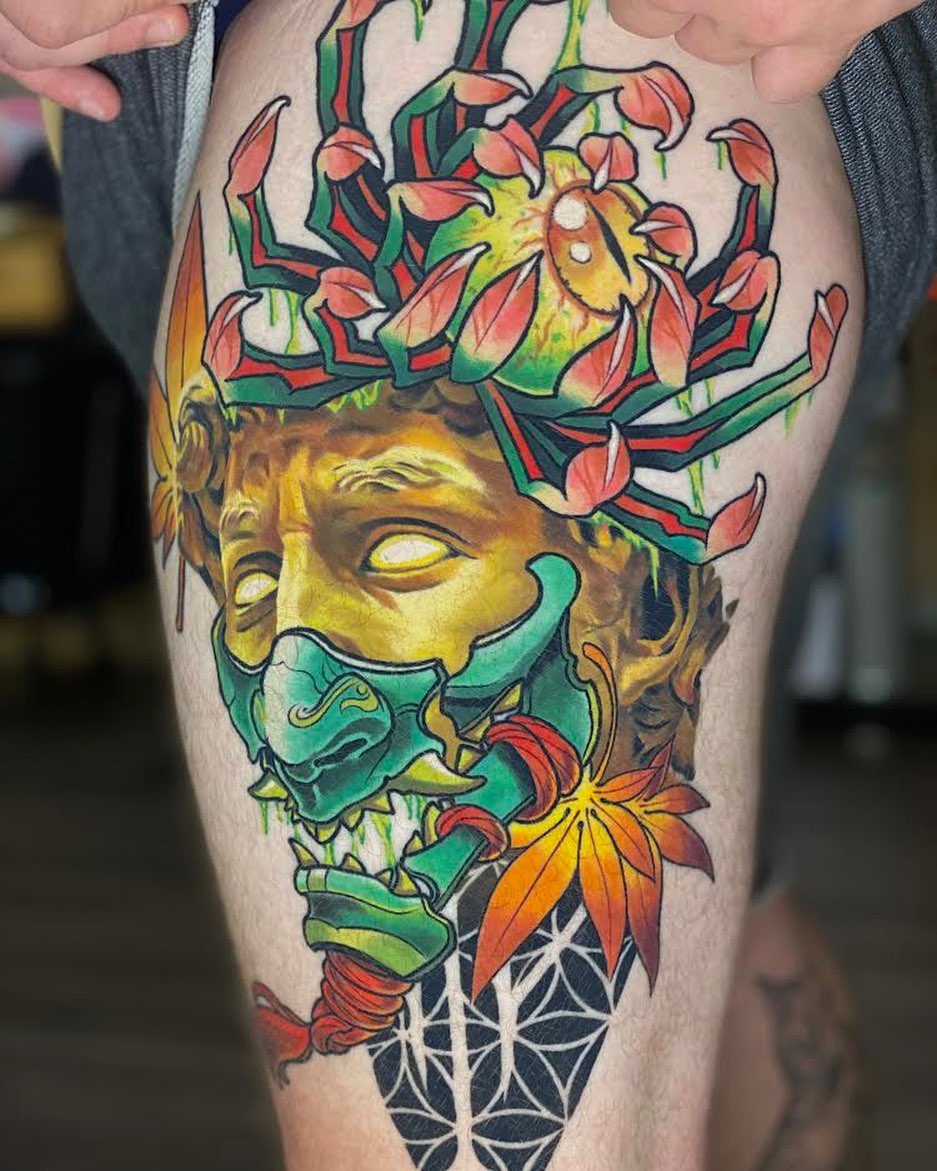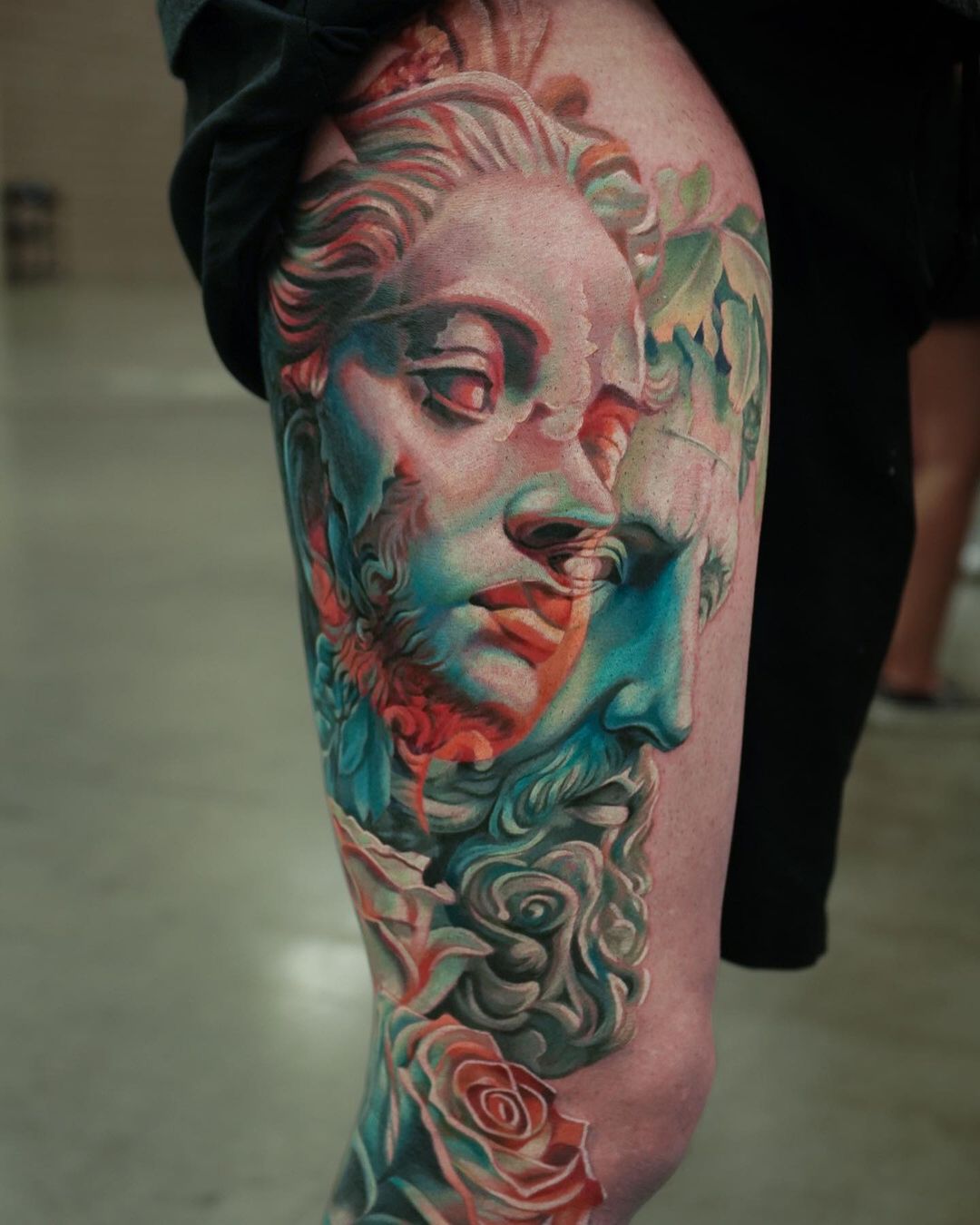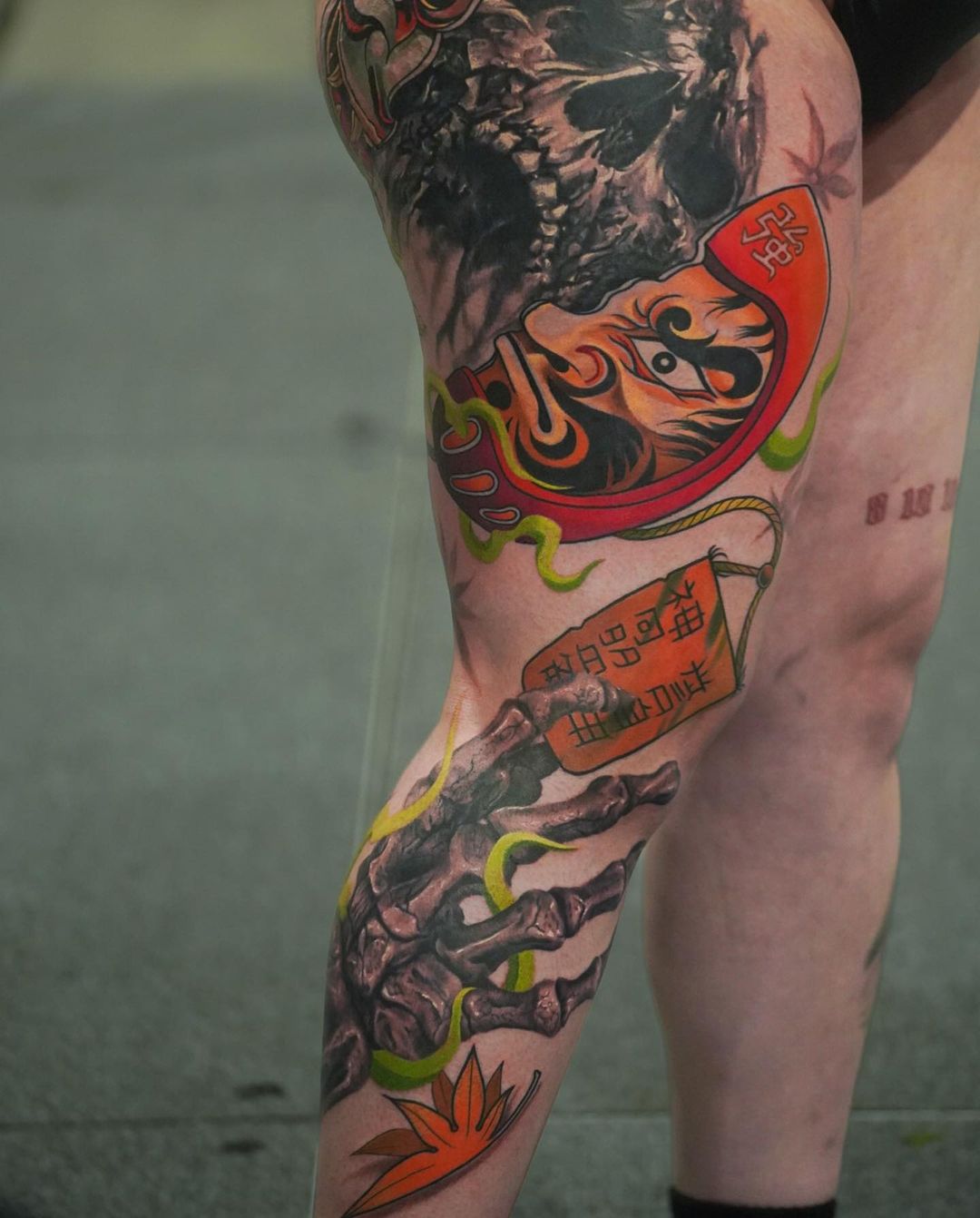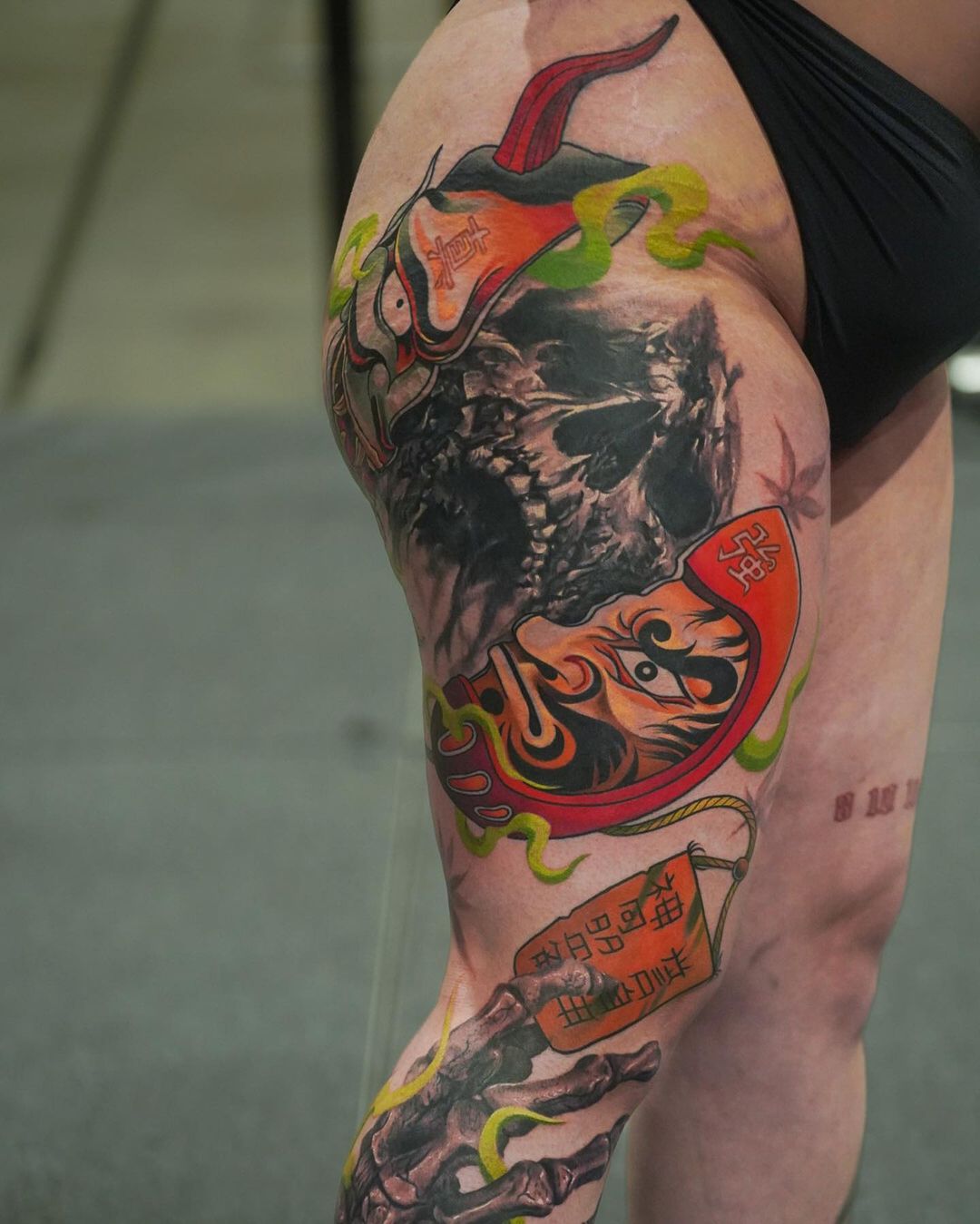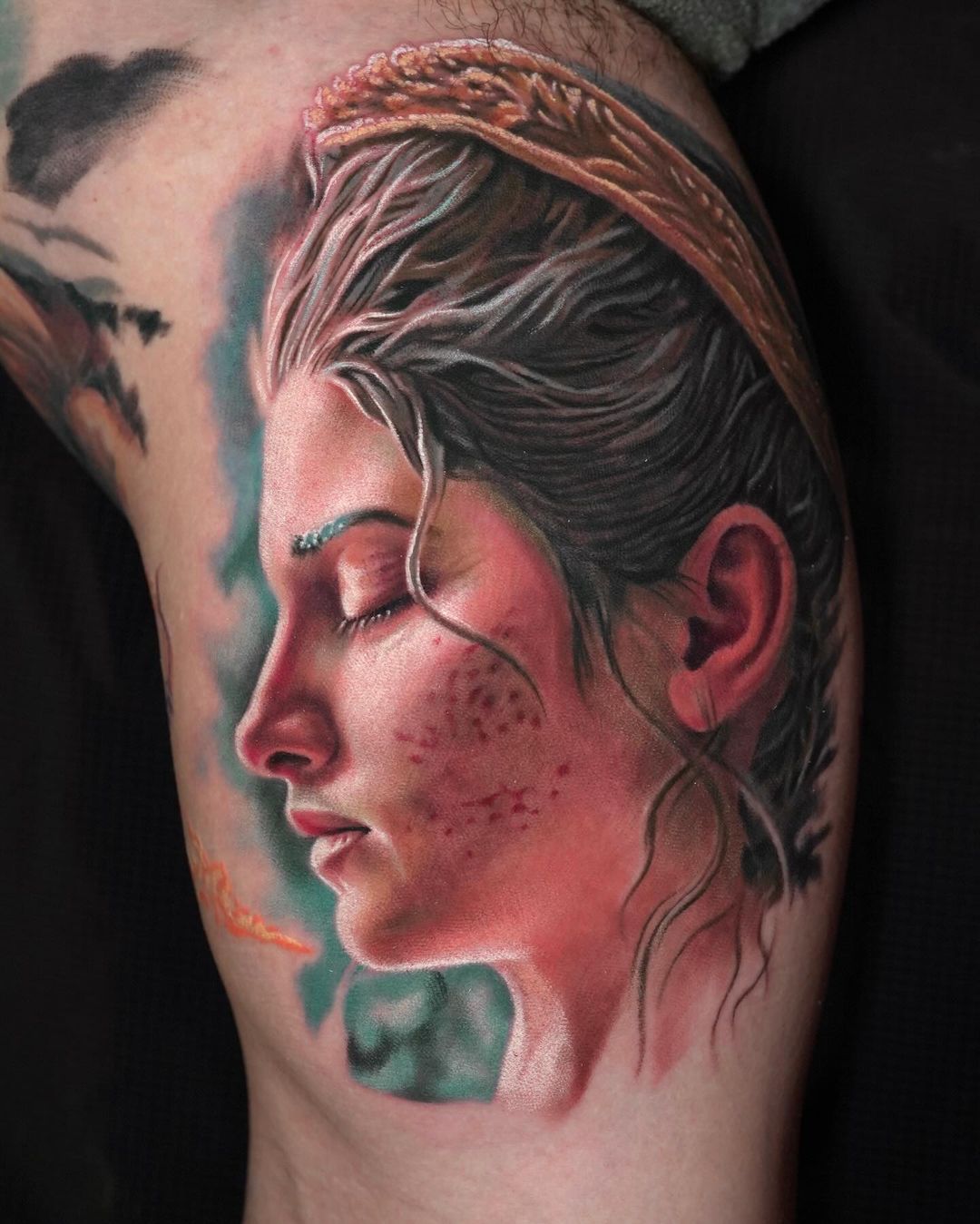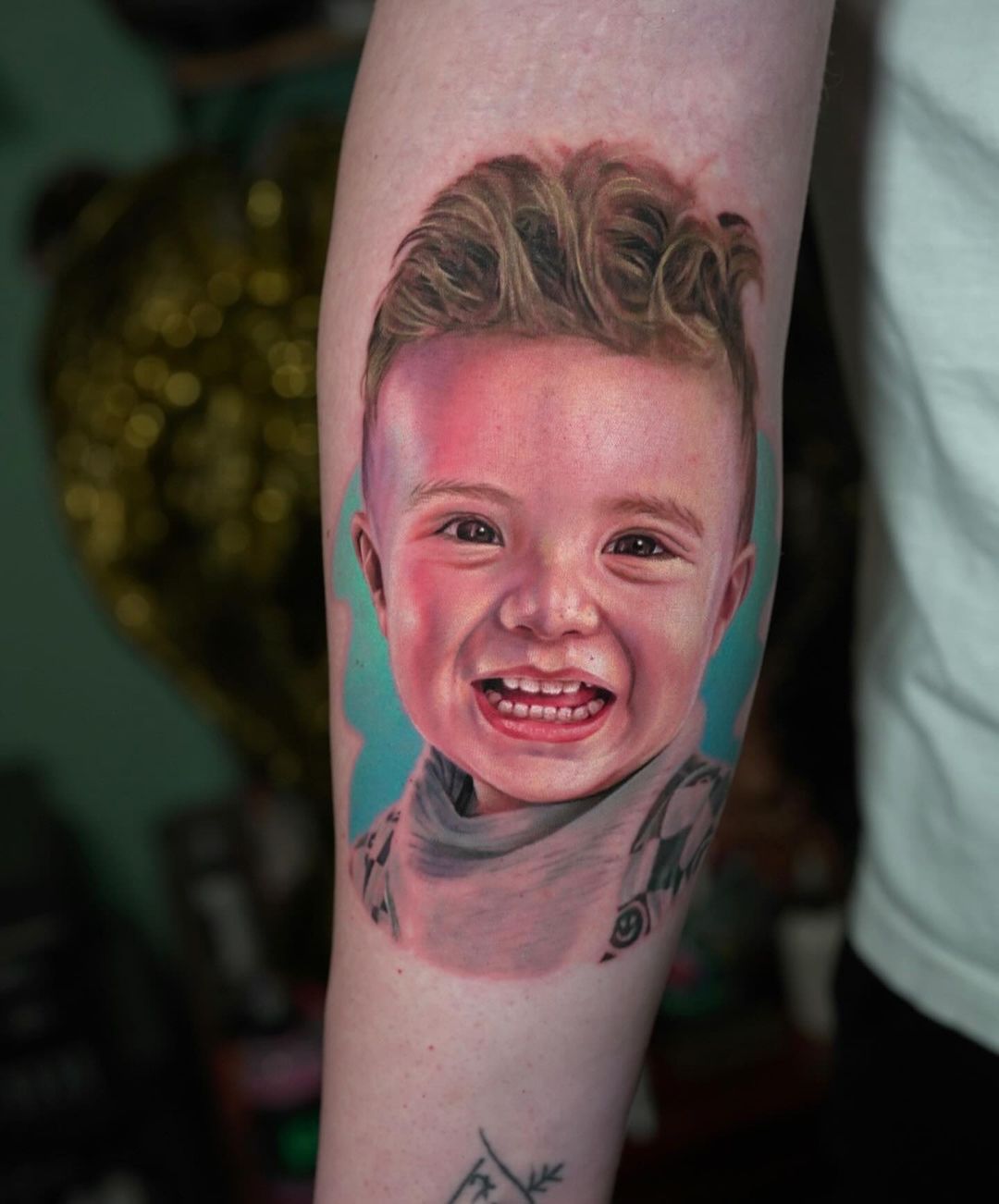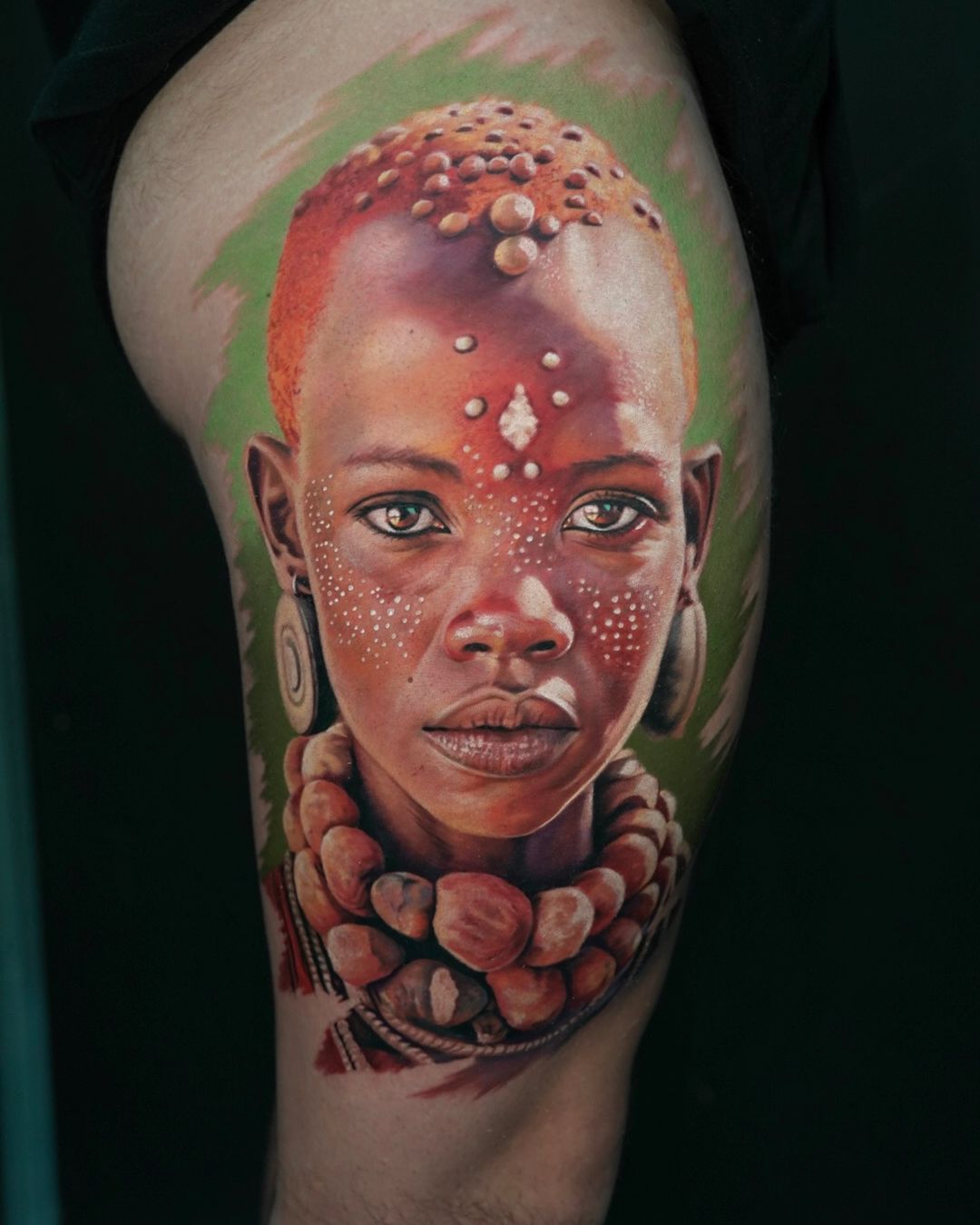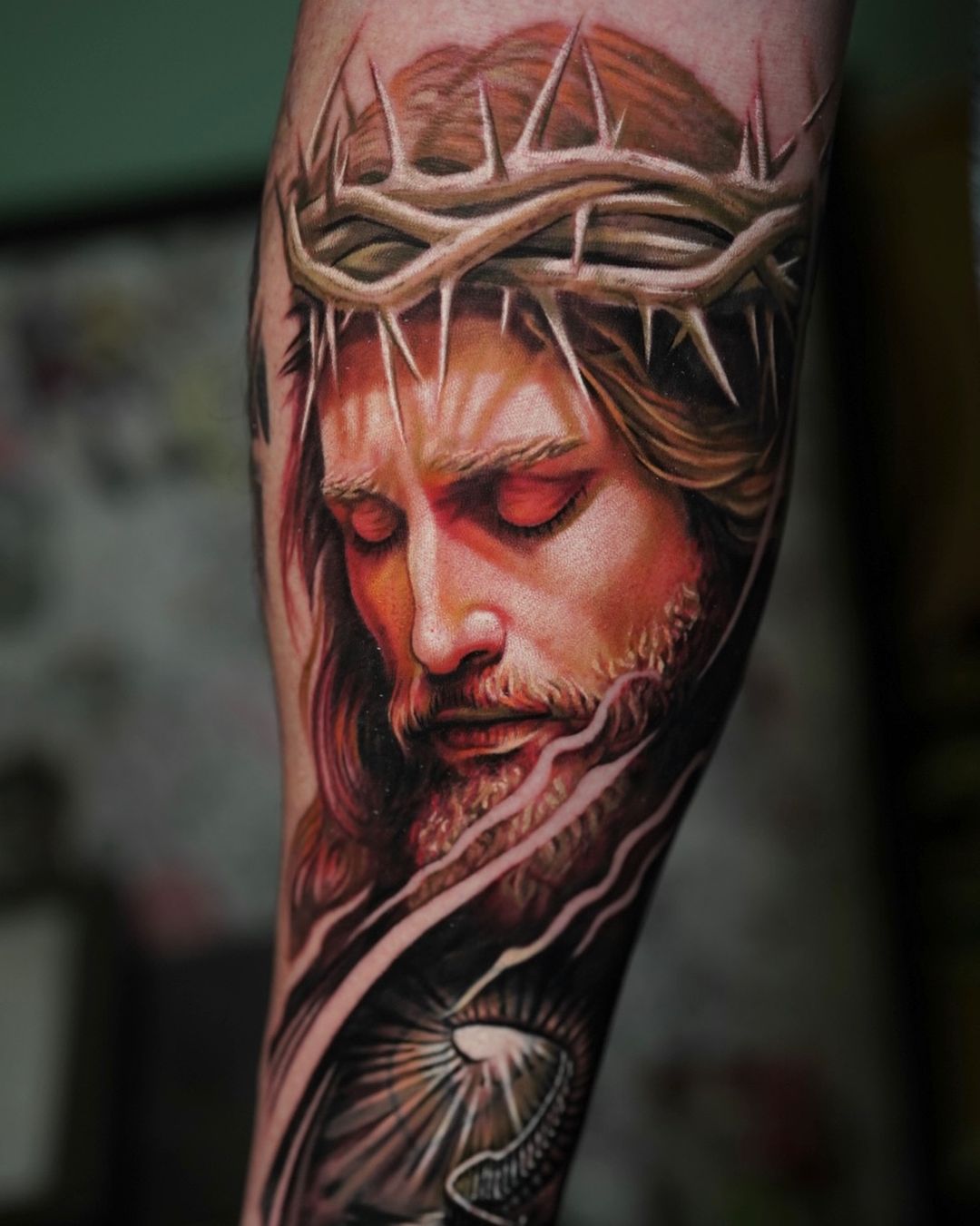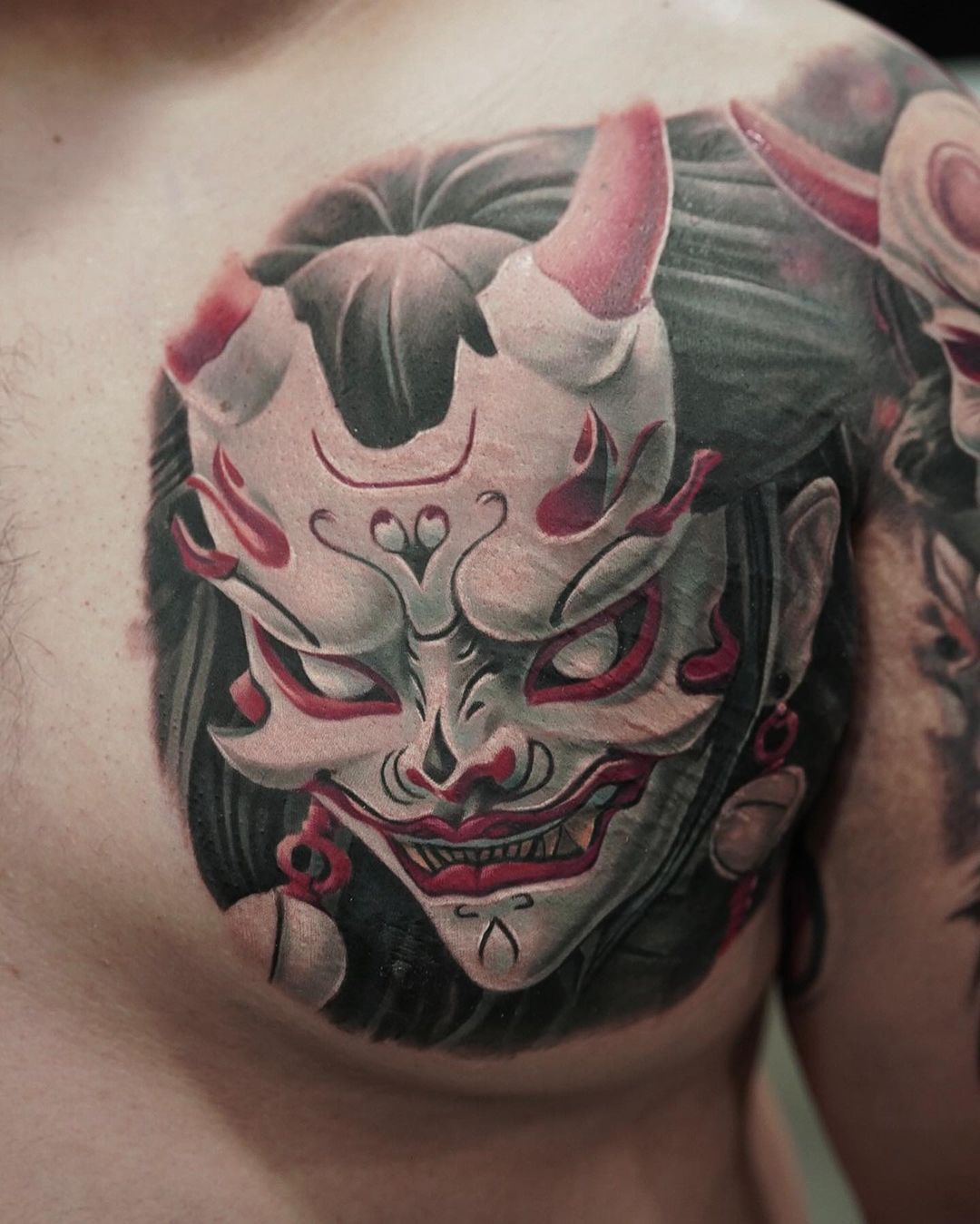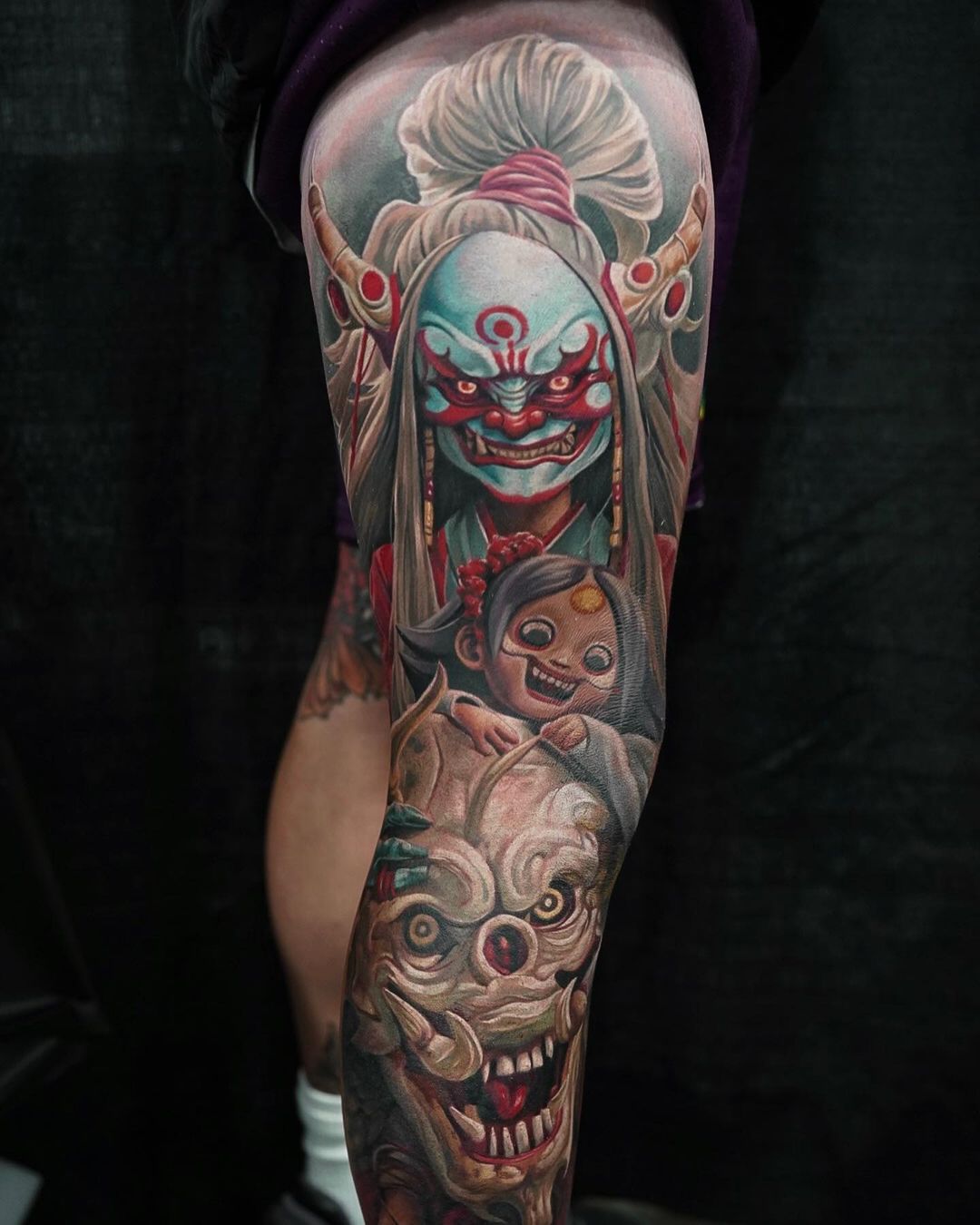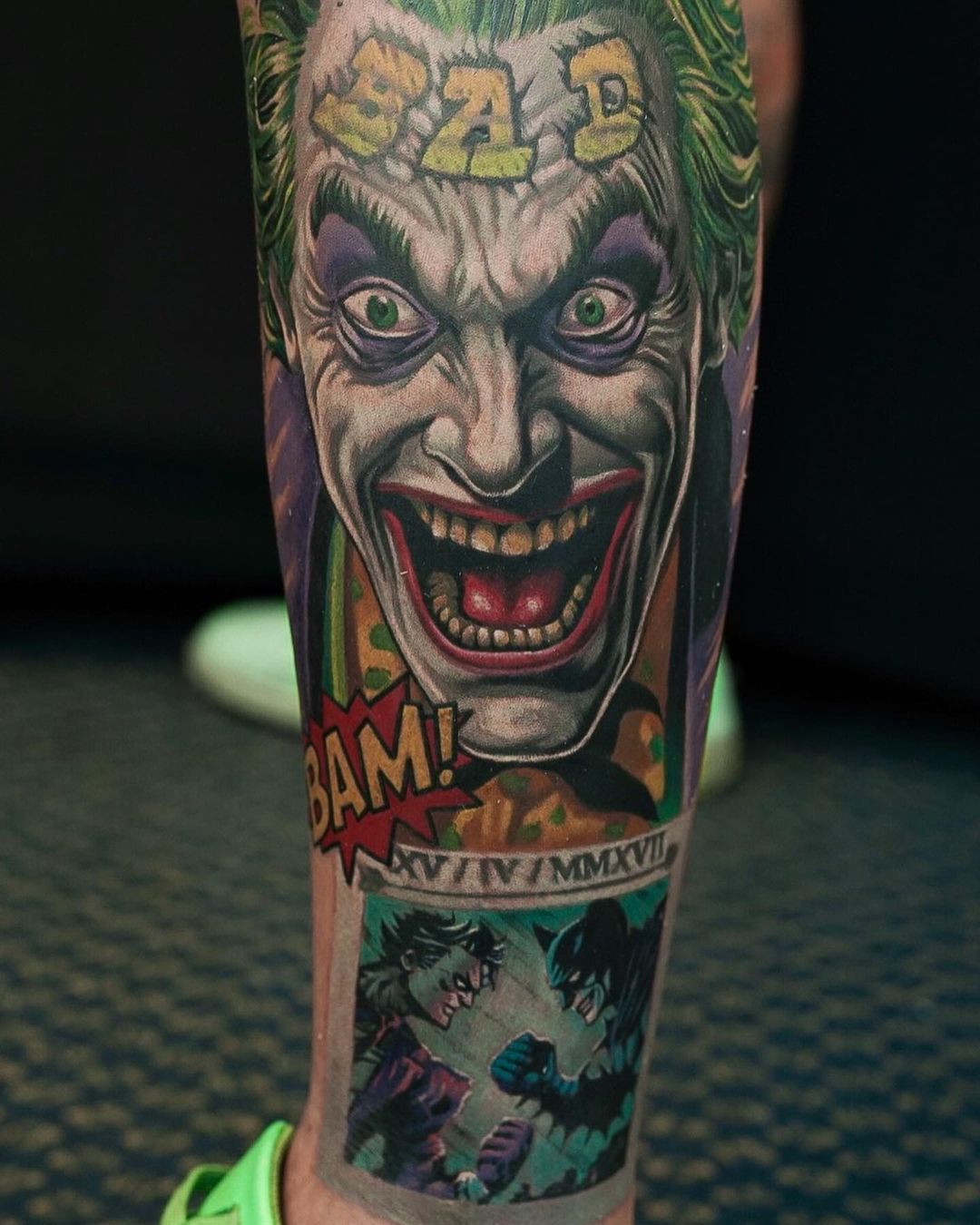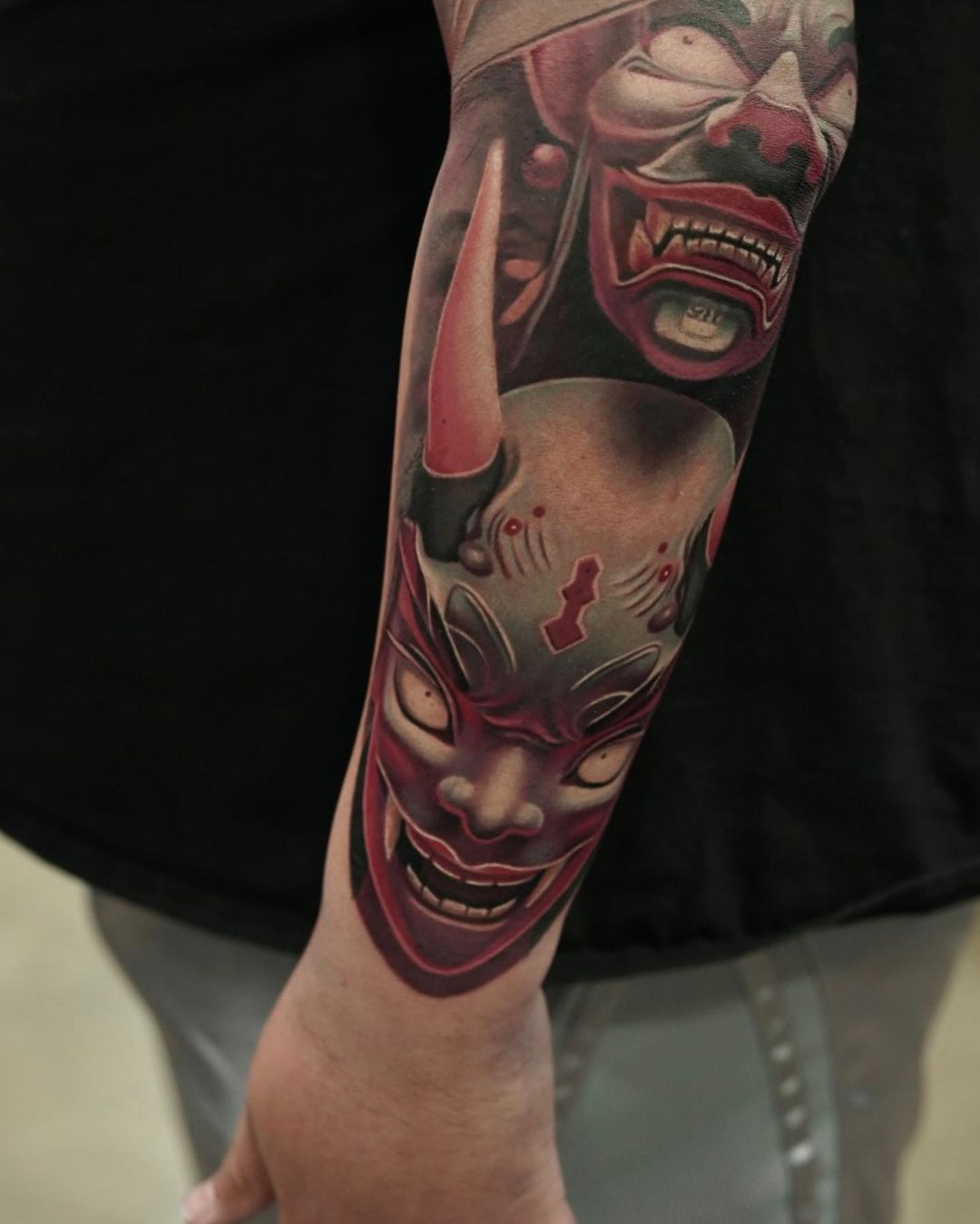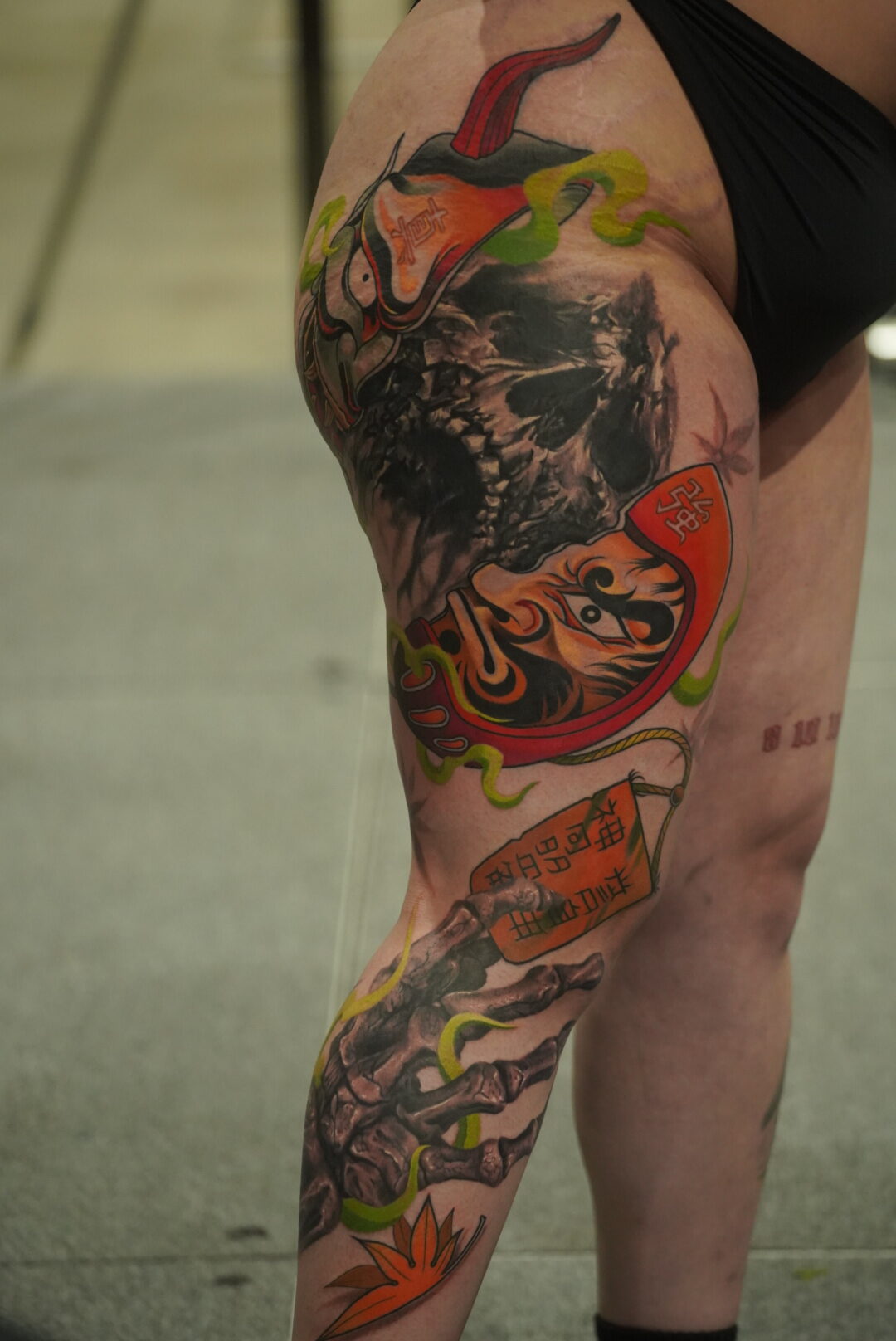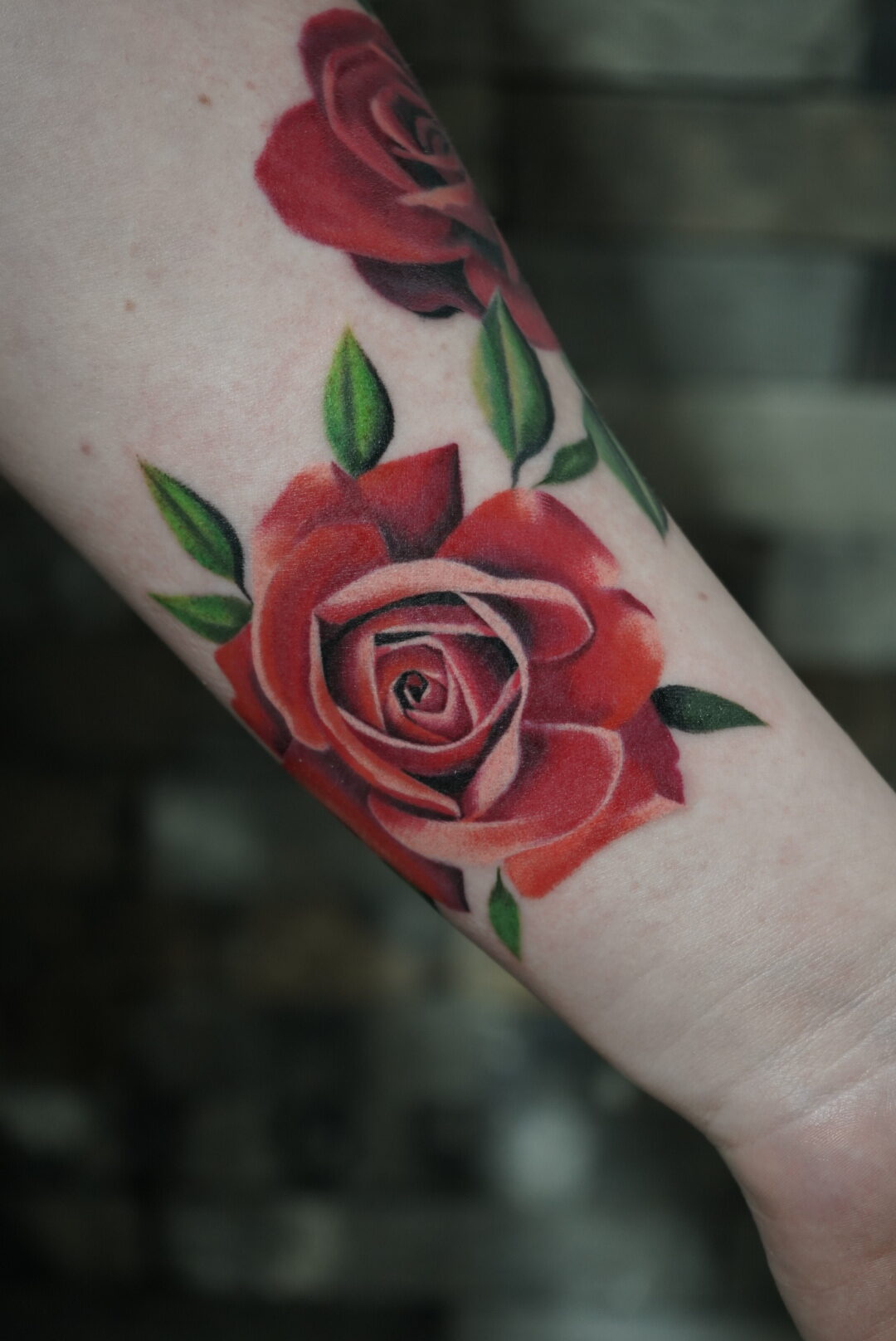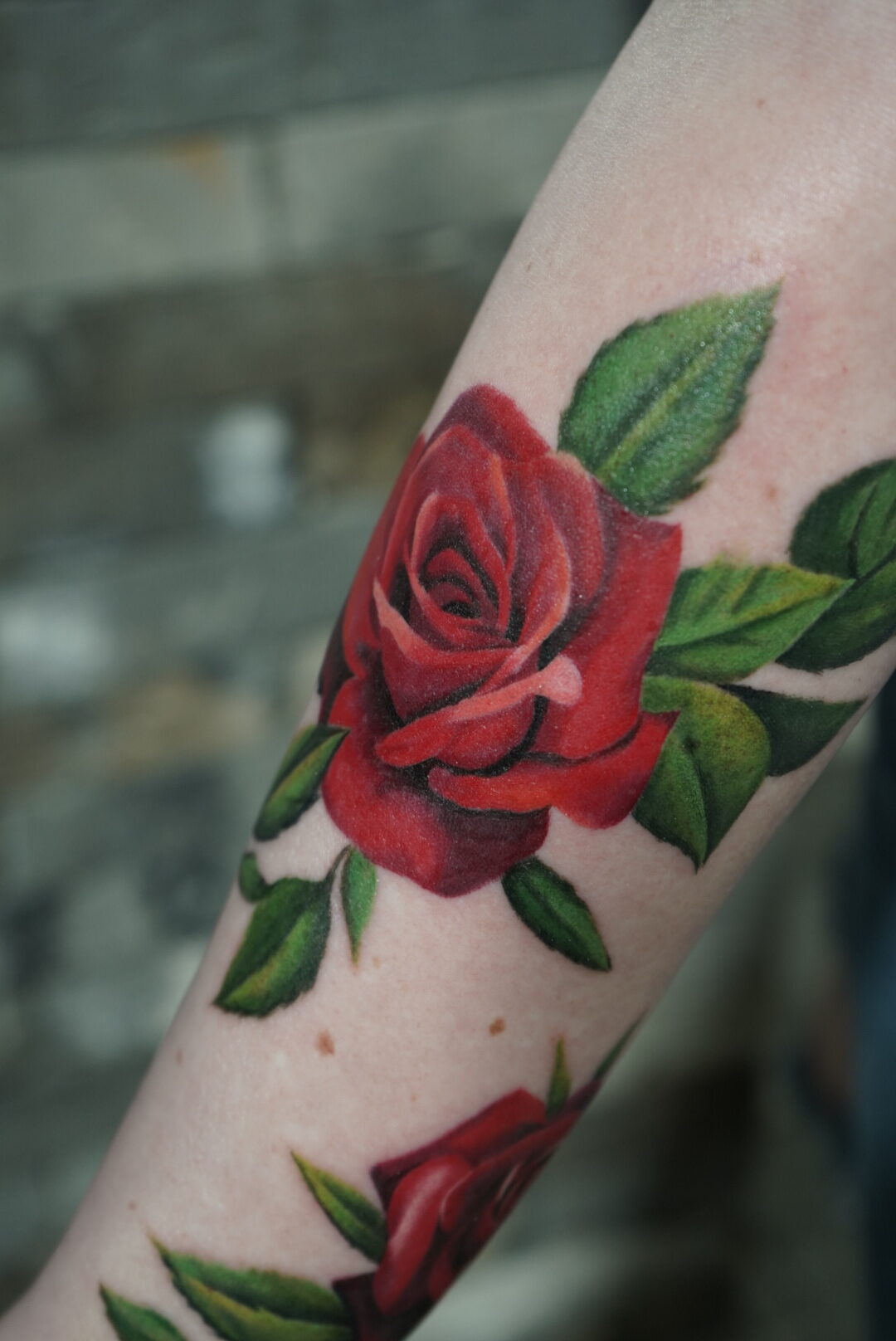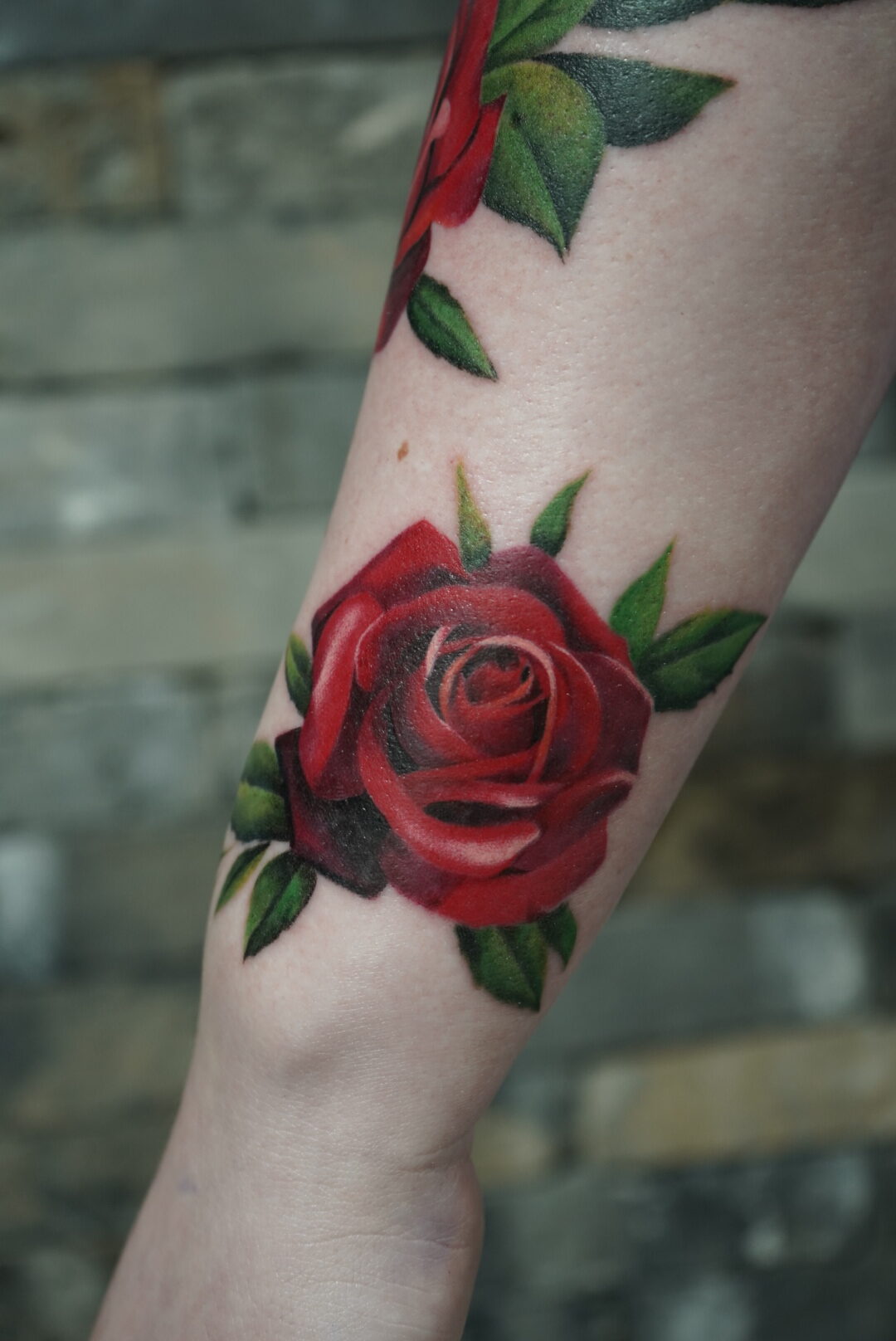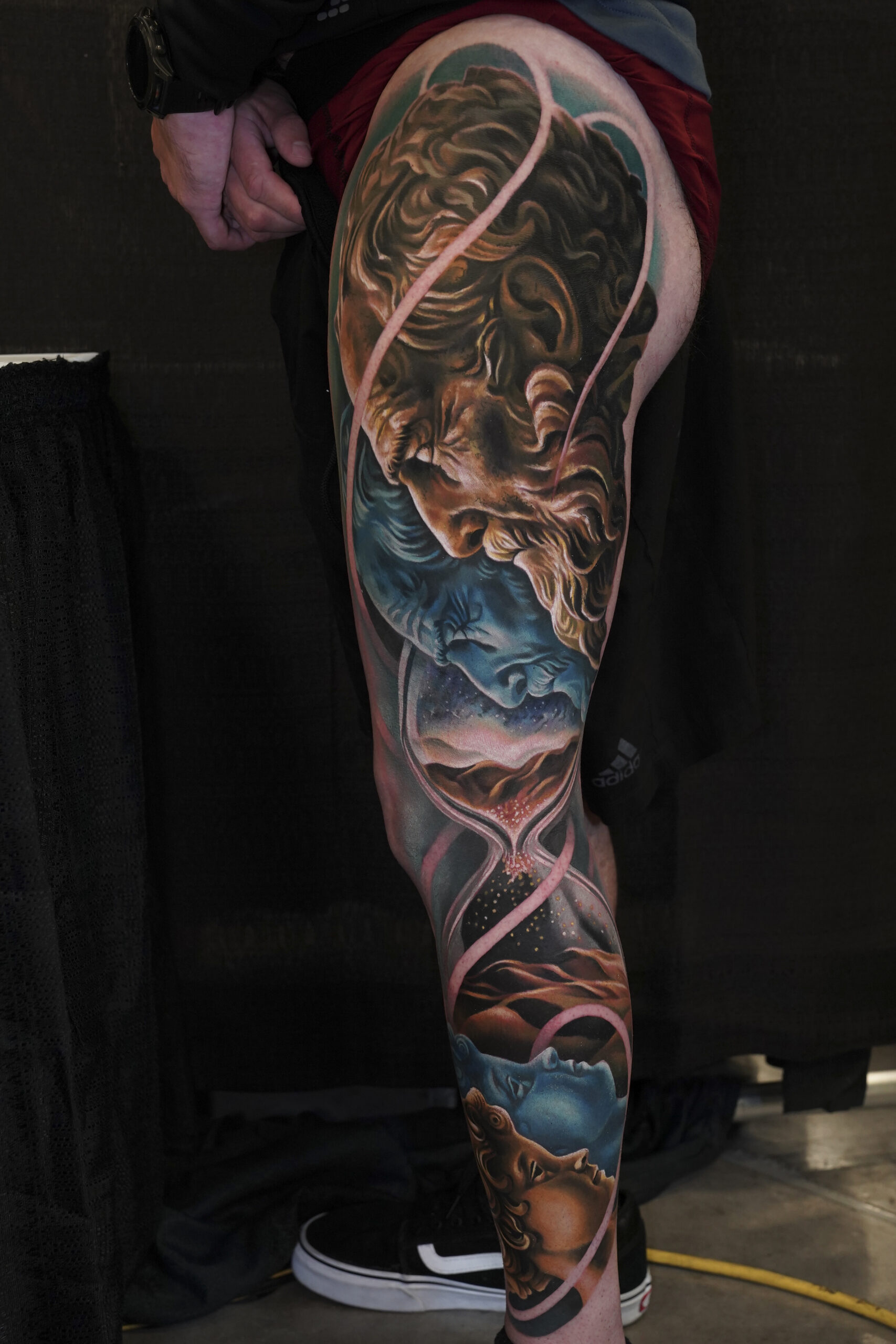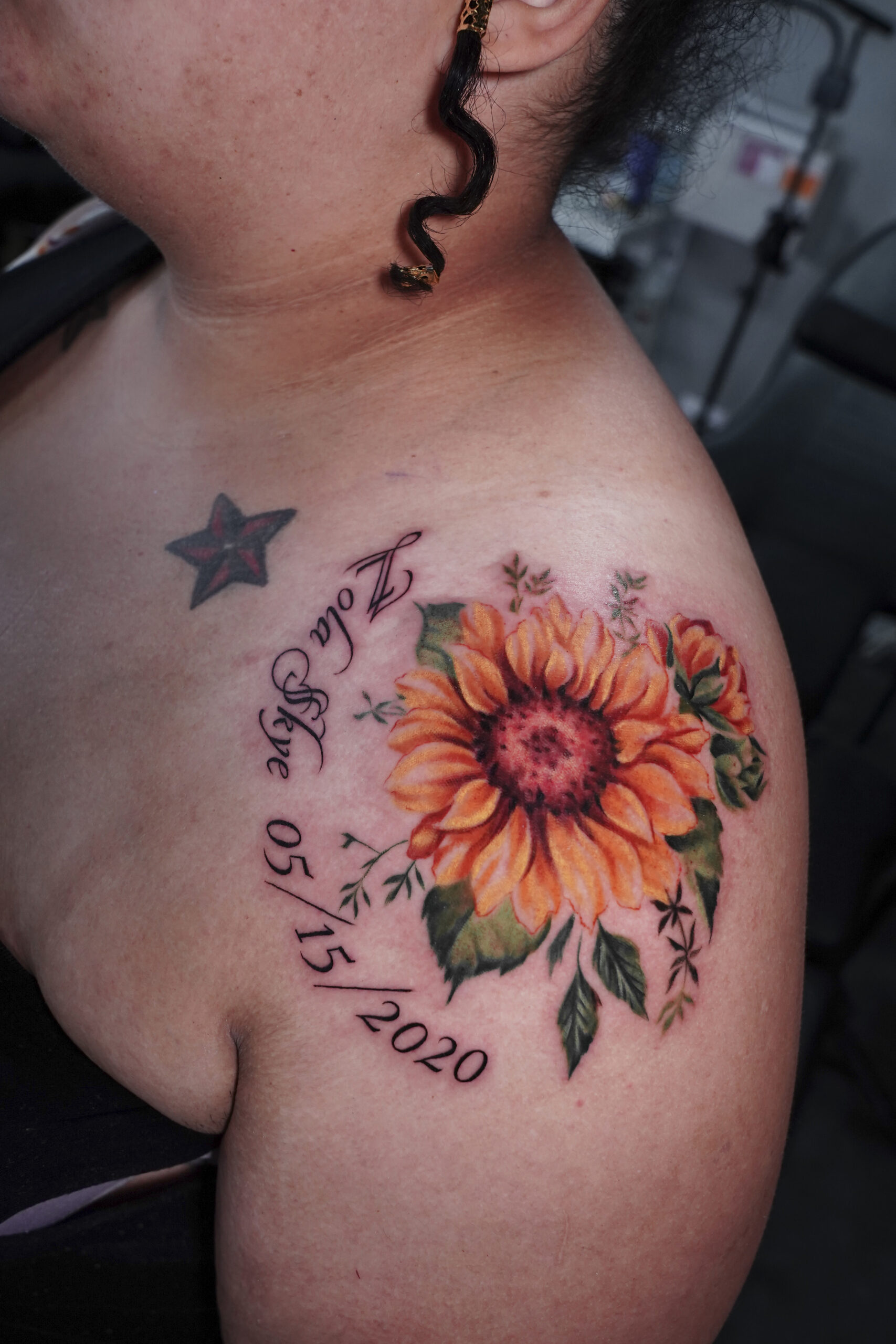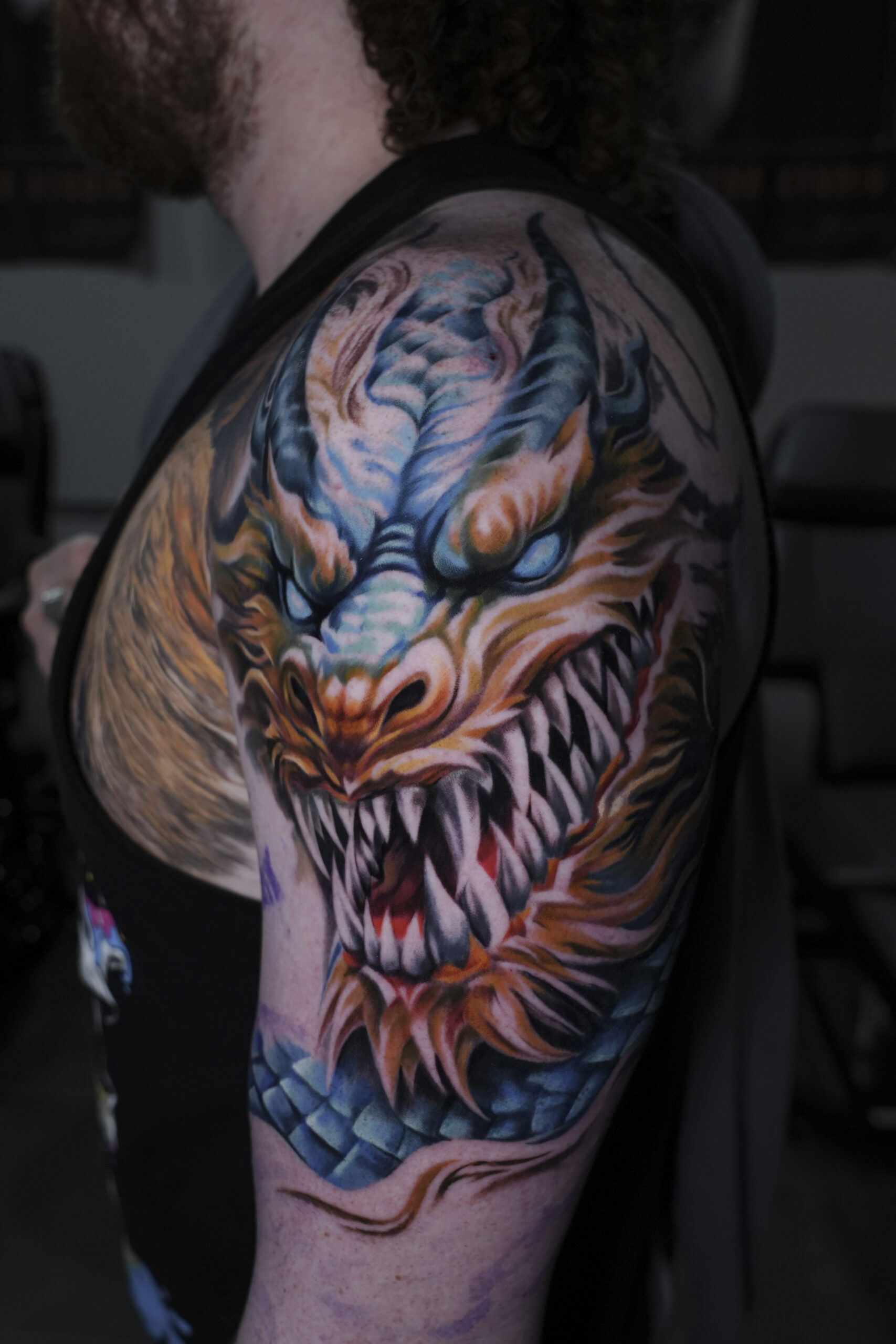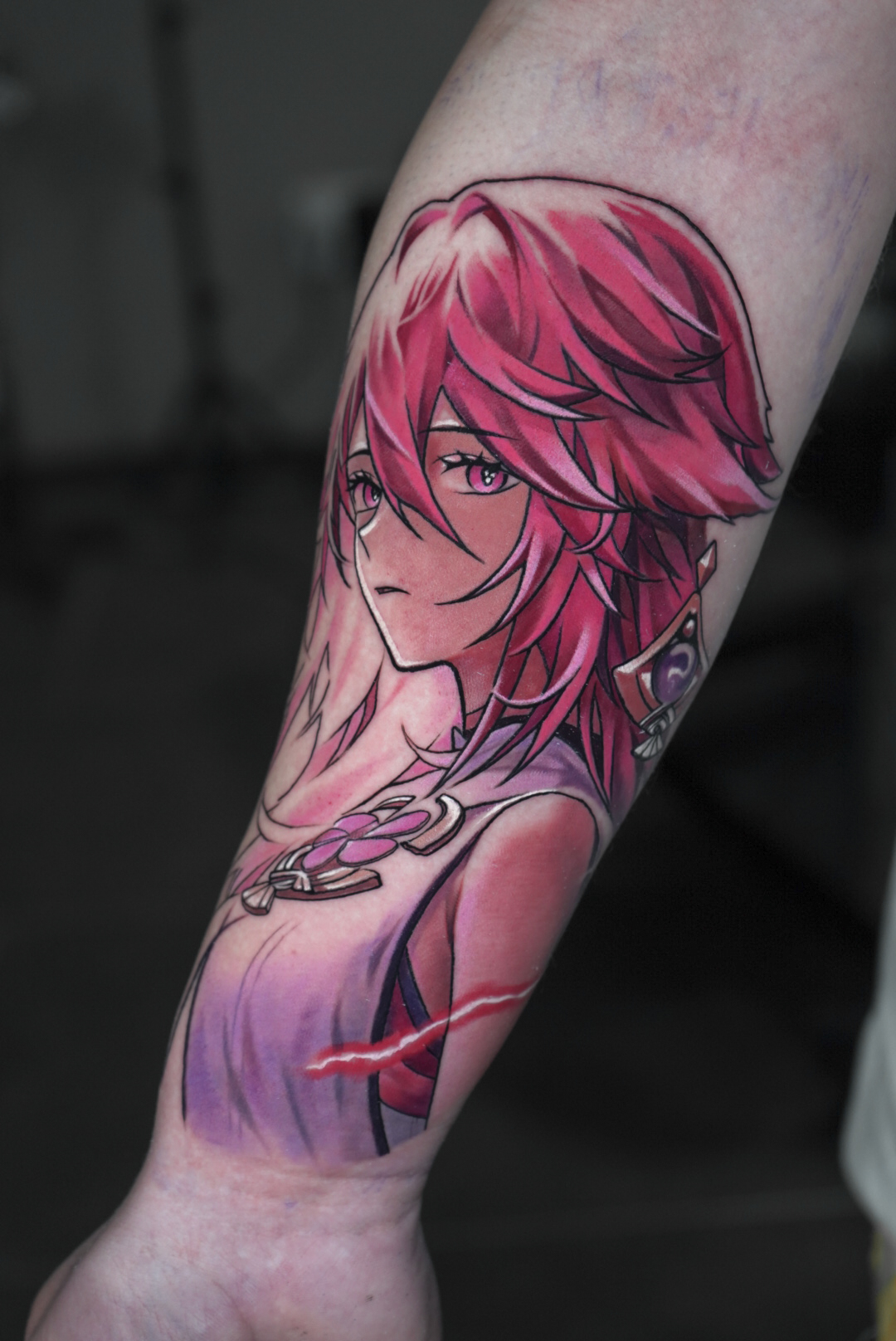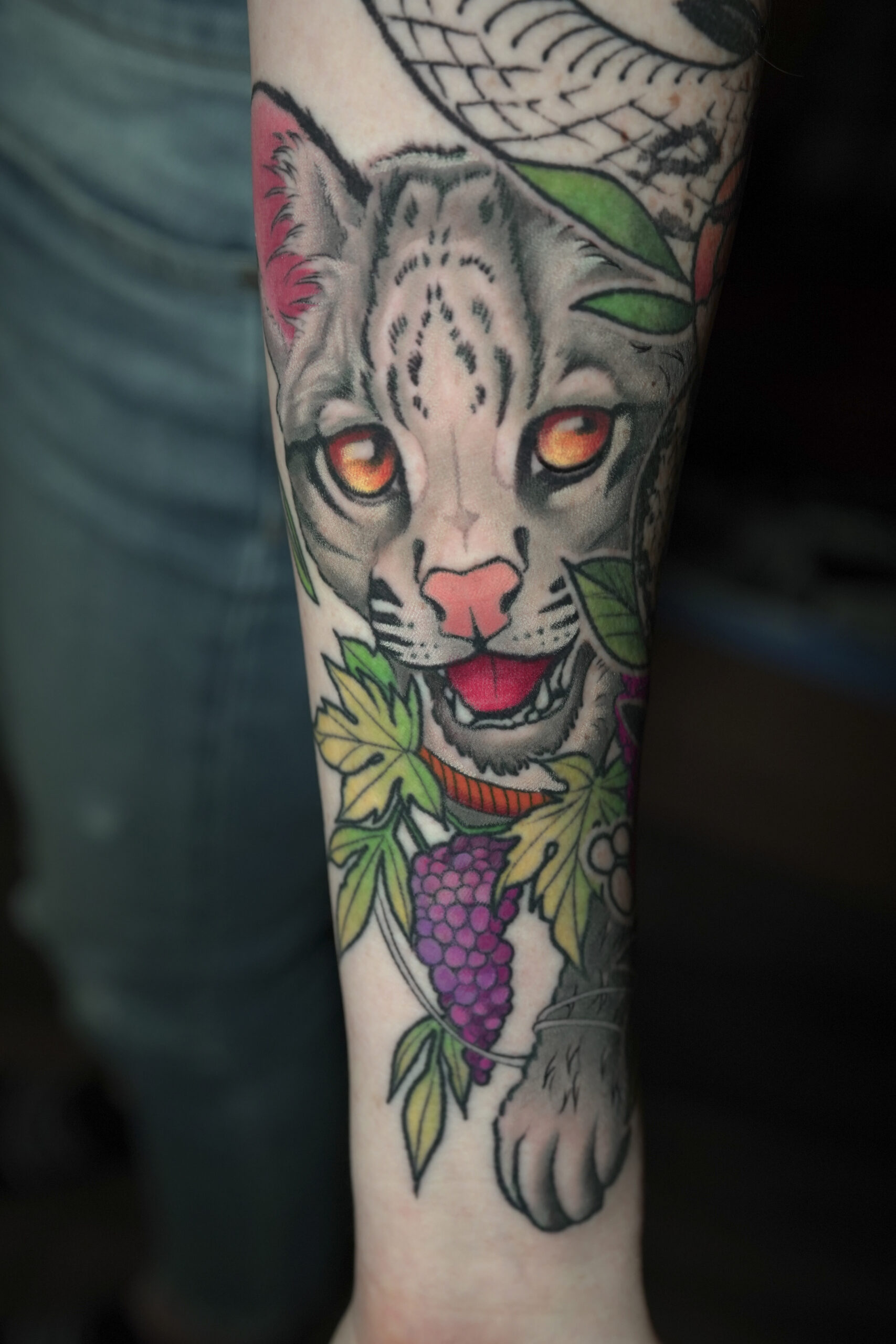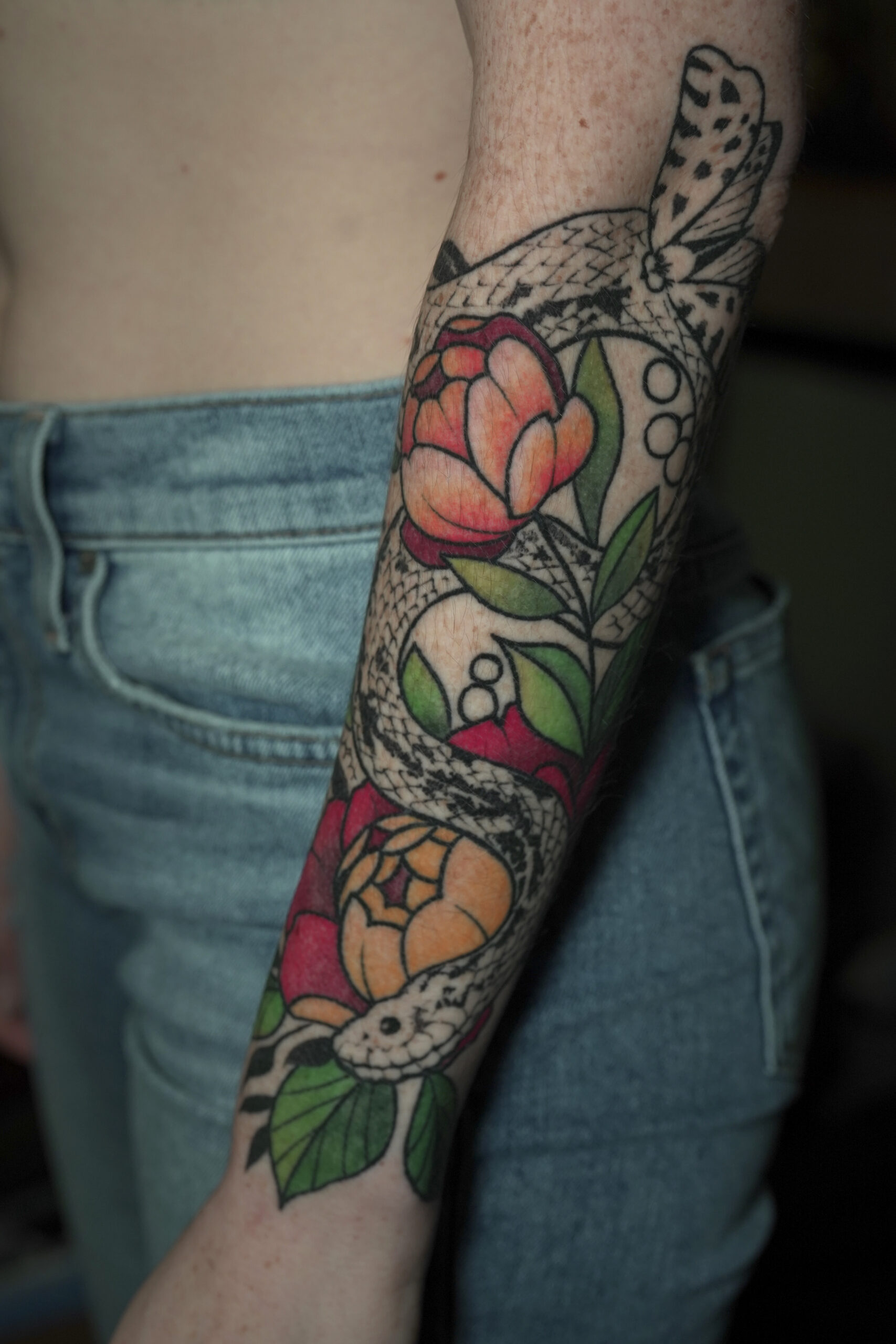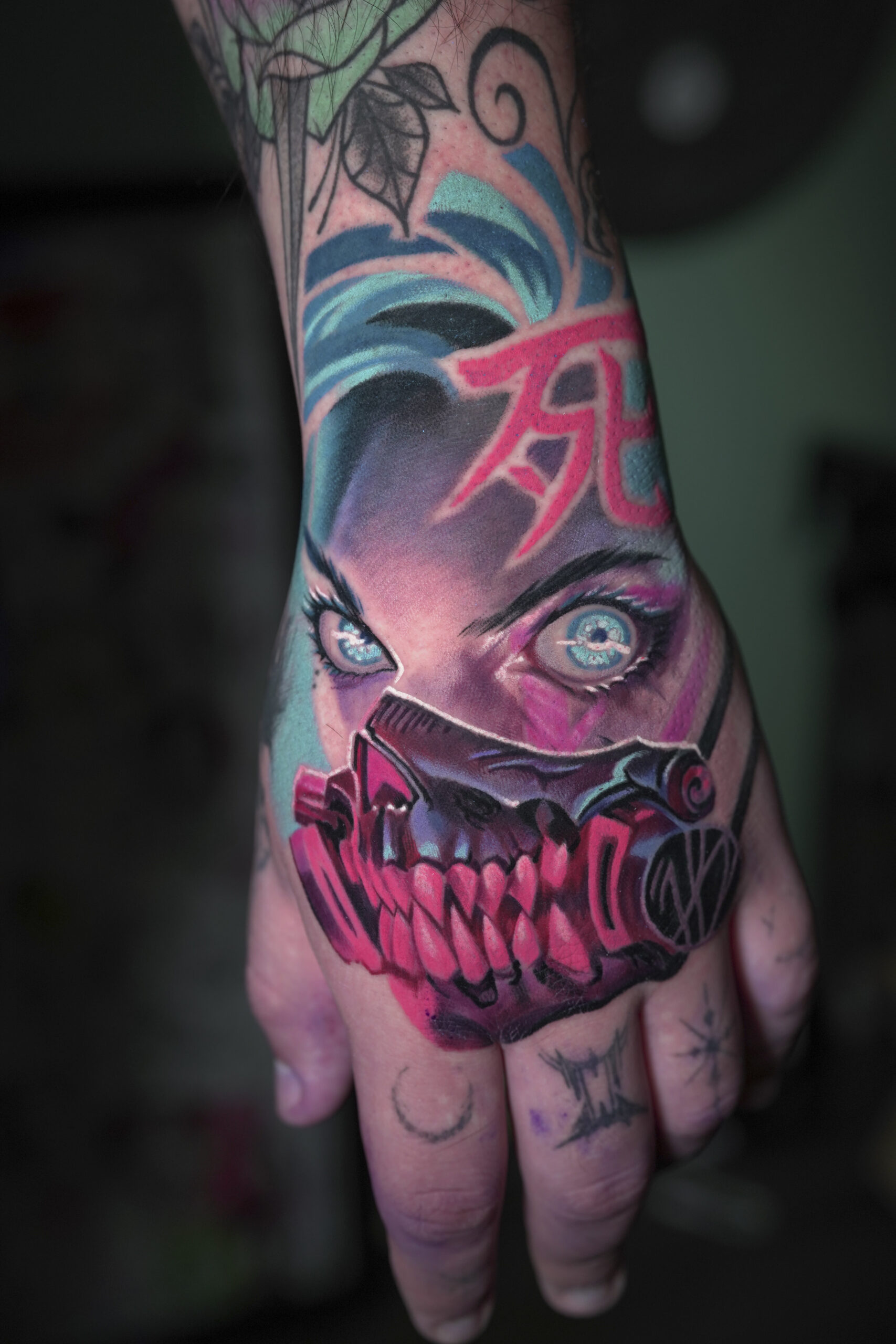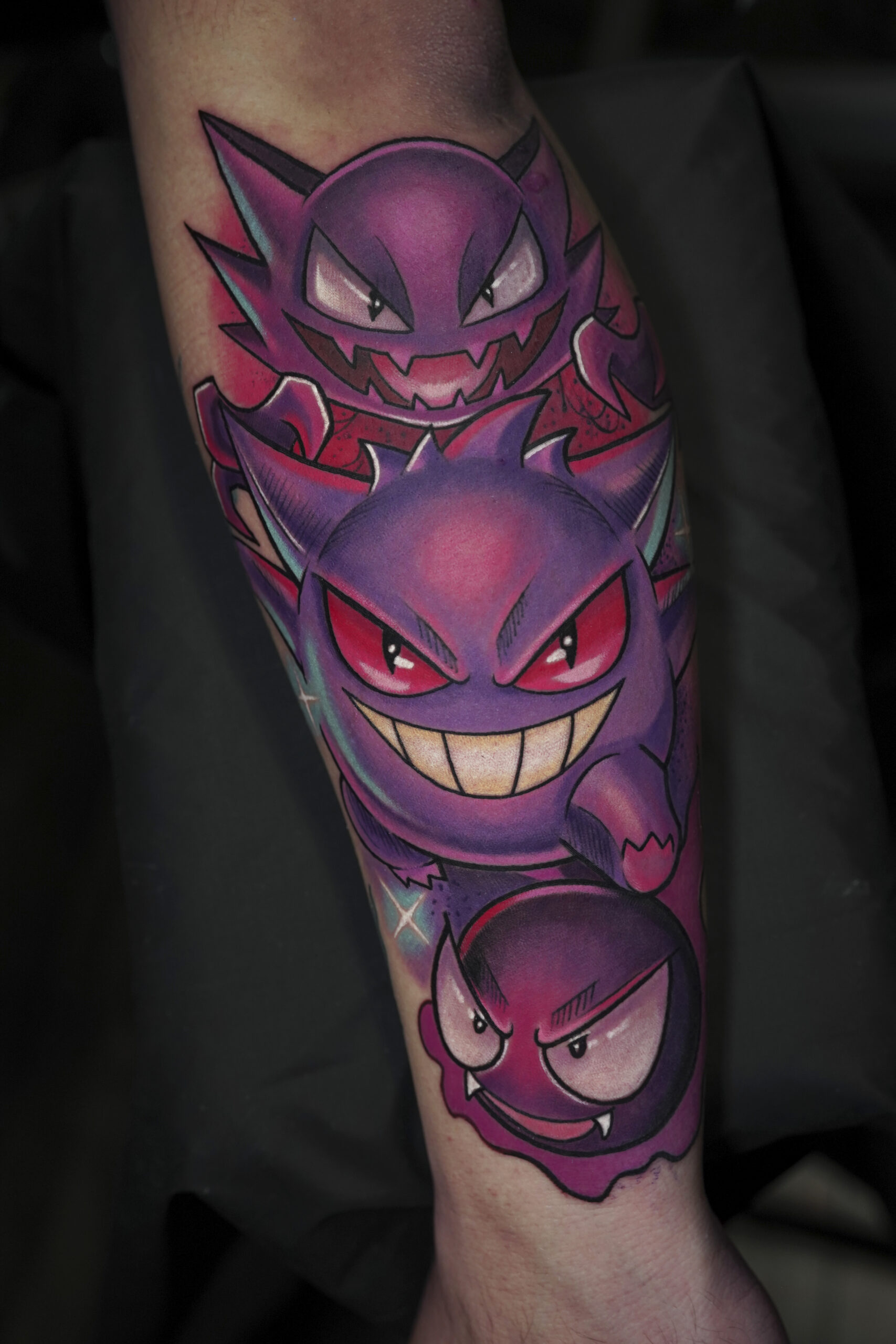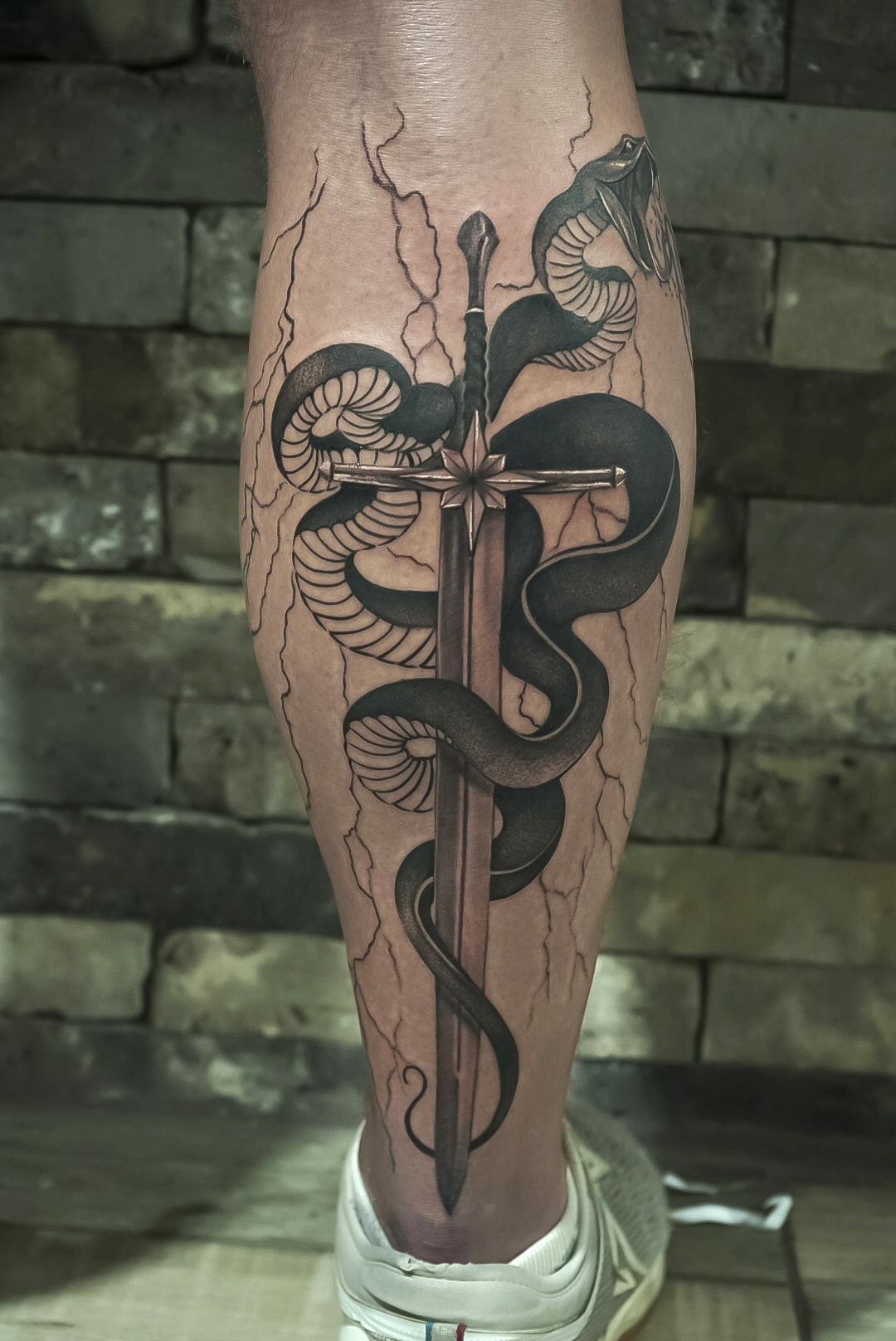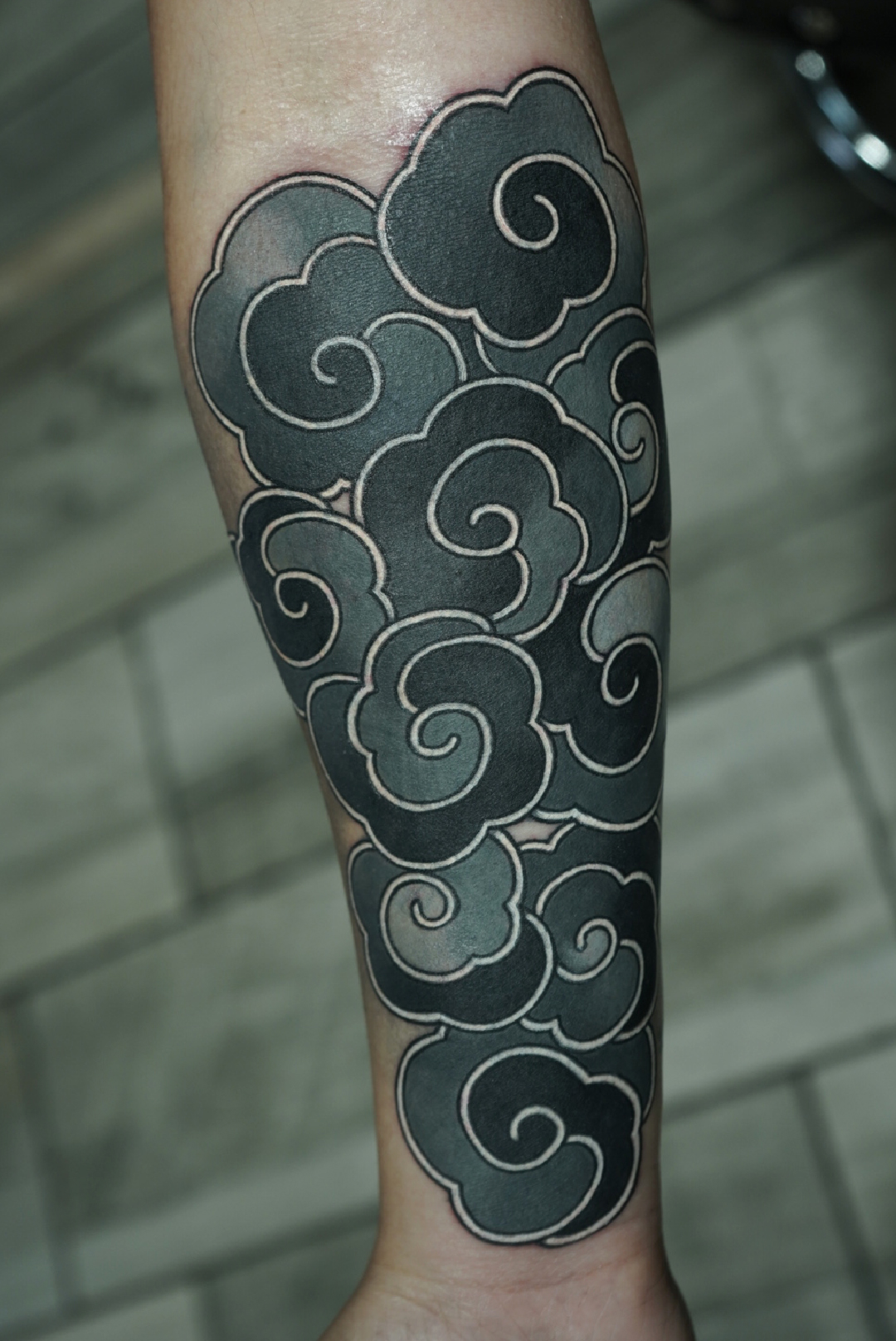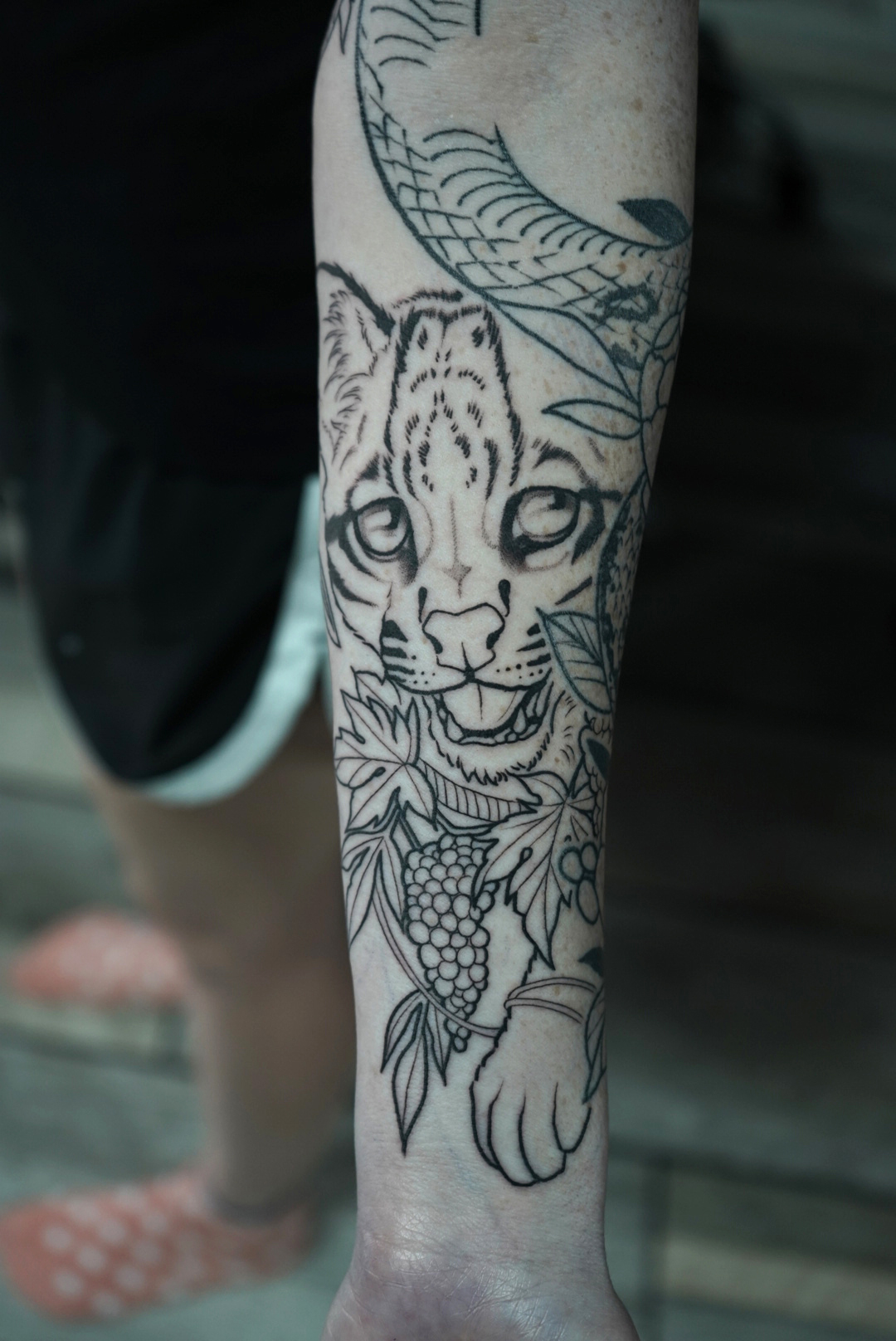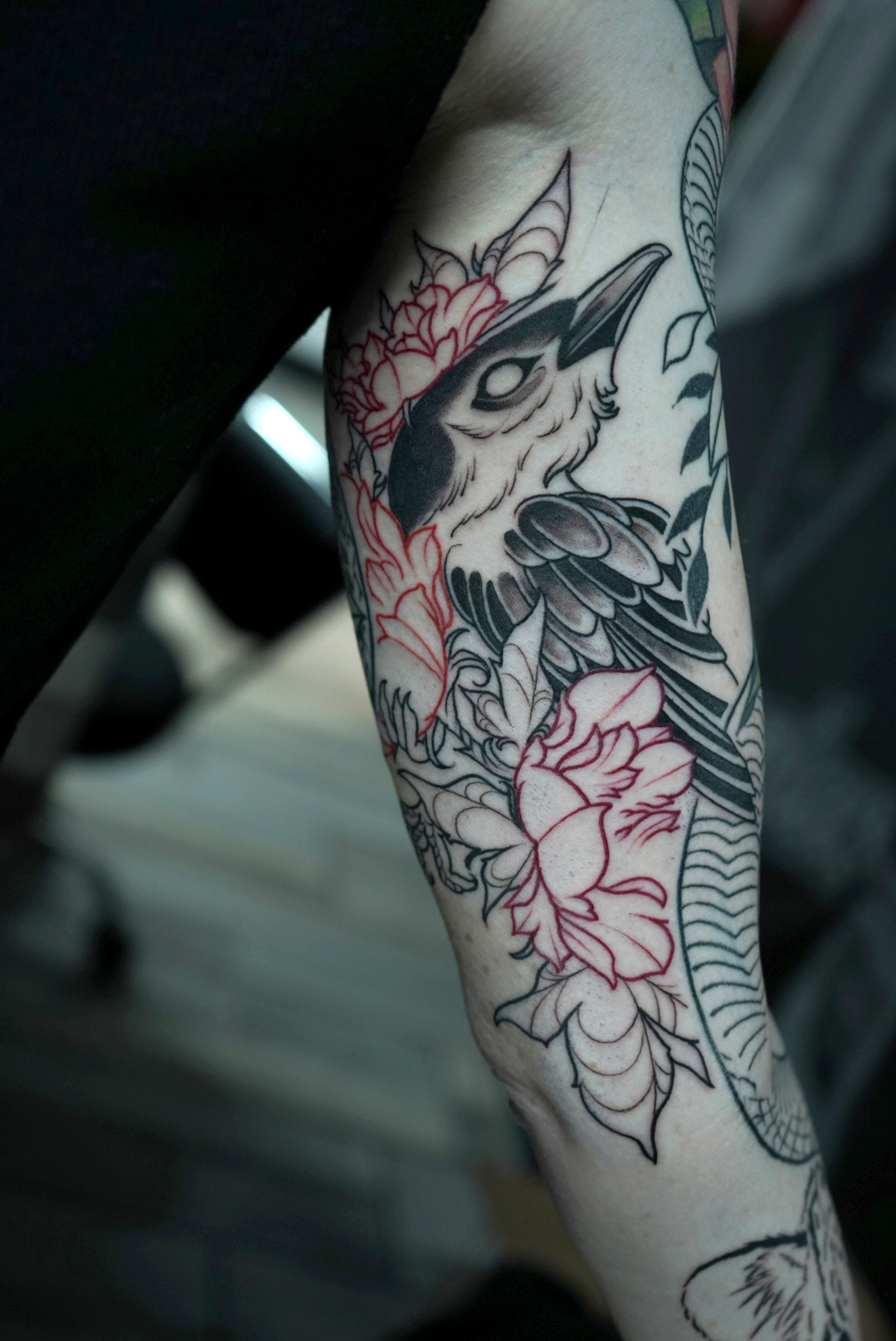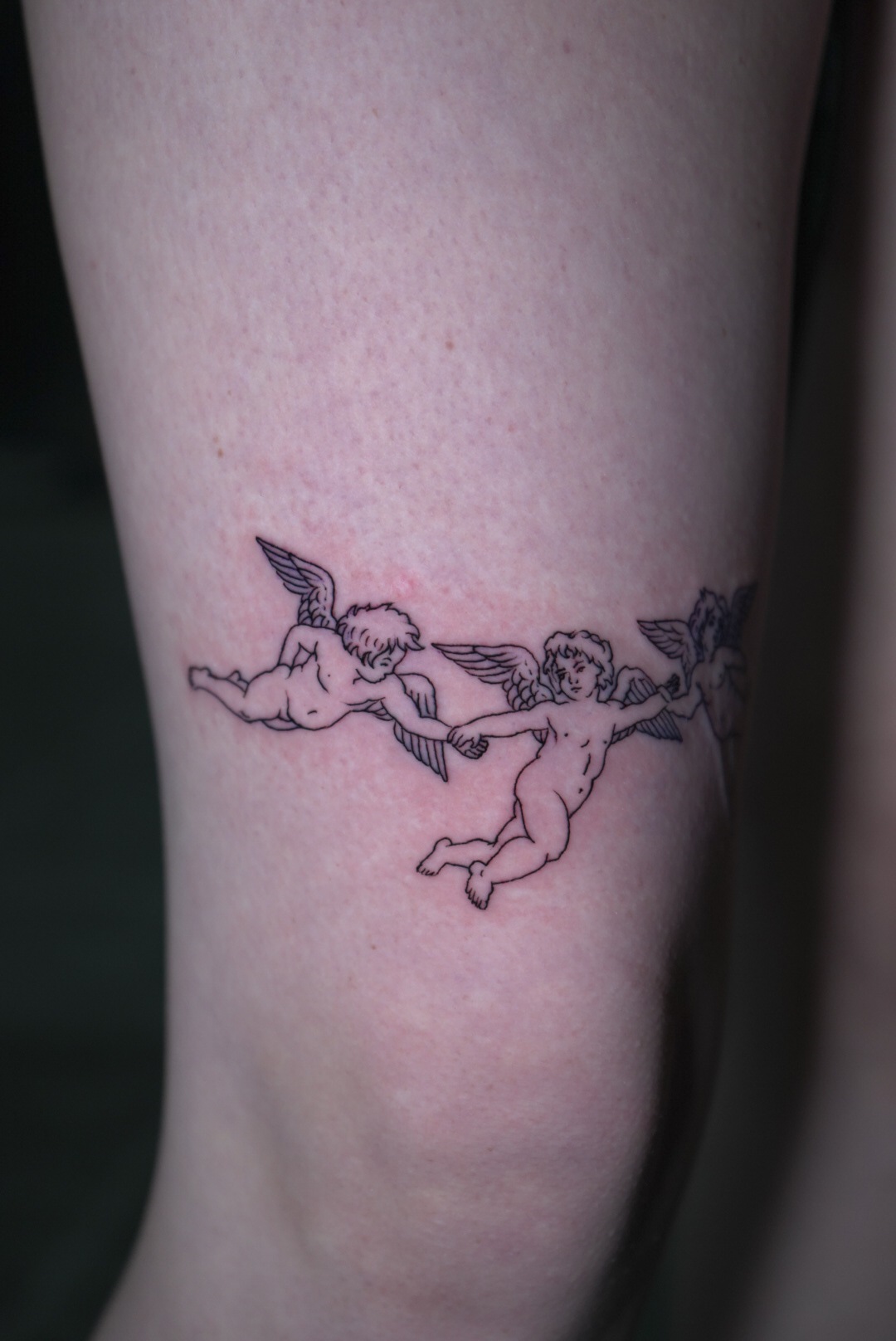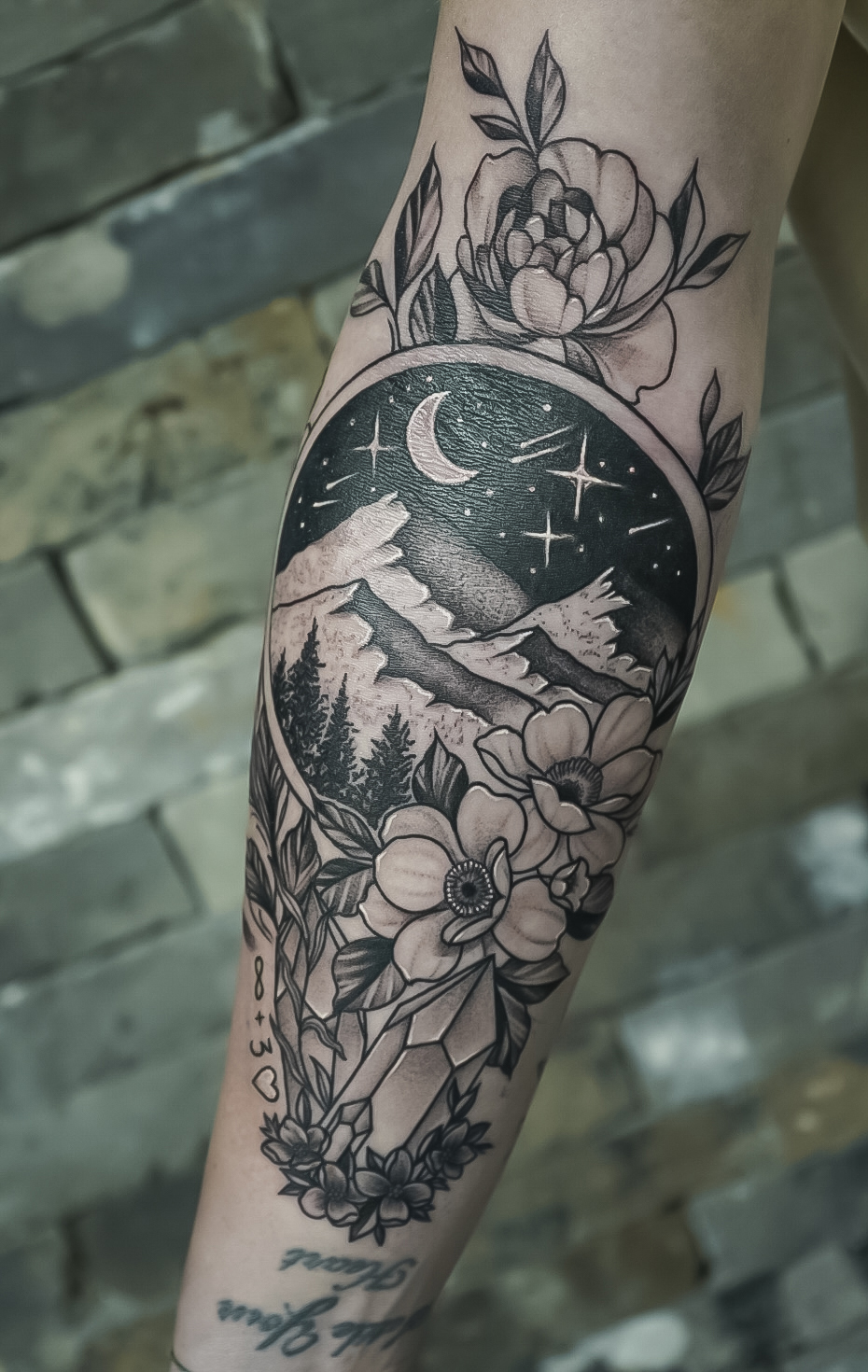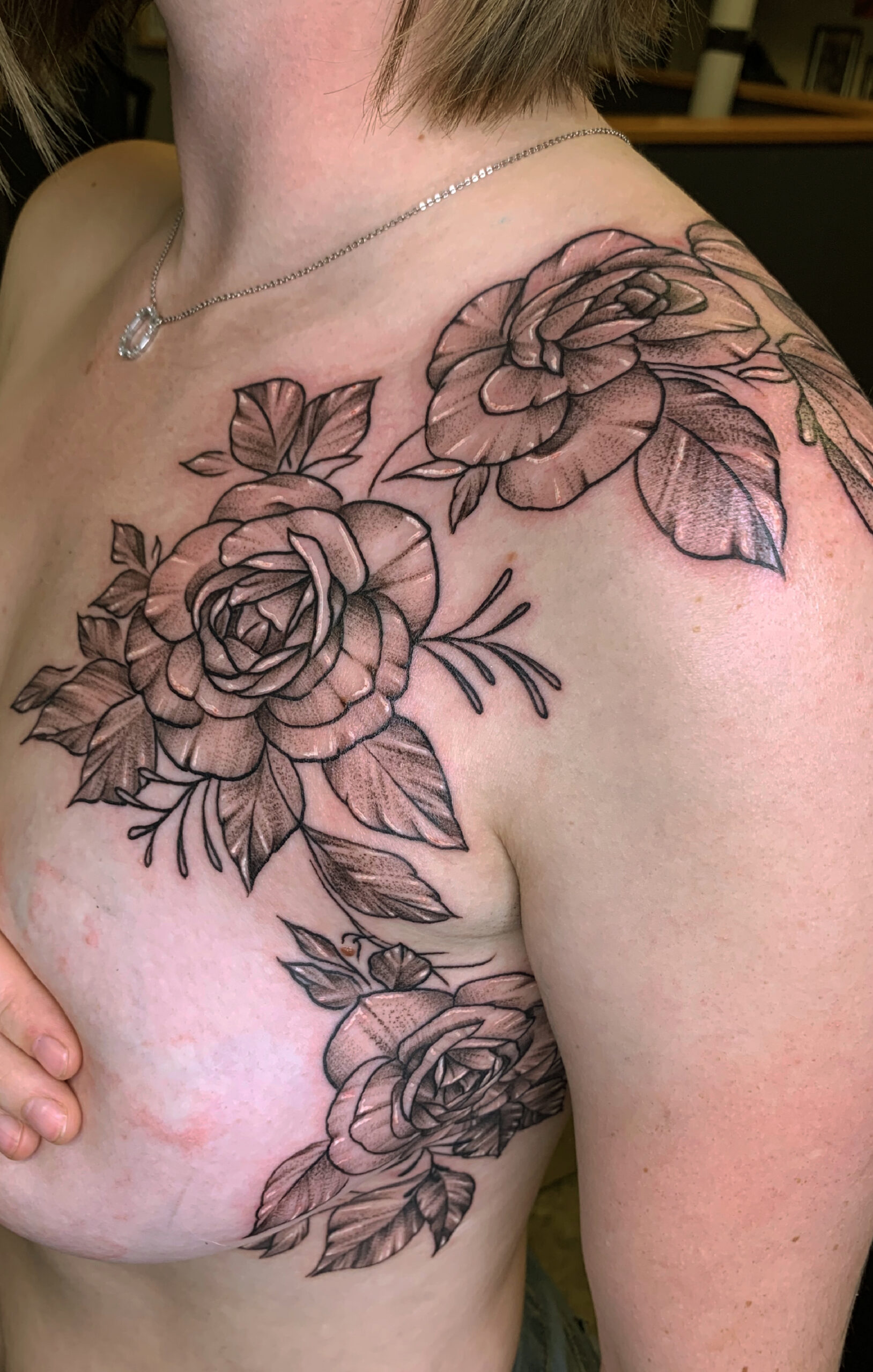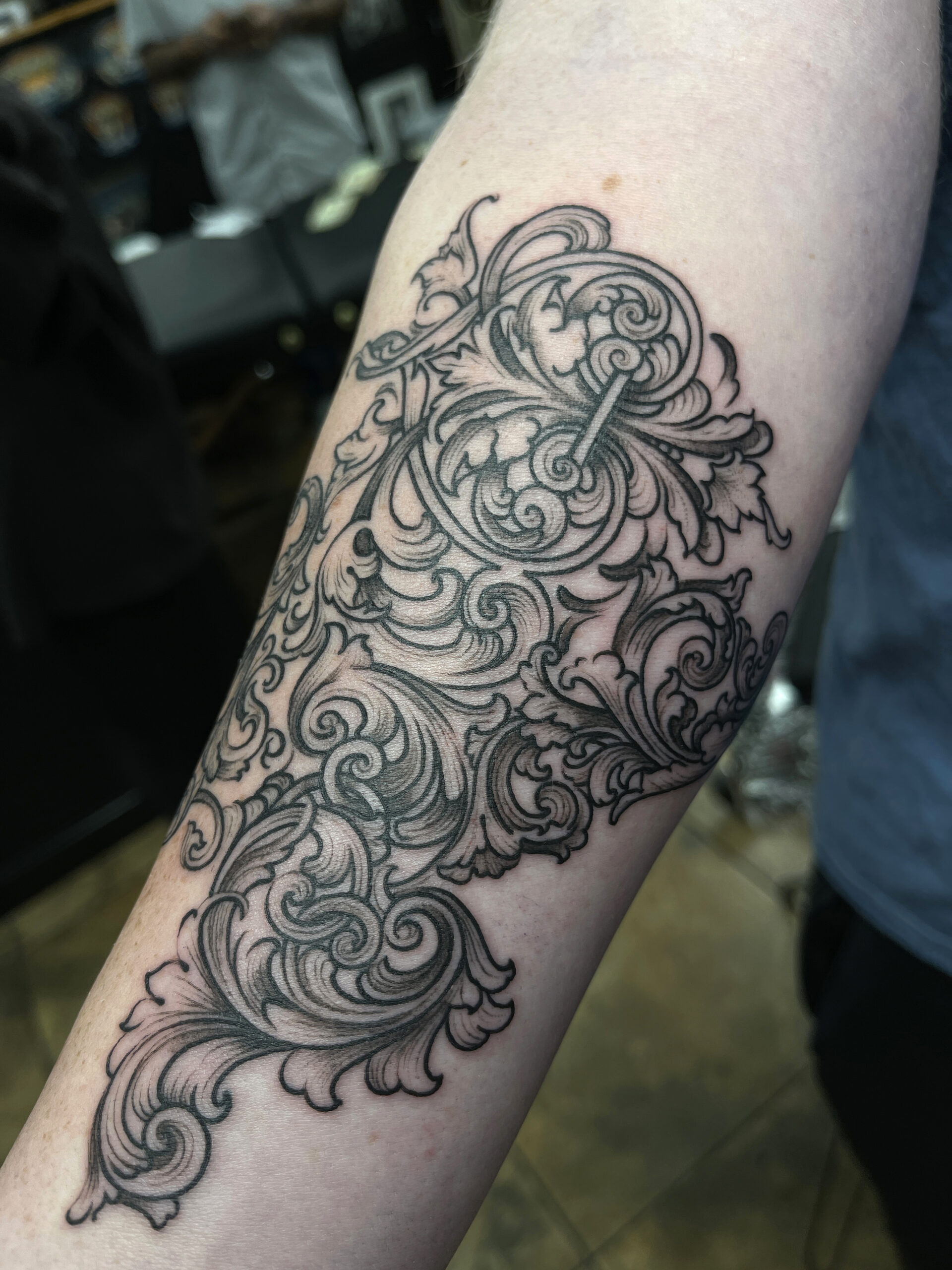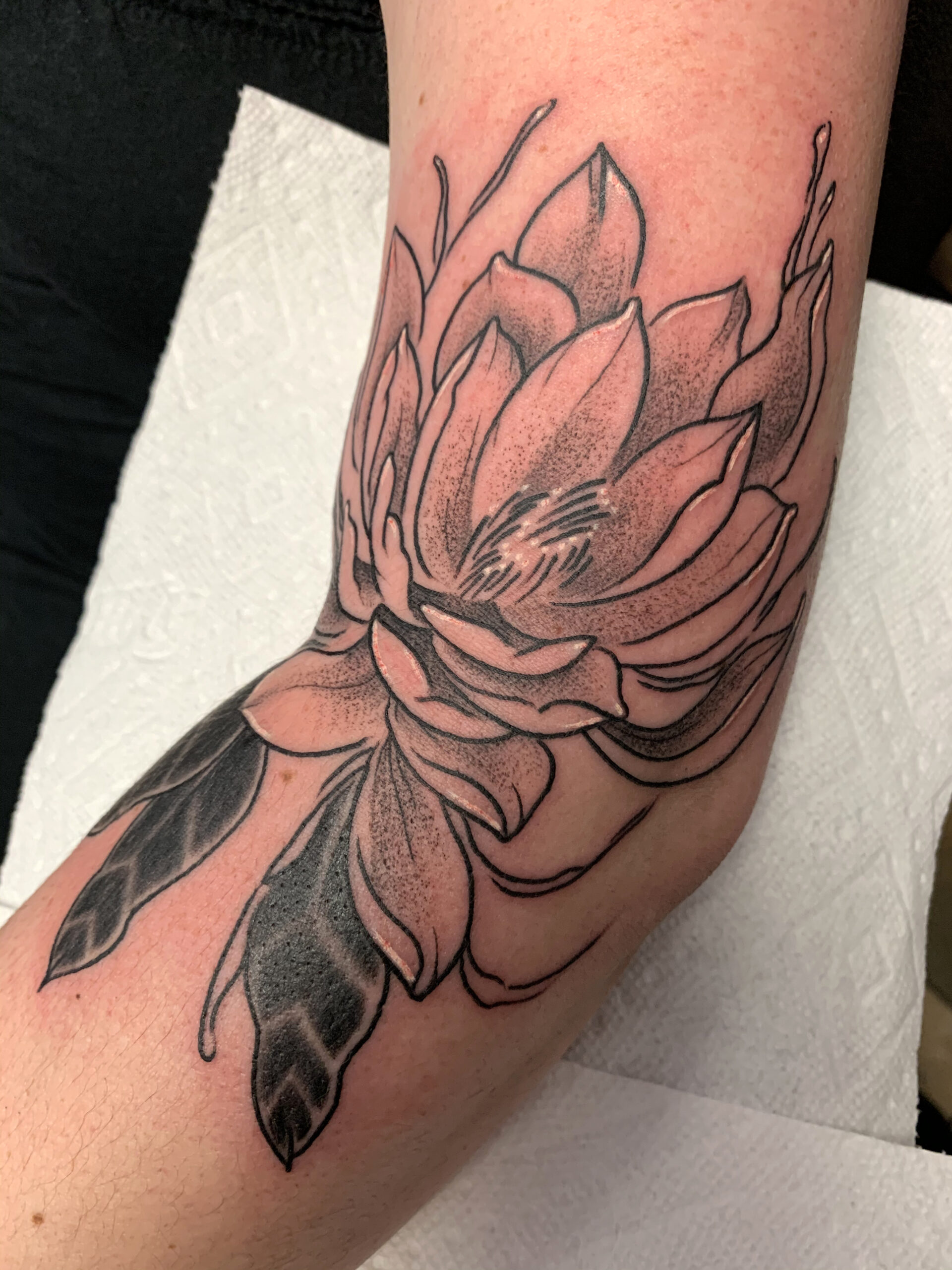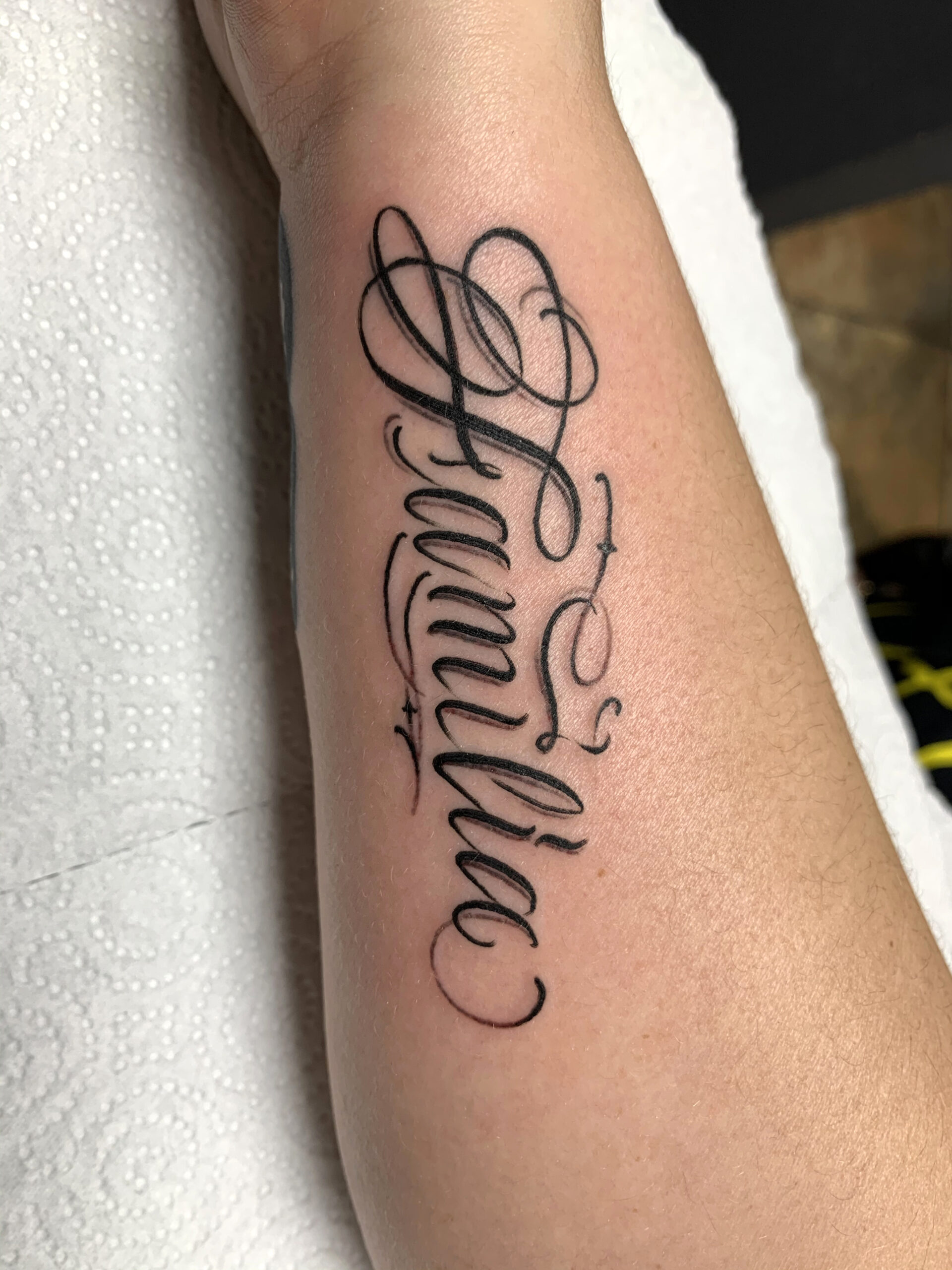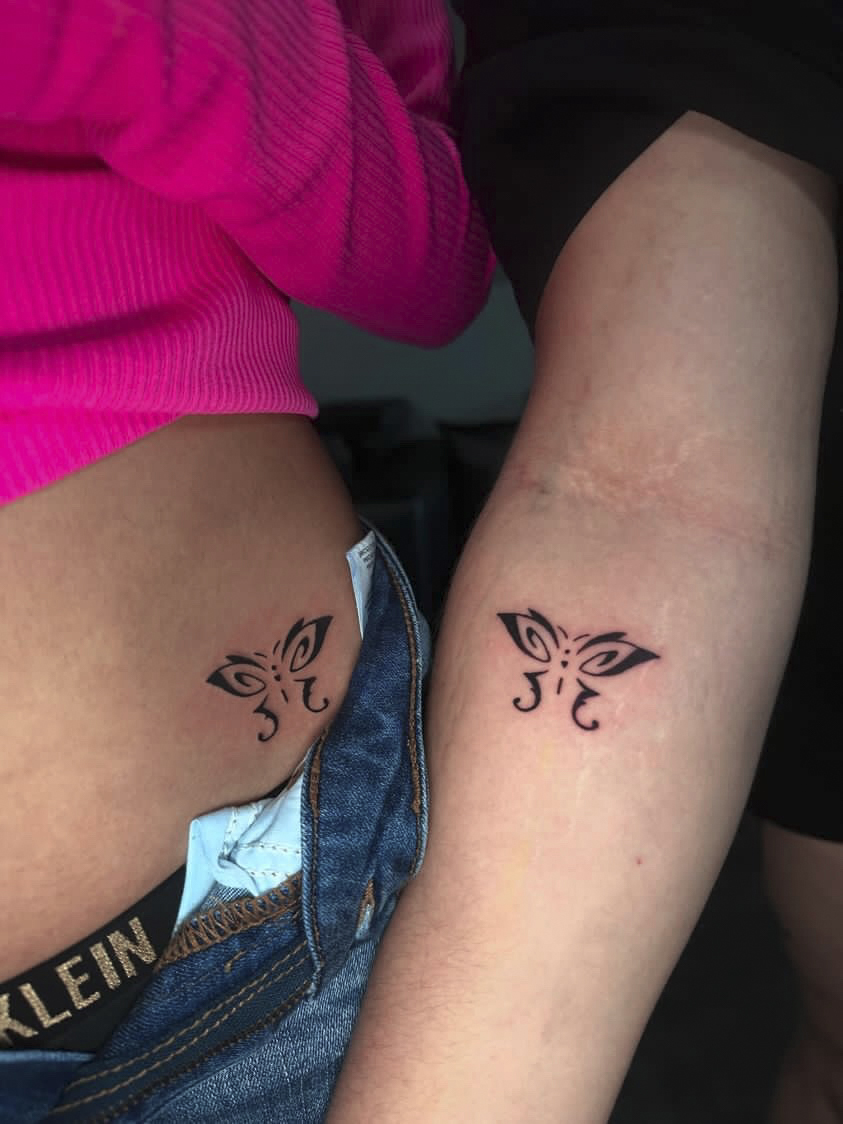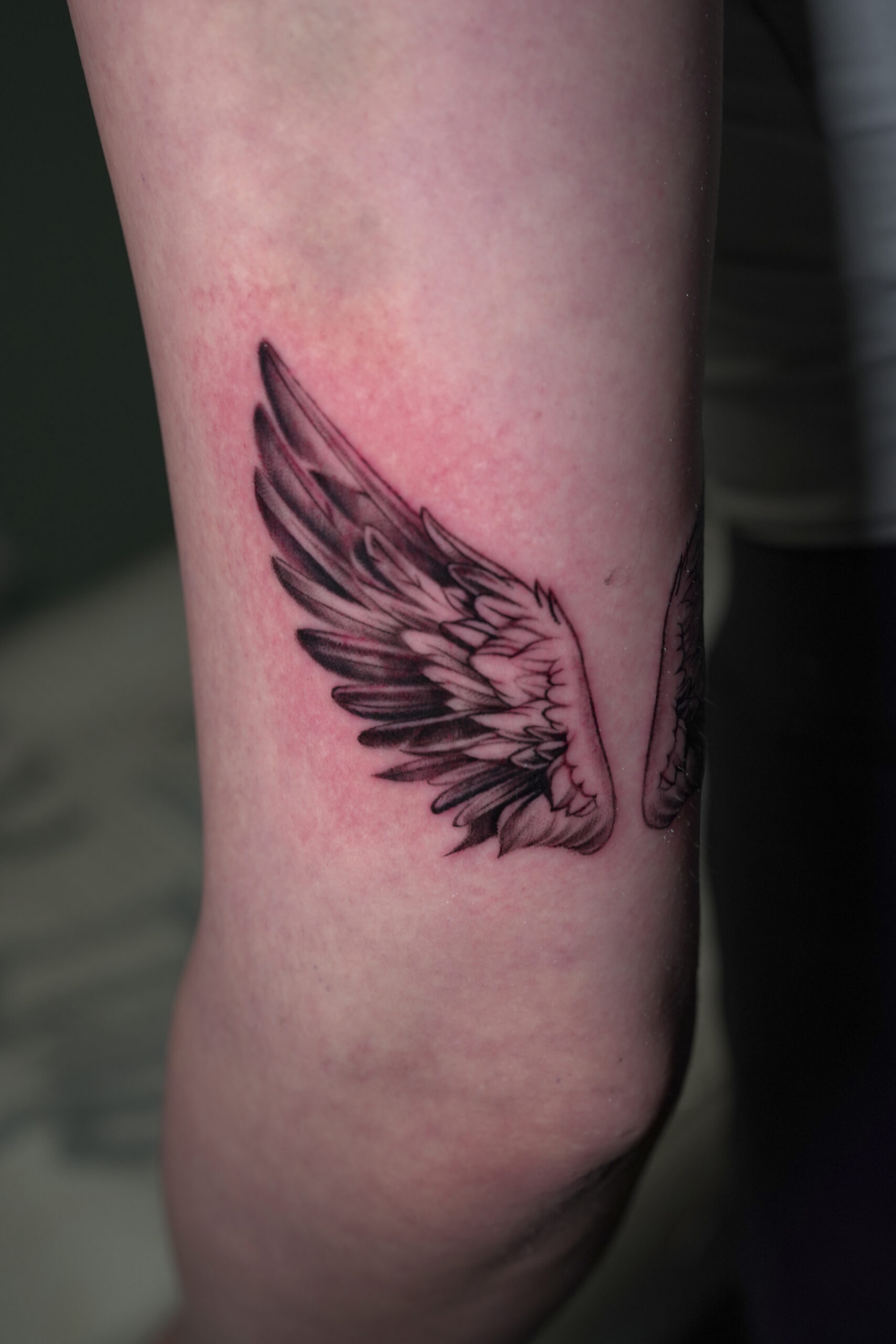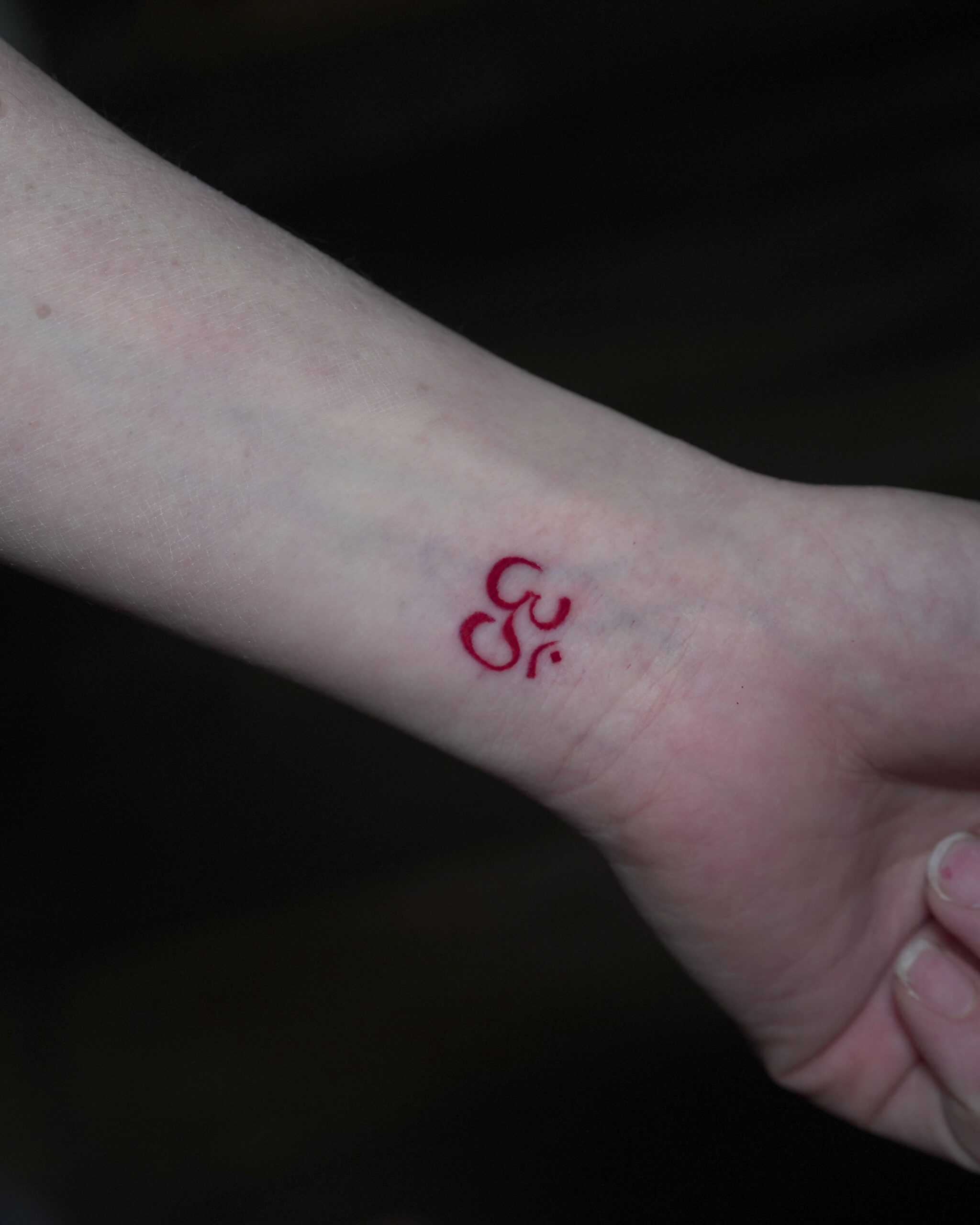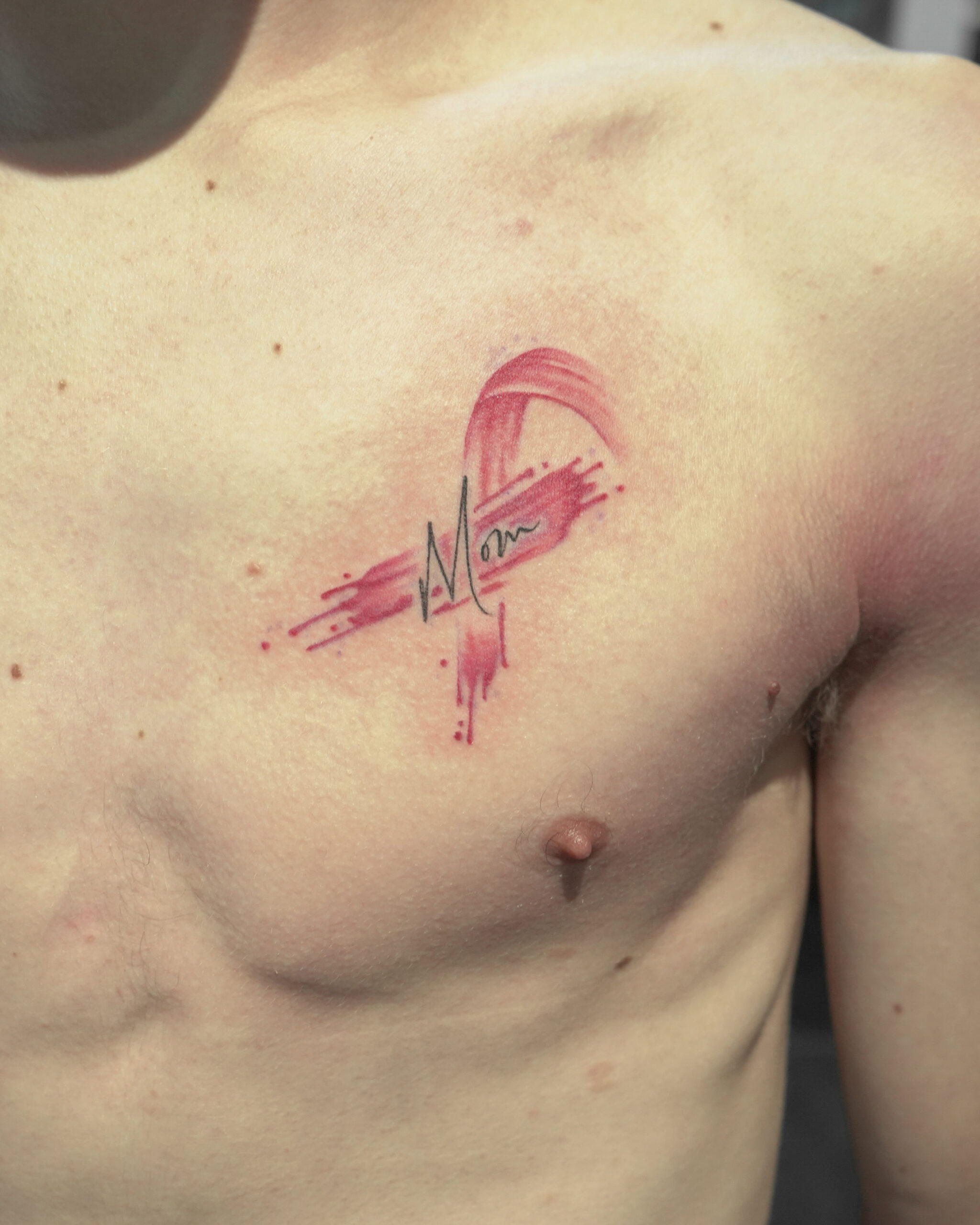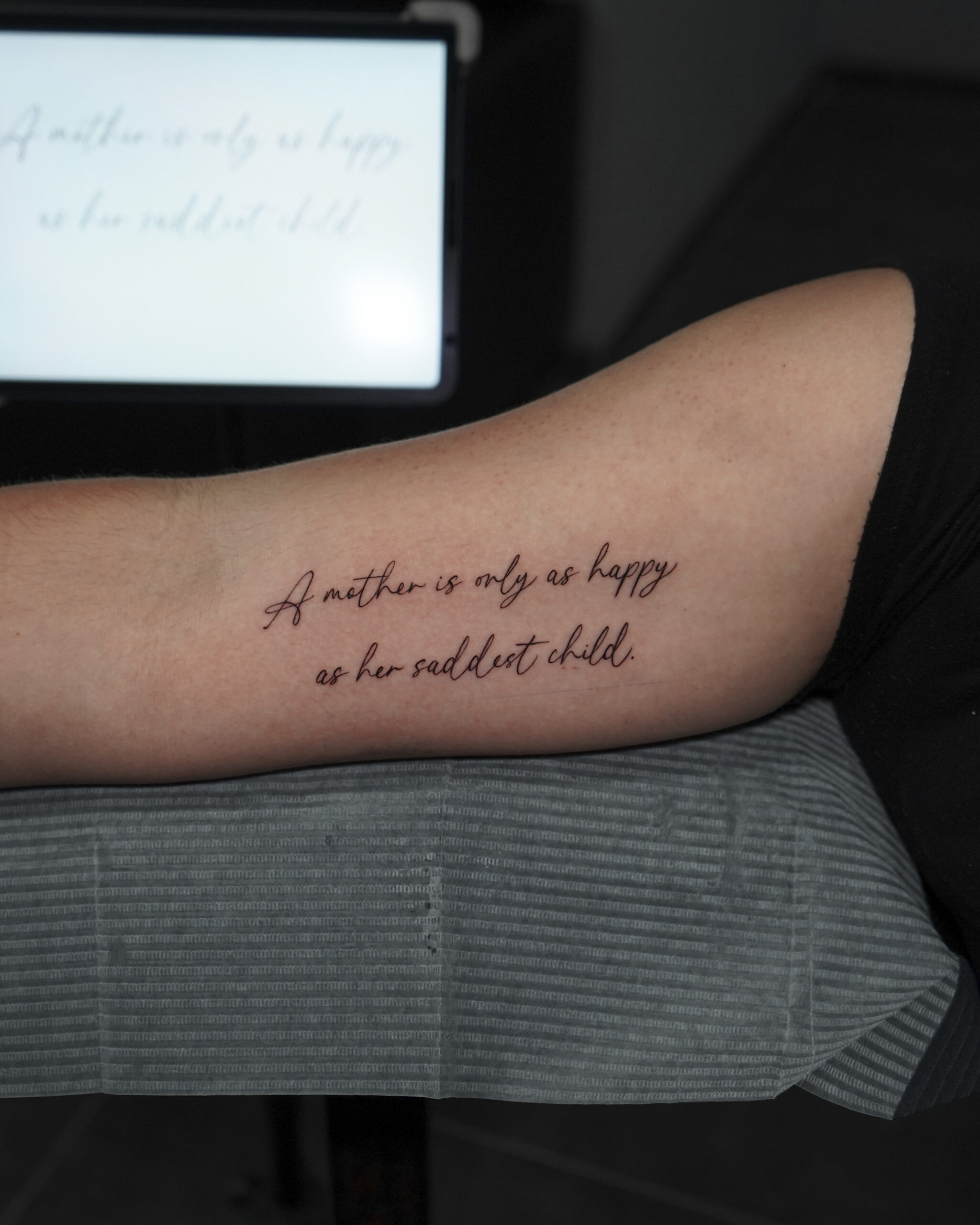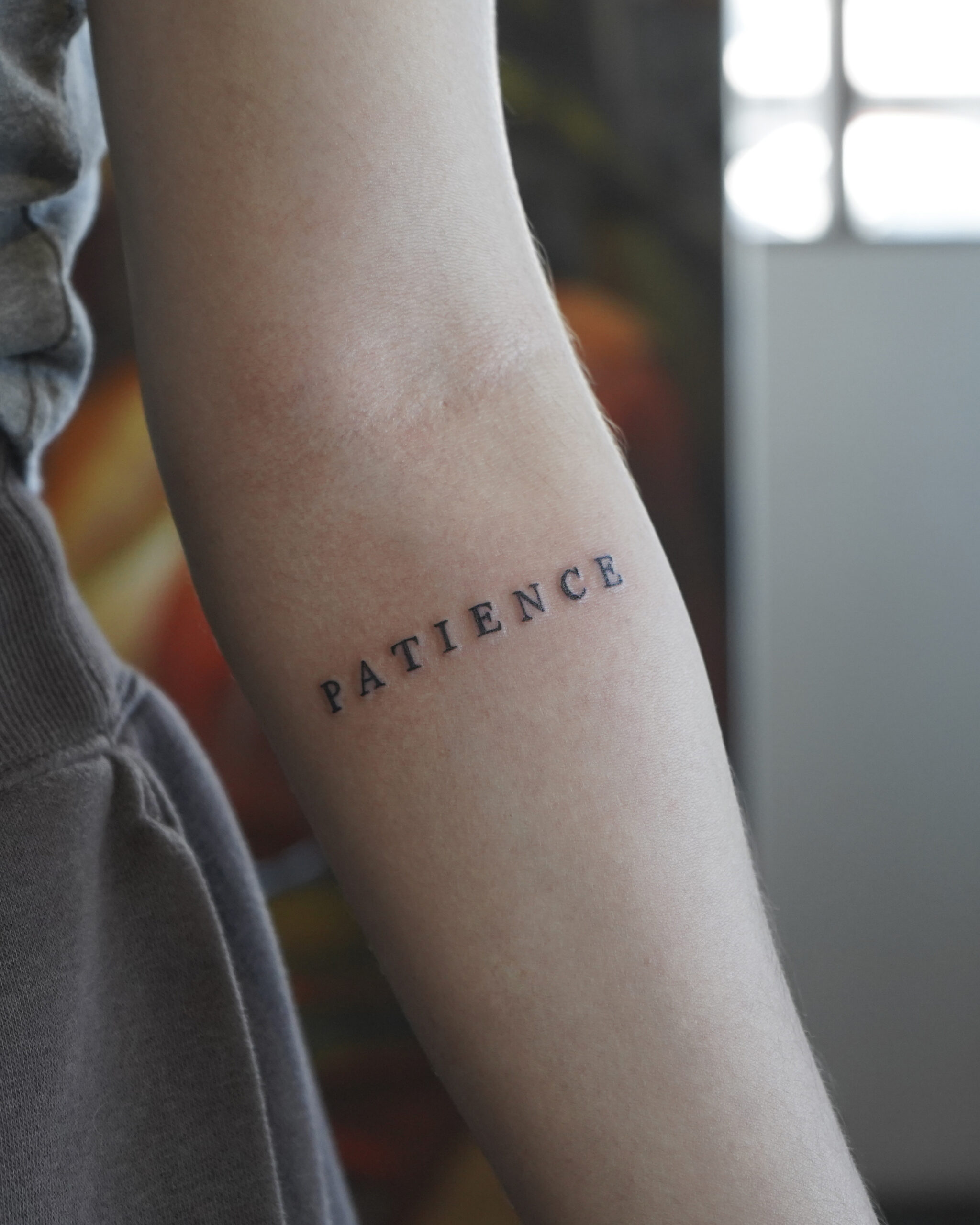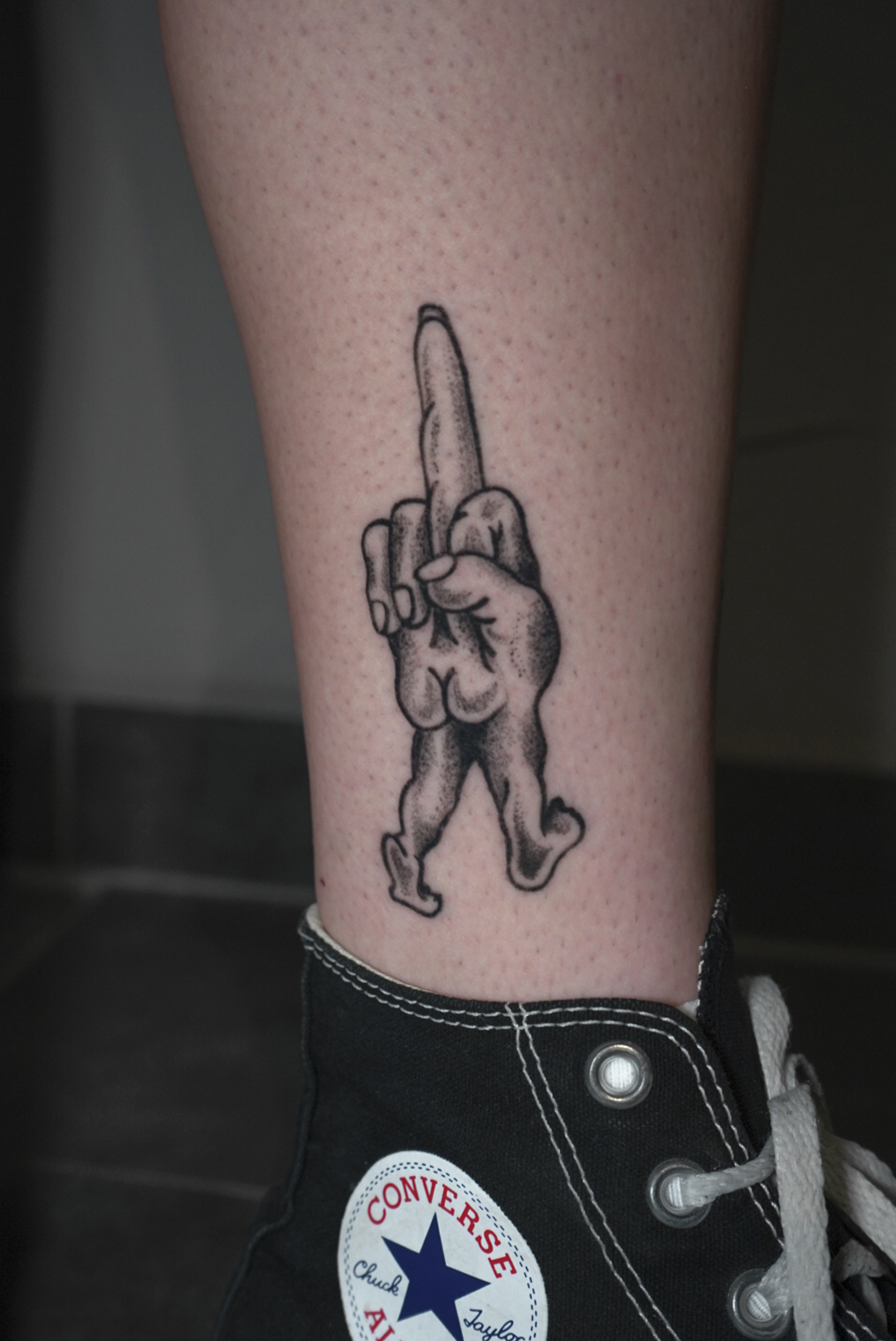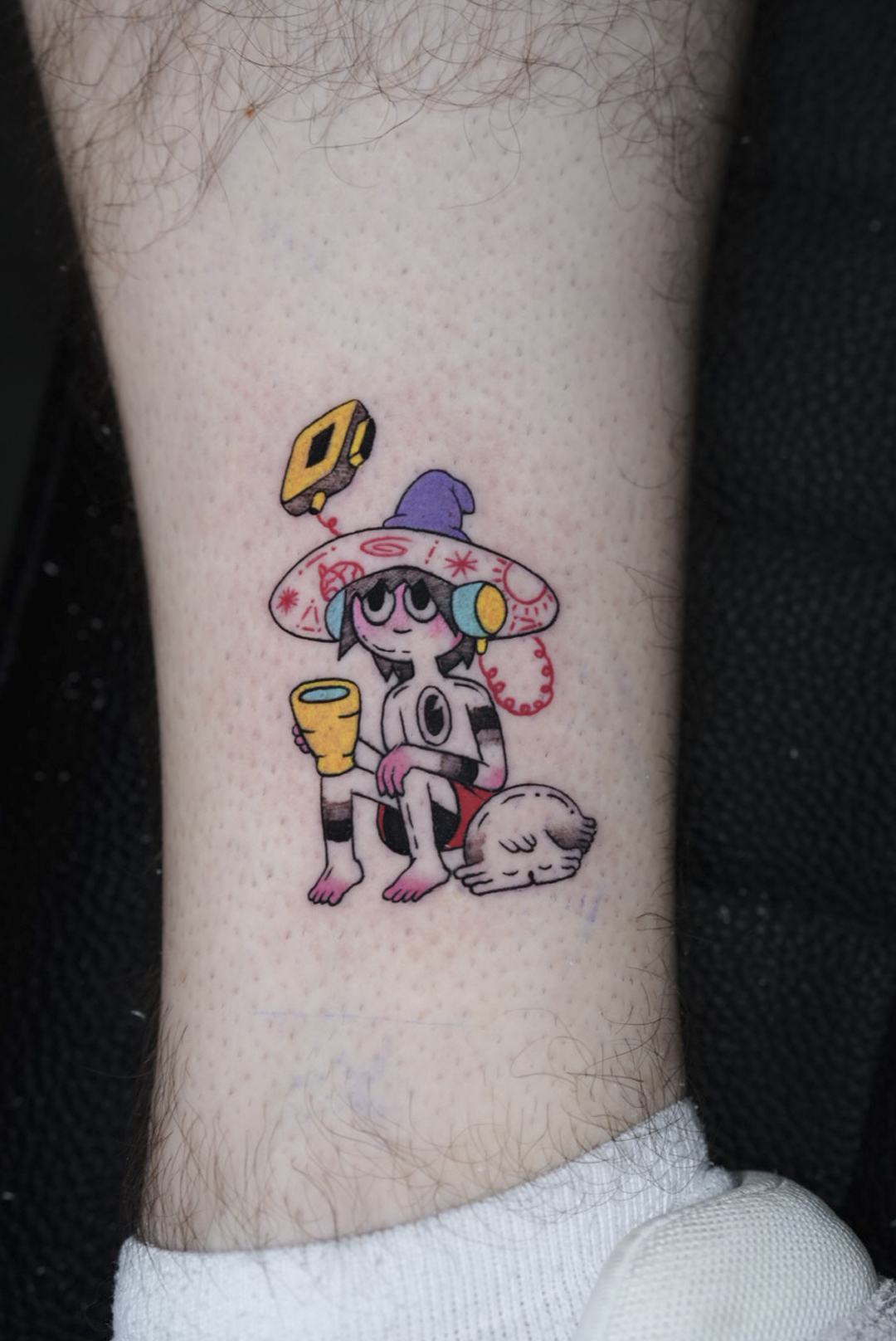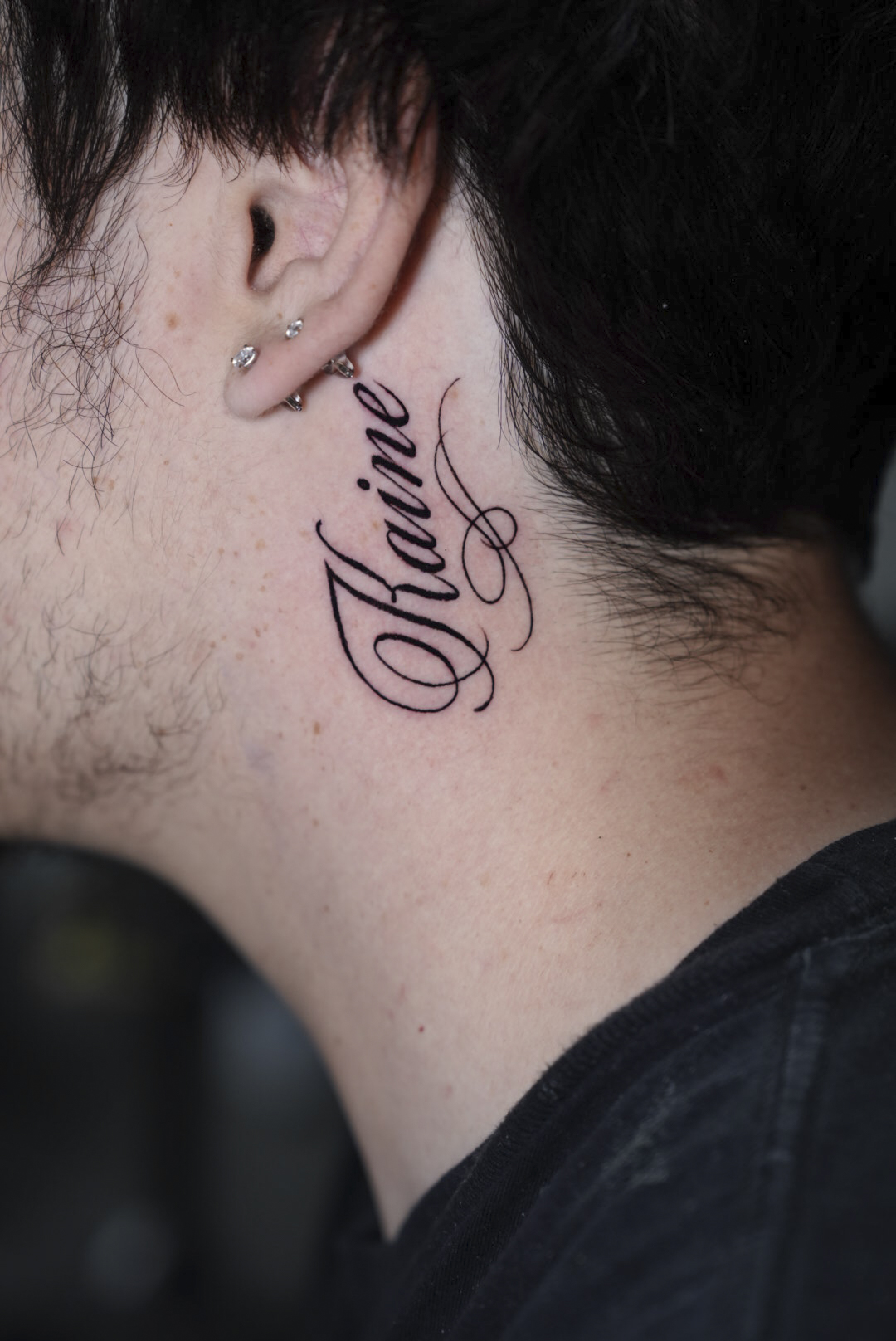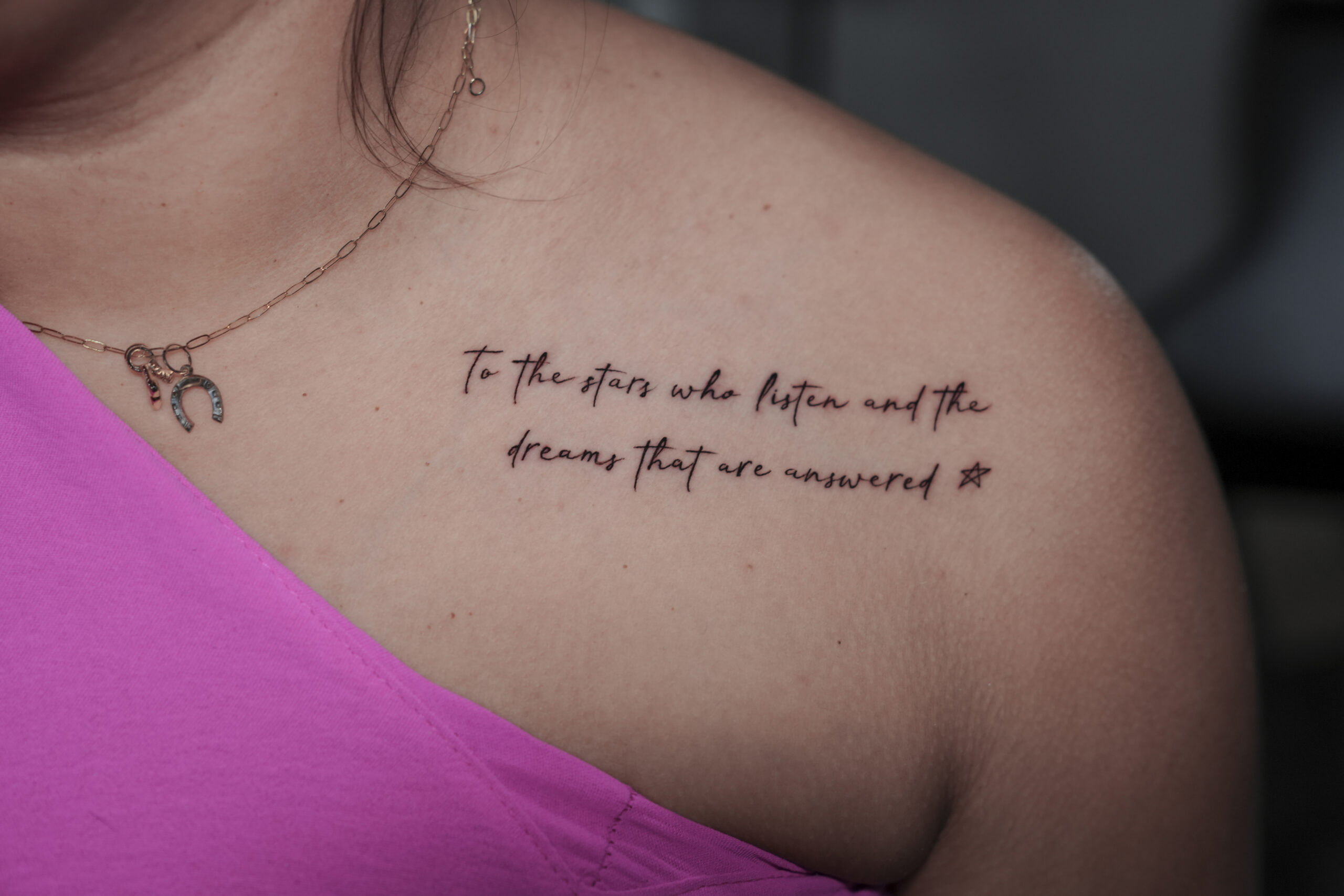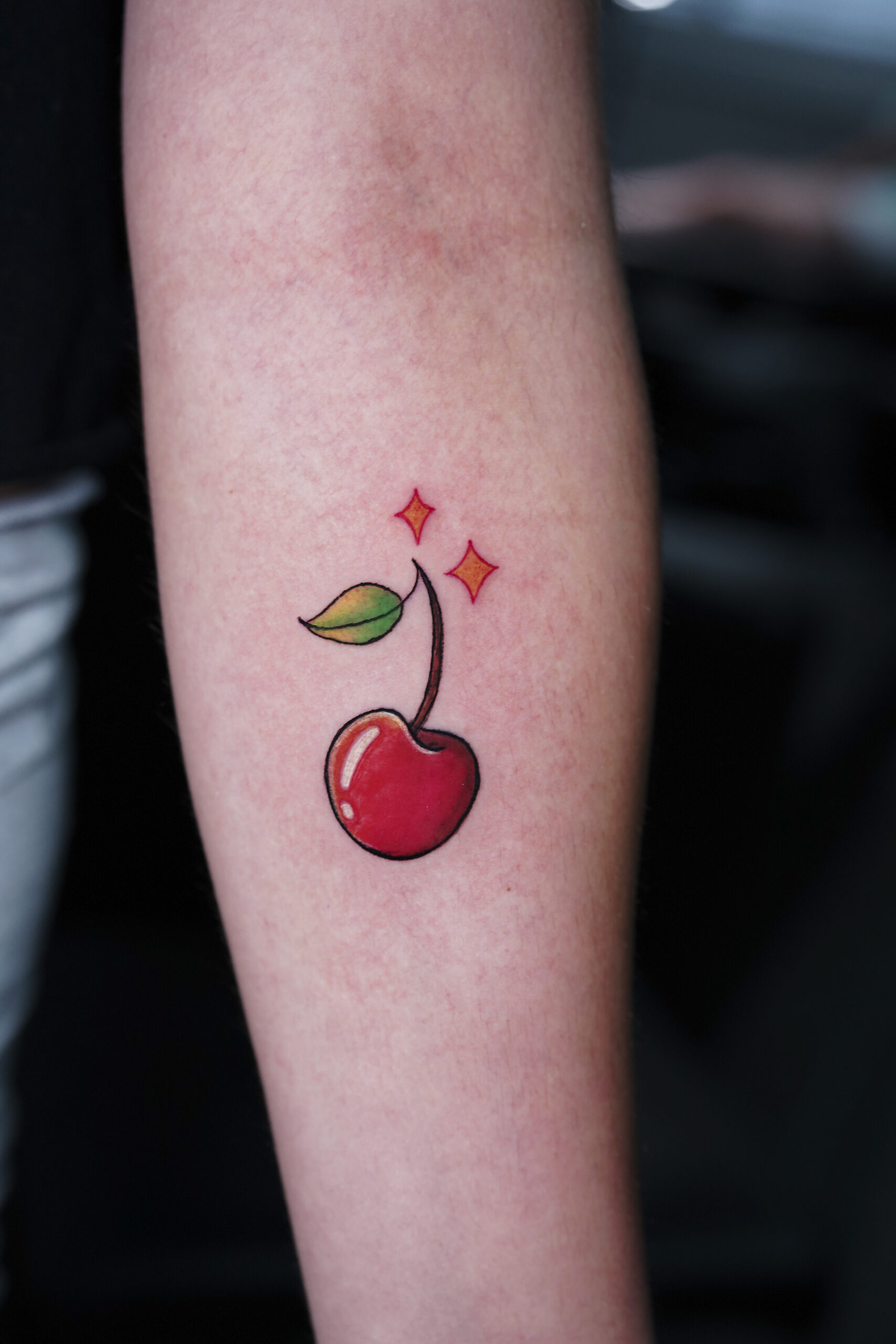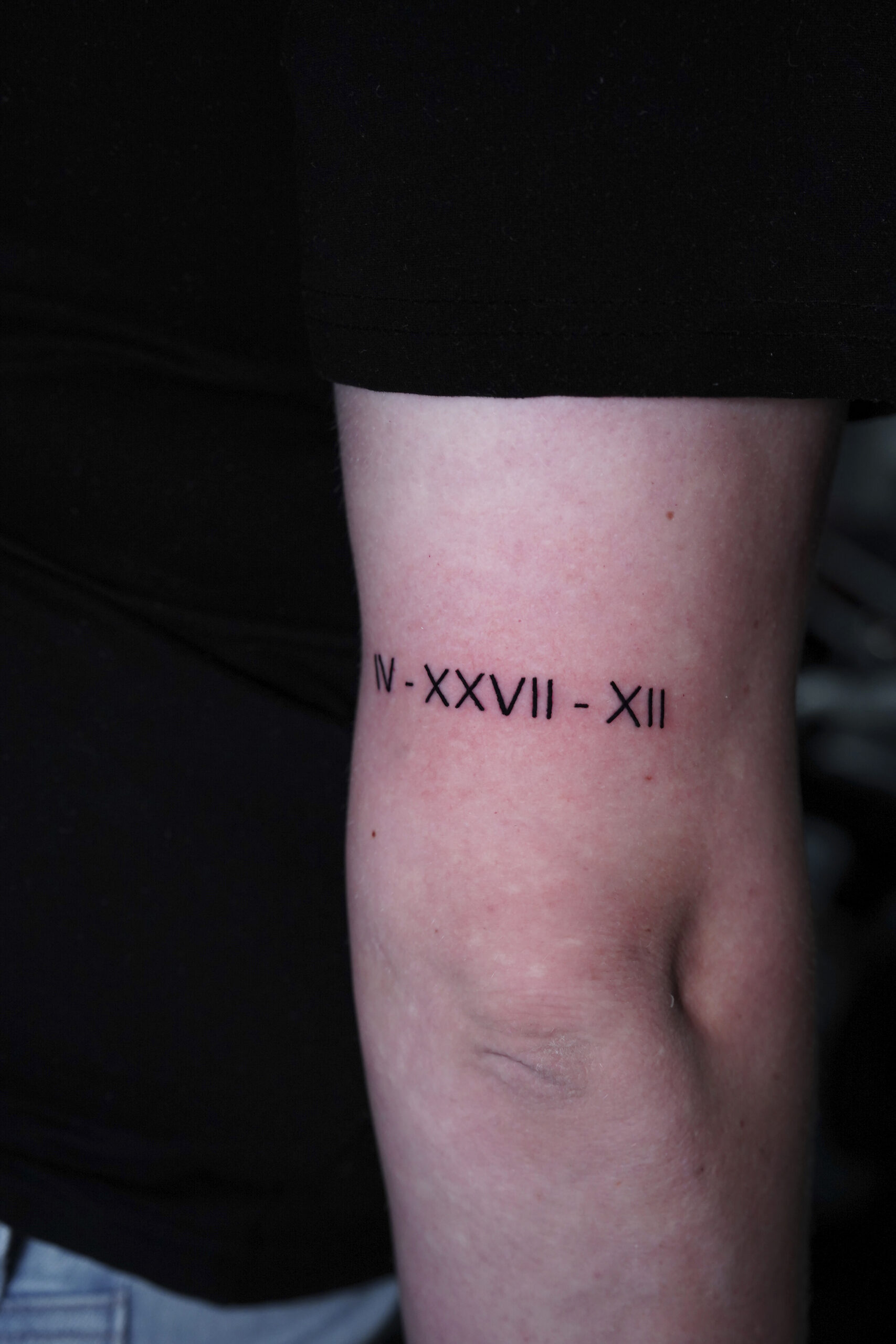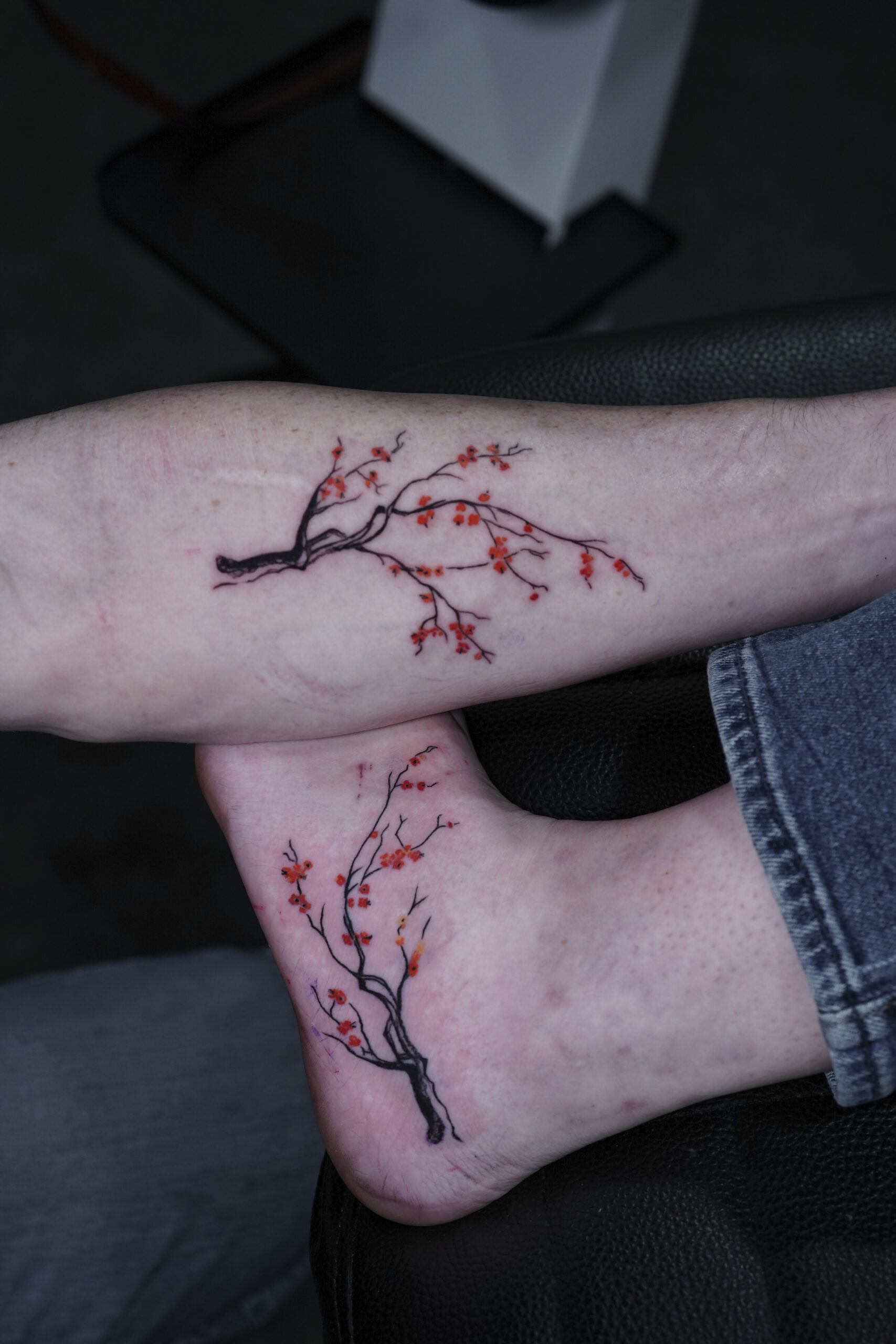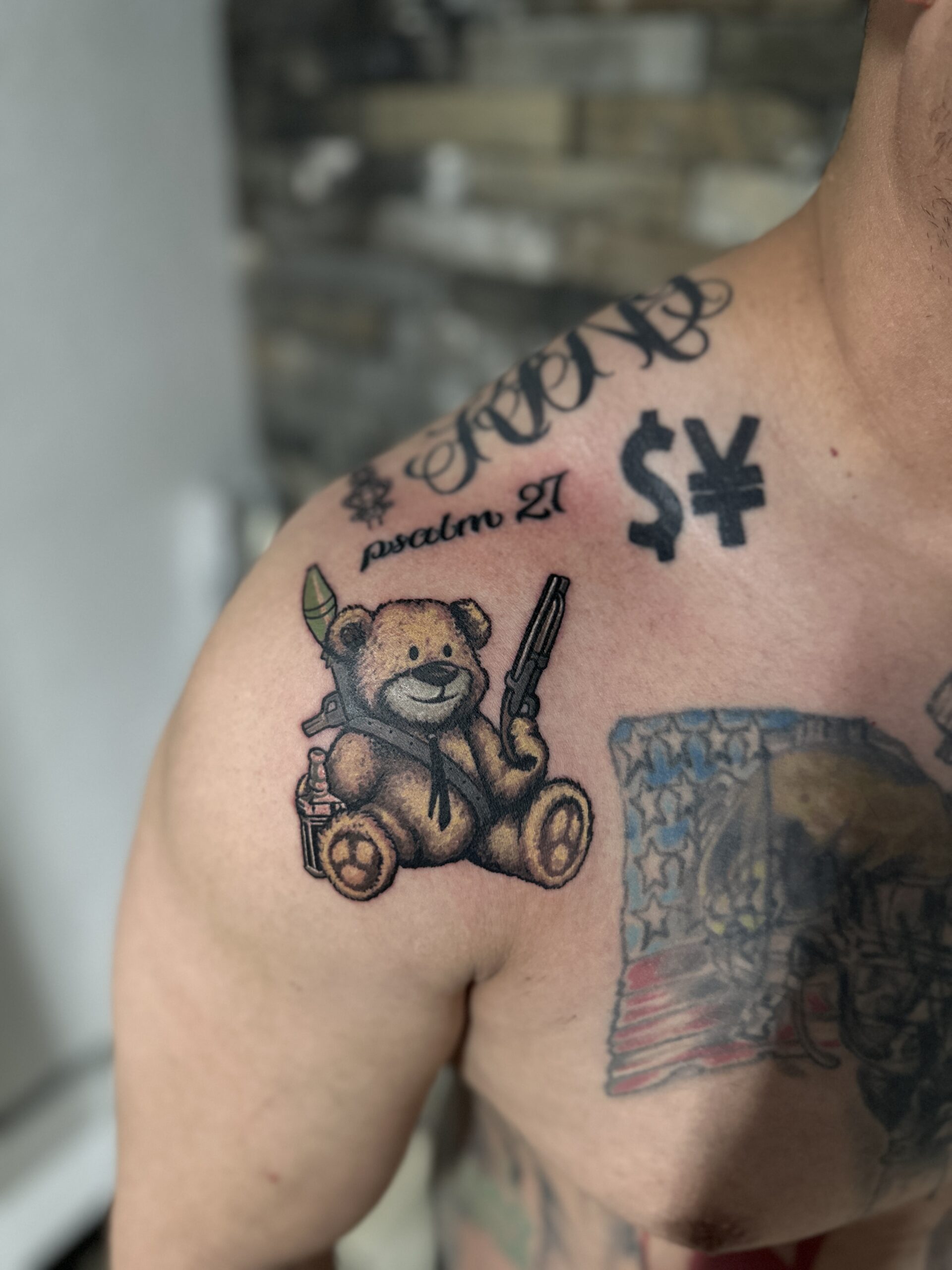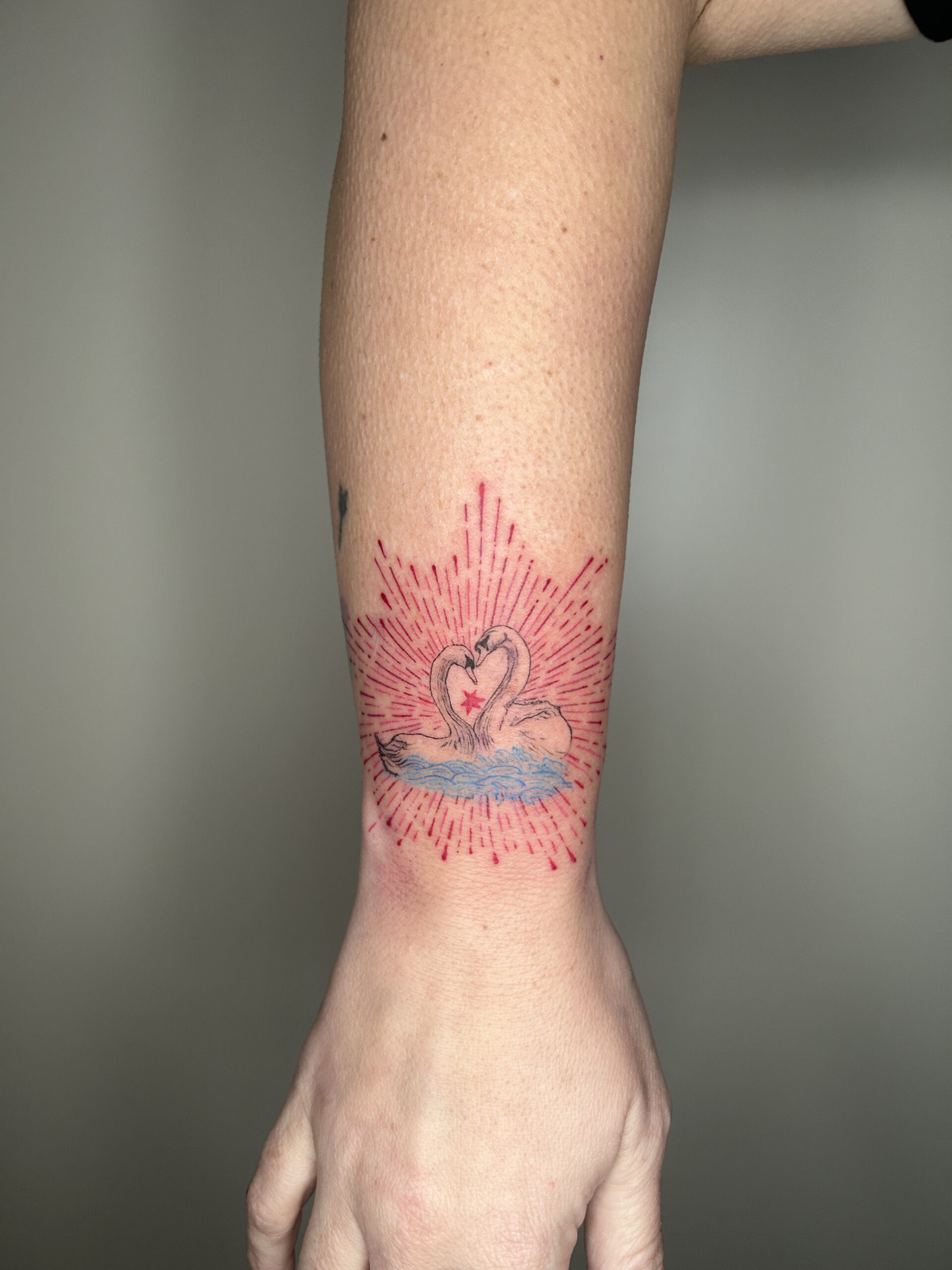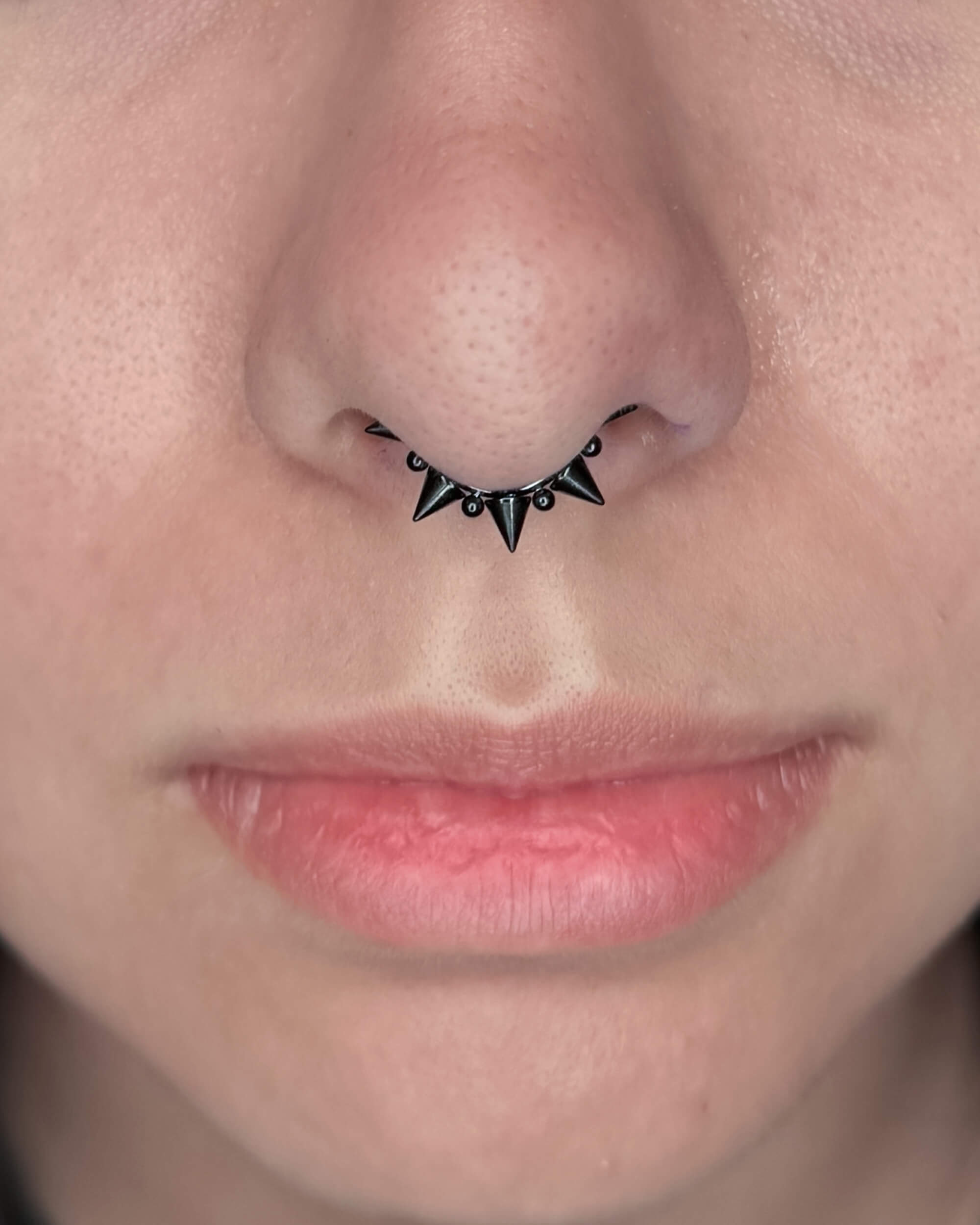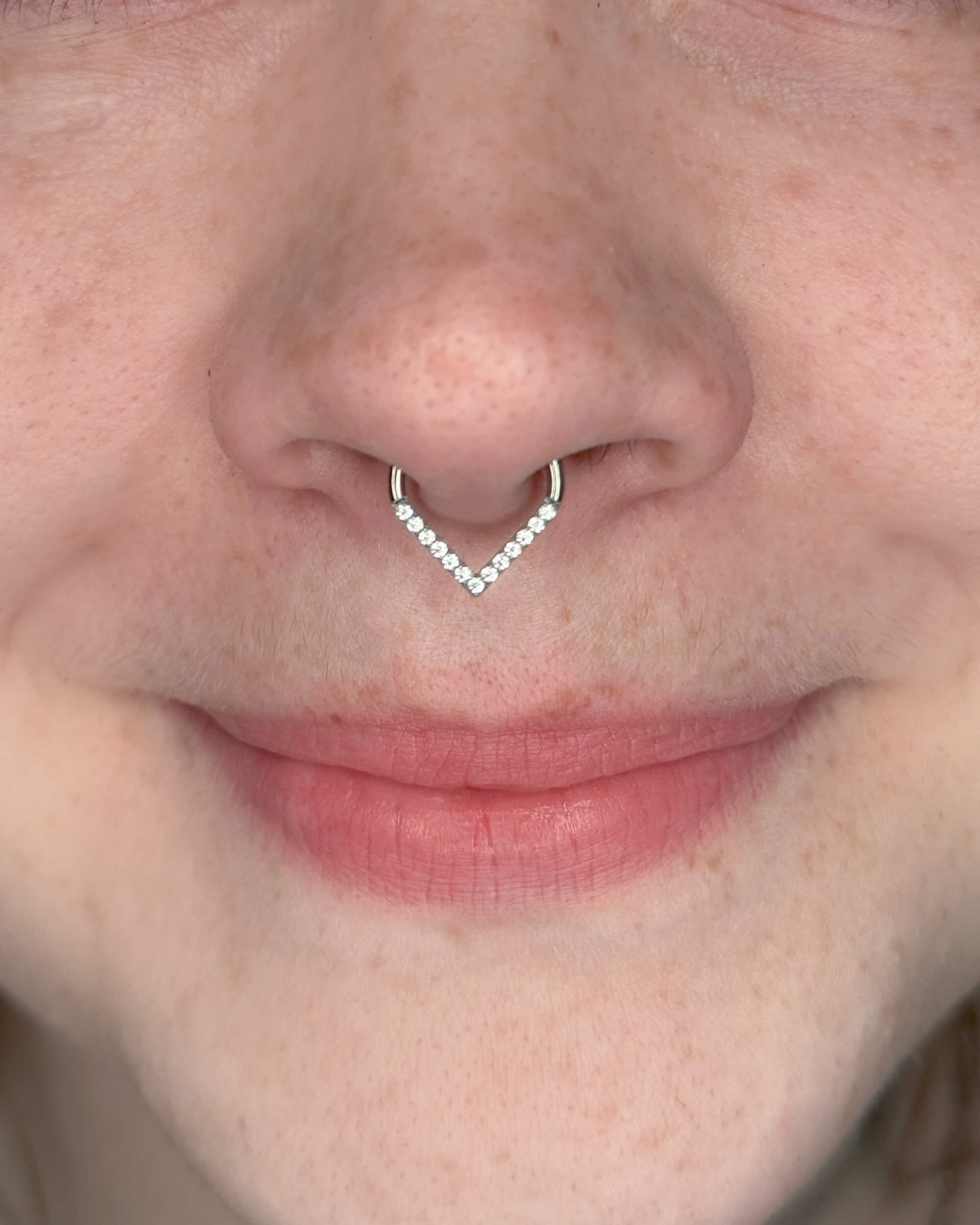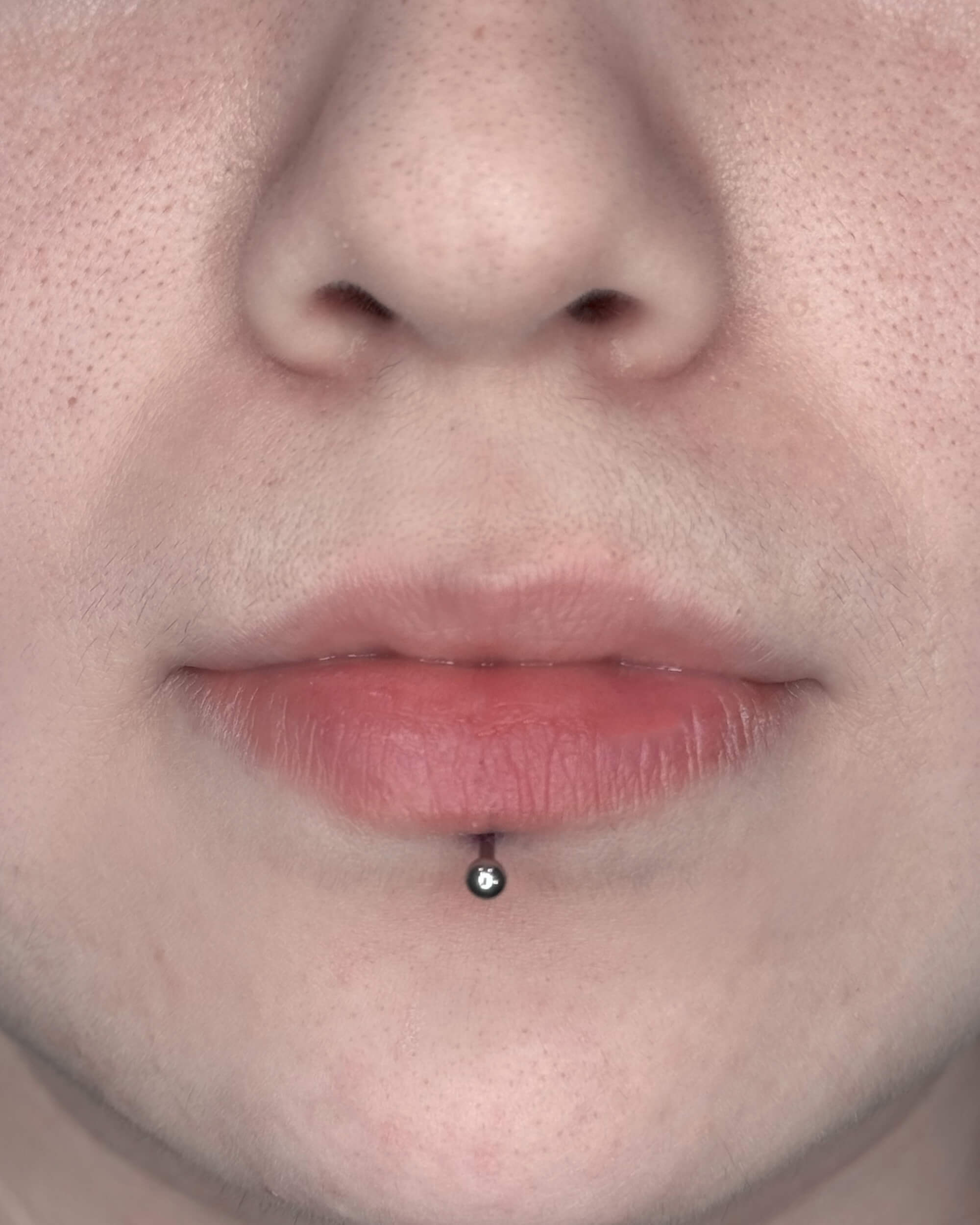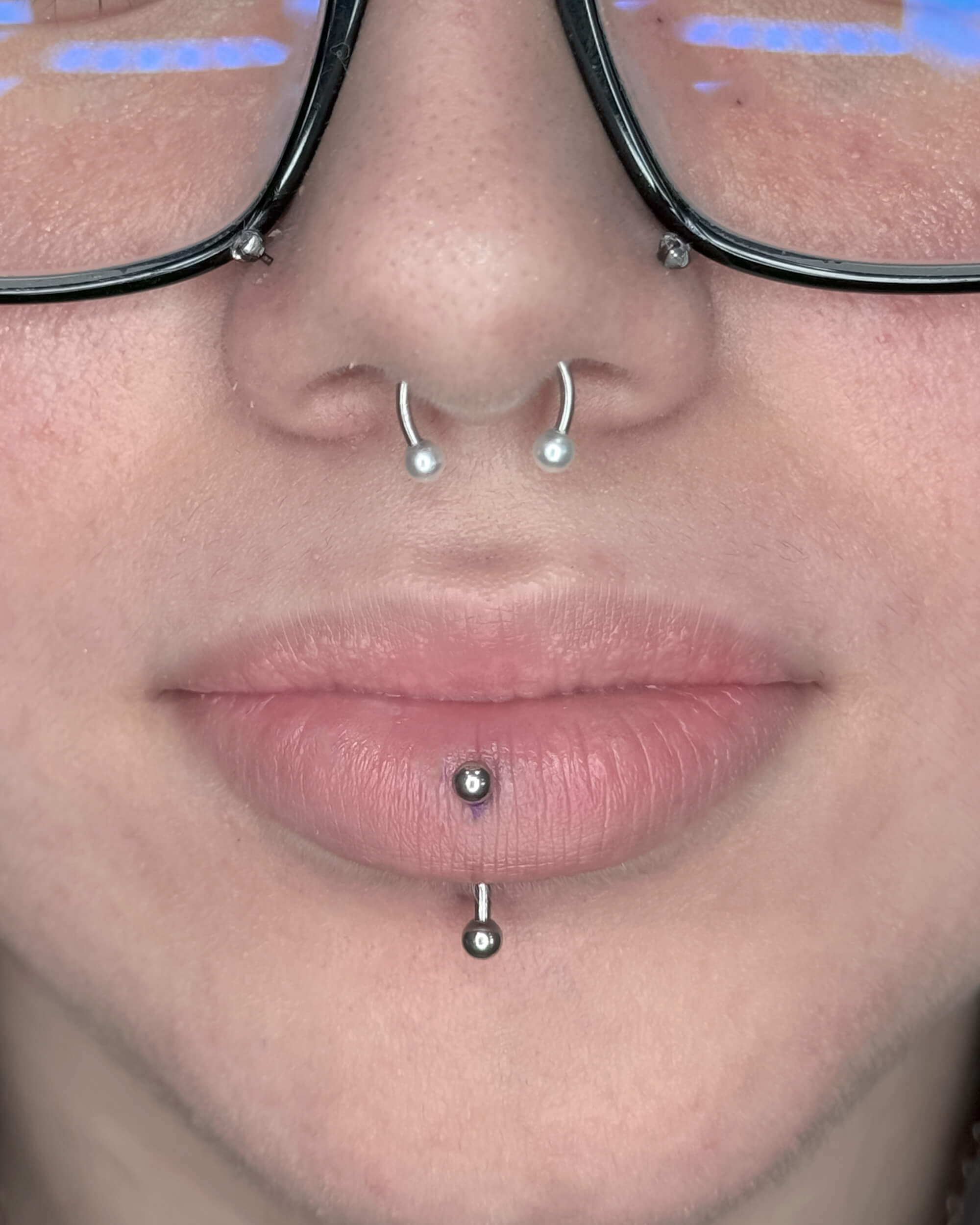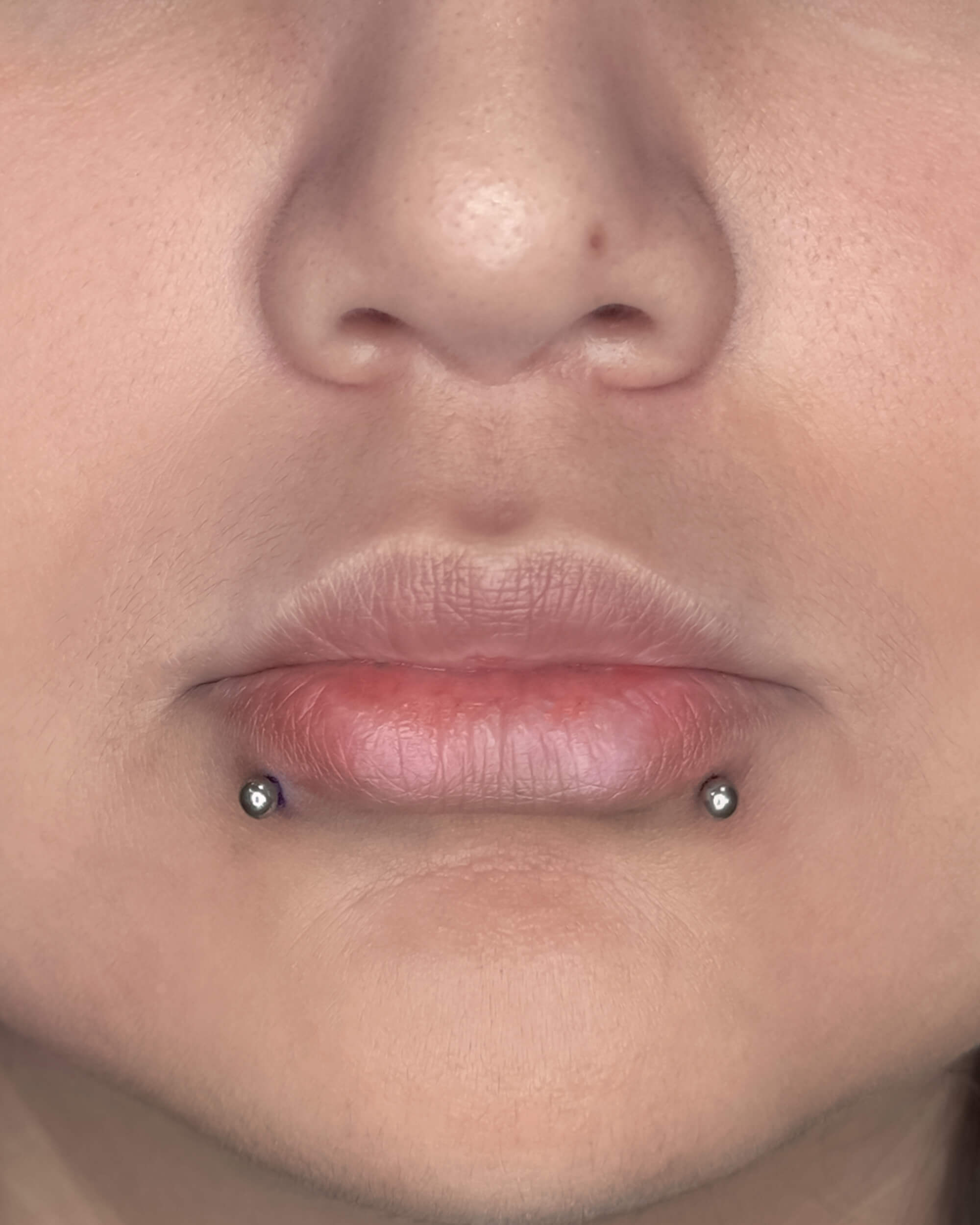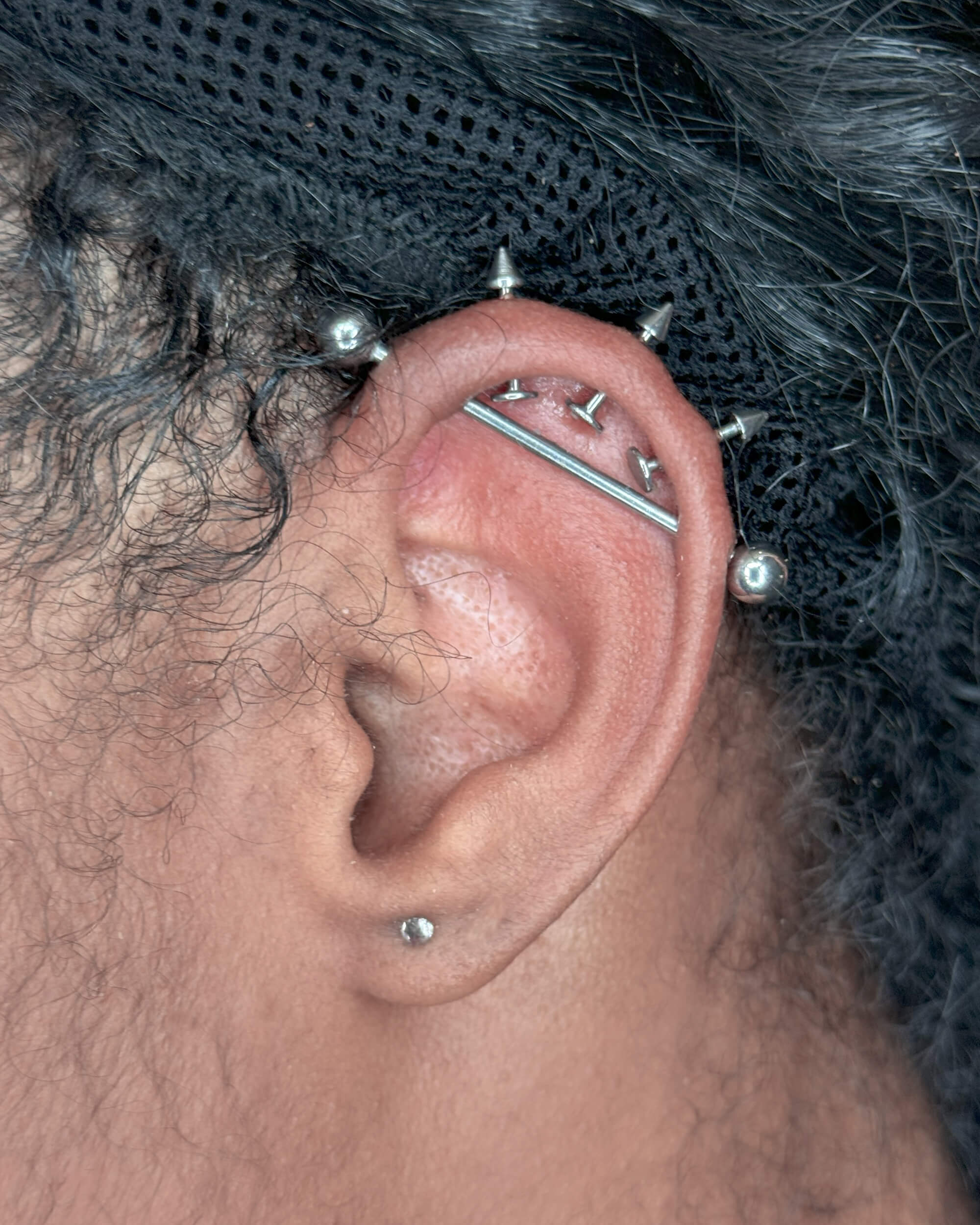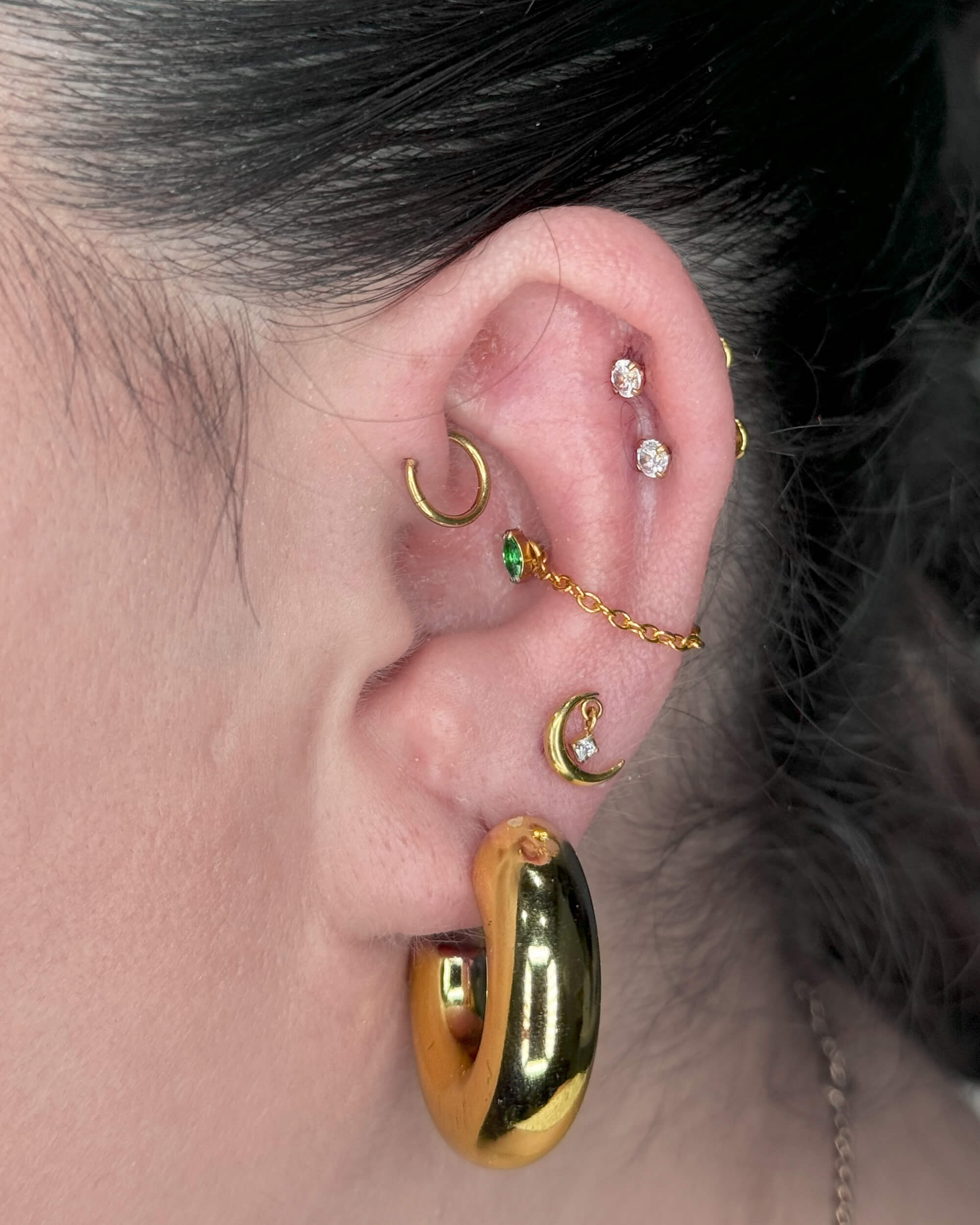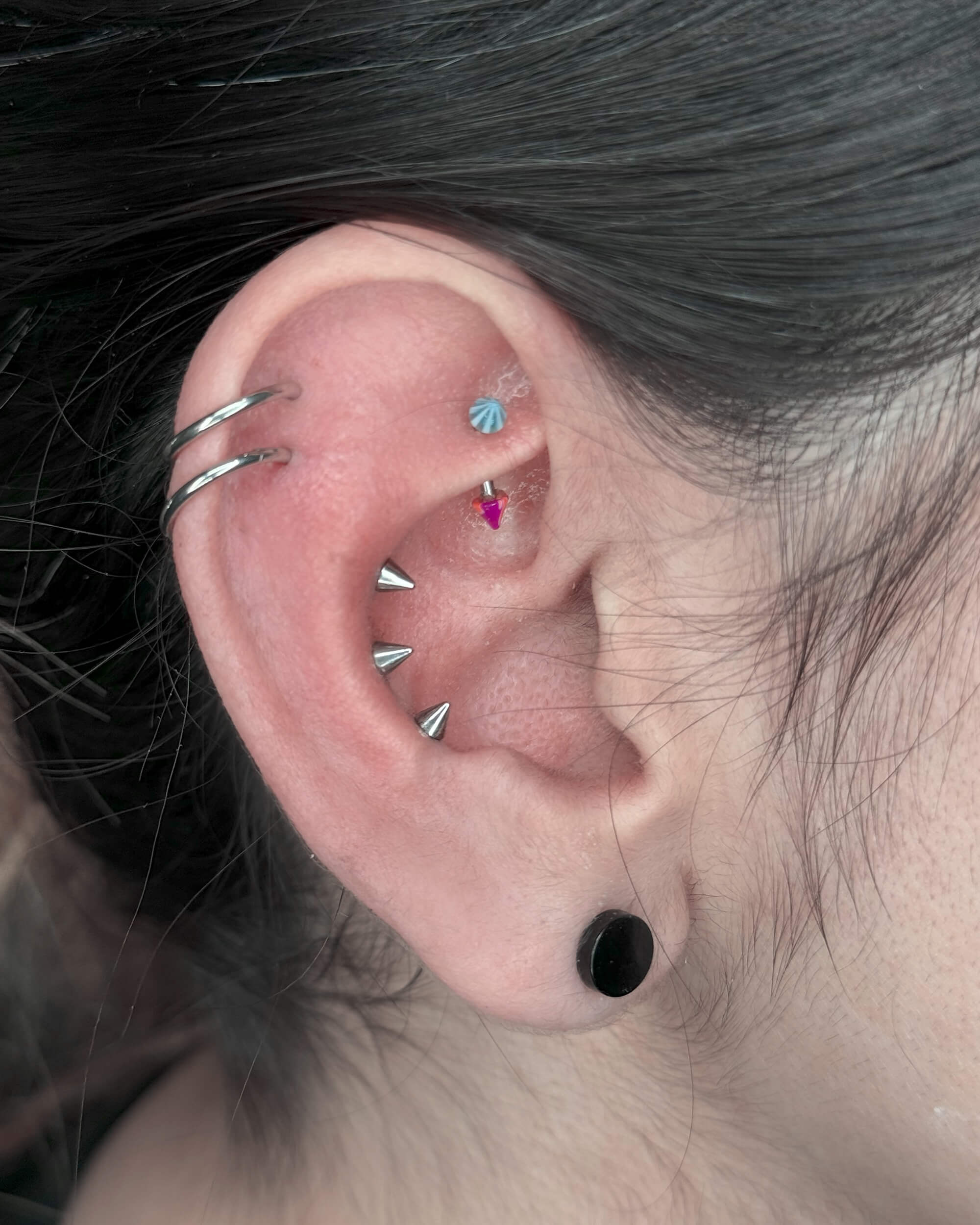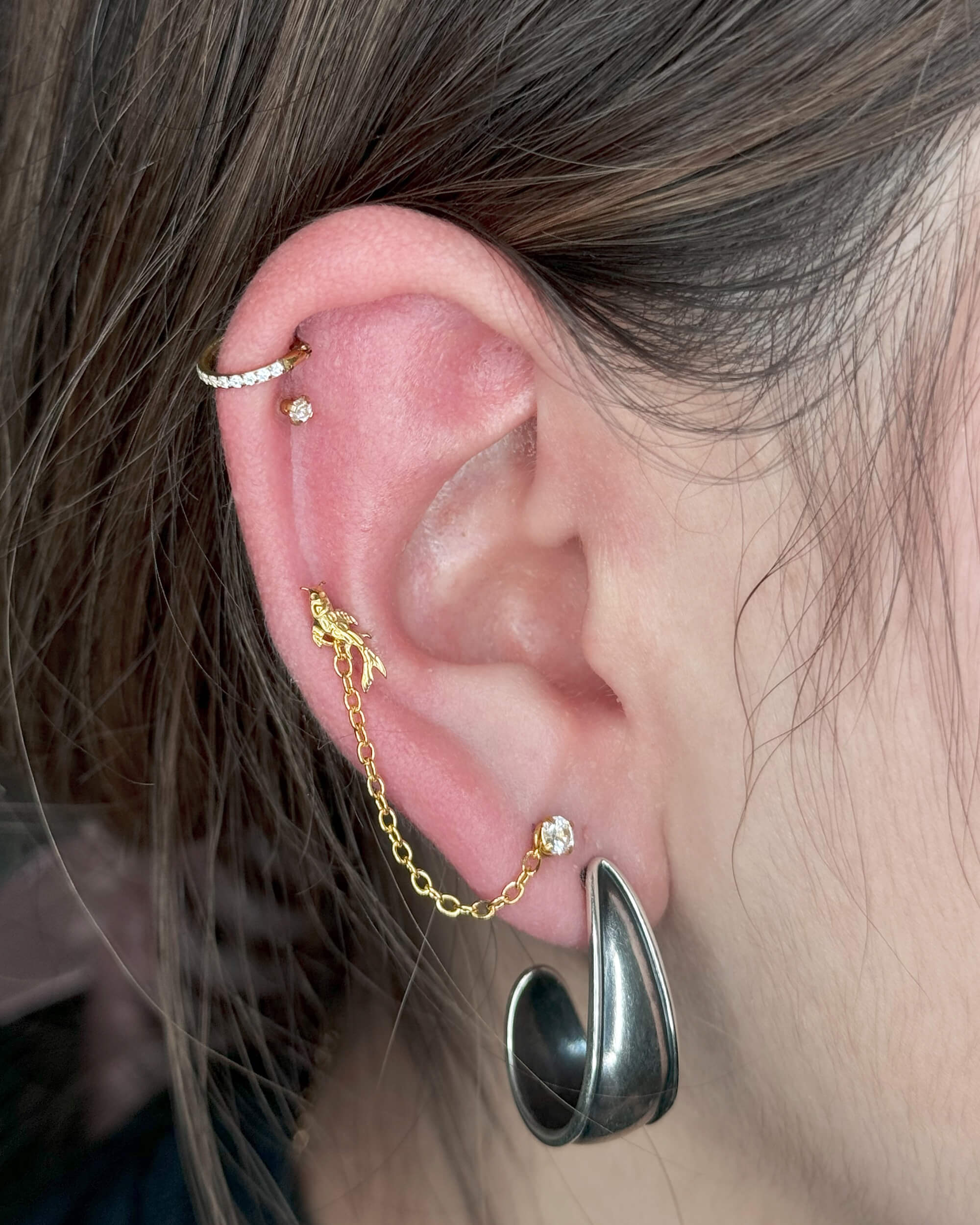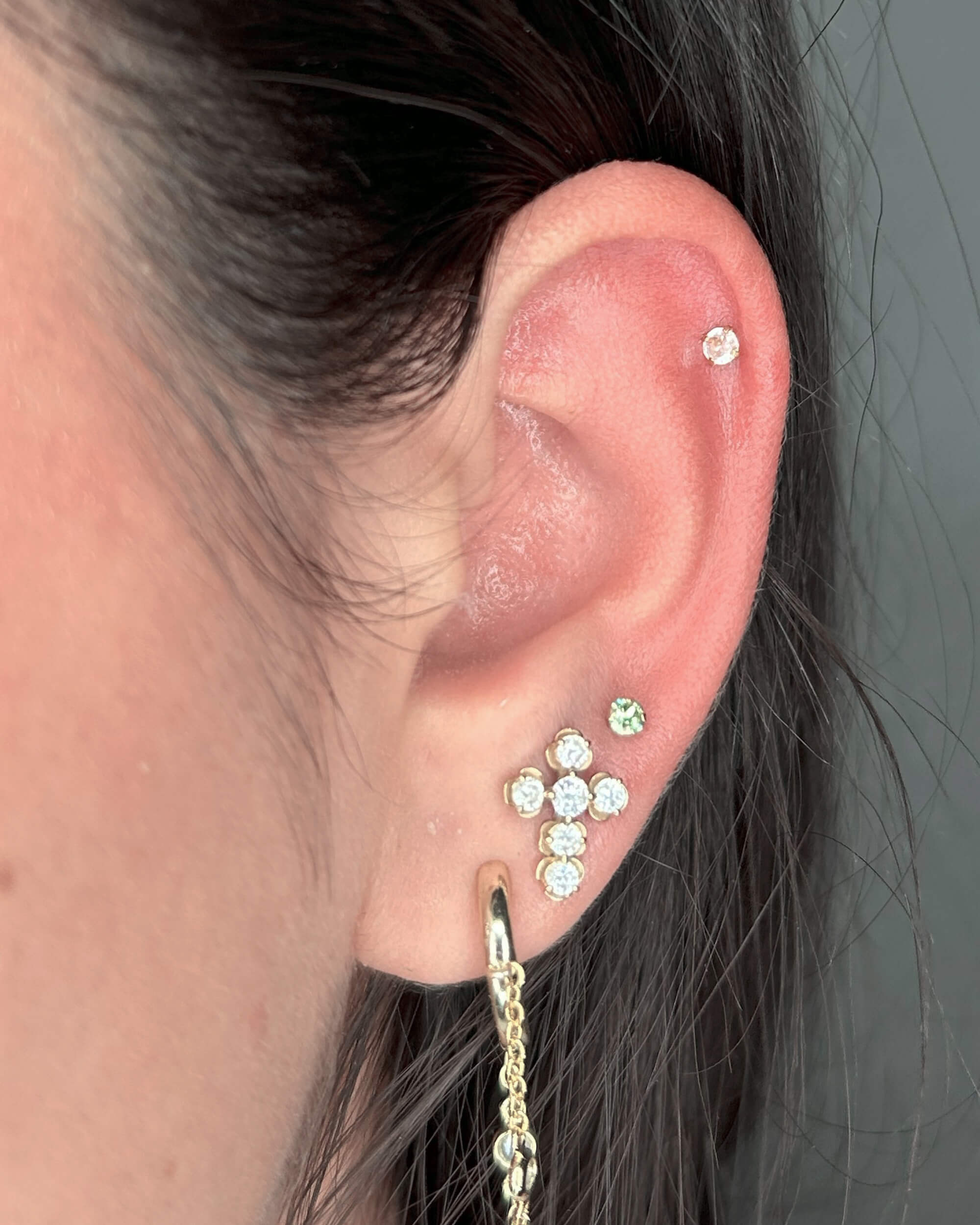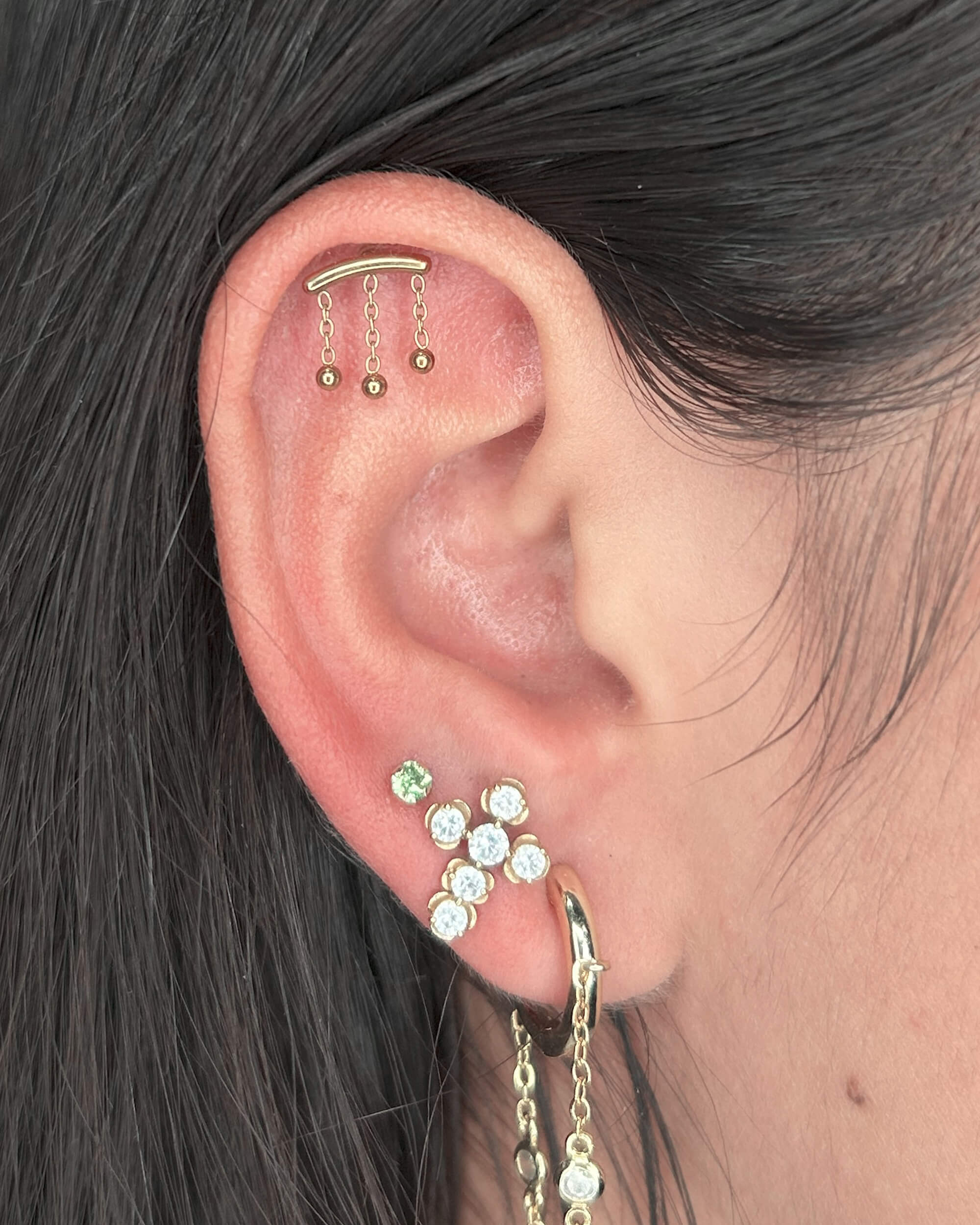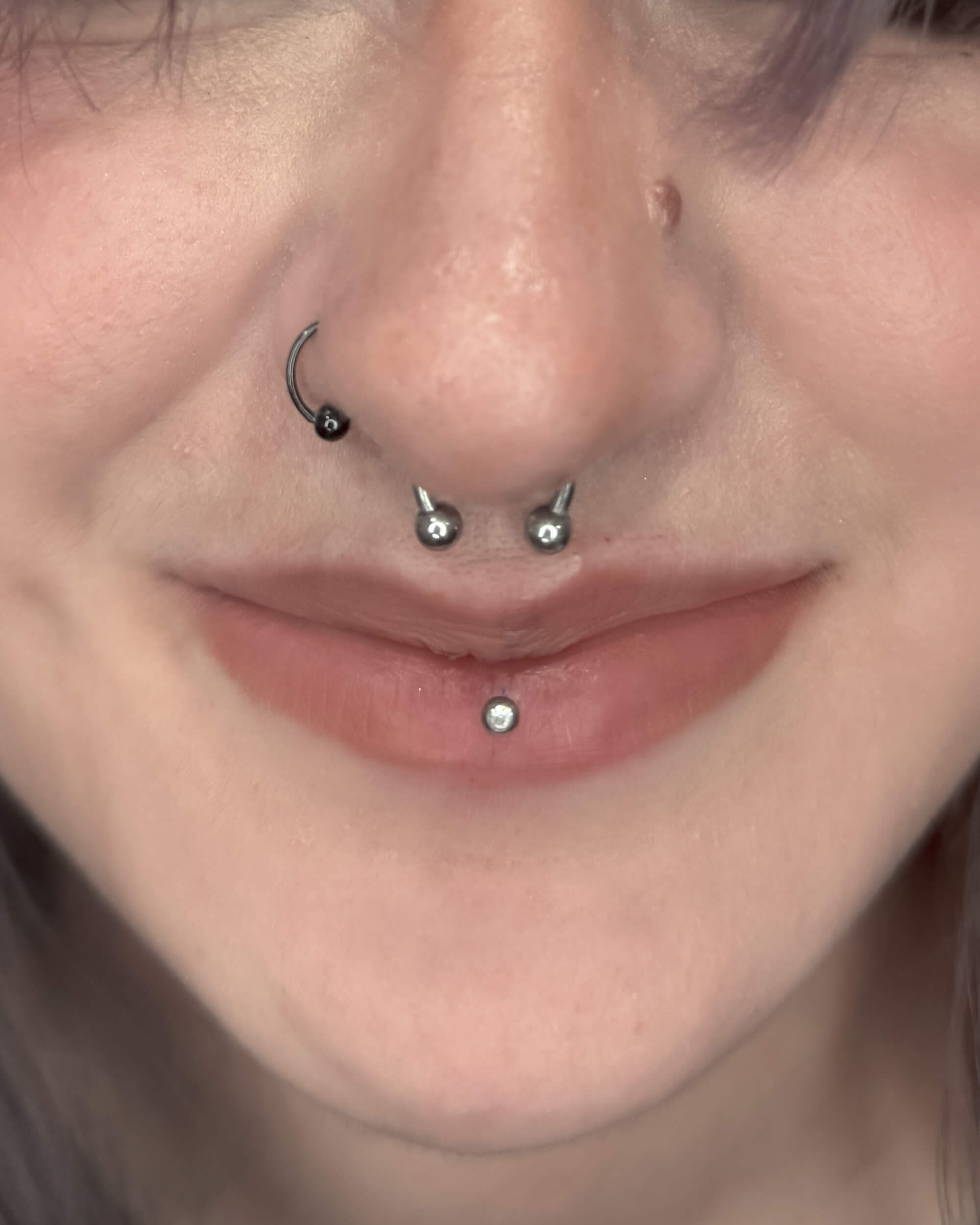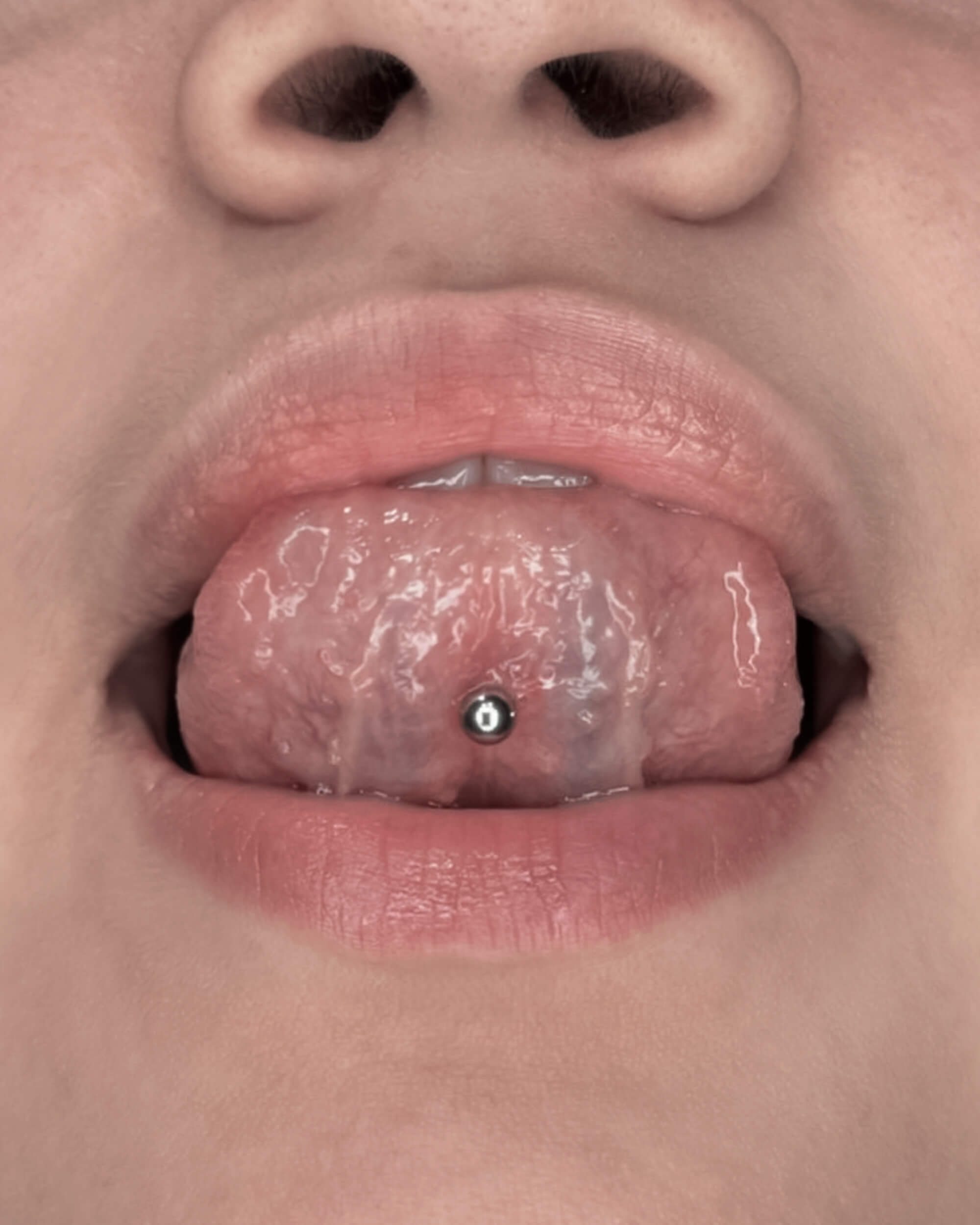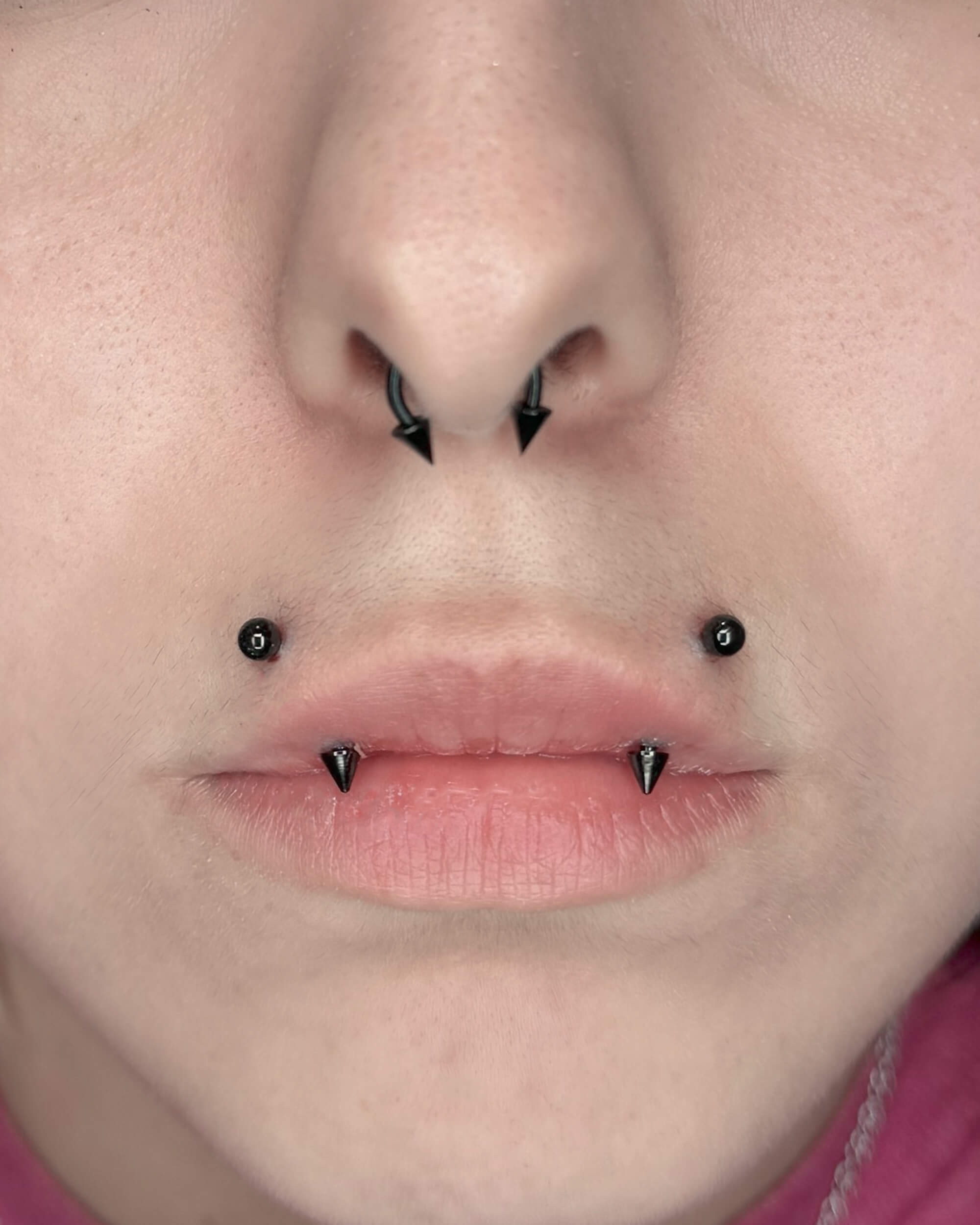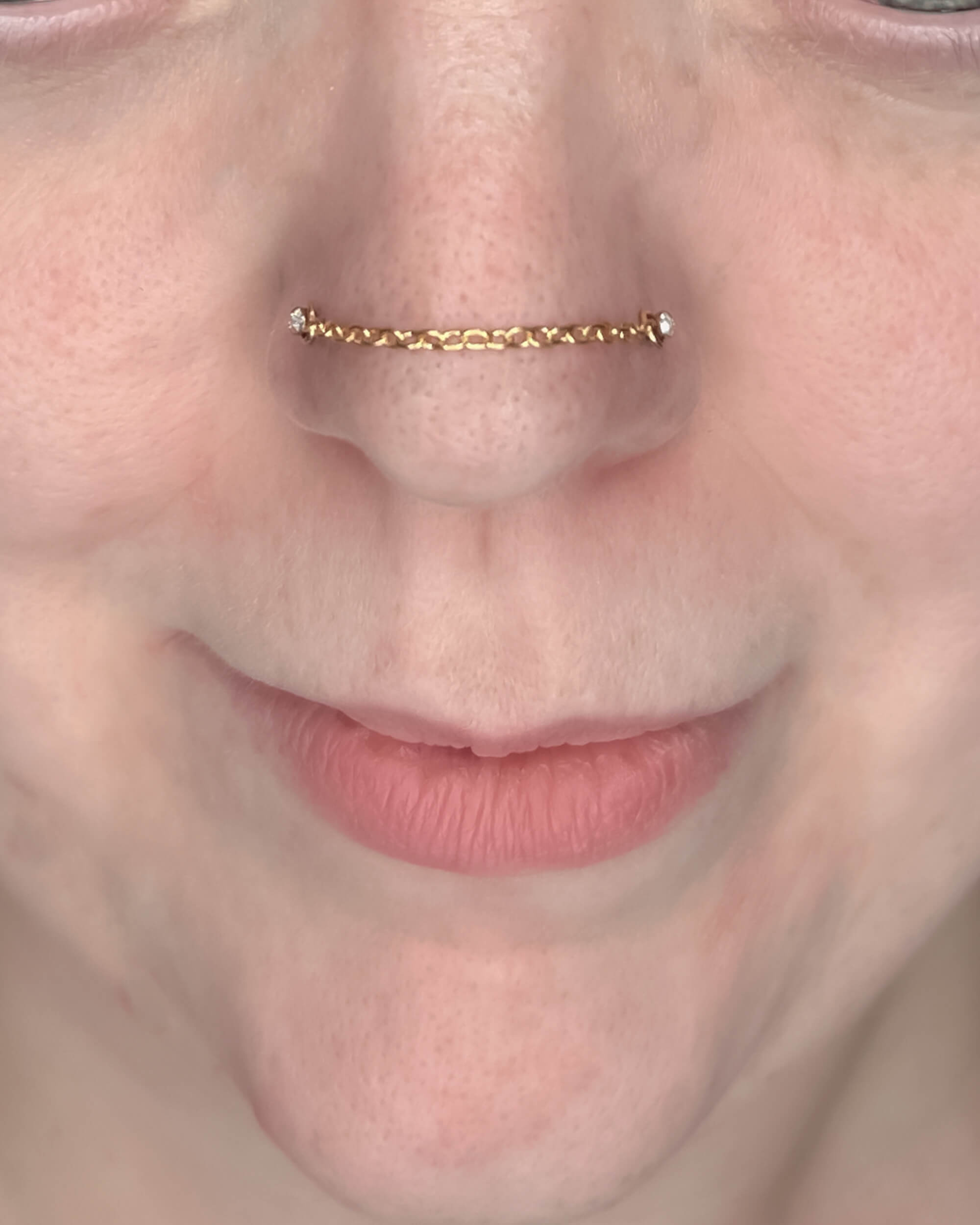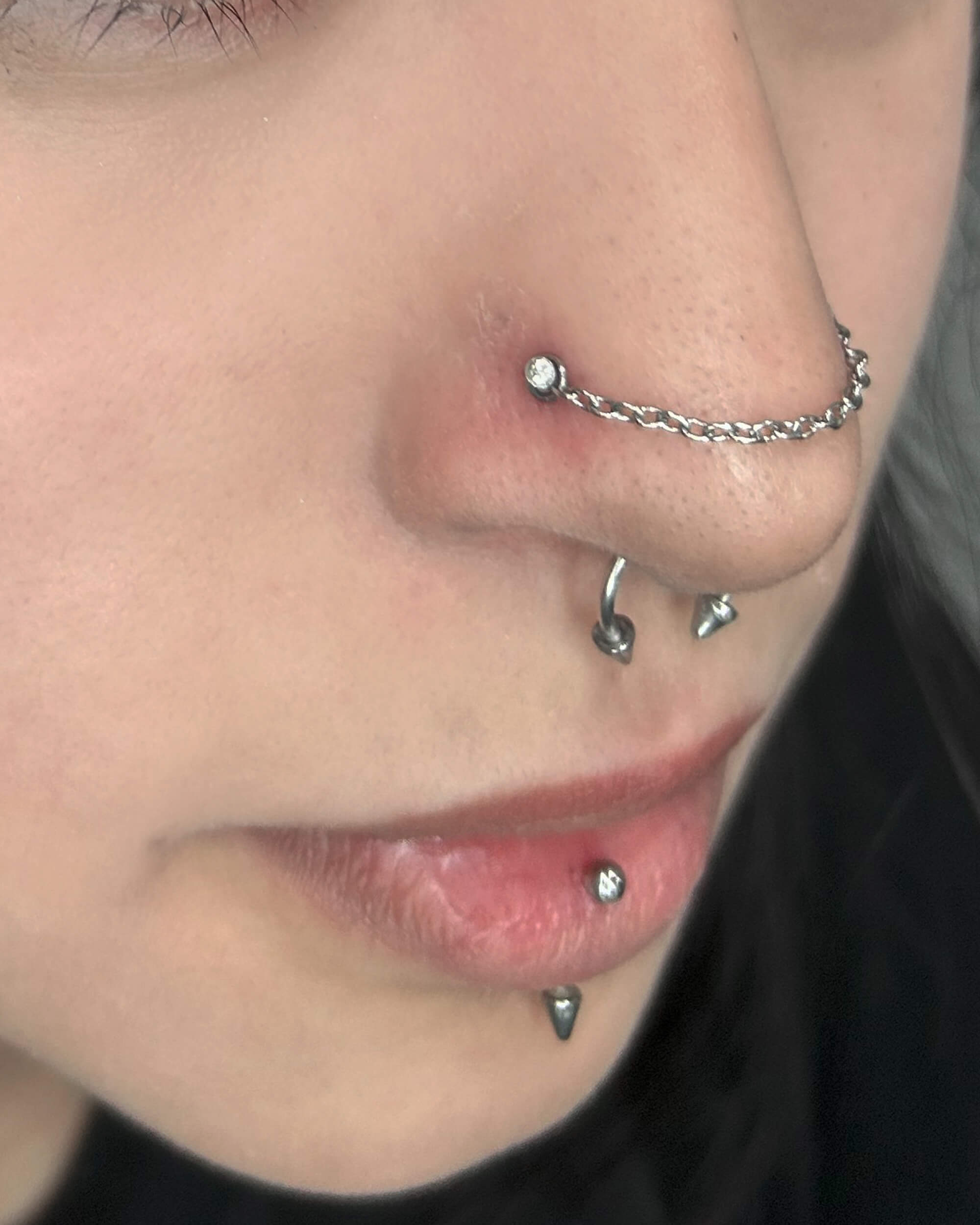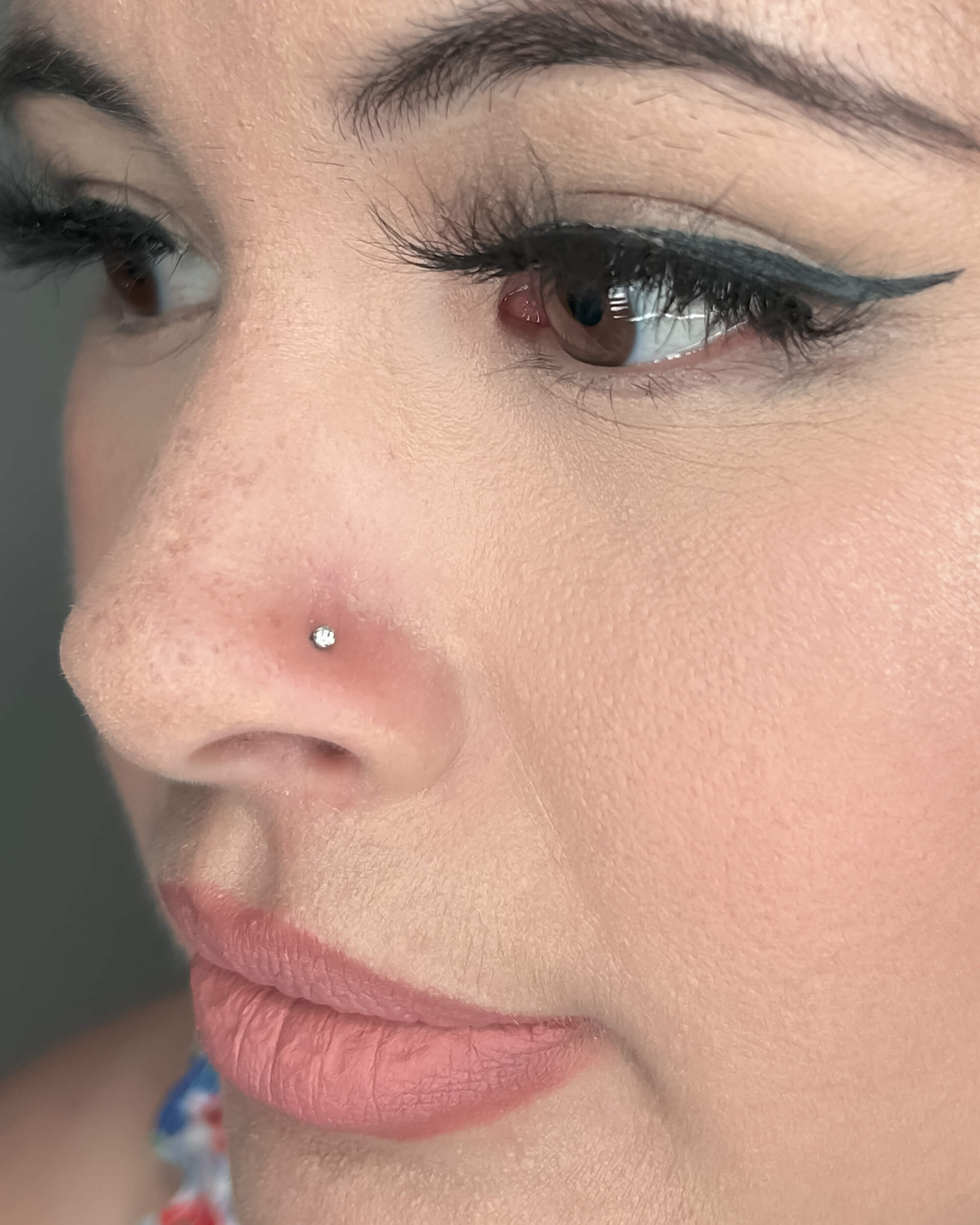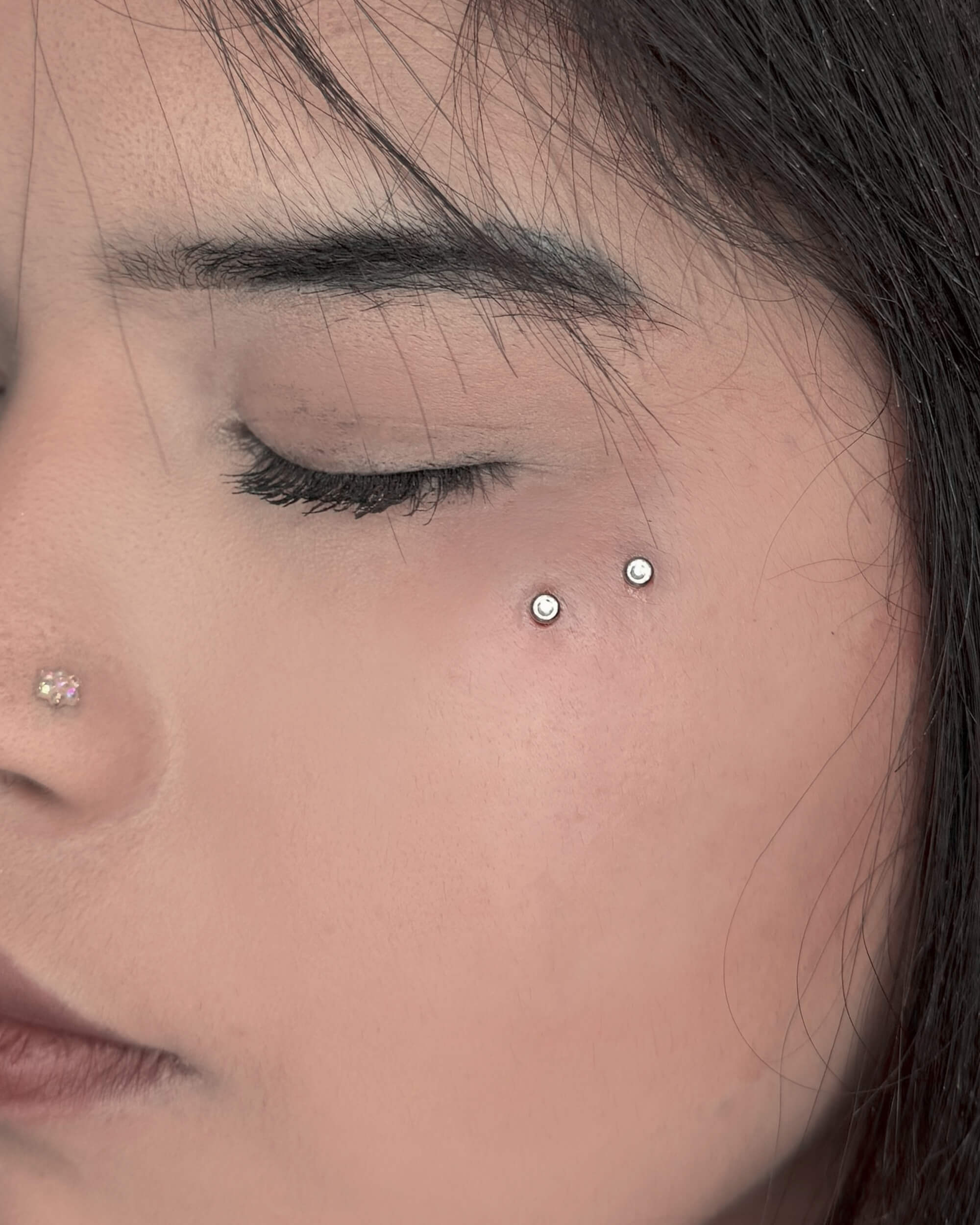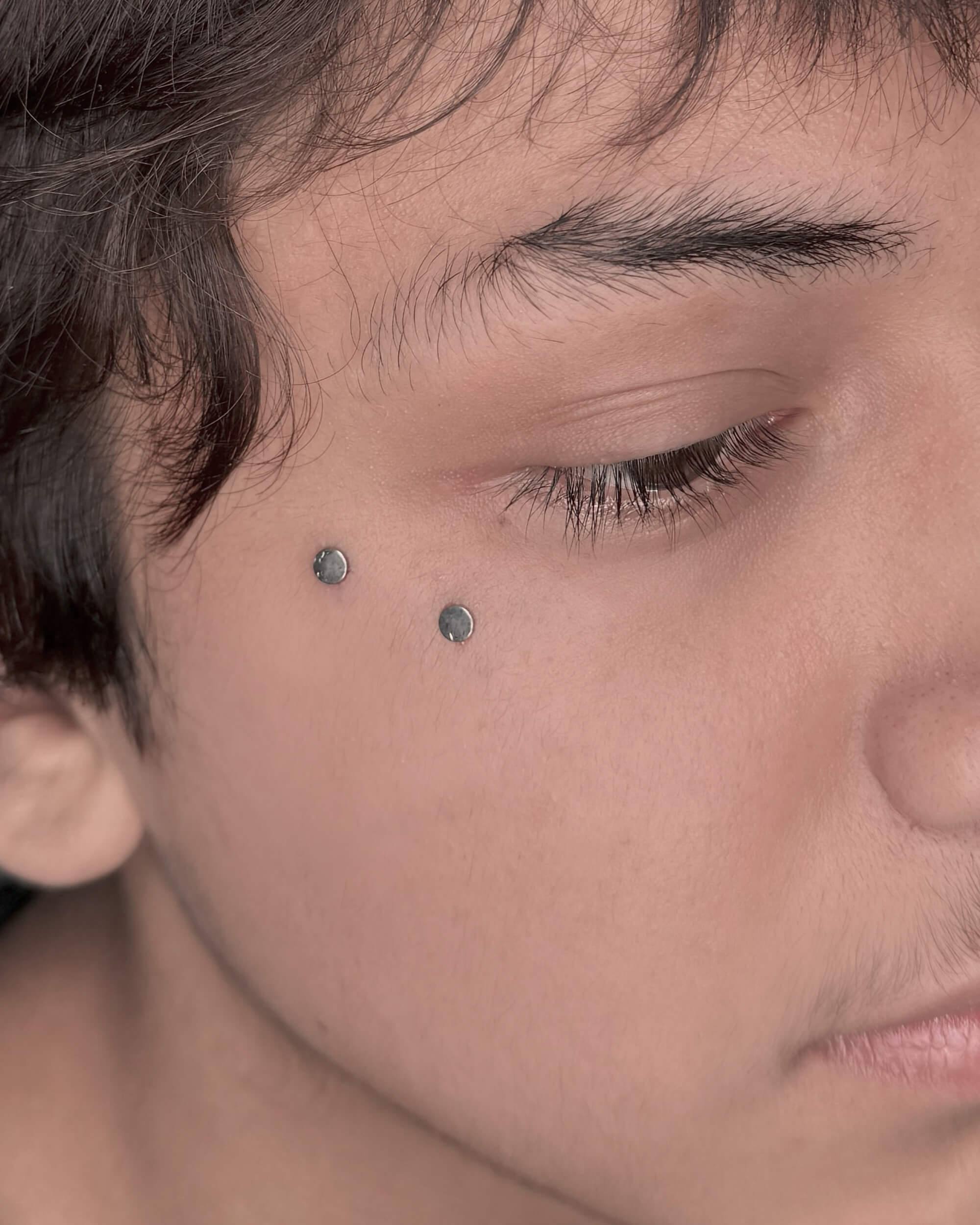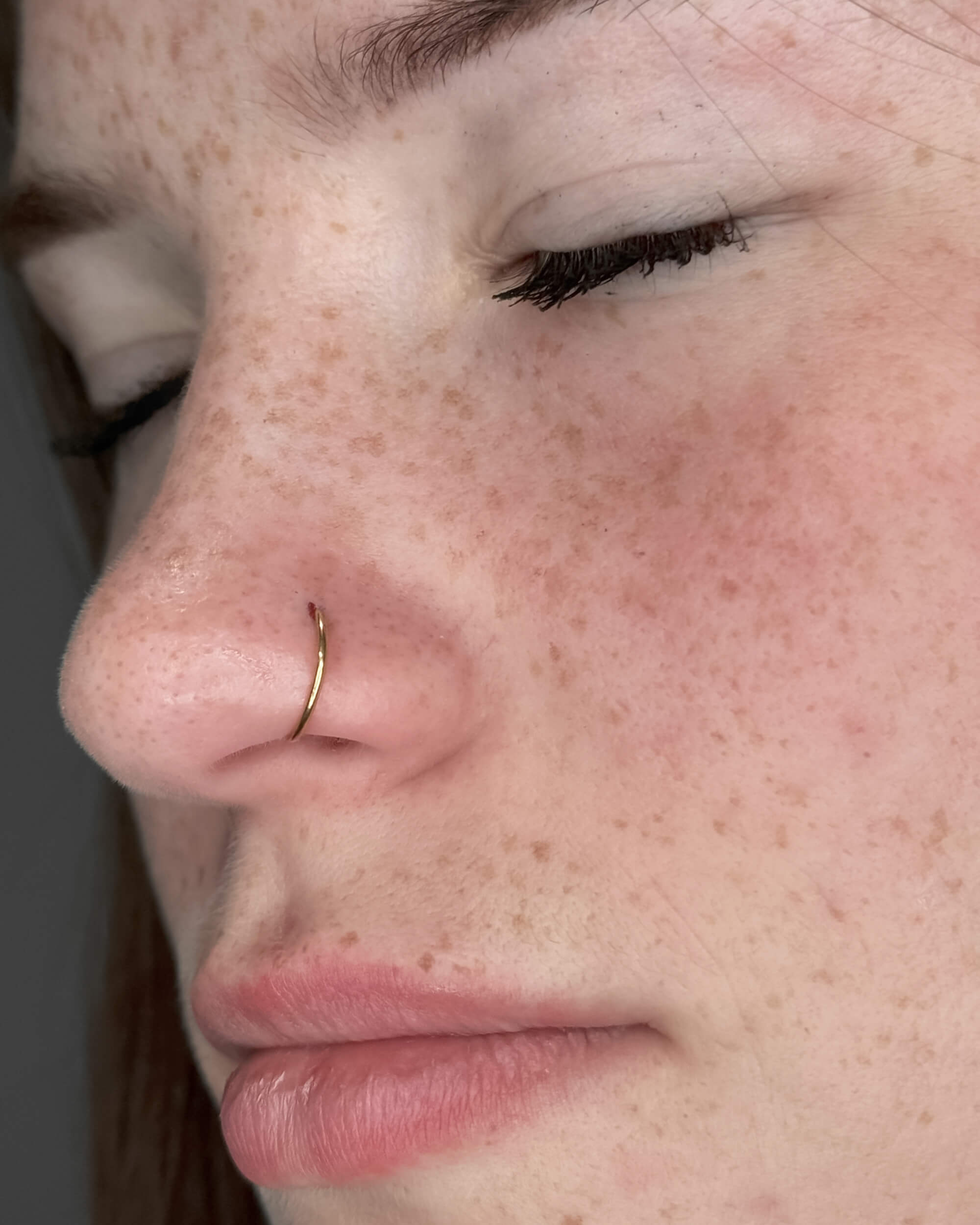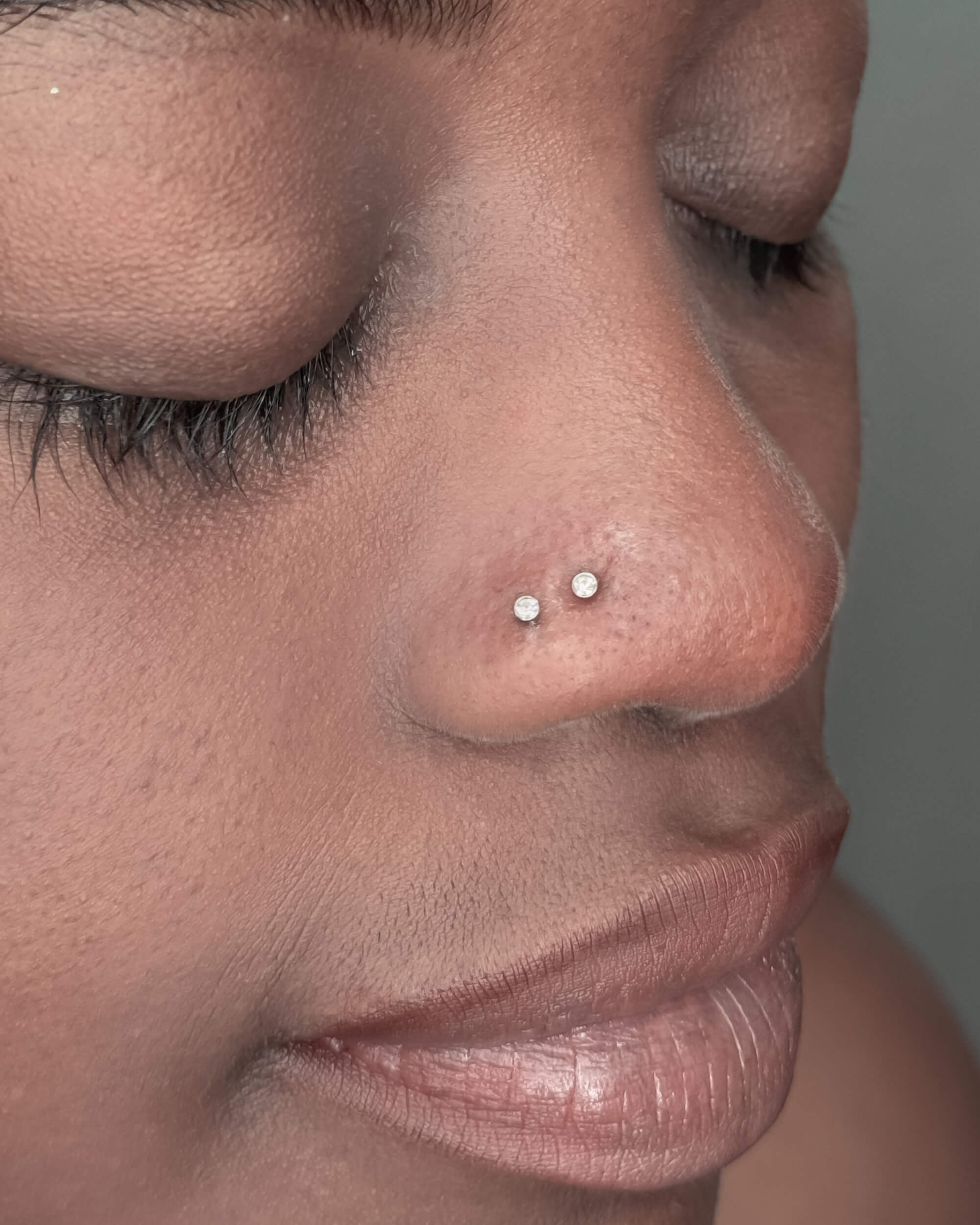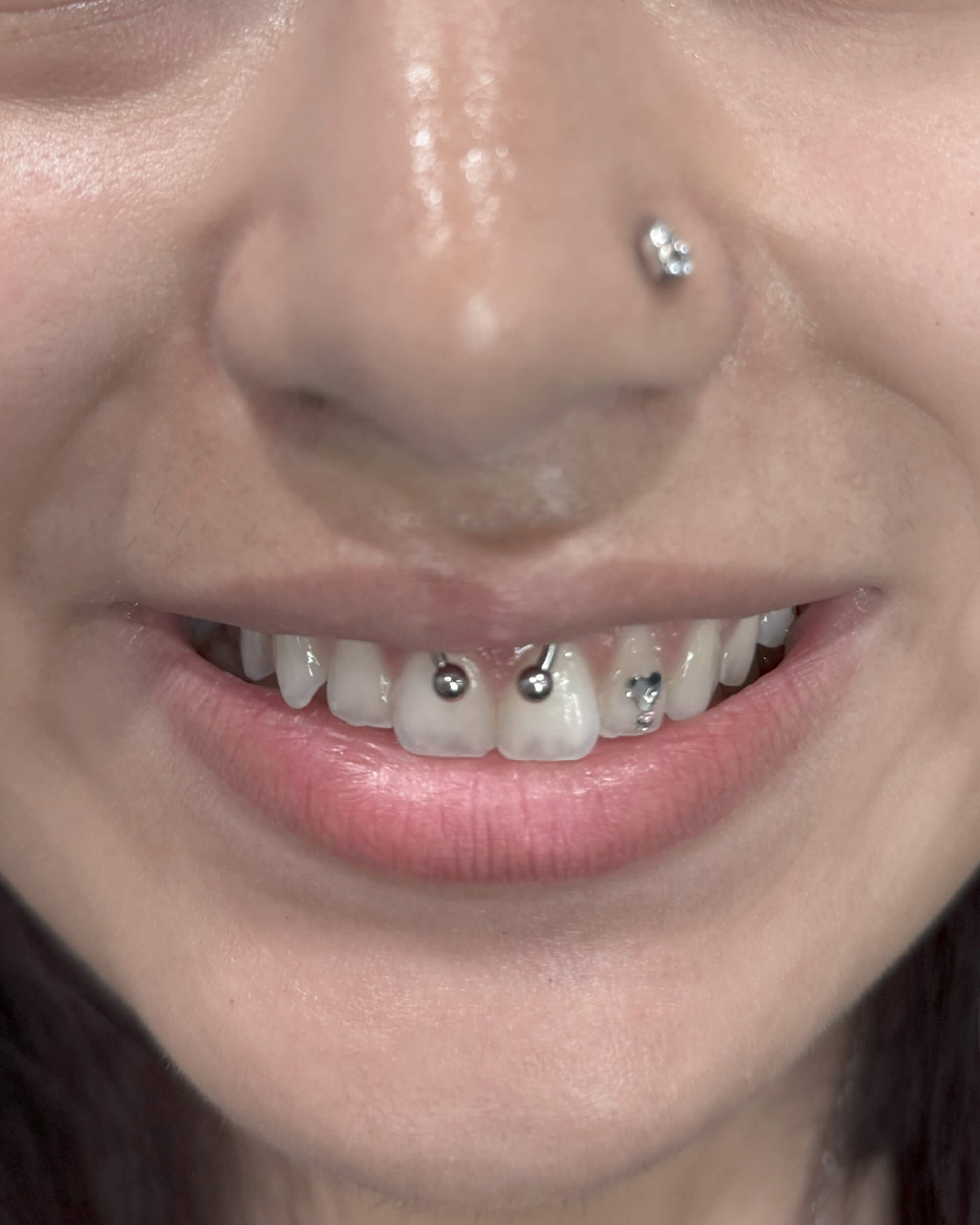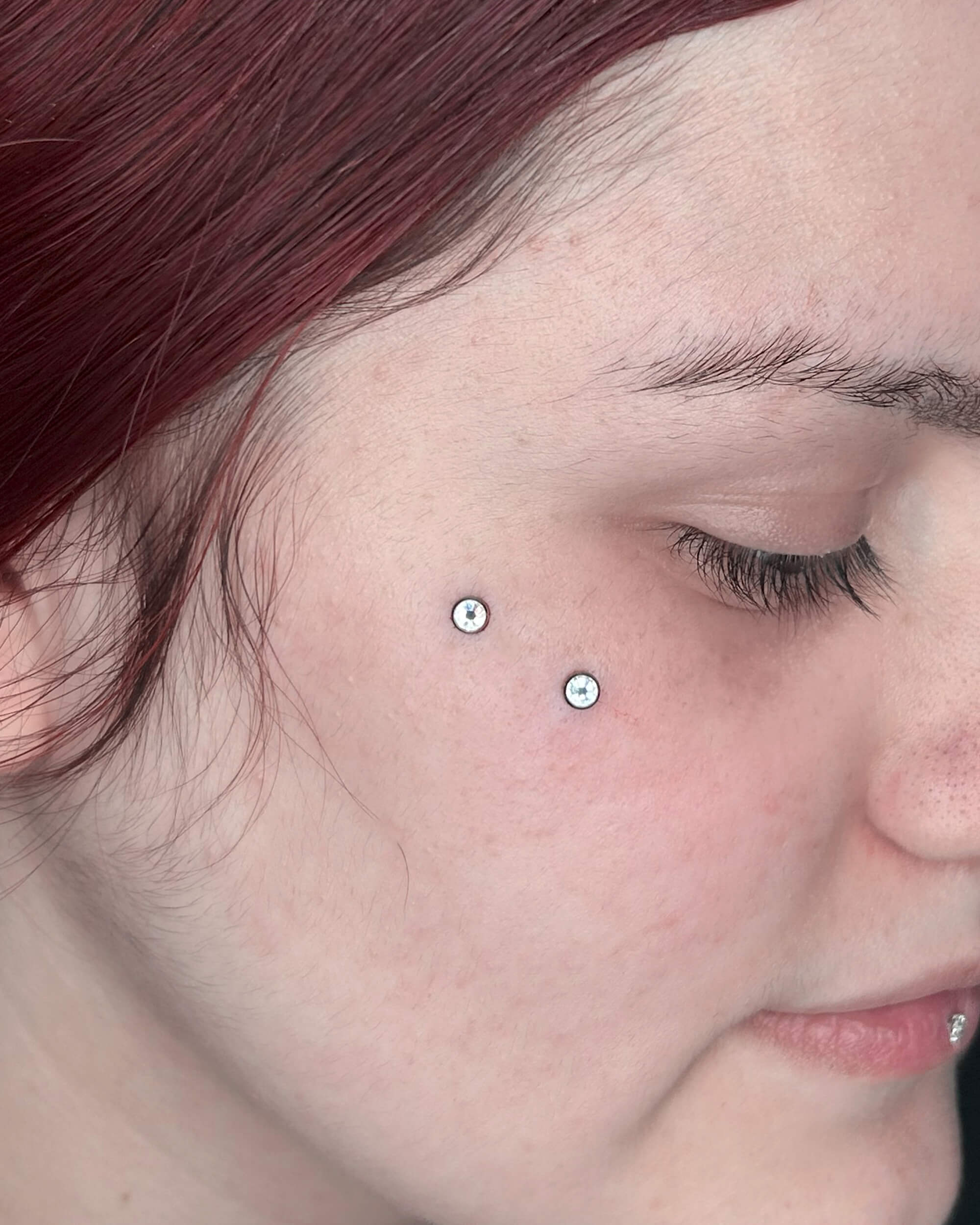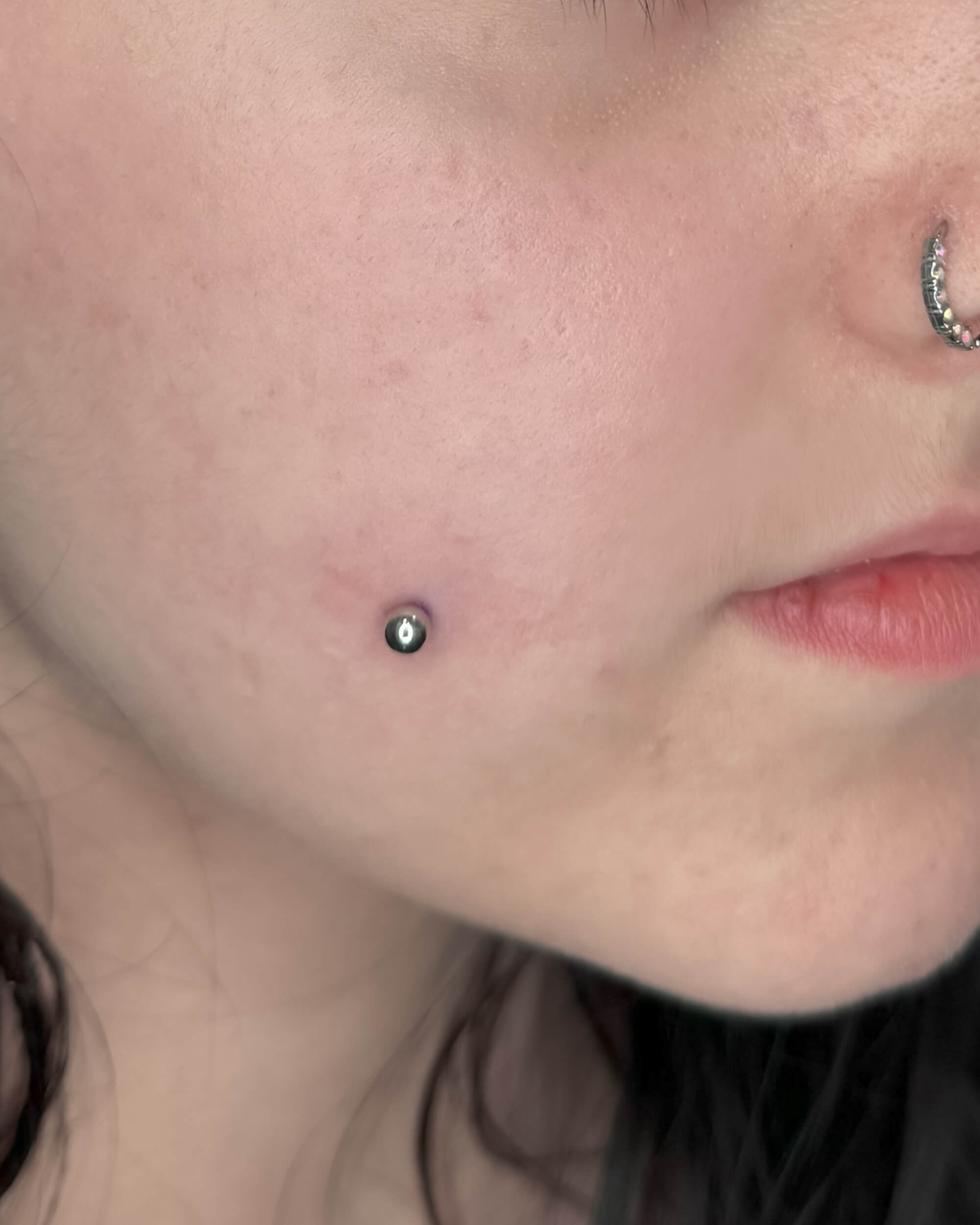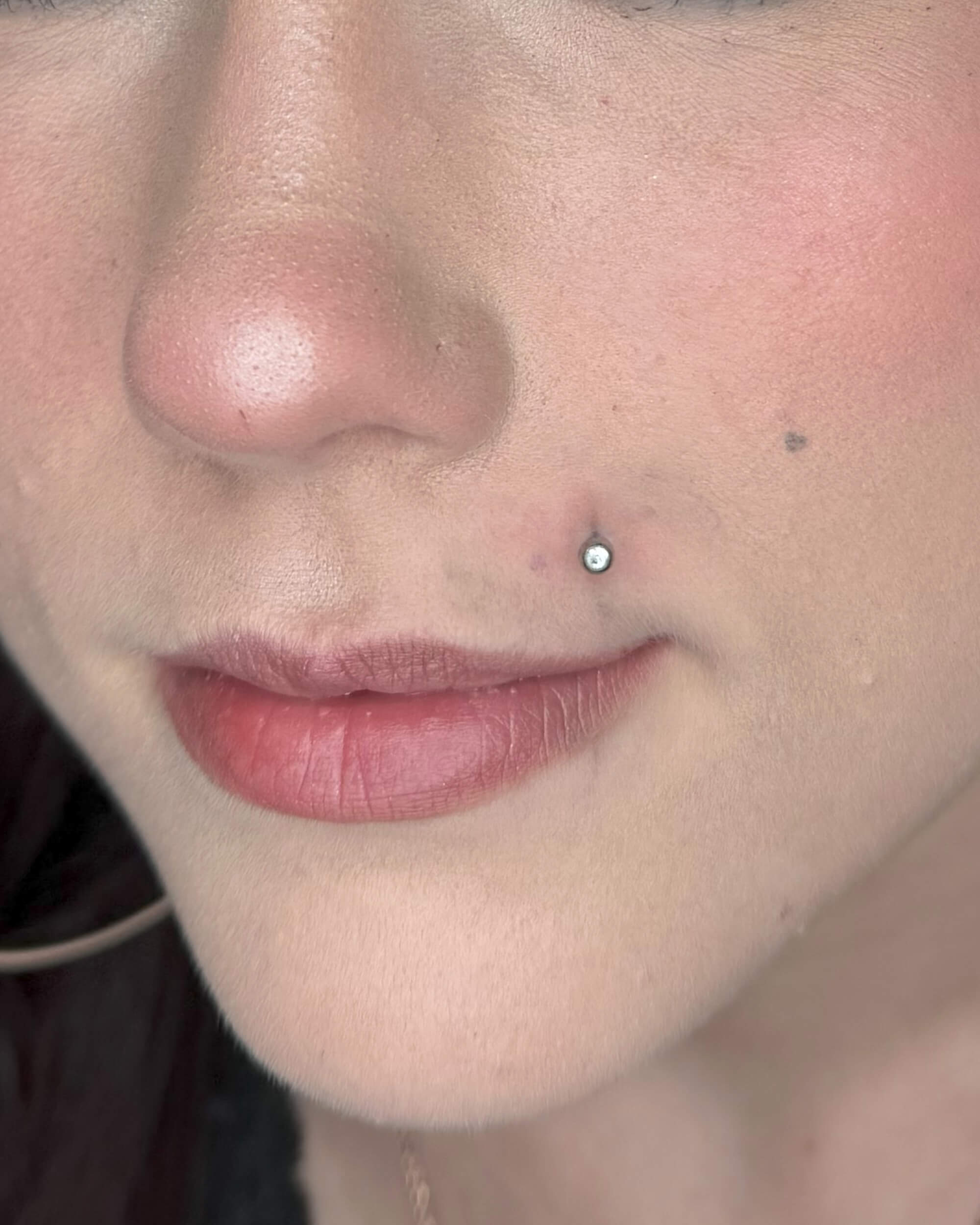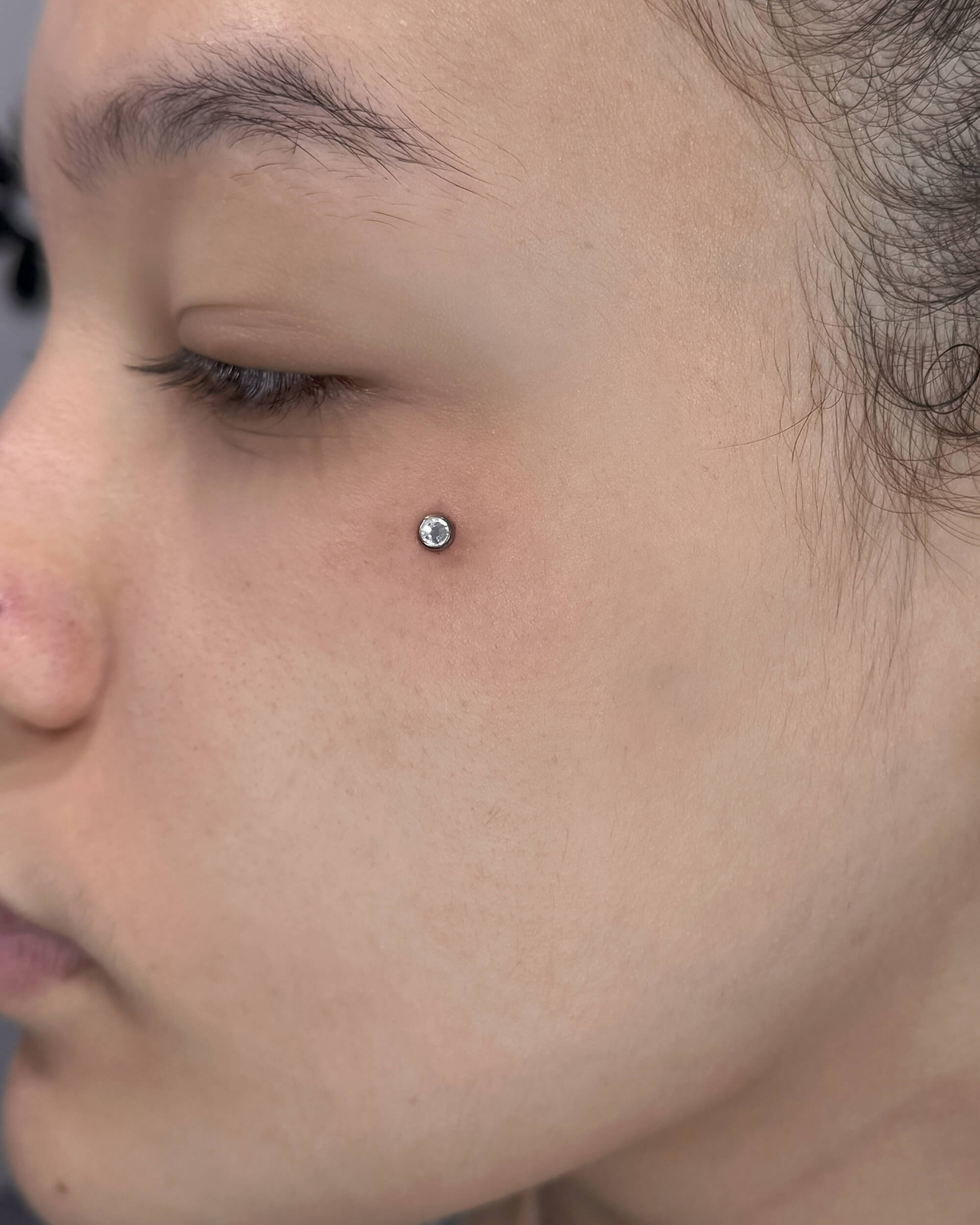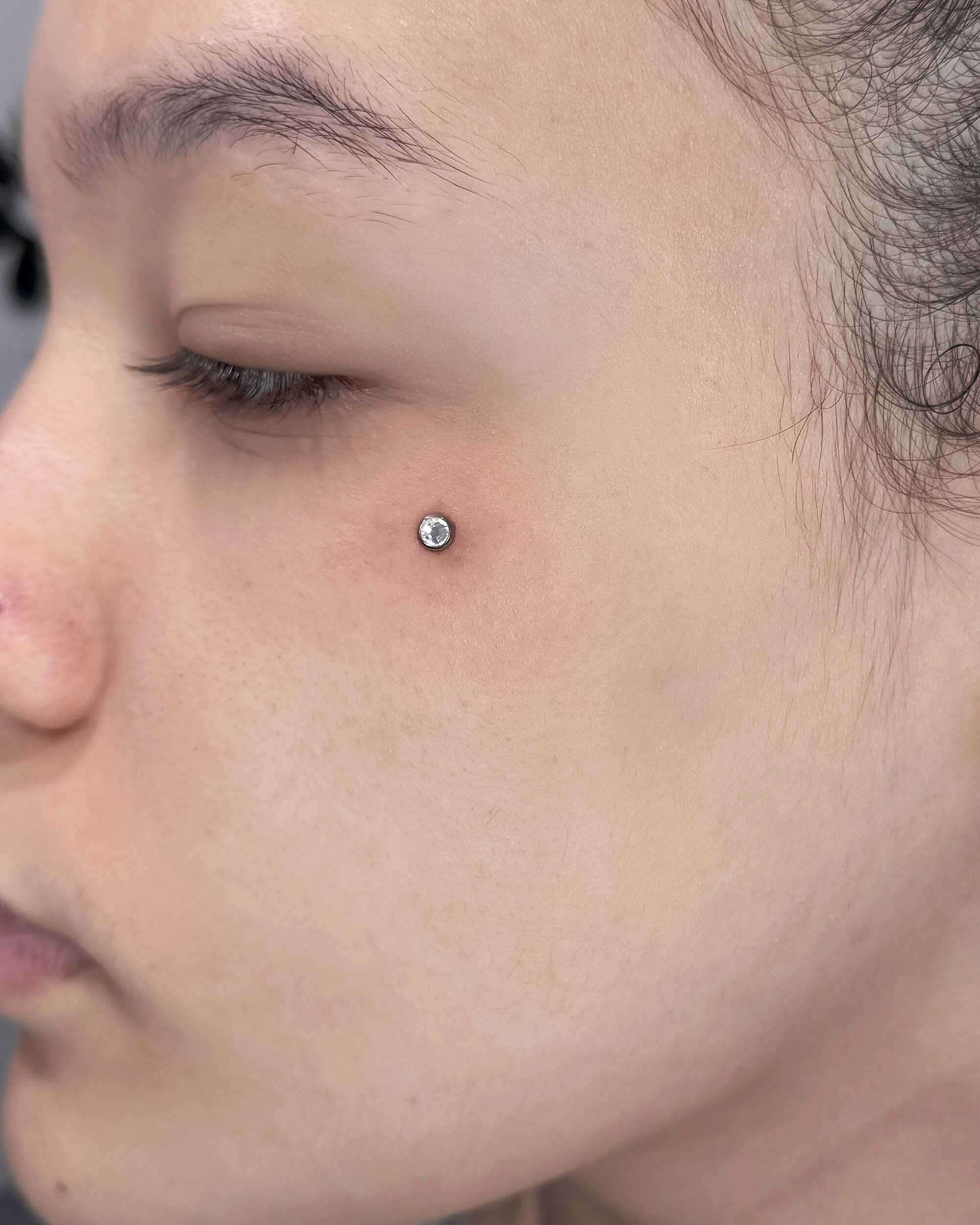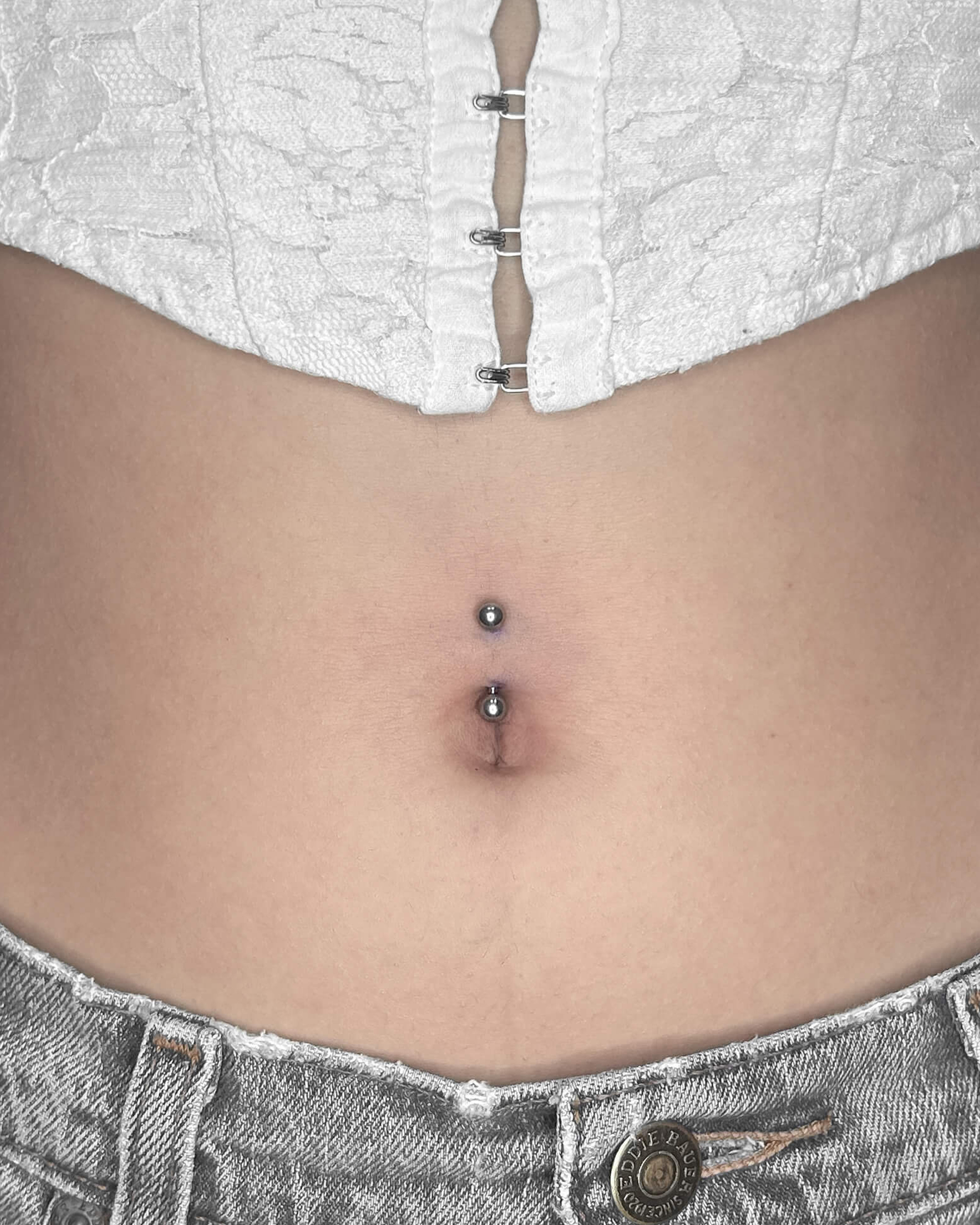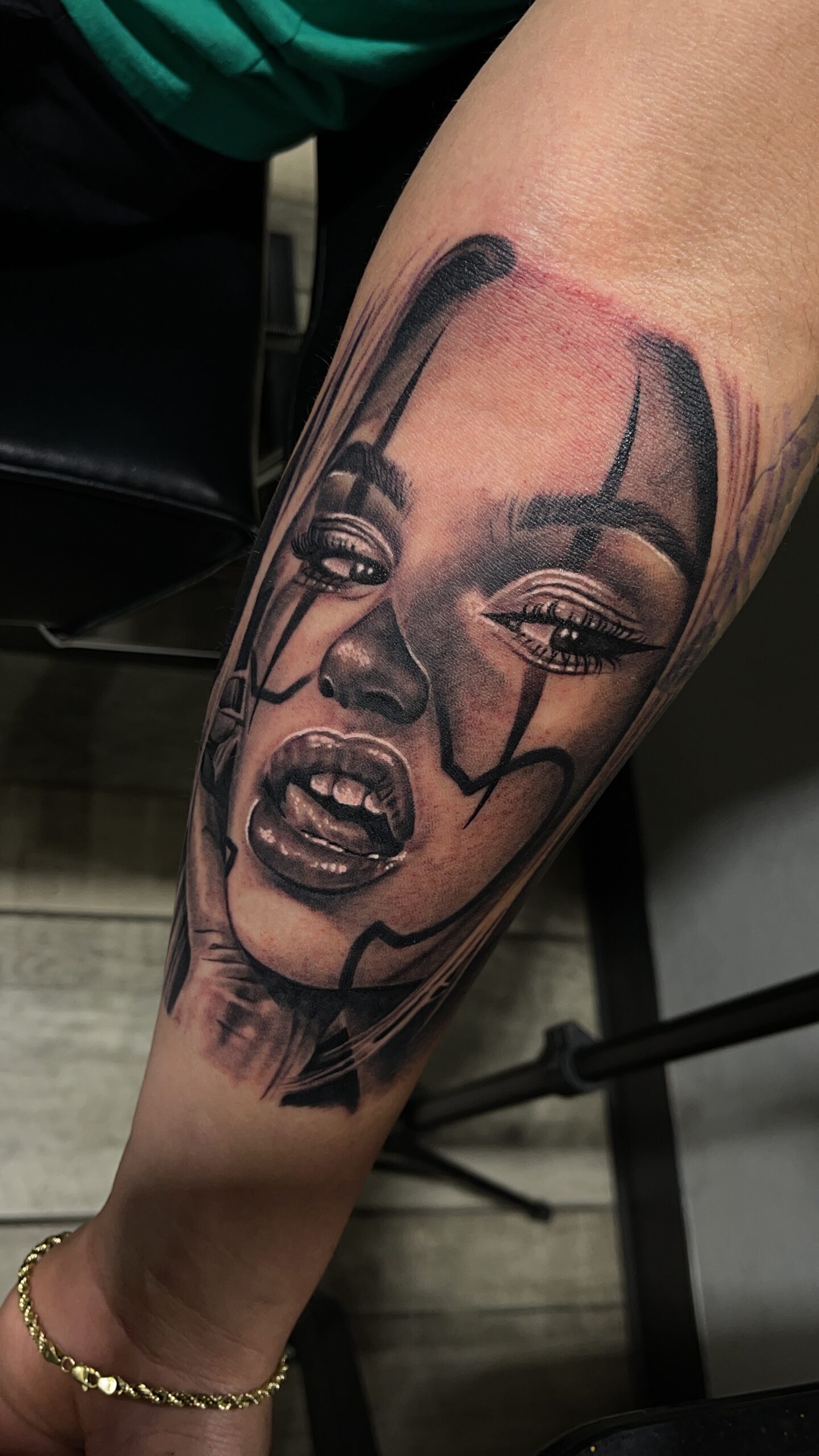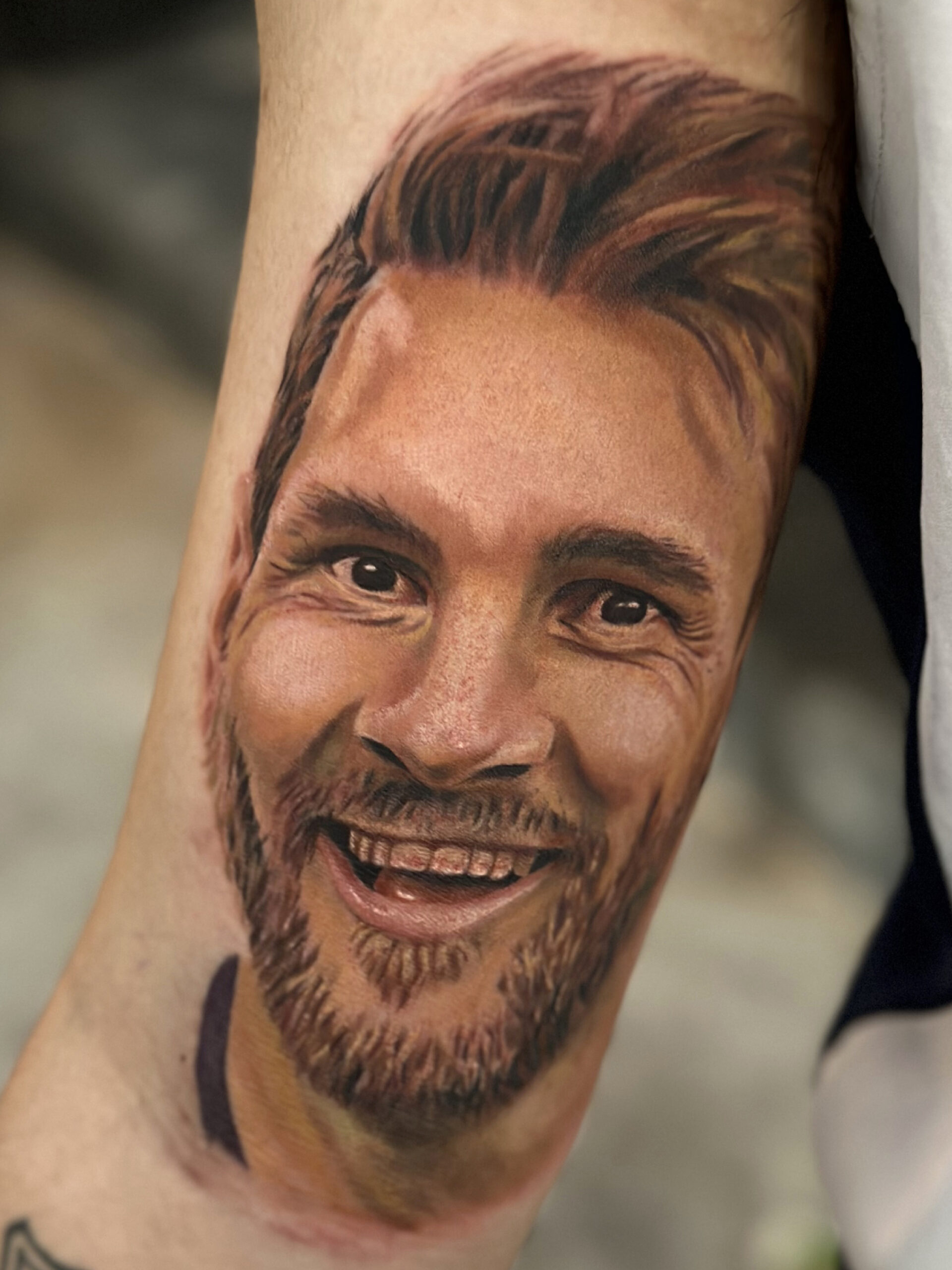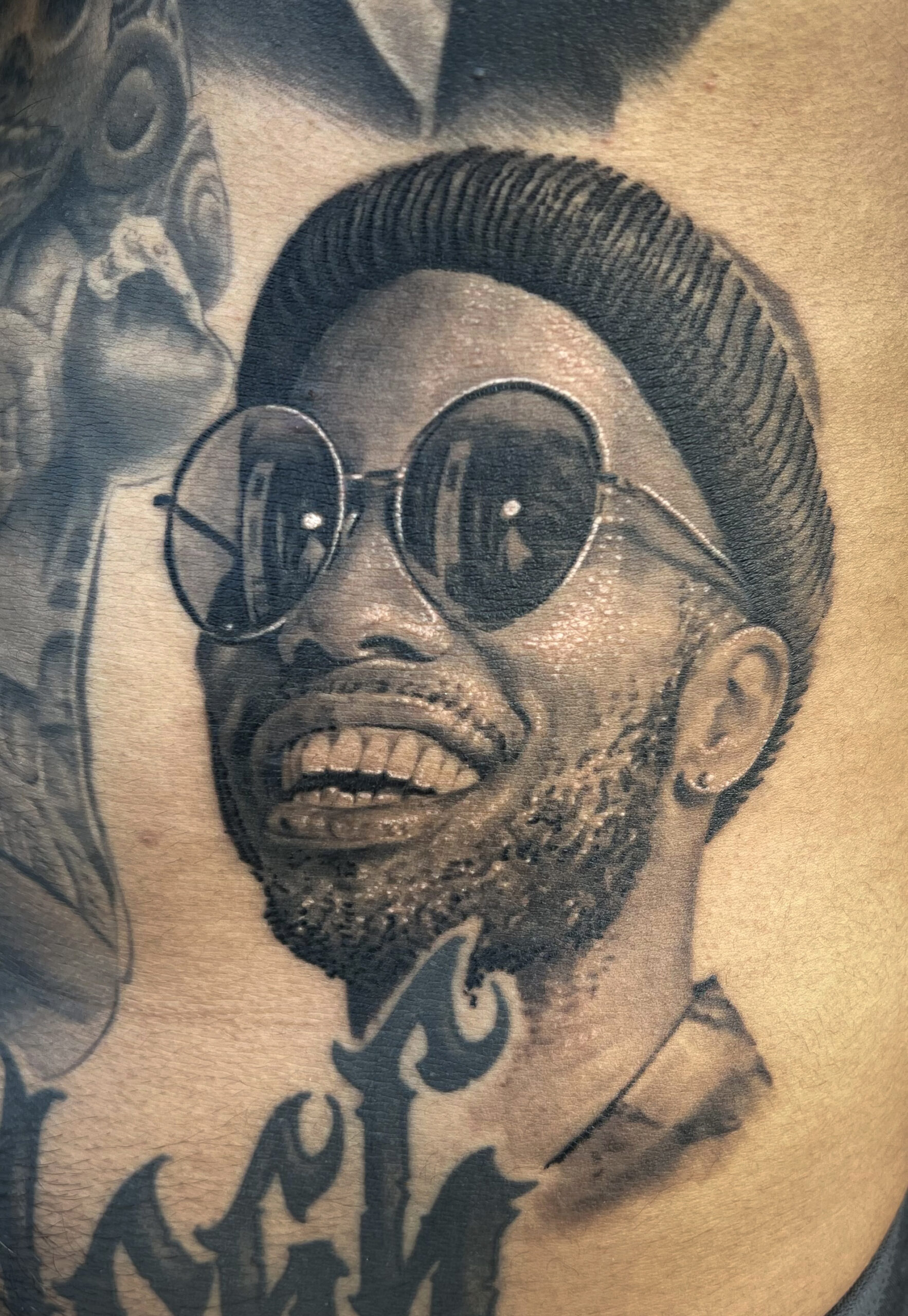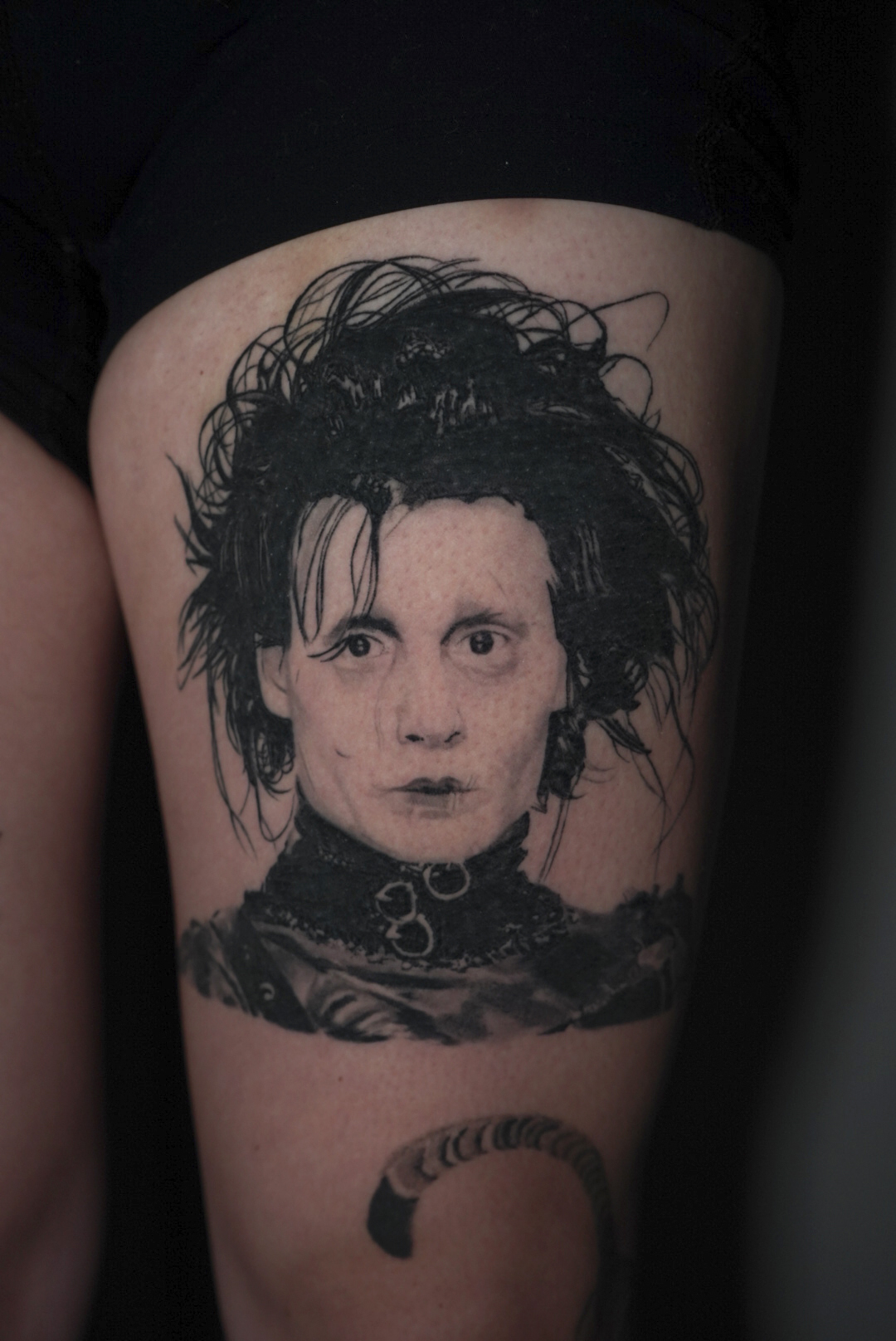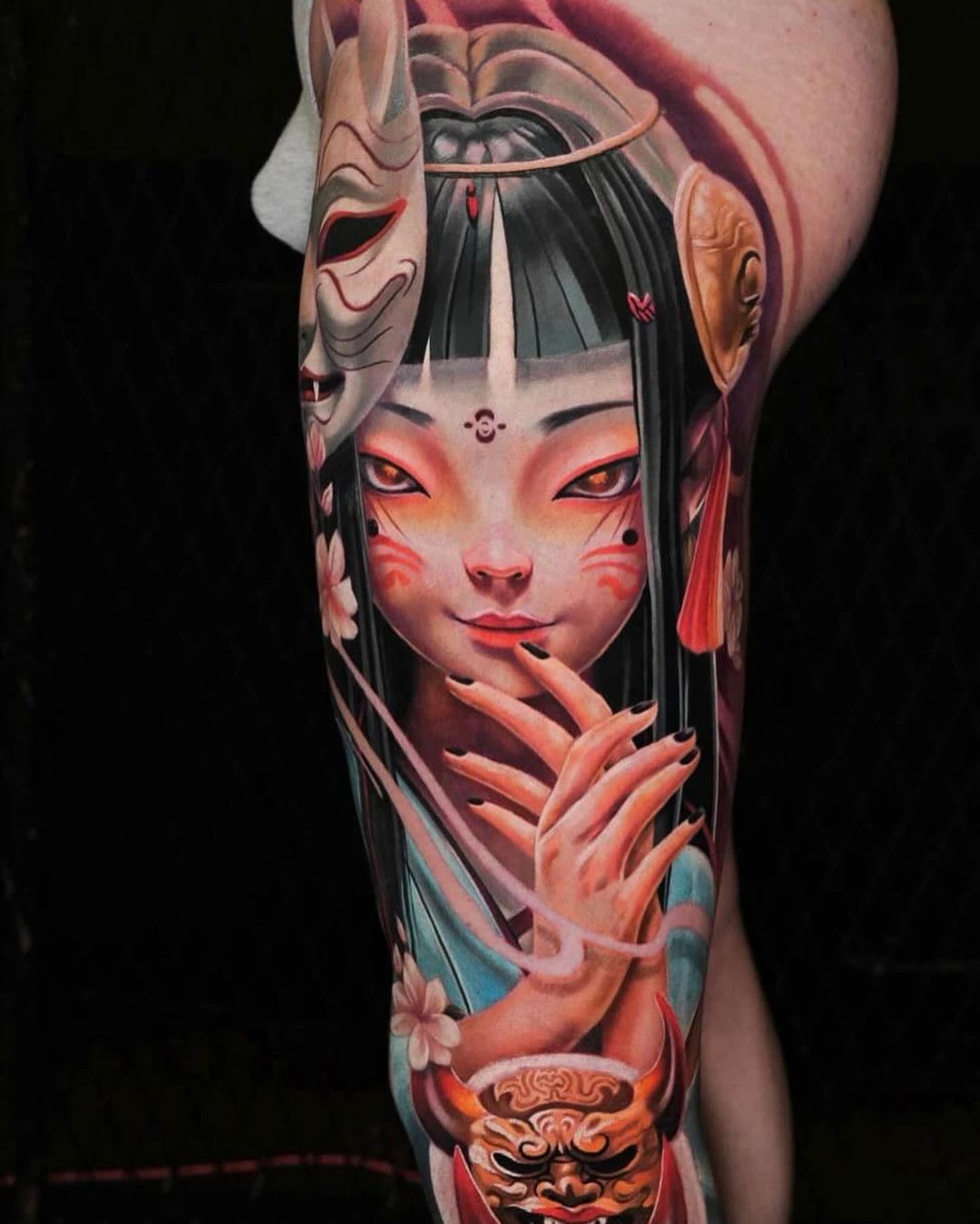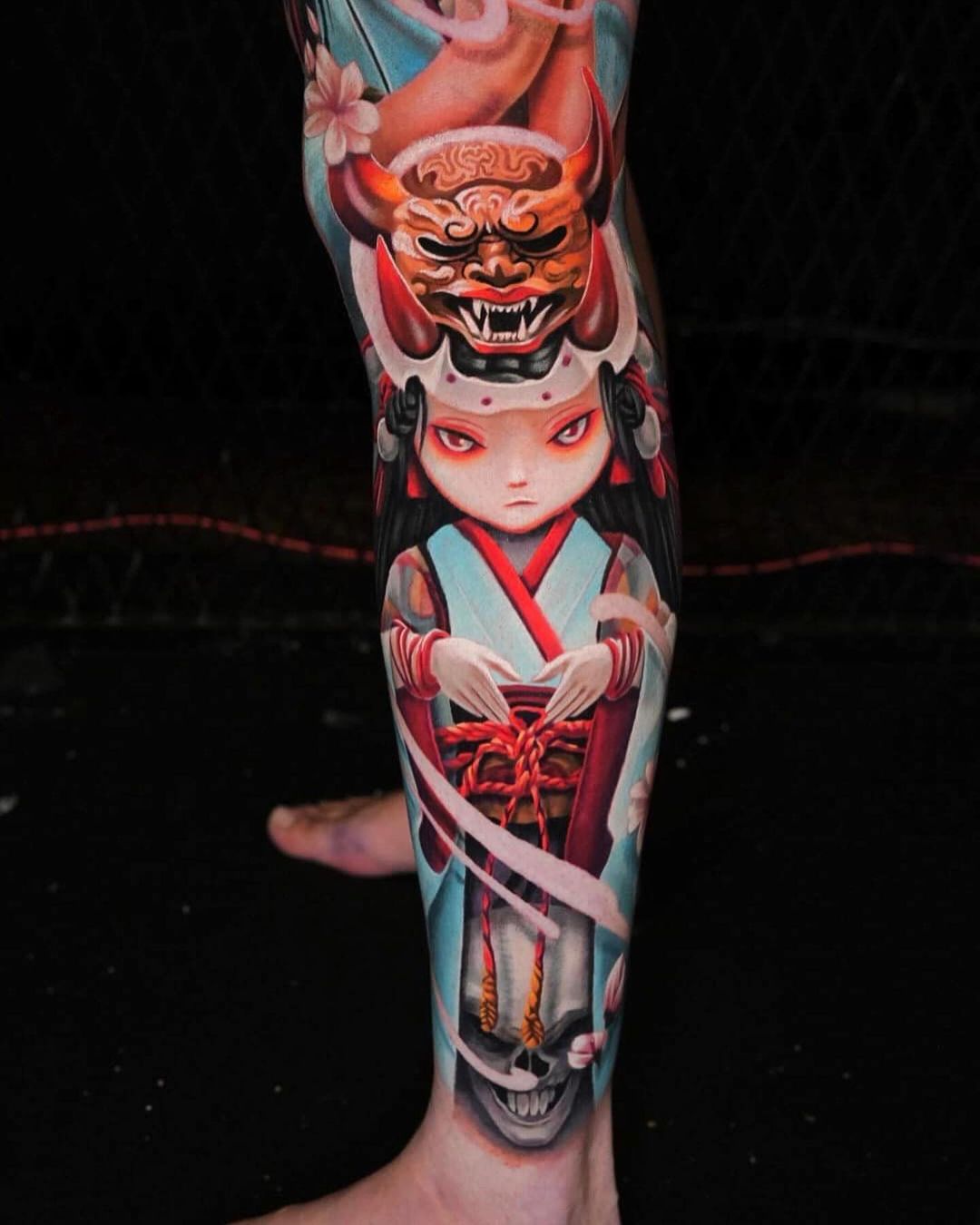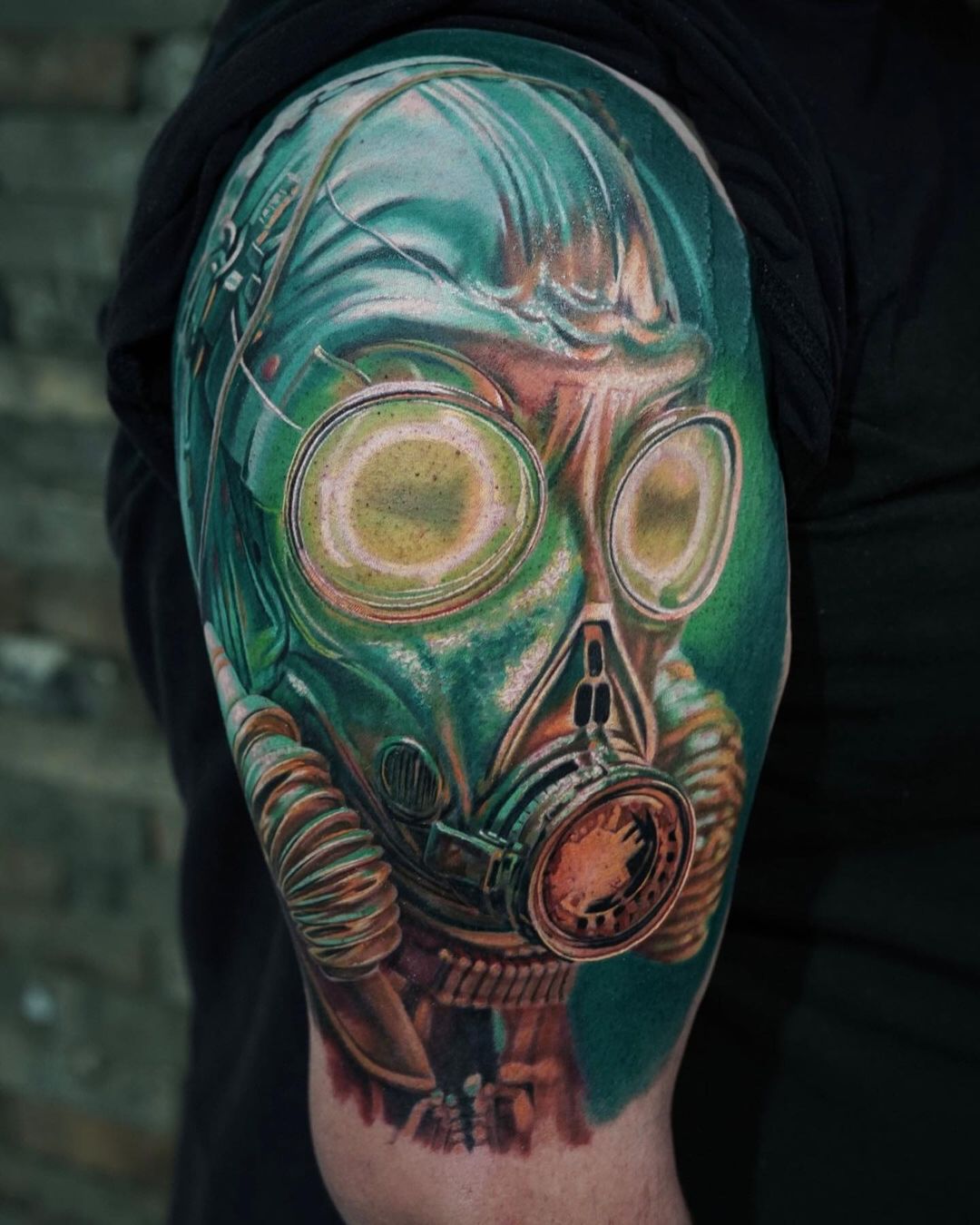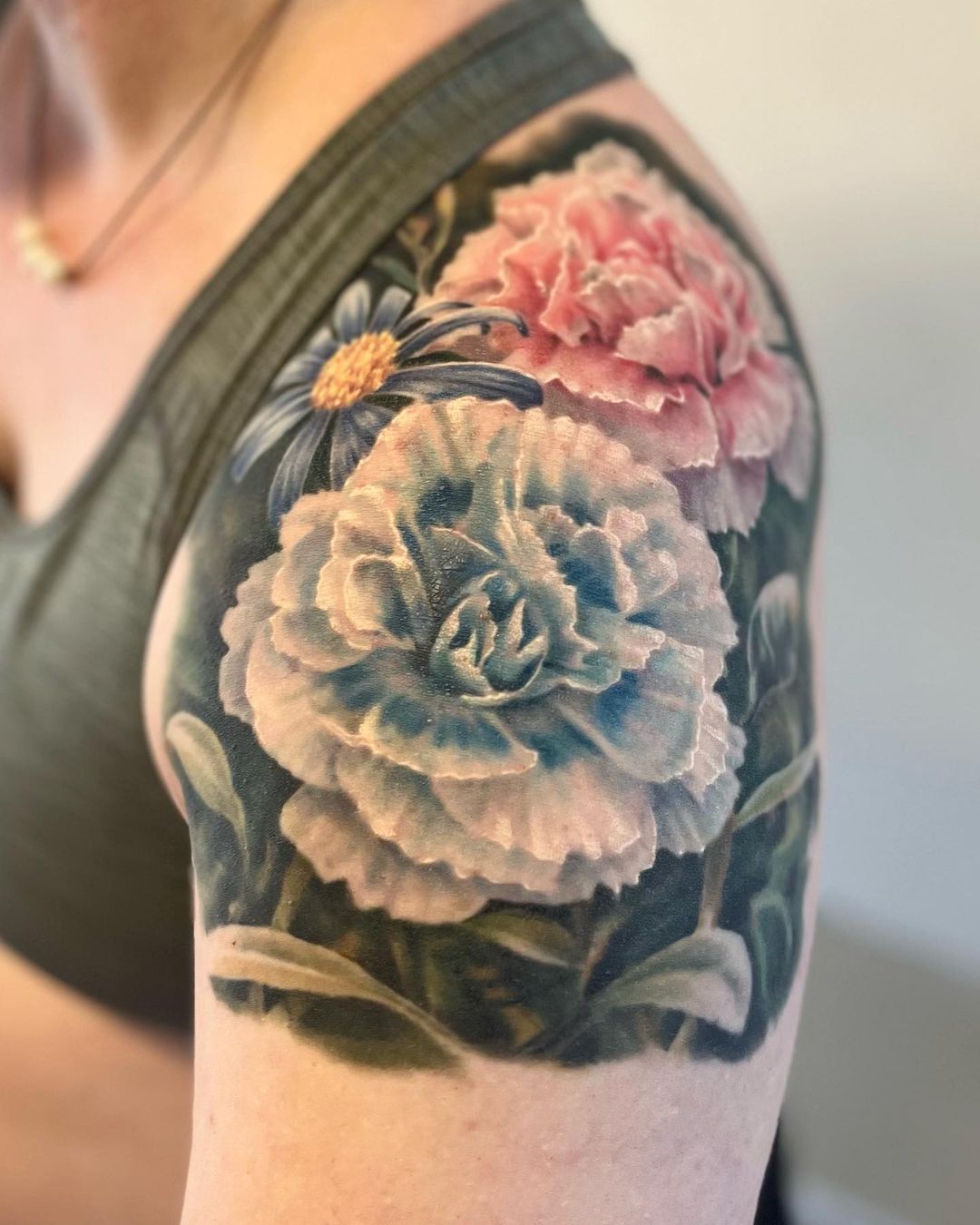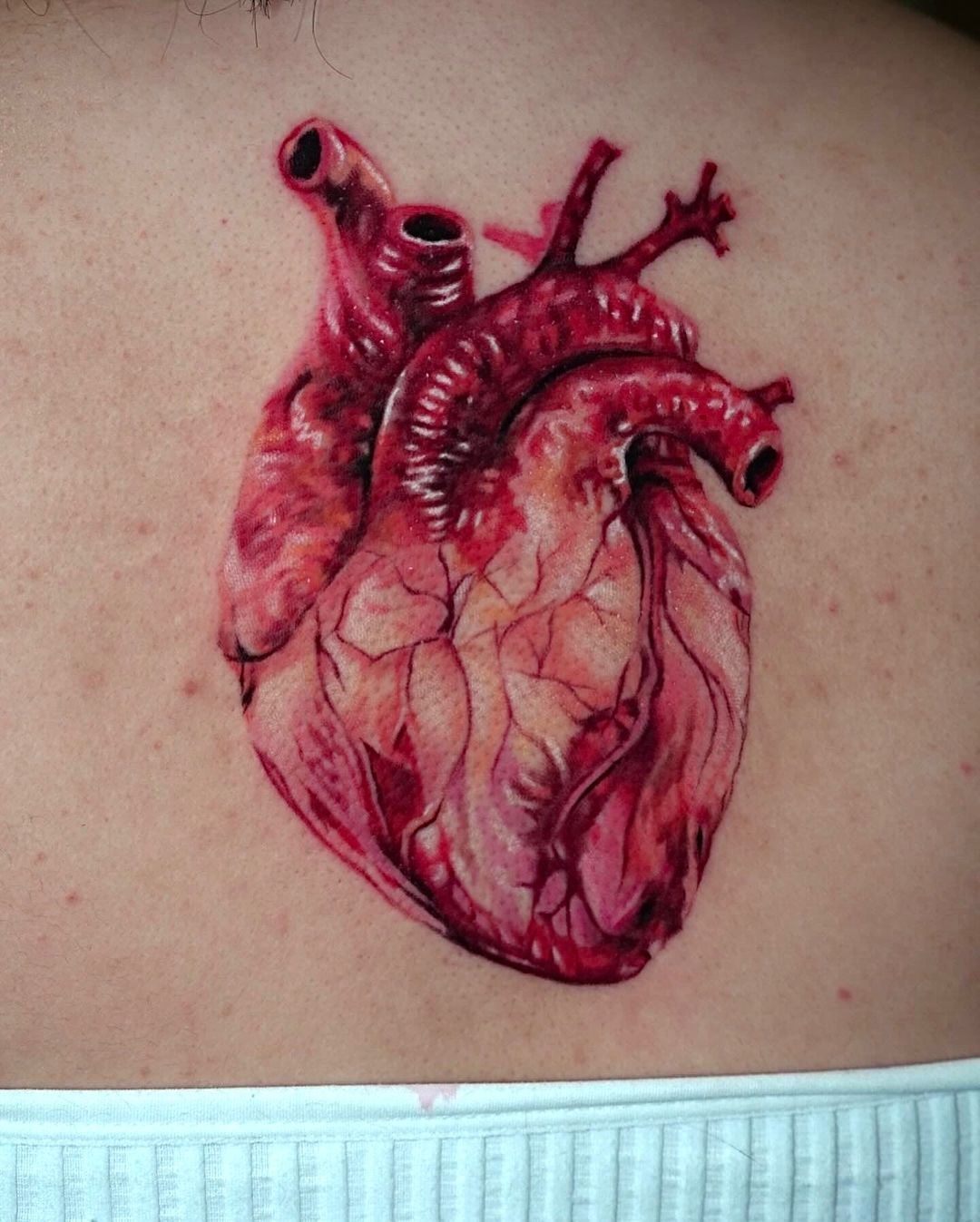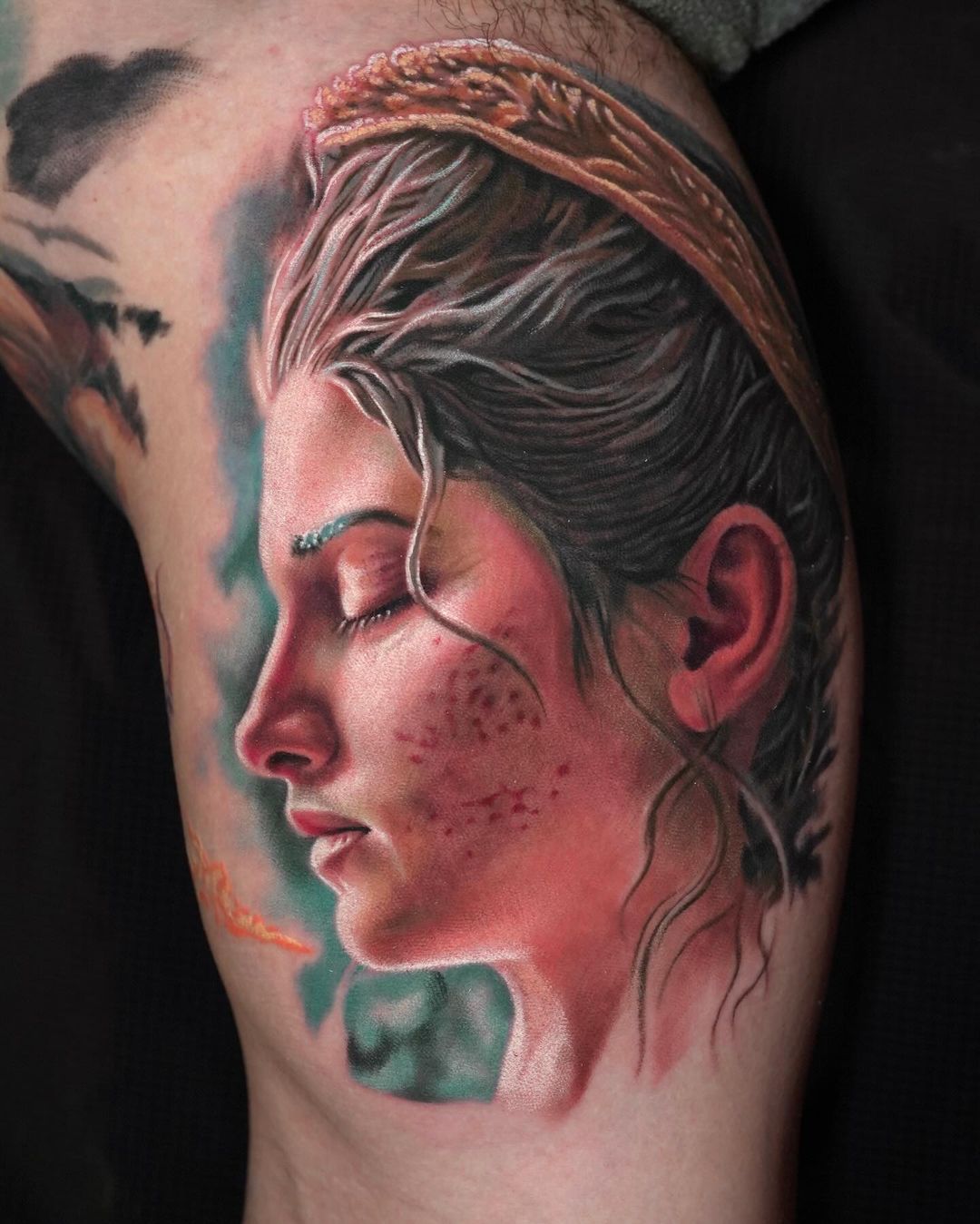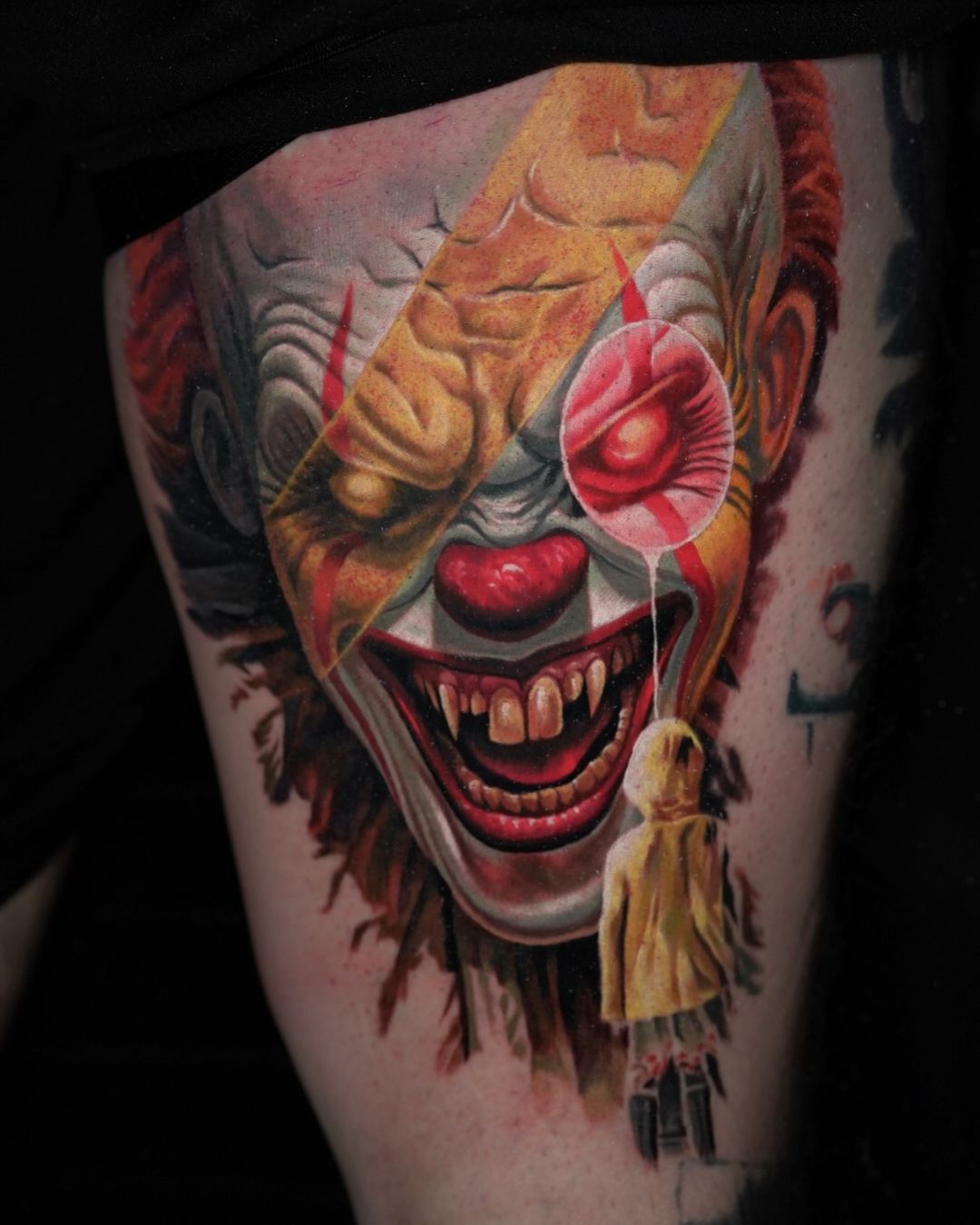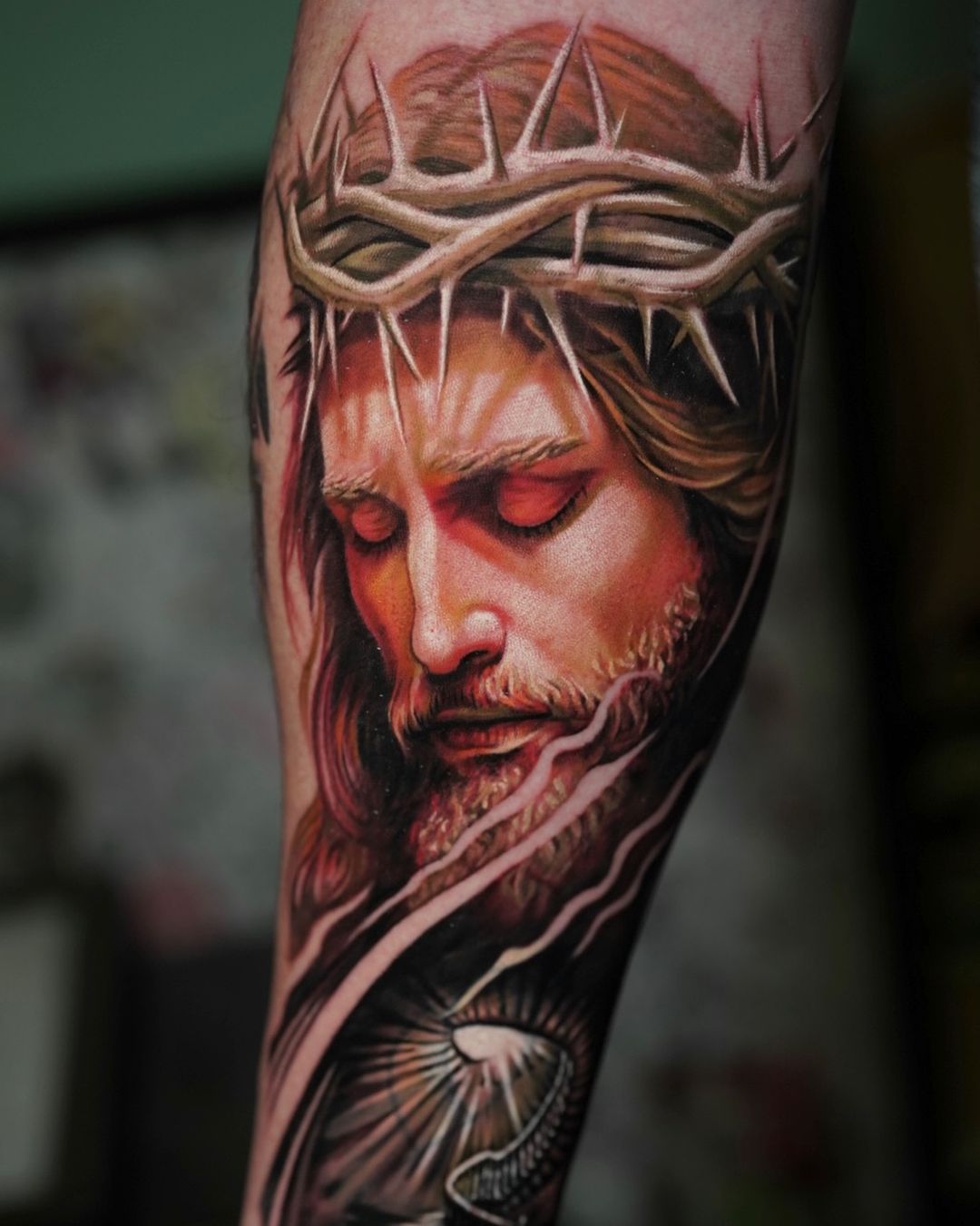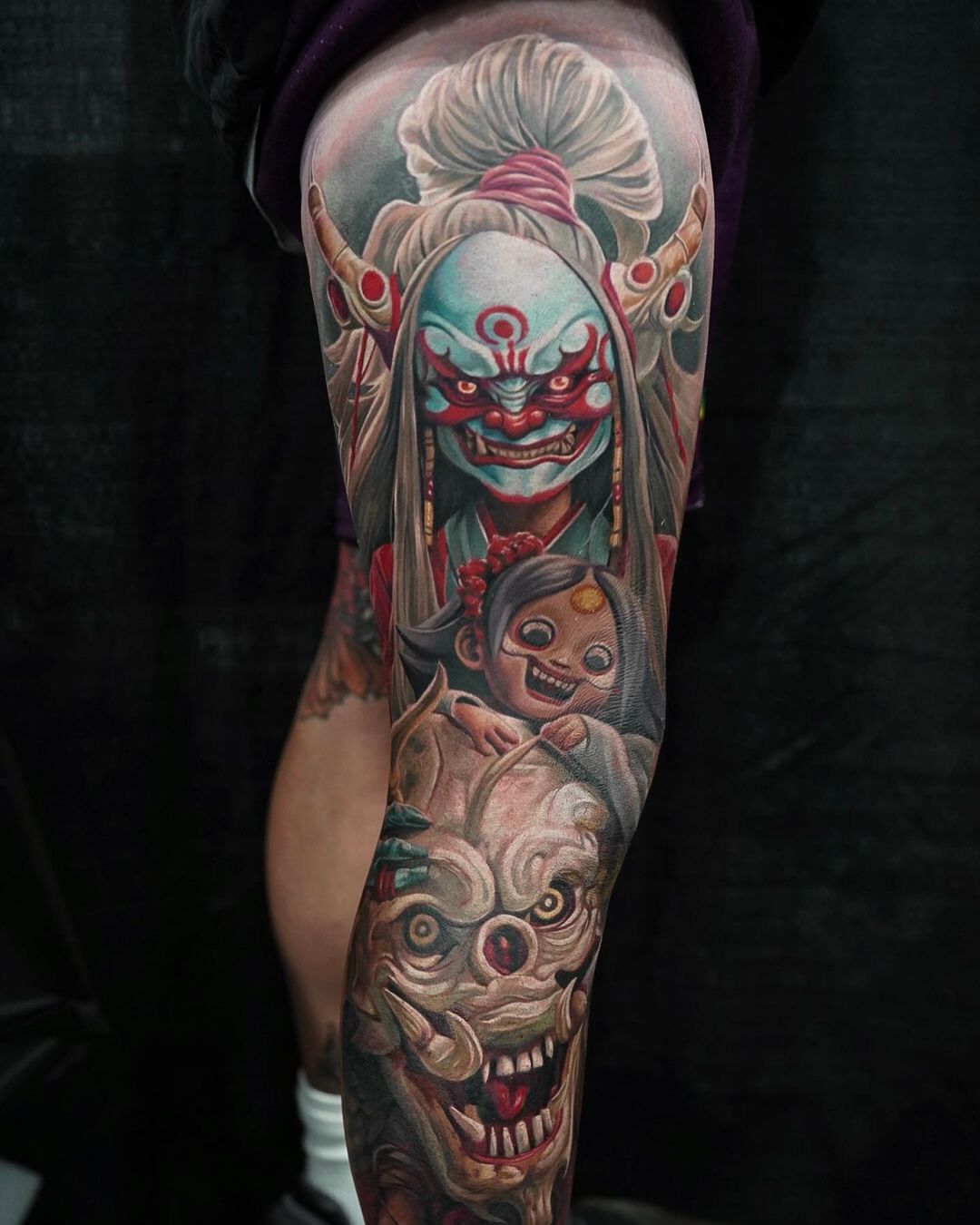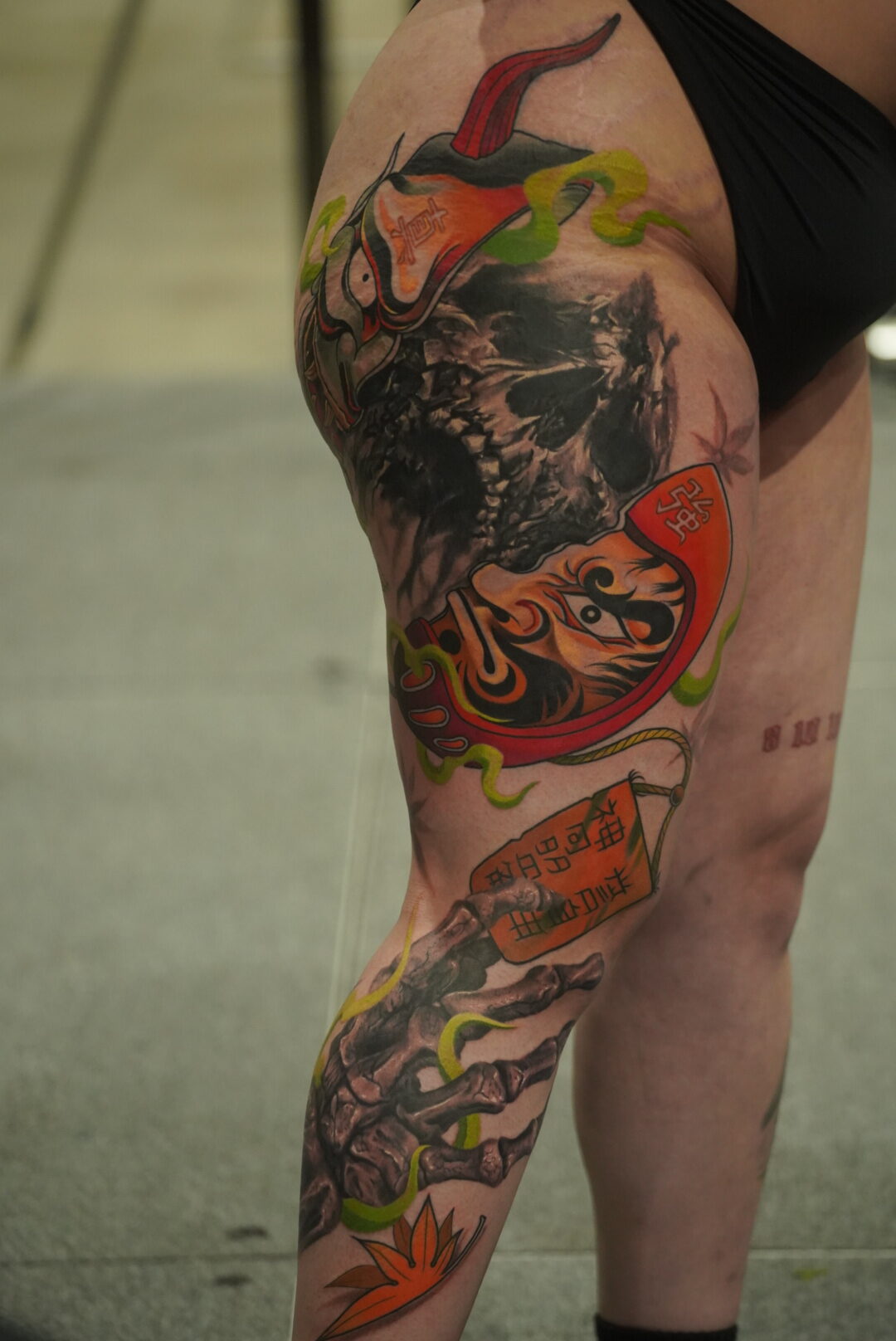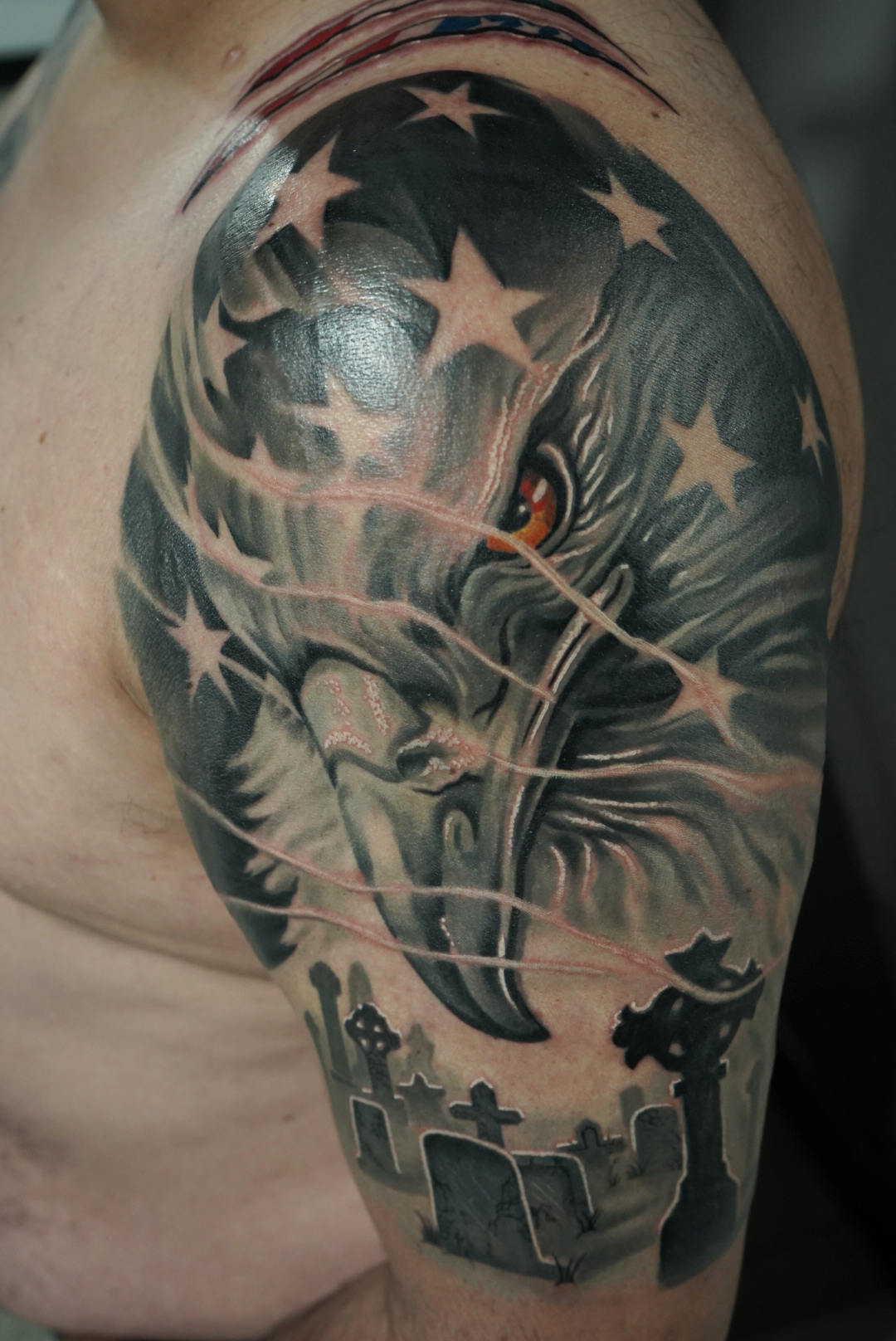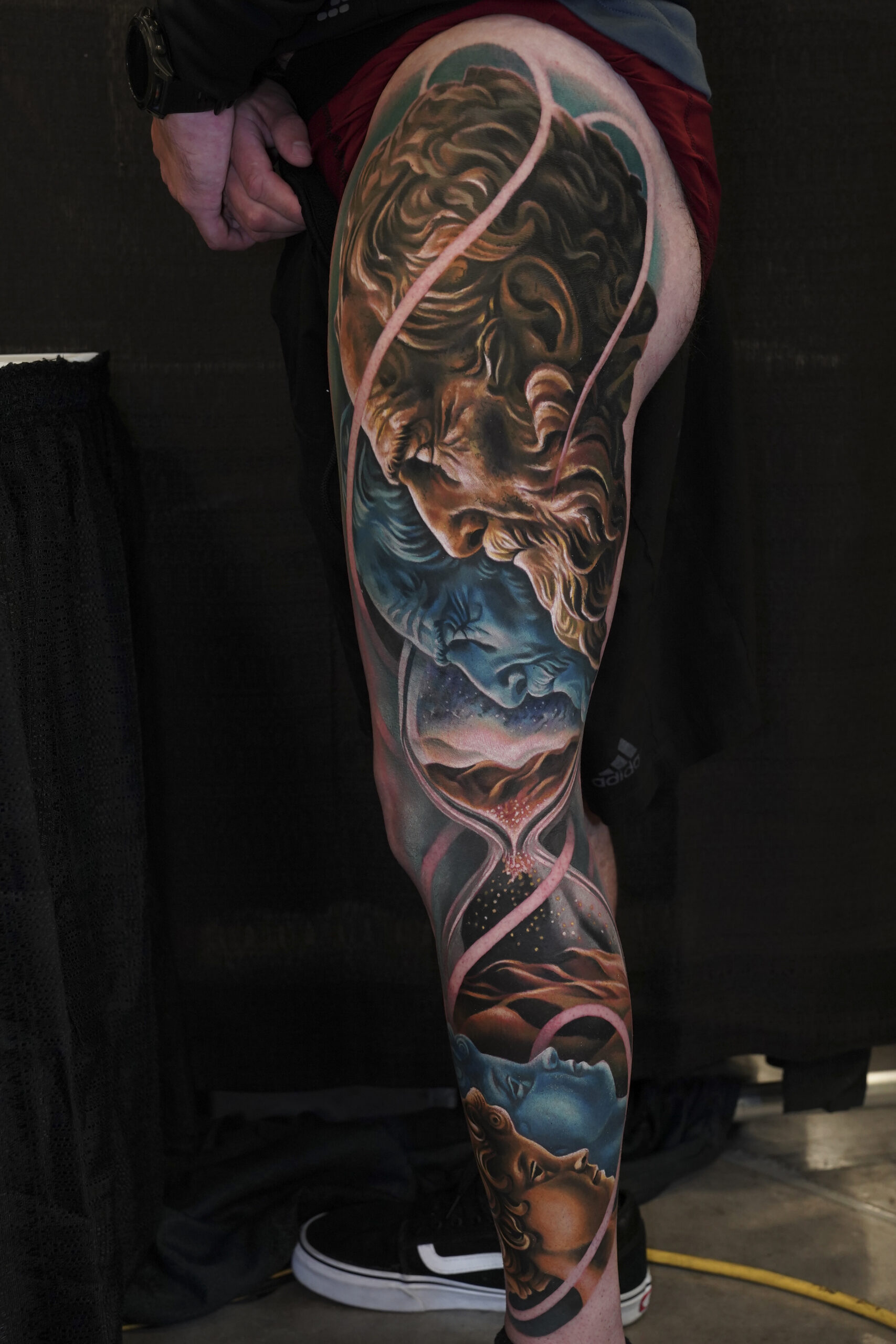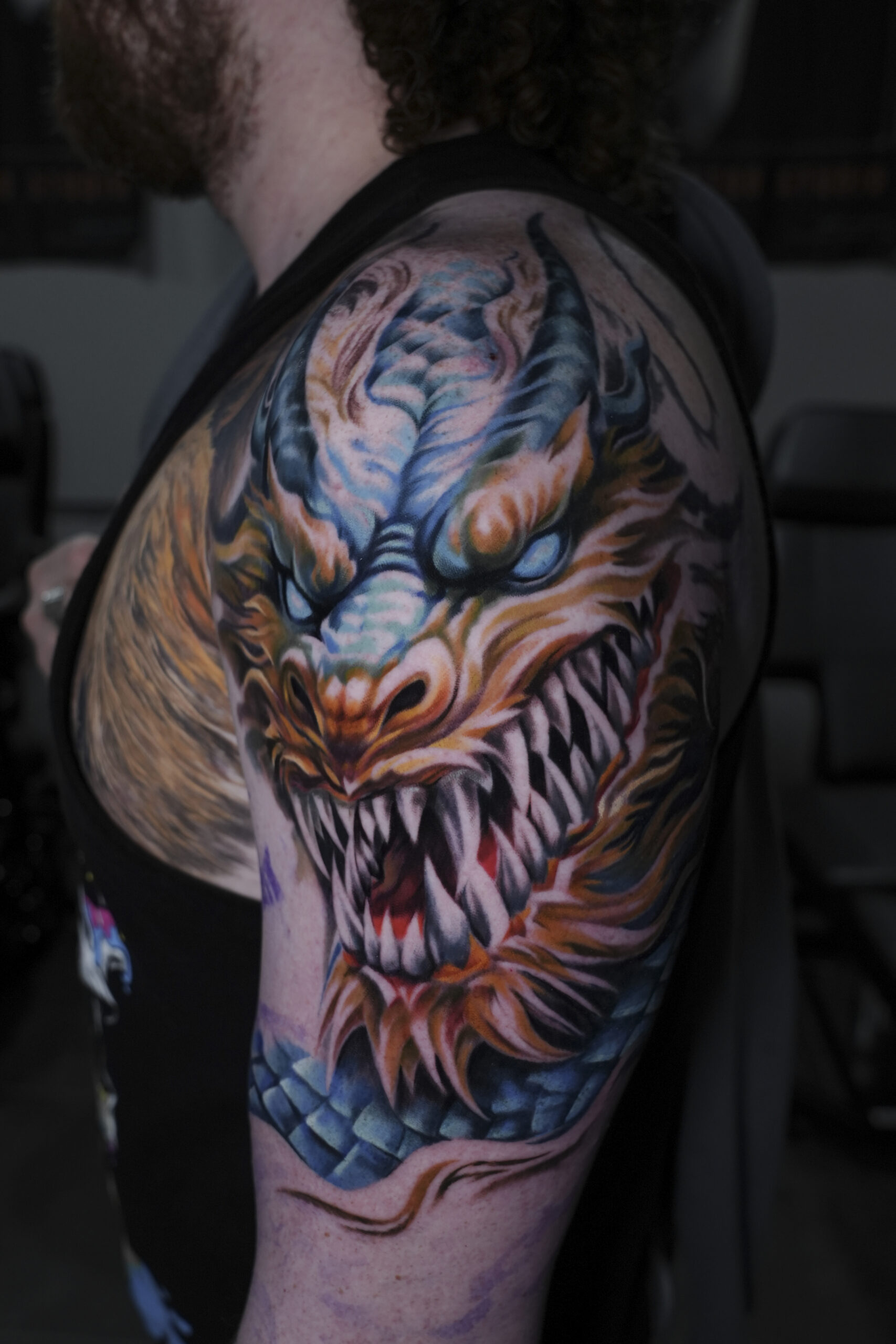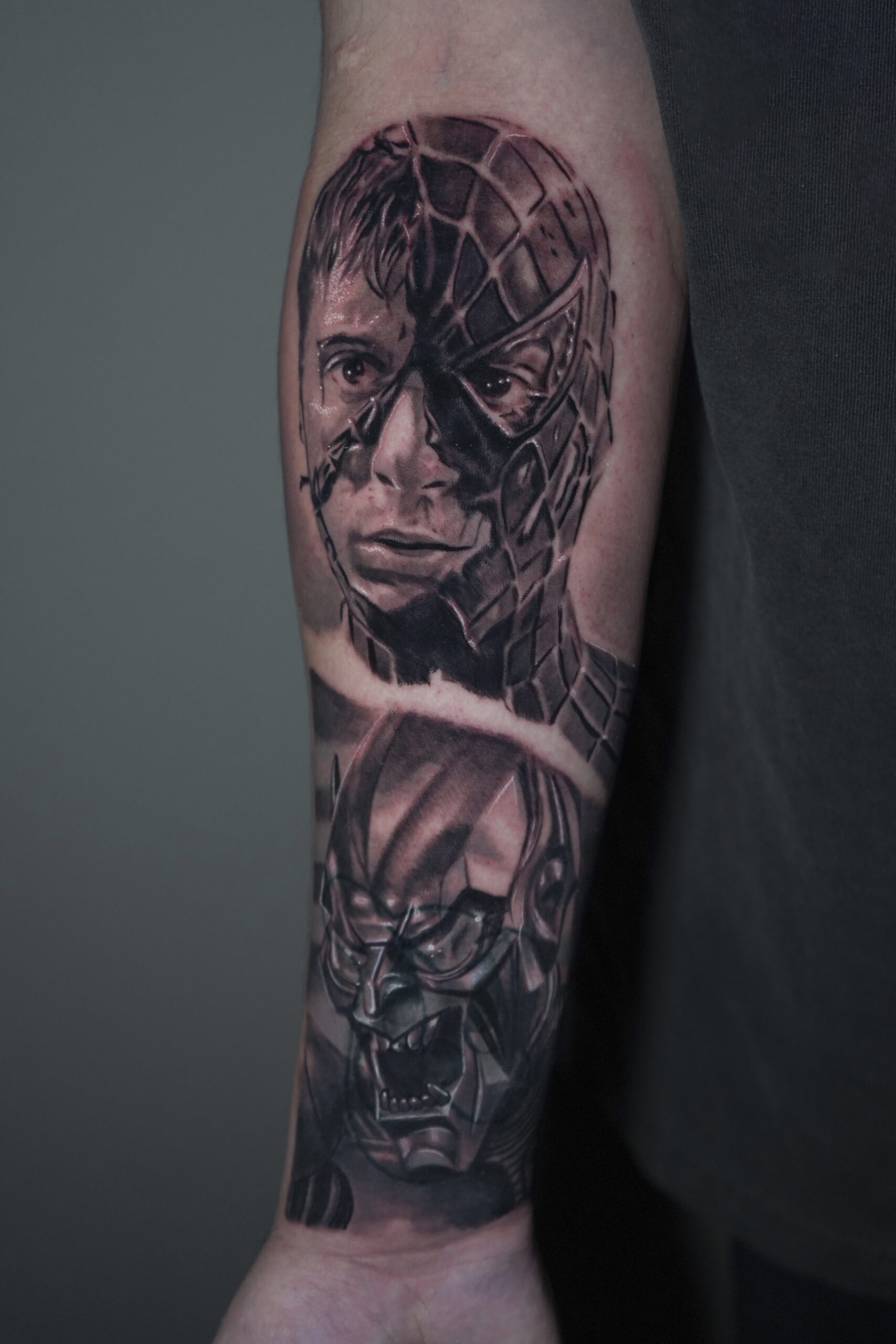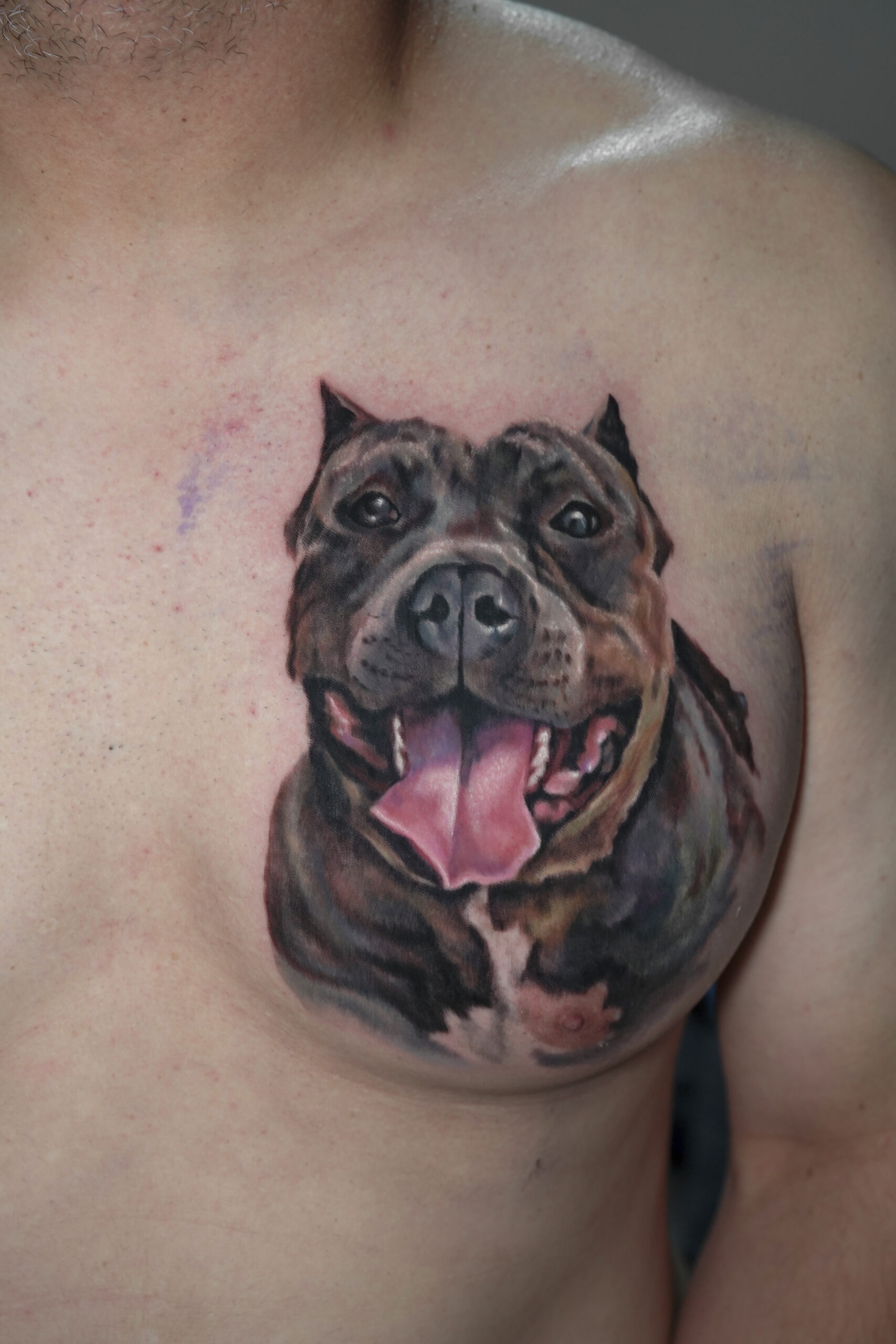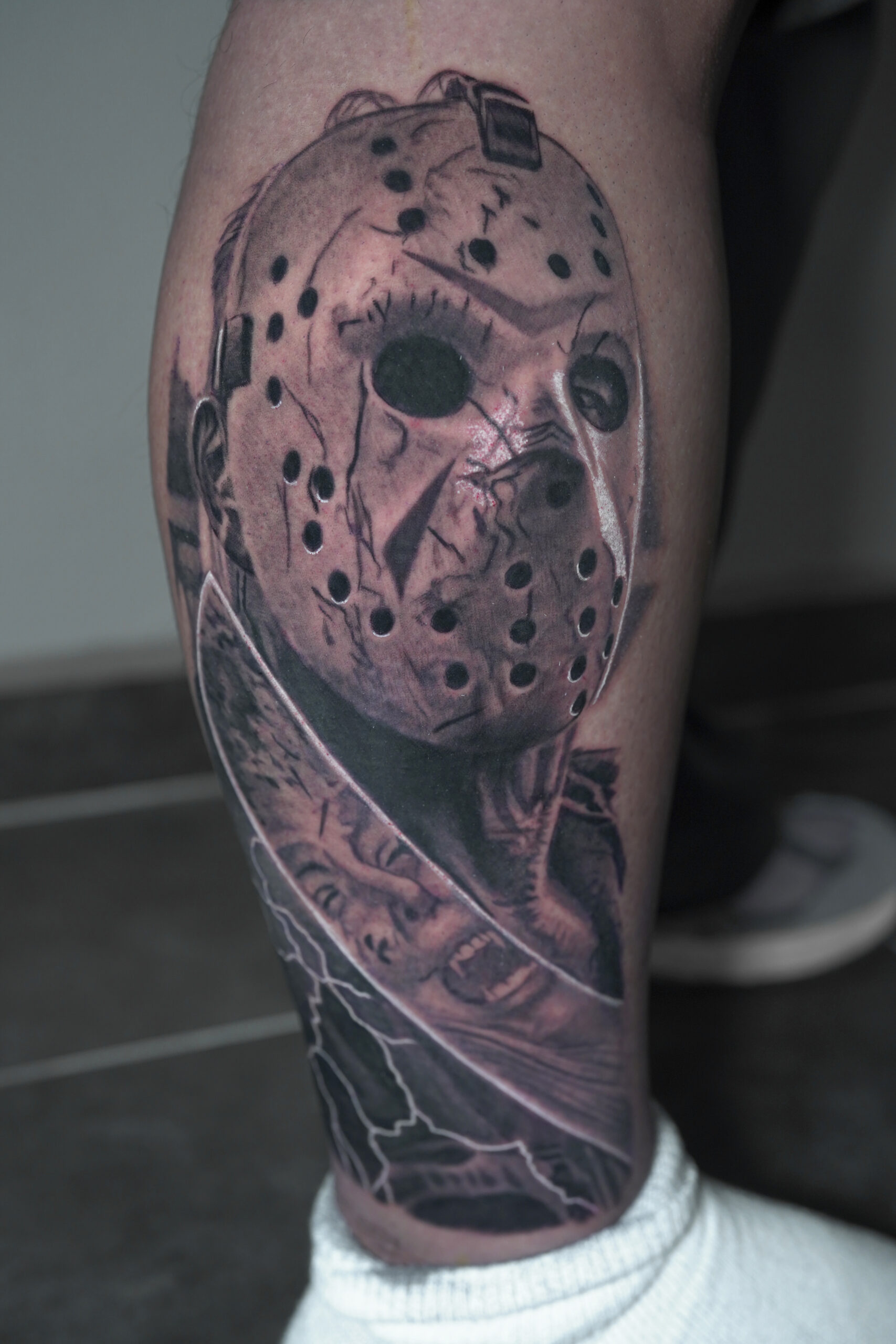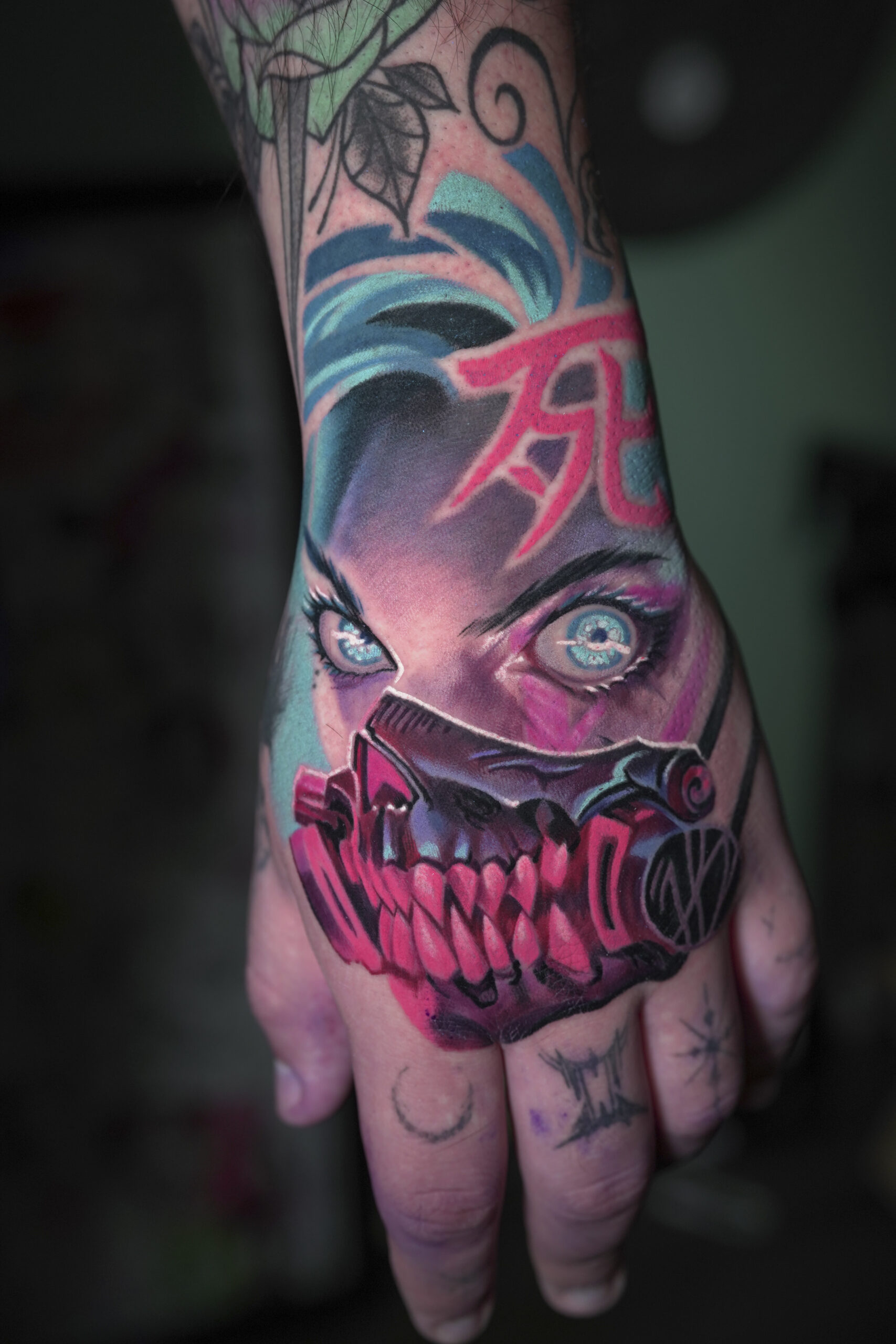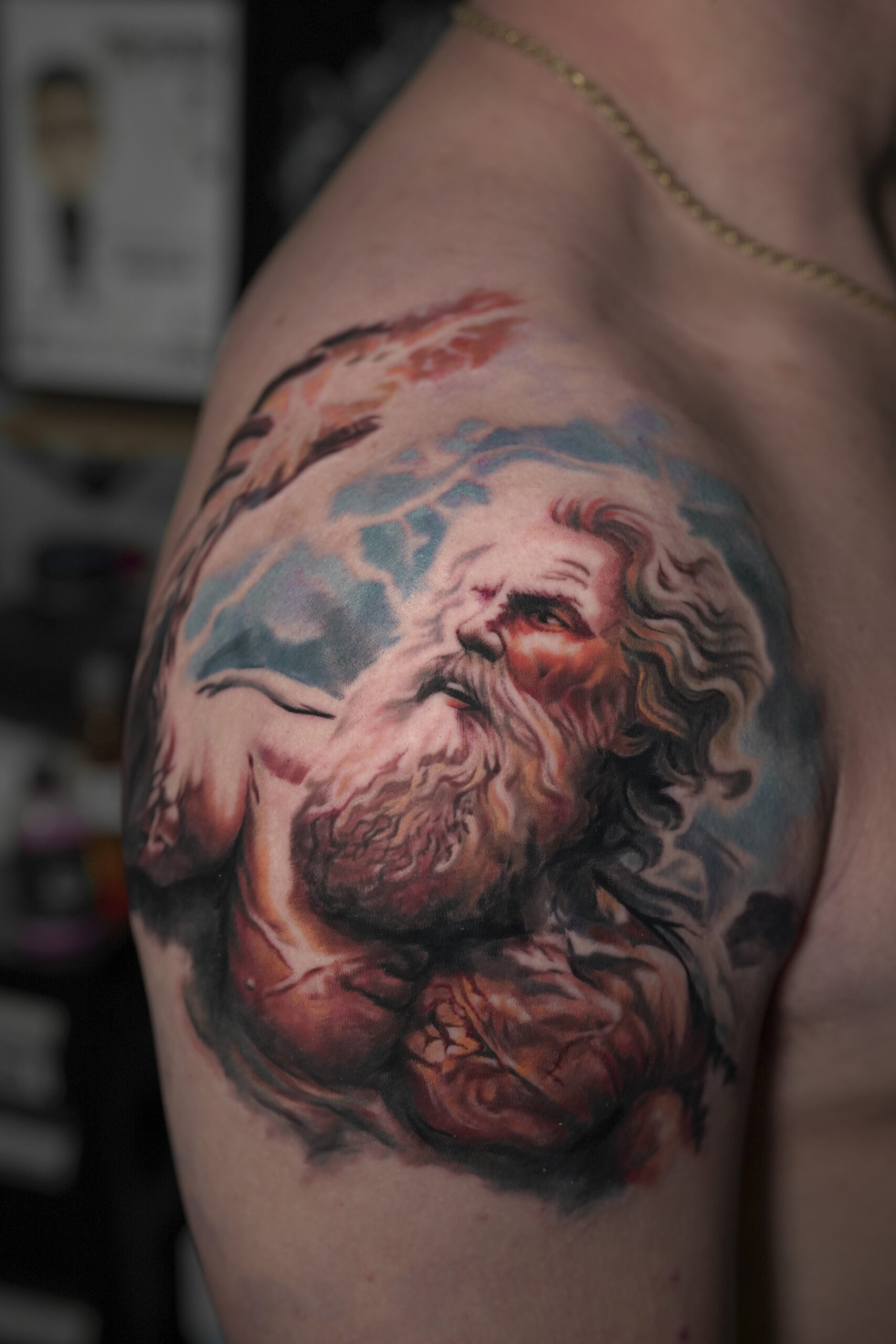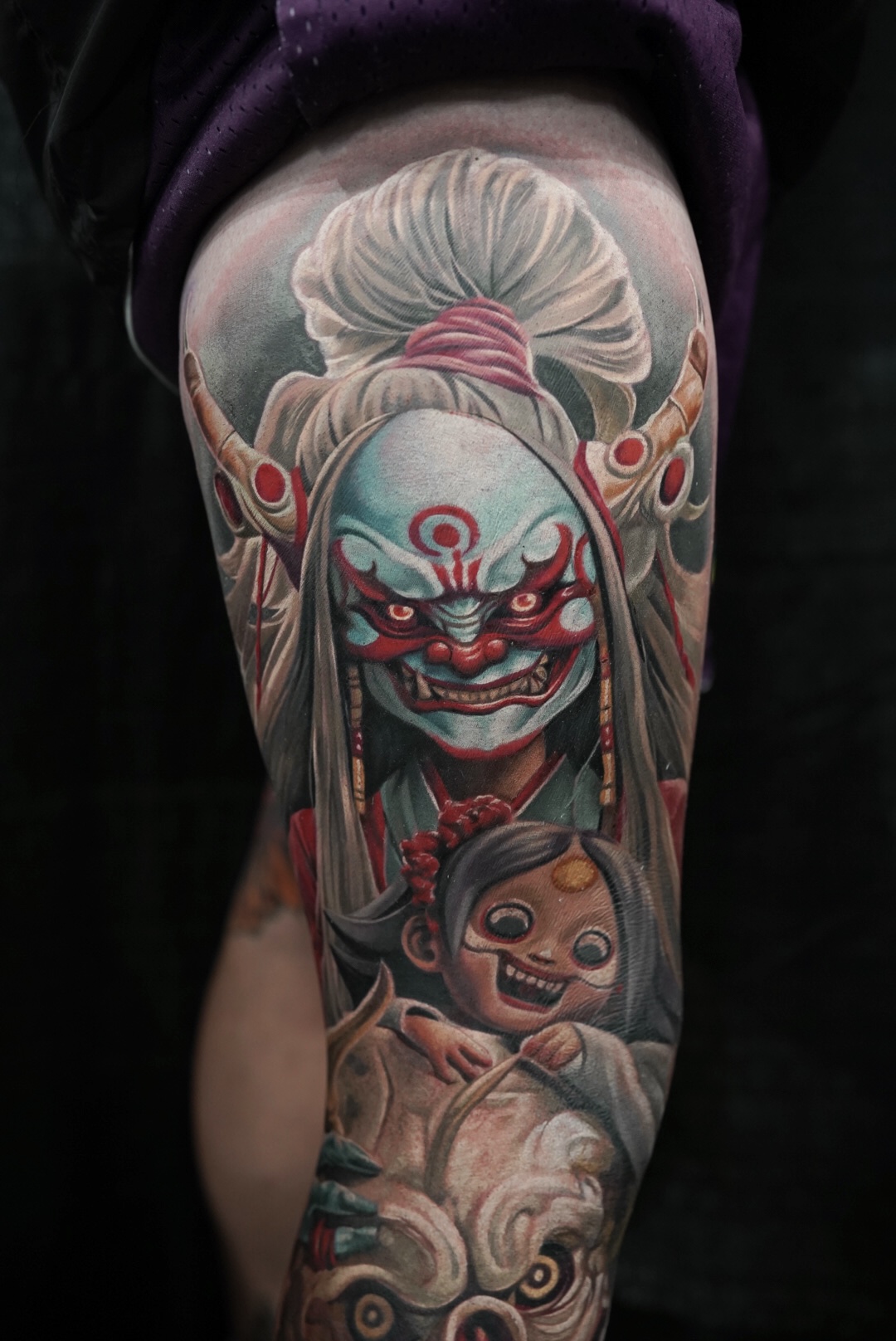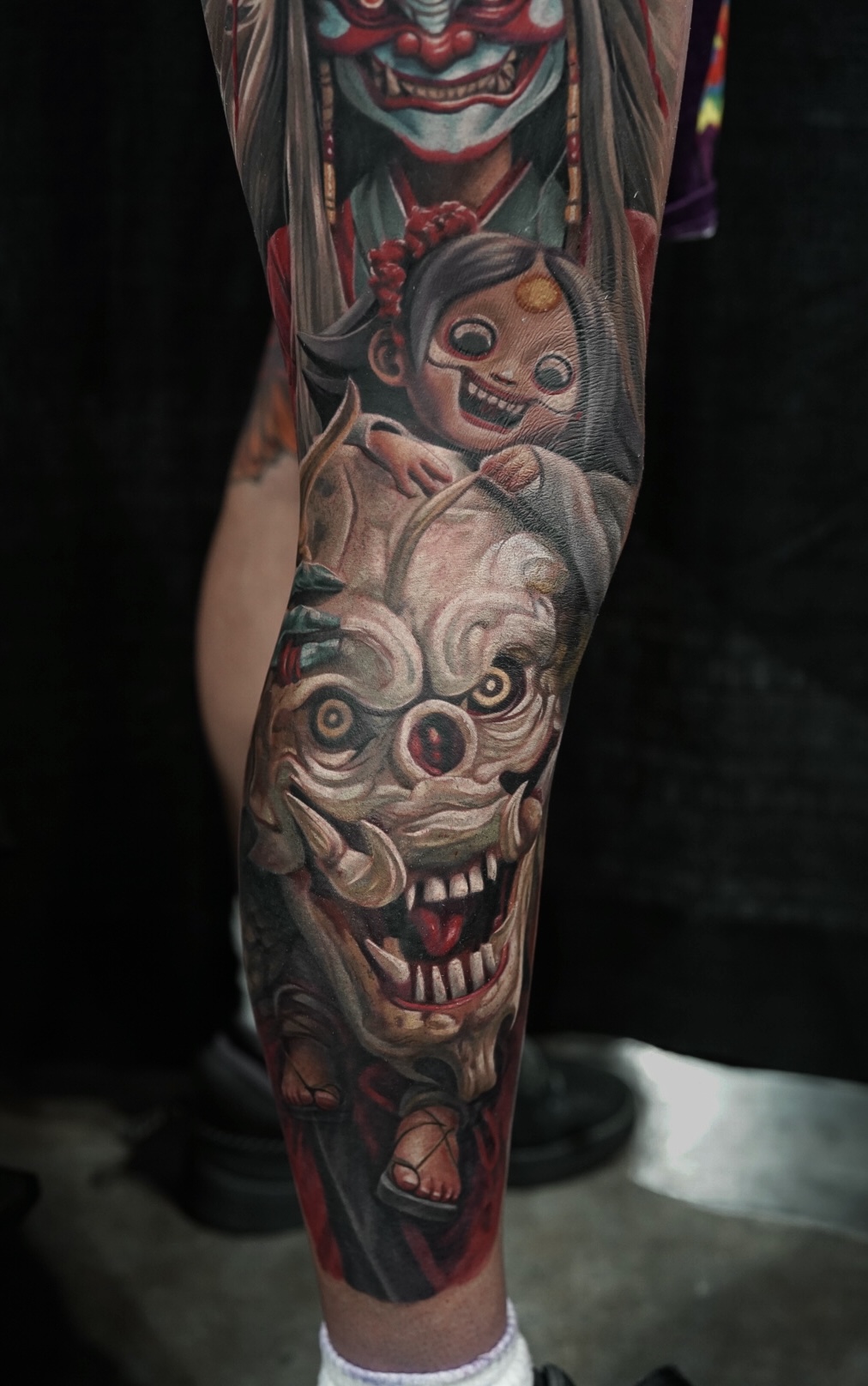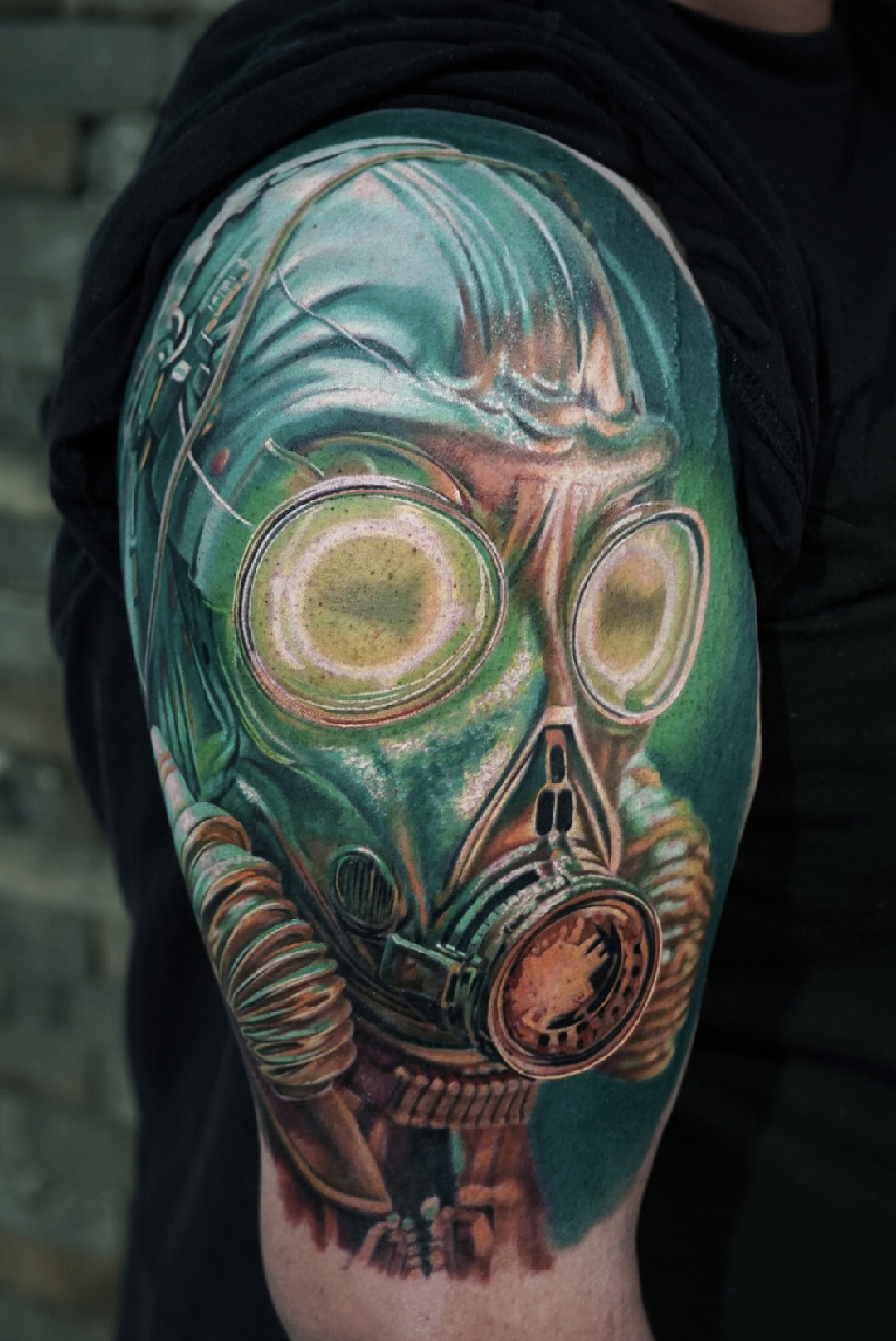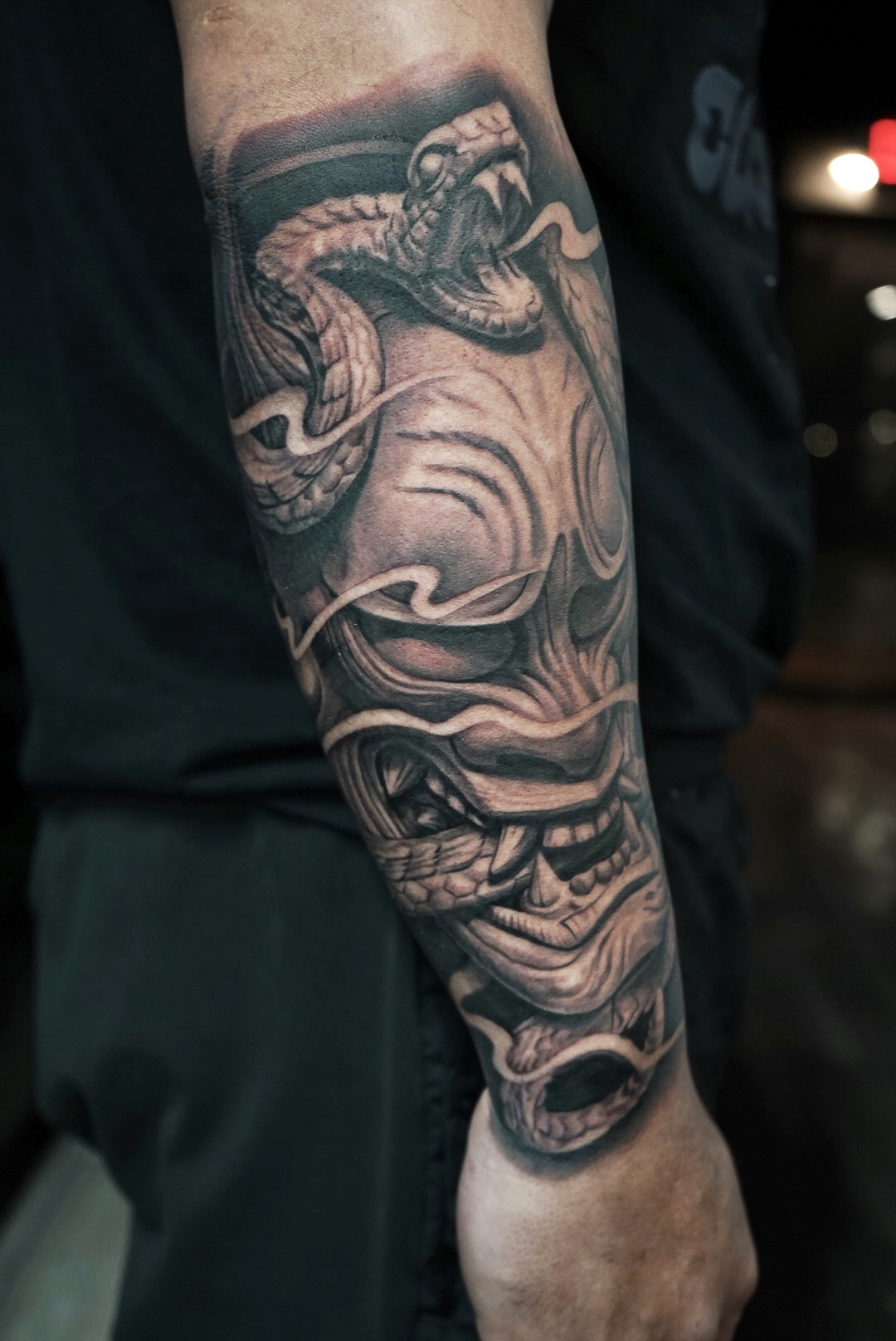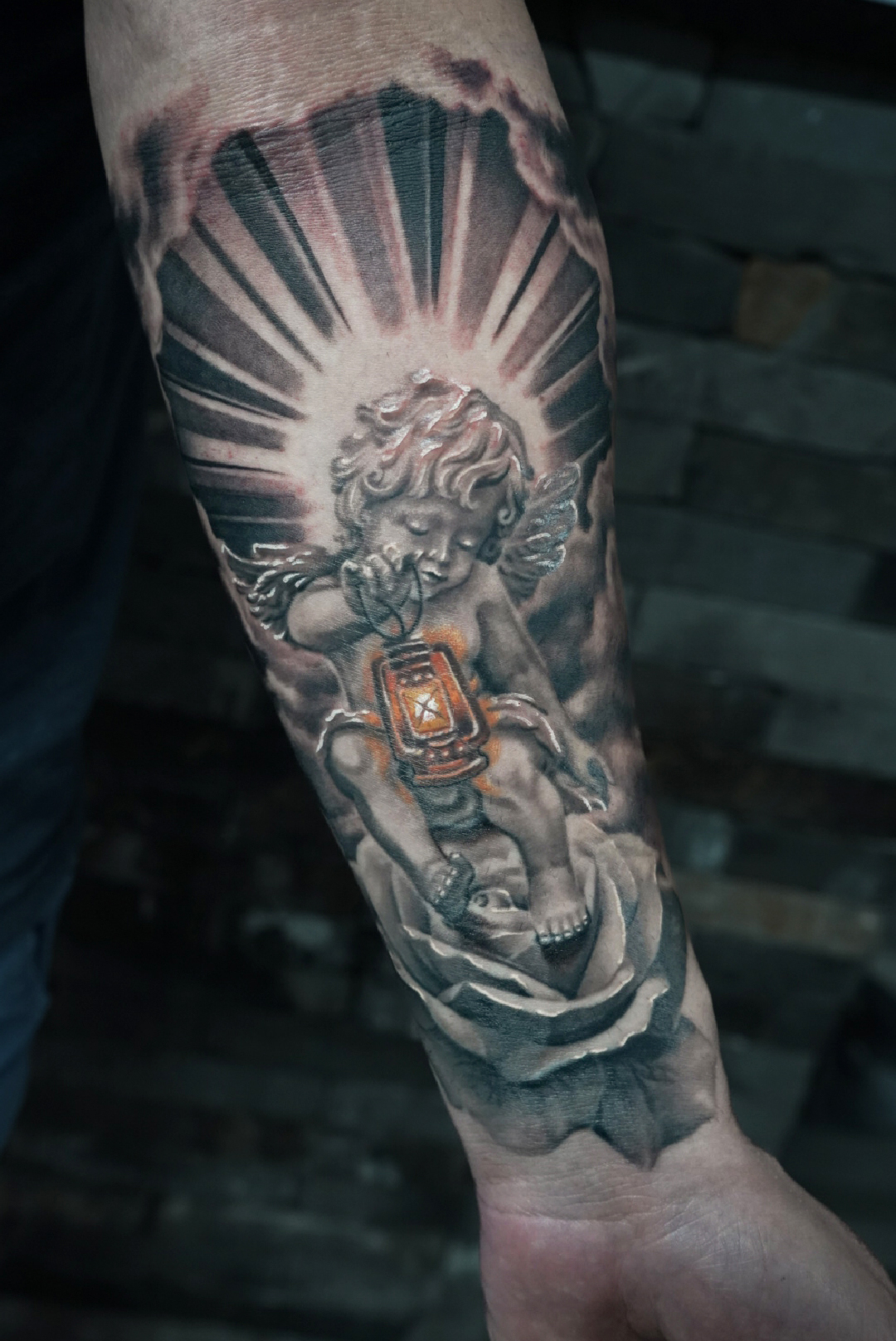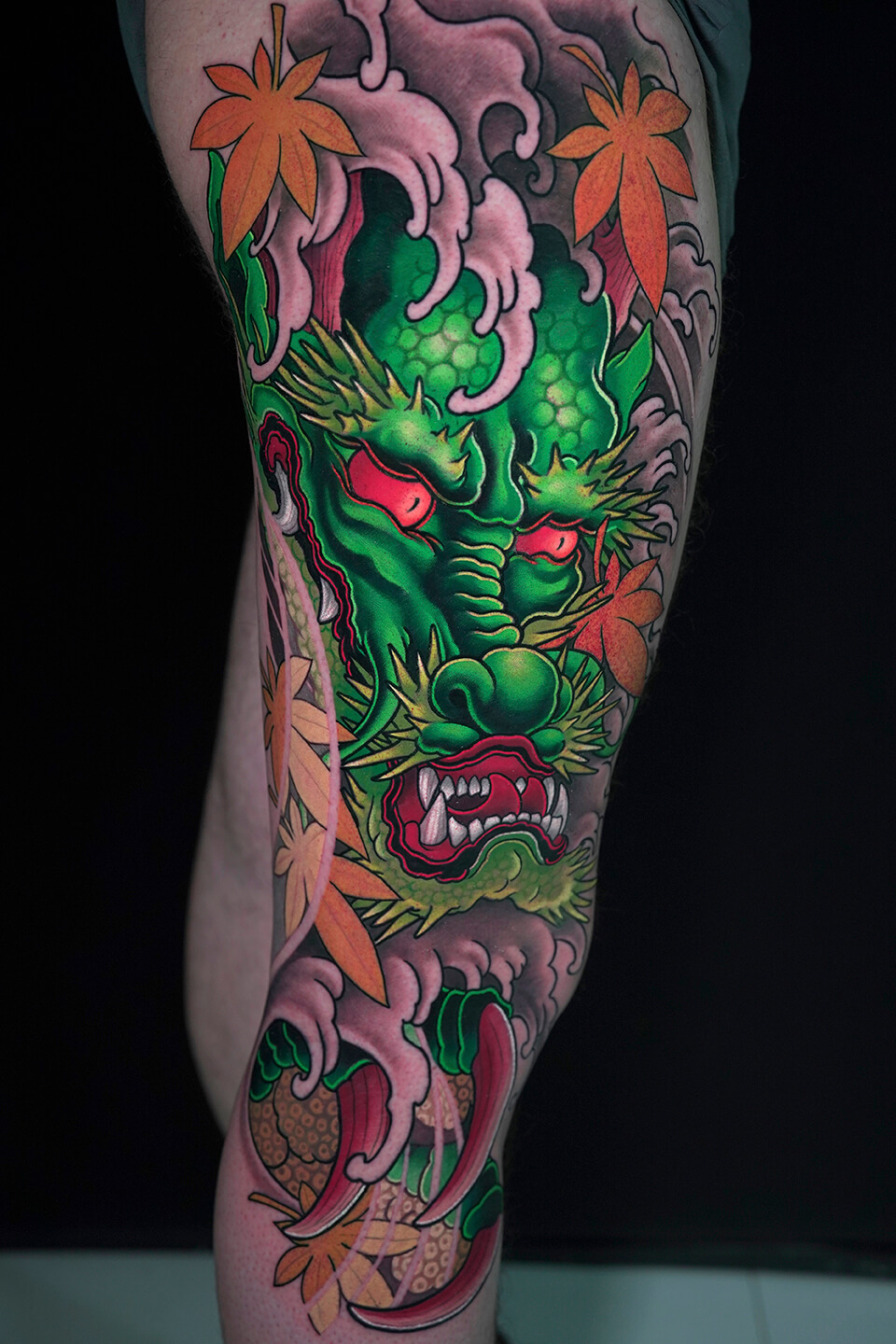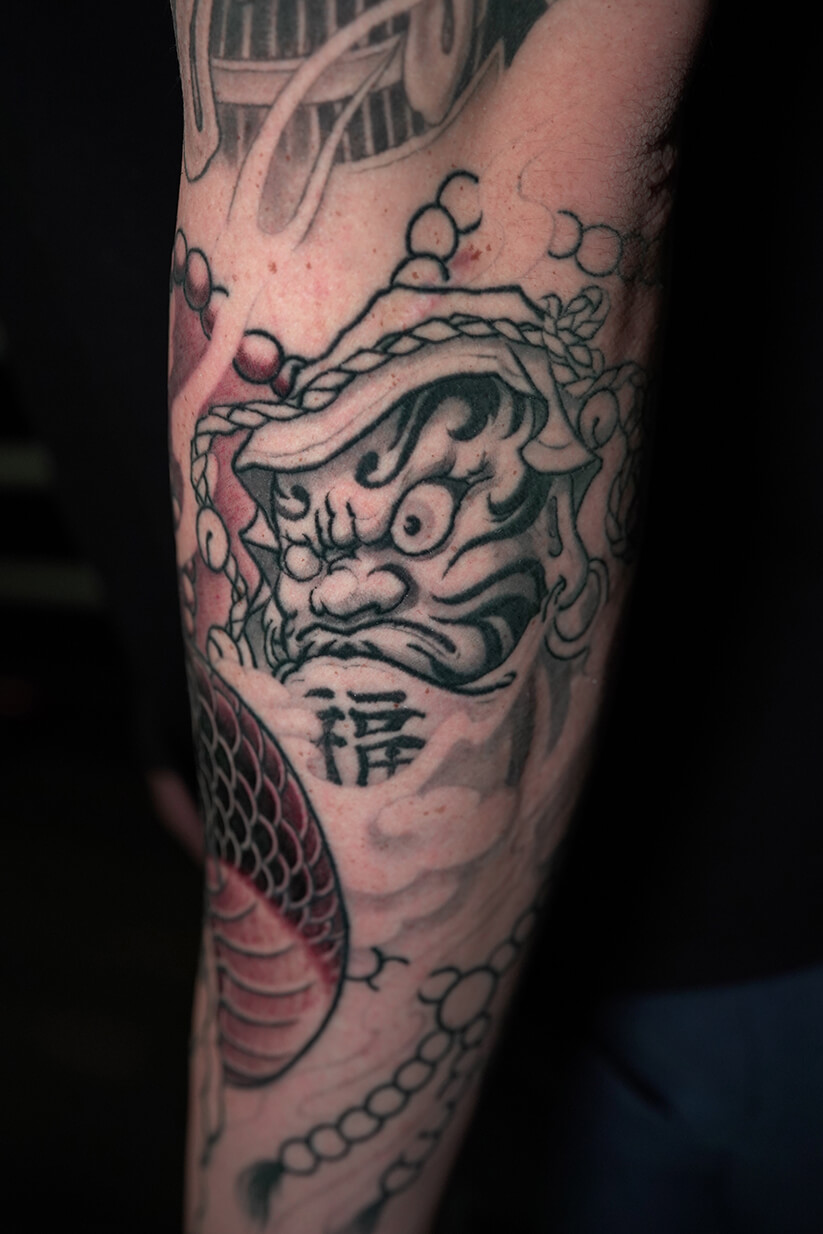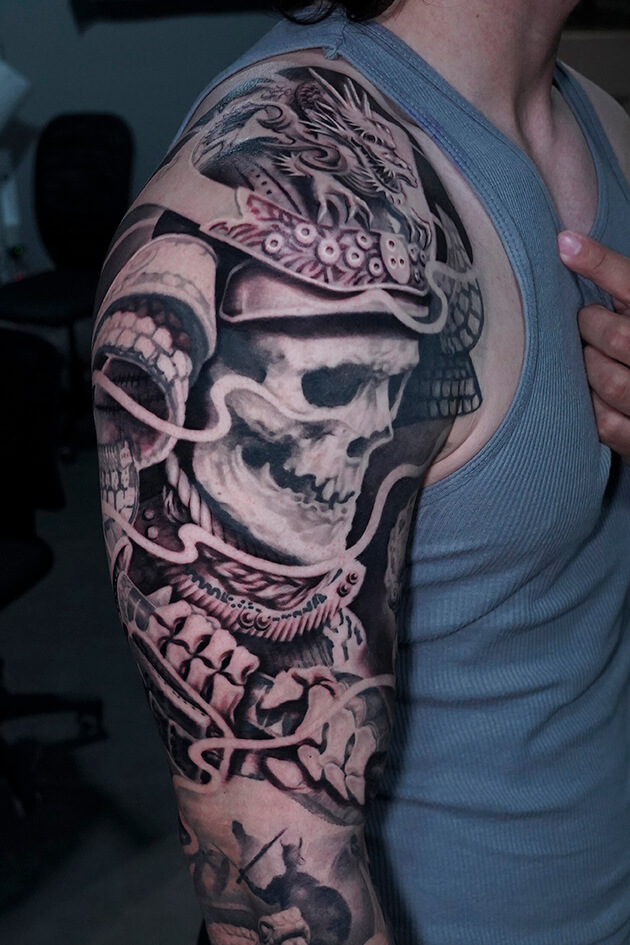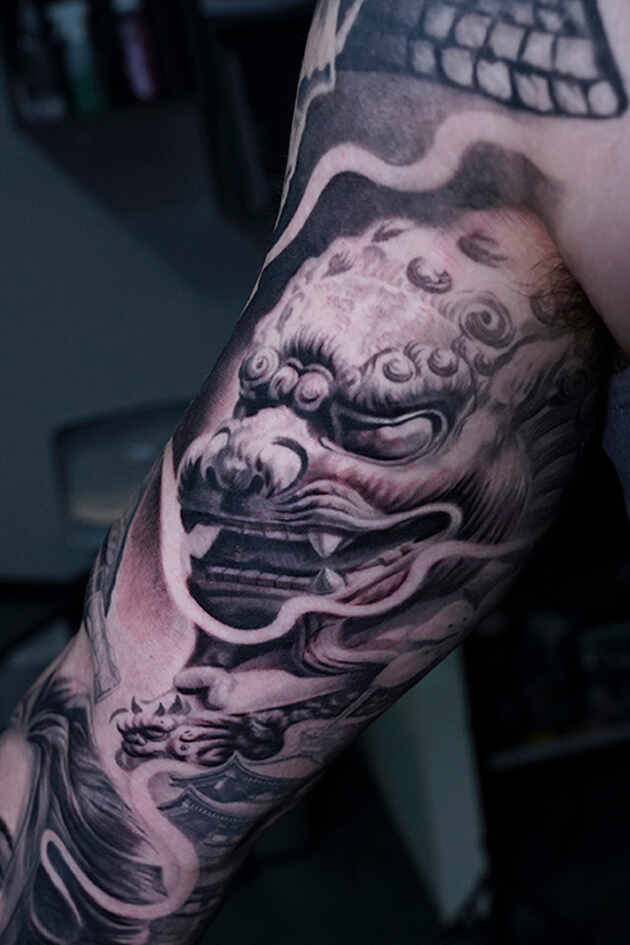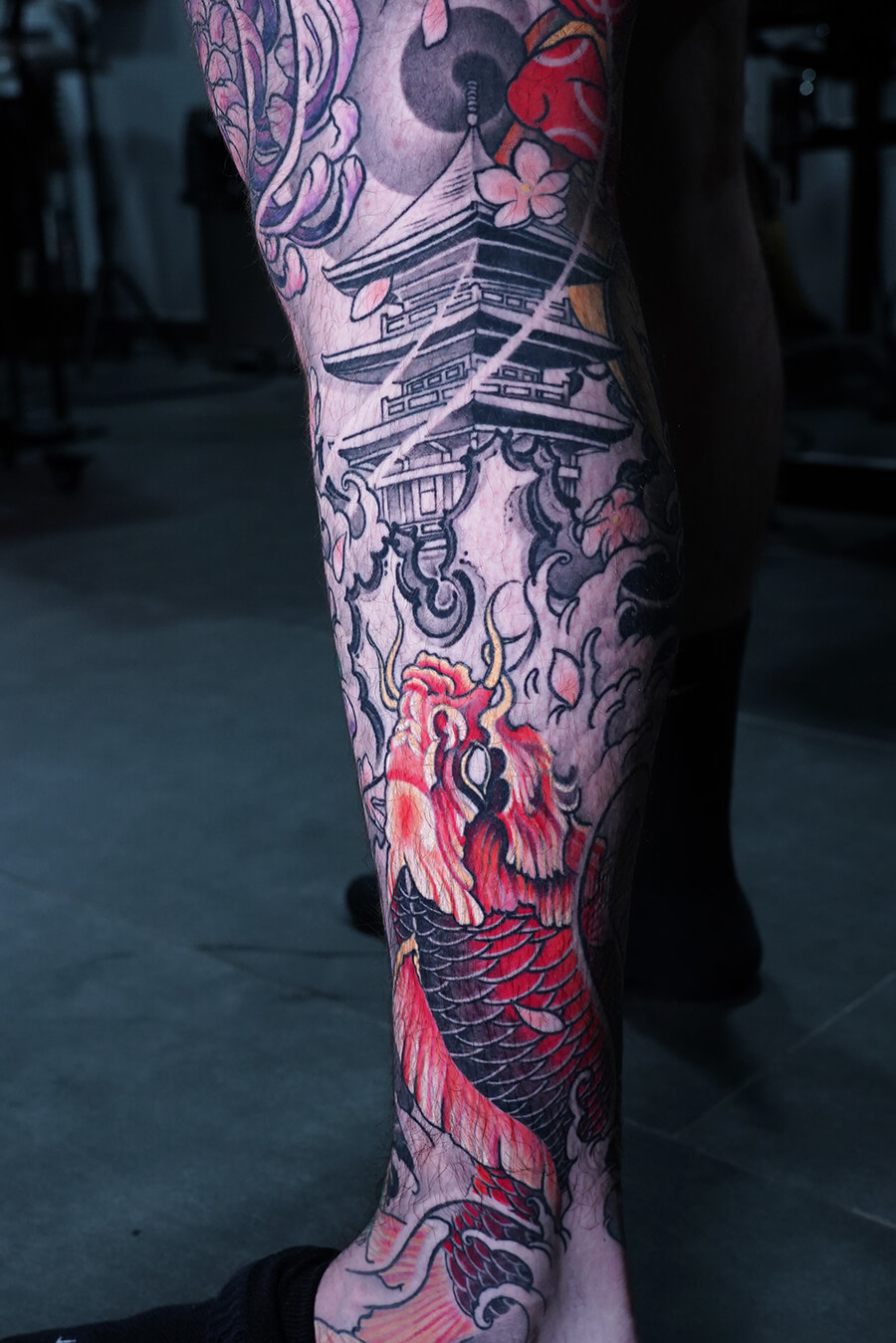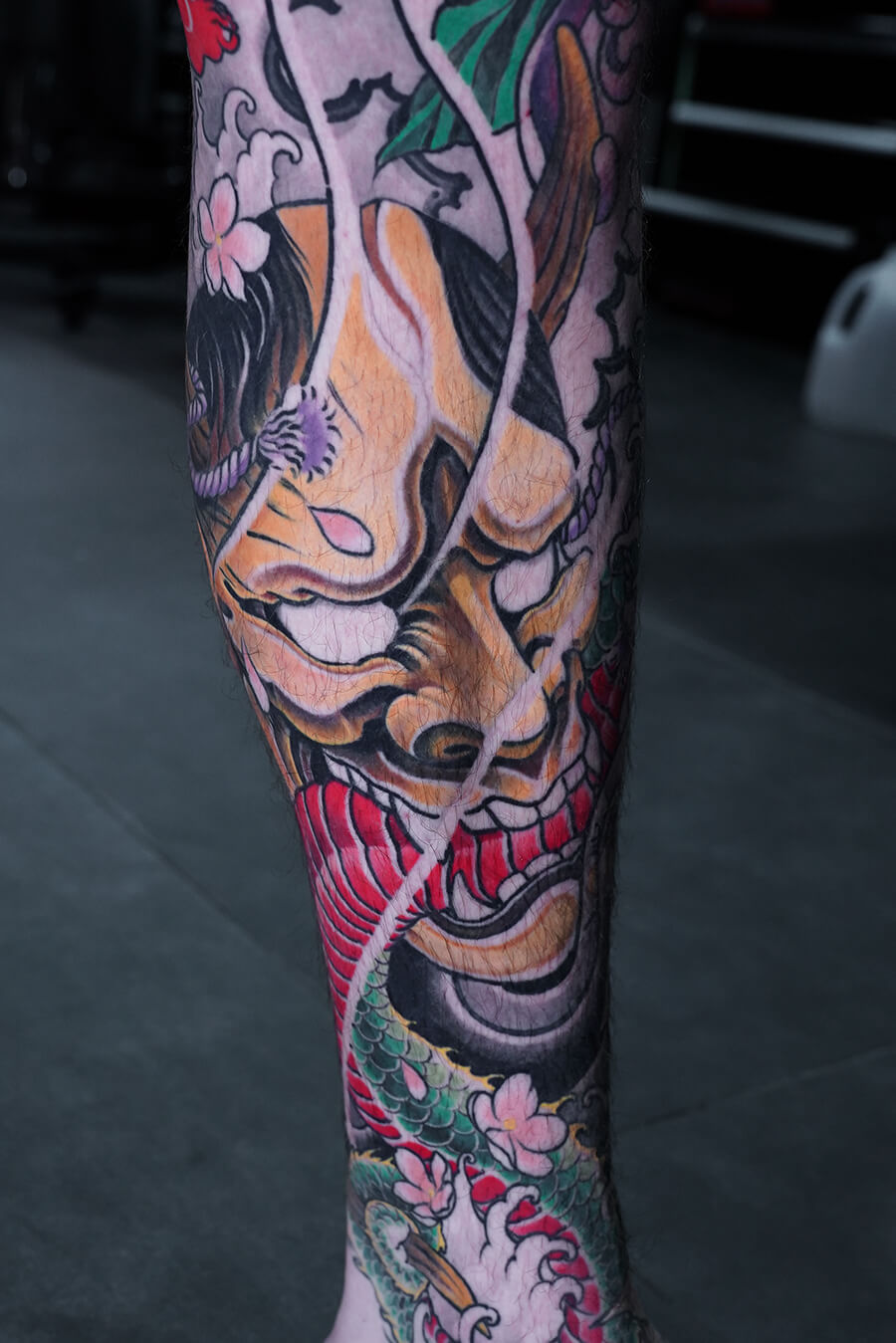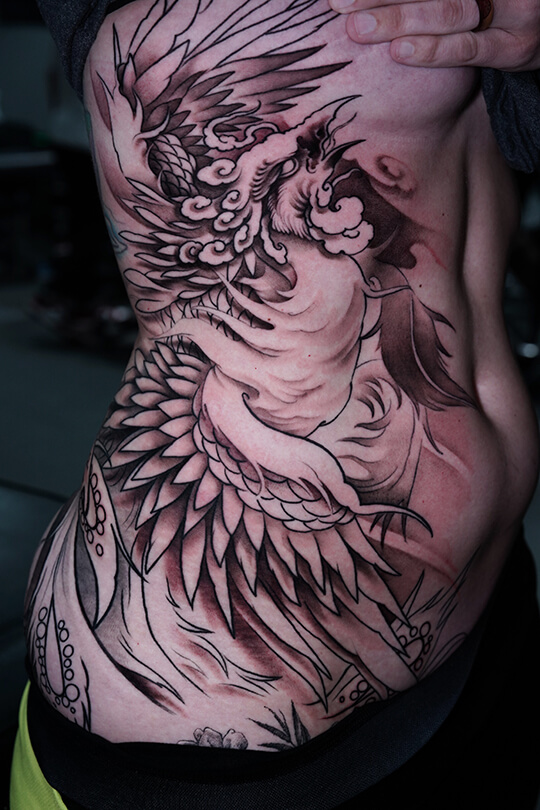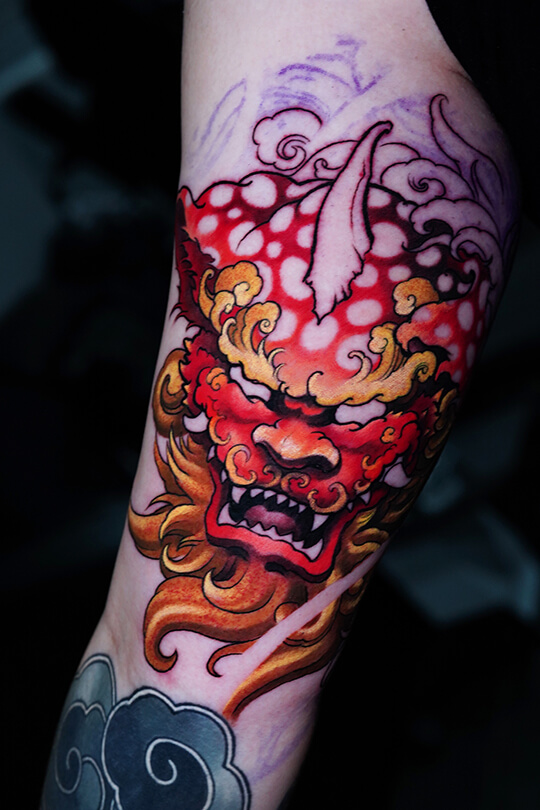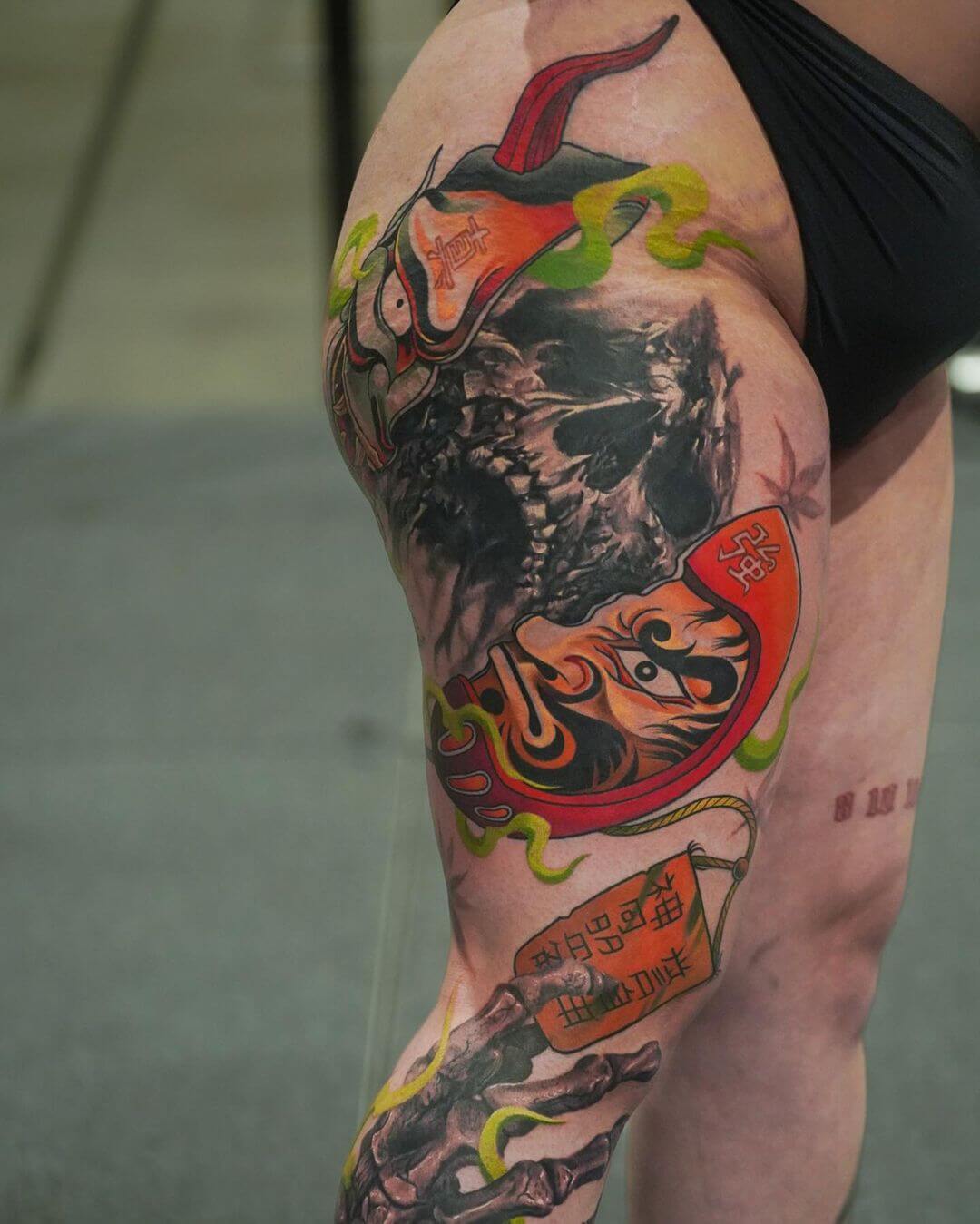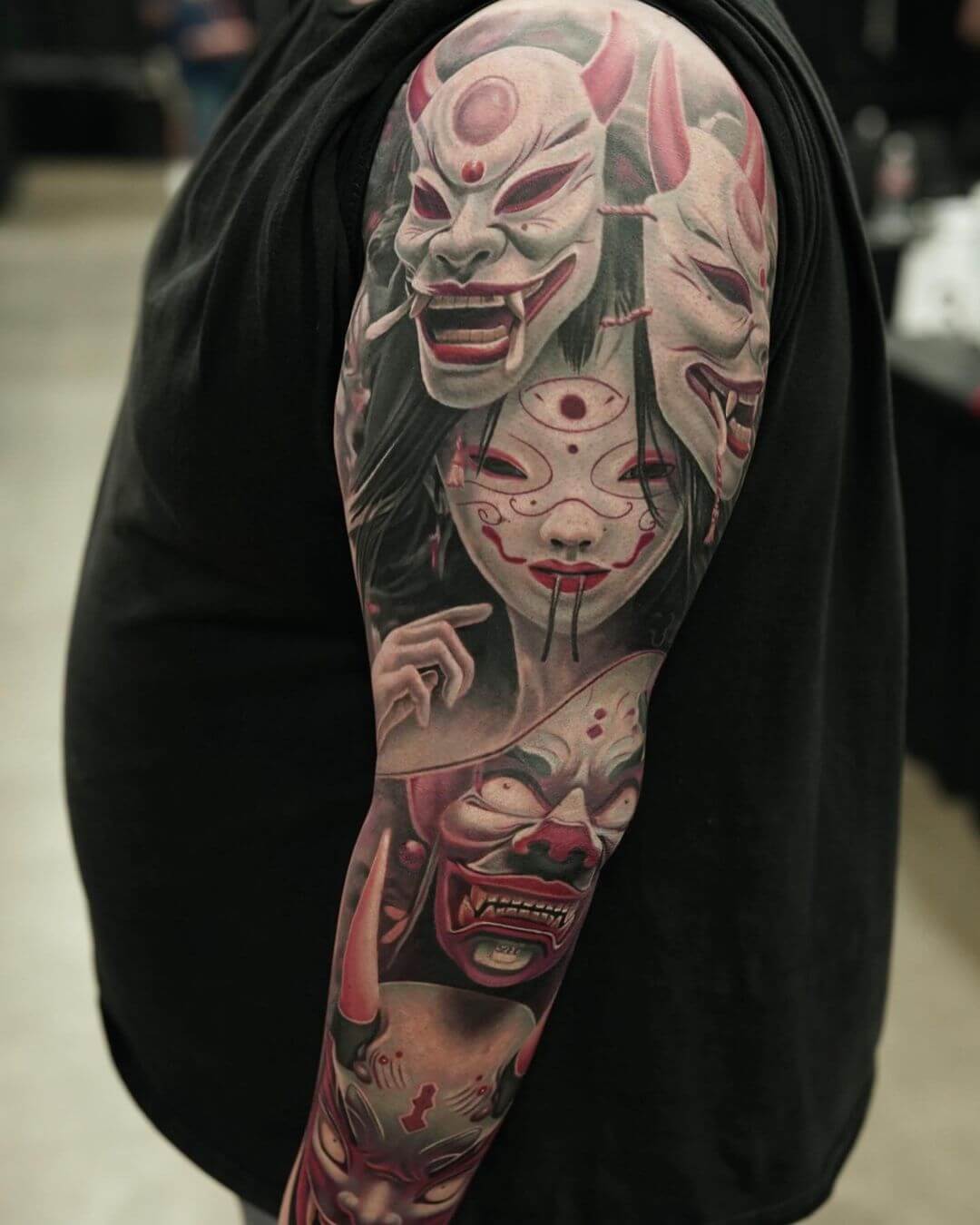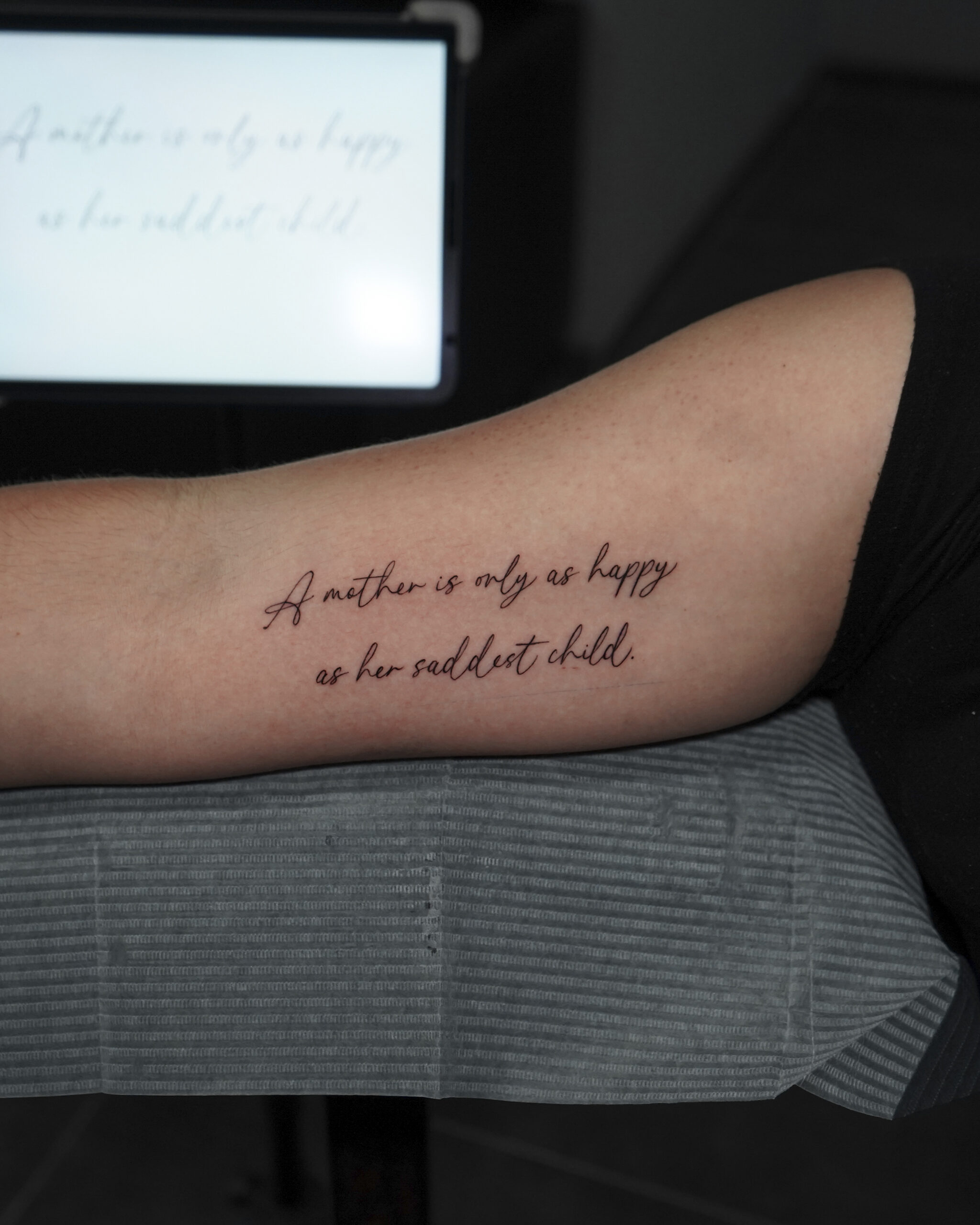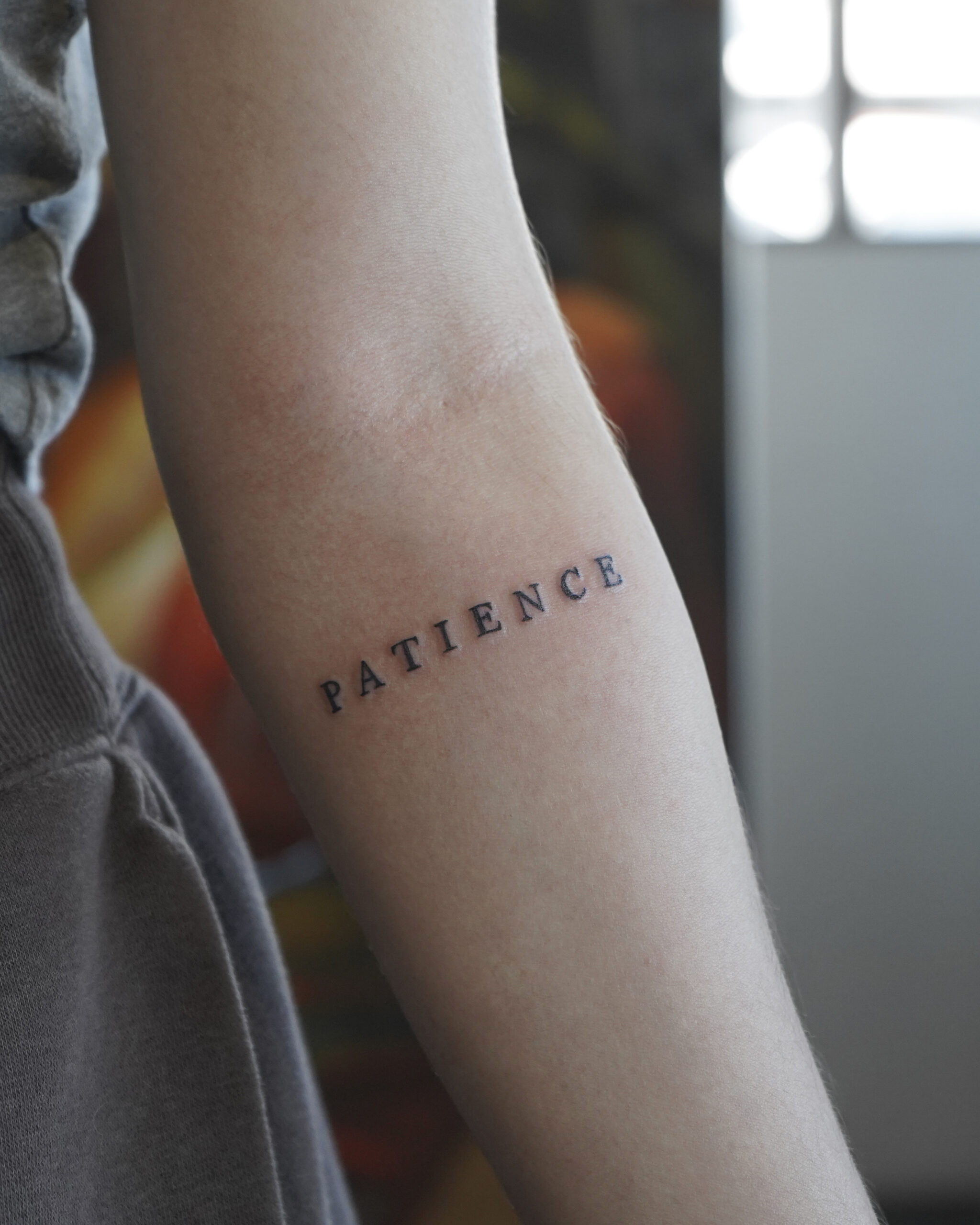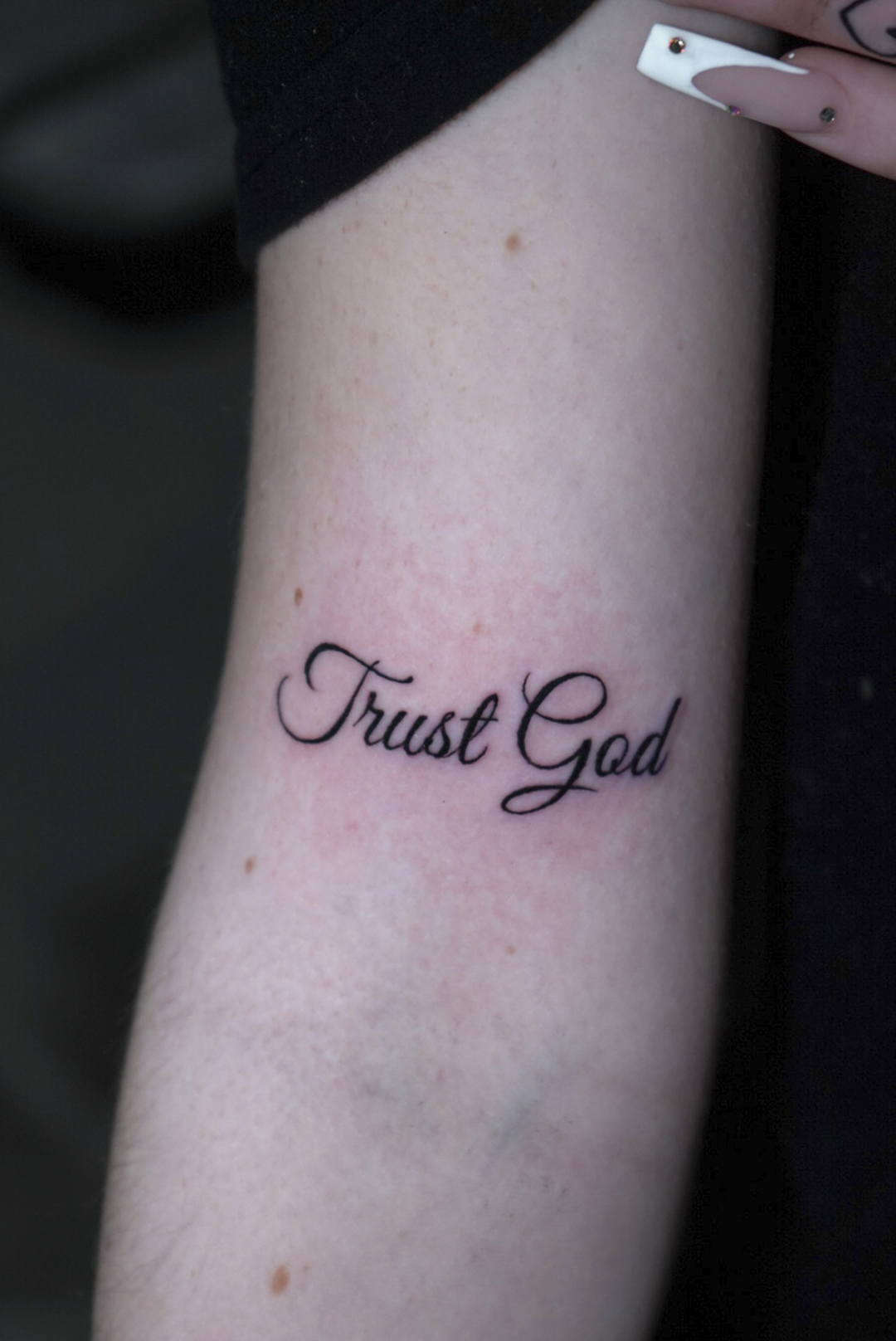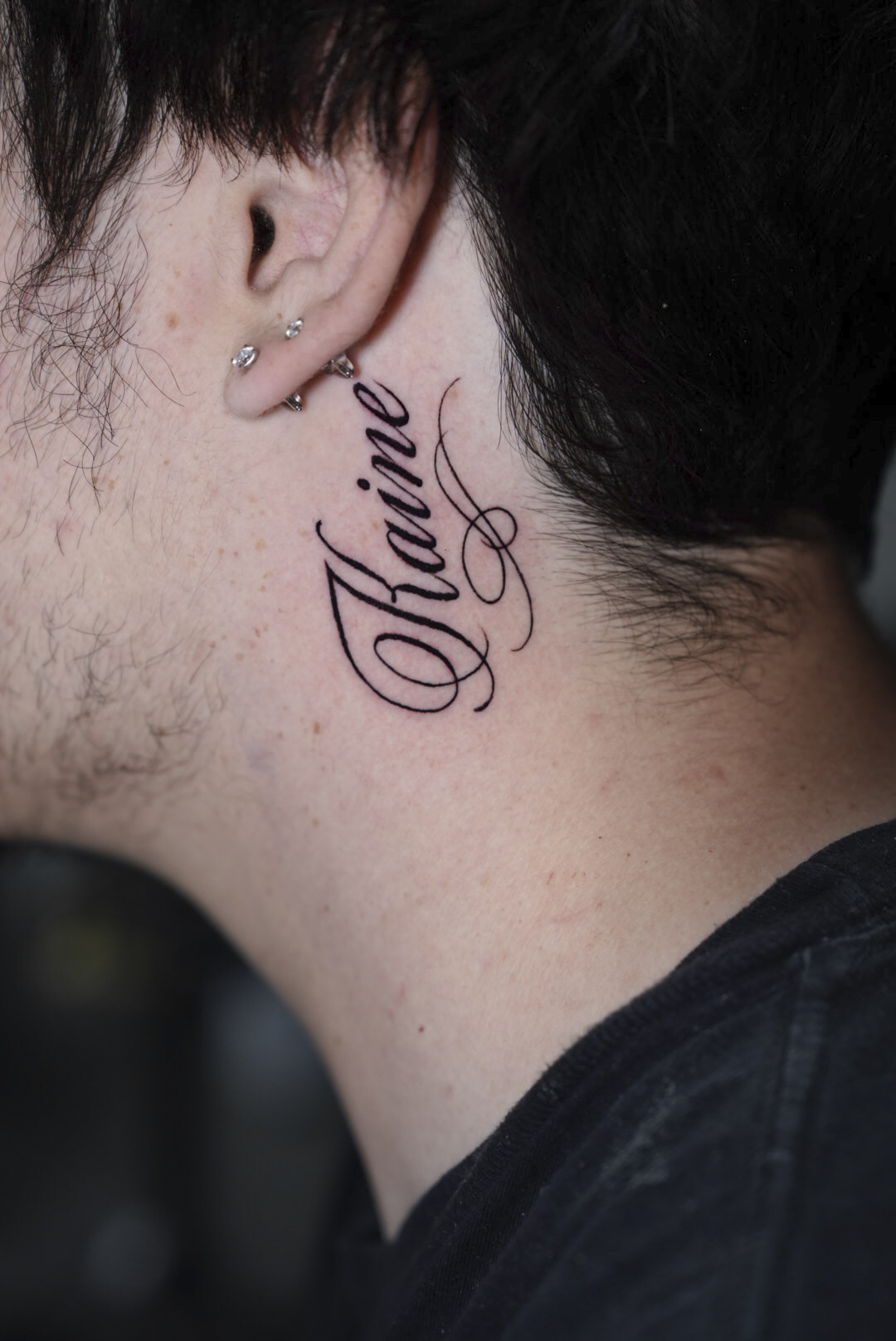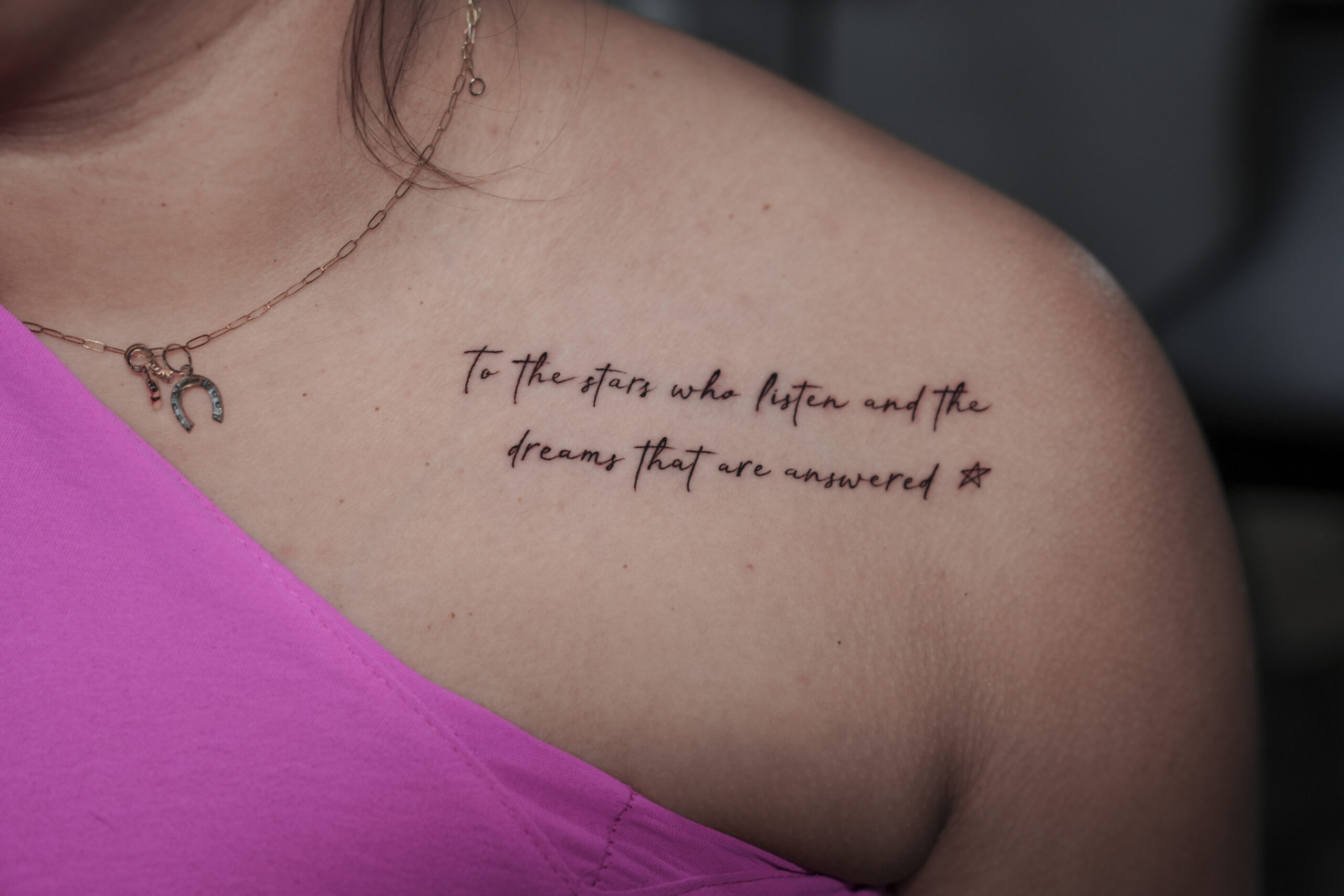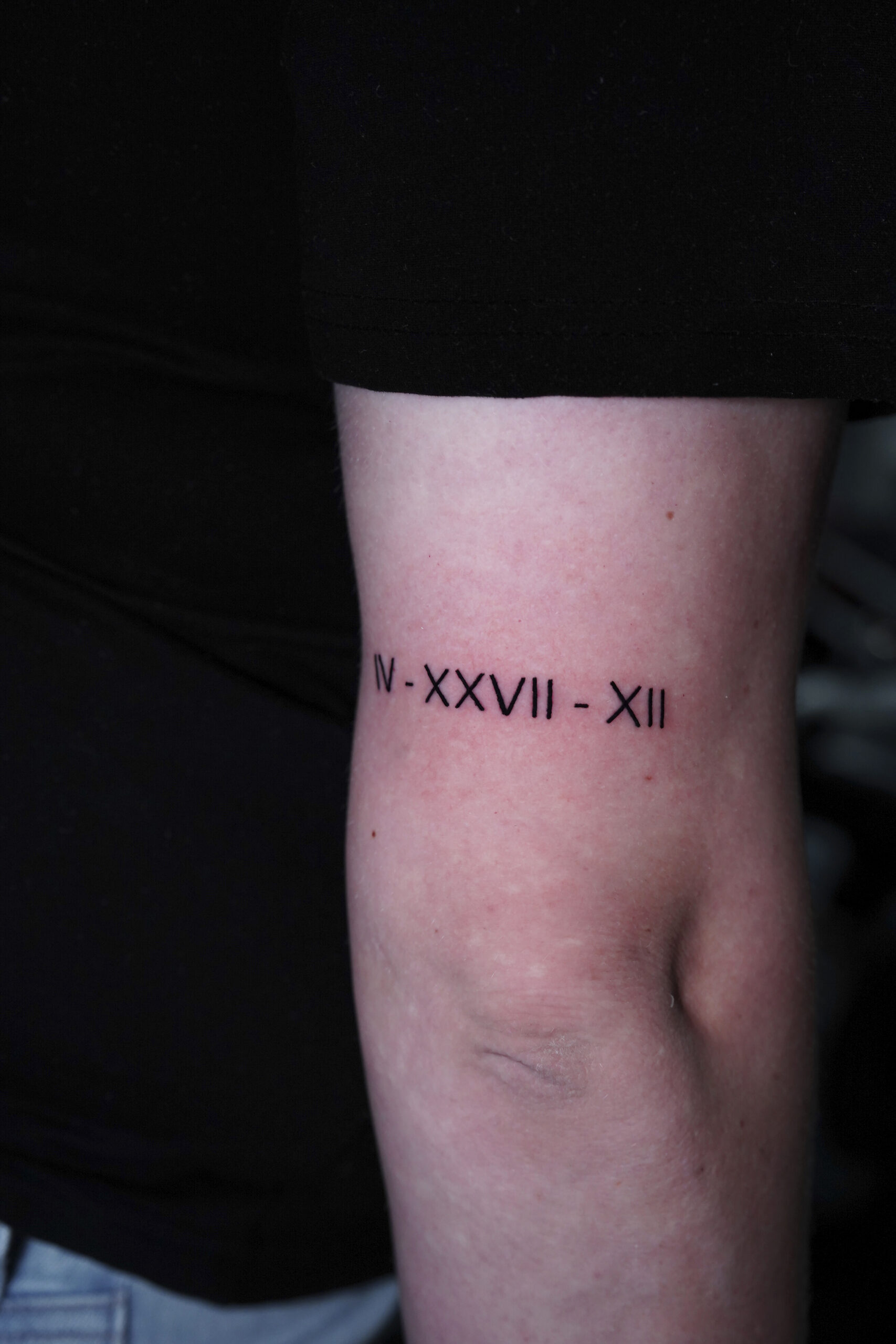As a professional tattoo artist, your consultation process forms the foundation of successful body art creation. Effective client questioning transforms abstract ideas into permanent masterpieces while safeguarding both artistic integrity and client wellbeing throughout the tattooing journey.
In this article we’ll explore the essential questions that transform ordinary tattoo sessions into exceptional experiences, categorized by each phase of the client interaction. These communication tools will help you navigate complex consultations and deliver results that resonate with clients long after they leave your studio.

Questions to Ask Clients During a Tattoo Consultation
A perfect tattoo begins with a thorough consultation. These essential questions below ensure clarity and alignment between you and your client for optimal results:
Have you had previous tattoos? How was your experience?
This inquiry is fundamental for a tattoo artist. It allows you to gather crucial information about potential health risks, such as allergic reactions to specific inks or skin sensitivities. Understanding a client’s past experiences also helps in aligning artistic vision with their expectations and preferences, and in assessing their pain tolerance.
If the client has previous tattoos, inquire about their satisfaction with the outcome, healing process, and any complications encountered, such as allergic reactions or excessive pain. Also physically assesses existing tattoos for ink quality and skin condition. For example, if a client reports a past red ink allergy, recommend avoiding red pigments or suggests patch testing, and discusses design choices that integrate well with or effectively cover the old tattoo.
If this is the client’s first tattoo, provide comprehensive information. This includes detailing the tattooing process, discussing pain expectations for the chosen area, and thoroughly explaining aftercare procedures to ensure proper healing. For instance, advise a client new to tattoos to consider a smaller design on a less sensitive area, such as the forearm, instead of a large, intricate piece on a more painful spot like the ribs.
What does it mean to you?
Asking “What does it mean to you?” allows you to understand the personal significance or emotional value a client attaches to their desired tattoo. This insight helps you grasp the client’s vision, inspirations, and motivations. With this understanding, you can tailor the design to accurately reflect the client’s story, enhancing both its aesthetic appeal and emotional impact.
If a client wants a lotus flower to symbolize overcoming adversity, you can design it with specific colors or elements that reinforce this meaning, fostering a deeper connection and ensuring the final tattoo truly resonates with the client.
Are you pregnant or nursing?
This question is mainly asked to ensure safety and minimize health risks for both mother and baby. It allows tattoo artists to determine if the client is in a physiological state, which could make tattooing unsafe for them or their child.
This information is crucial because pregnancy and nursing can affect the body’s immune response, healing capabilities, and introduce risks like infection transmission or adverse reactions to ink.
If a client is pregnant, explain the increased danger of infections like hepatitis B or HIV, which can harm the fetus, and advises postponing the tattoo until after pregnancy and nursing to protect both mother and child.
Are you on any medications (blood thinners, etc.)?
This question helps tattoo artists determine if a client is taking medications, such as blood thinners like warfarin or aspirin, which reduce blood clotting and may cause excessive bleeding during the session. Excessive bleeding can hinder your accuracy, dilute the ink, and prolong healing. If a client is on blood thinners, consult with them about pausing the medication (with medical approval) or adjusting the session to minimize risks.
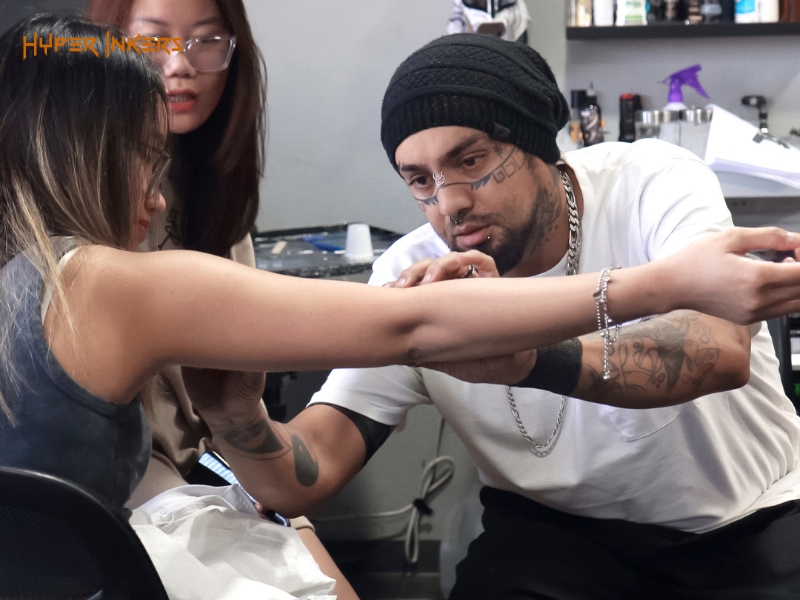
Questions to Ask Clients about Tattoo Design and Placement
These basic questions about tattoo design and placement below will help you refine design concepts and placement options for the clients better:
What style of tattoo do you want?
This question is fundamental to understanding the client’s aesthetic vision and ensuring the final design aligns with their expectations. It allows you to gather specific information about the client’s preferred artistic direction, including their tastes in linework, shading techniques, color palettes (such as vibrant colors, pastels, or black and grey), and overall visual feel. This information helps you determine if your own artistic style and technical skills are a good match for the request, and it provides a clear creative direction for developing a custom design.
For instance, if a client requests a “Japanese traditional” style, you would understand they are looking for designs rich in symbolism, often featuring elements like dragons, koi fish, or cherry blossoms, executed with bold outlines and specific color schemes. Conversely, a request for a “minimalist” tattoo implies a preference for simple lines, geometric shapes, or subtle imagery.
Do you have reference images or sketches?
This question is crucial for translating a client’s abstract ideas into a tangible and accurate visual design. It allows you to gather concrete visual information about the client’s desired elements, composition, style preferences (such as realism, illustrative, or abstract), and overall aesthetic that words alone often fail to convey. The purpose is to create a shared understanding, minimize misinterpretations, and ensure you can accurately capture the client’s vision before starting the design process.
If a client describes wanting a “powerful animal tattoo,” reference images of a roaring lion, a serene wolf, or a stylized mythological creature provide specific visual direction, helping you understand the exact imagery, mood, and artistic execution the client envisions.
Similarly, sketches, even if rudimentary, can communicate unique personal concepts or specific arrangements.
Any colors you want or want to avoid?
This question is essential for tattoo artists to accurately align the final artwork with the client’s aesthetic vision and address practical considerations. Obtaining information on specific colors the client desires, such as deep reds, vibrant teals, or subtle greys, and any colors to be excluded due to personal dislike, potential allergic reactions, or concerns about longevity. This ensures the selected palette complements the client’s skin tone effectively, maintains vibrancy over time, and avoids known irritants.
Where on your body do you want it?
This question is critical for you to understand the client’s desired location for the tattoo. Allows to assess the suitability of the design for that area’s shape, size, and skin characteristics, as well as to anticipate potential challenges related to pain sensitivity and healing for the client, especially first-time tattoo clients, since this is their first time and they may not yet know how different locations can affect the tattoo and the pain.
You could recommend a large, intricate design for a flat, expansive area like the back, while suggesting a smaller, simpler design for a contoured area like the wrist or ankle. Additionally, placements on sensitive areas like the ribs or feet require special considerations for pain management and aftercare compared to less sensitive areas like the forearm.
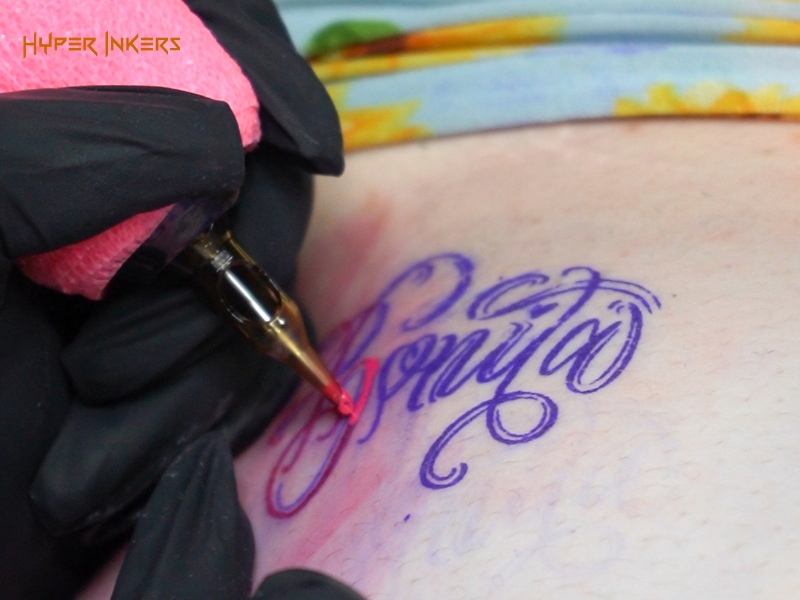
Questions to Ask Clients During the Tattoo Process
Effective communication during the tattooing process ensures client comfort and optimal artistic outcomes. The following questions address key considerations to maintain a smooth and successful tattoo session:
Do you need a break? How are you feeling?
This question is asked to monitor the client’s physical and mental well-being throughout the potentially lengthy and strenuous tattooing process. Gather direct feedback on the client’s current comfort level, pain tolerance, and overall state, such as if they are feeling dizzy, nauseous, or overly fatigued.
The purpose is to ensure the client remains safe and comfortable, to manage pain effectively, and to allow for necessary pauses that can also benefit your concentration and physical stamina.
If a client reports feeling faint or experiencing excessive pain, provide a break, offer water or suggest they eat a snack, this helps prevent adverse reactions and allows the client to recuperate before continuing.
Do you have time for a full tattoo session today?
This question is vital for effective session planning and ensuring the tattoo can be completed to the highest standard without rushing. Ask if the client has allocated a sufficient time block that matches the estimated duration for the planned tattoo, especially for larger or more intricate designs.
This confirmation allows you to manage your workflow, maintain focus, and ensure the client is not under pressure to leave prematurely, which could compromise the quality or completeness of the artwork.
For example, if a client needs a complex sleeve segment estimated to take 4-5 hours, confirming they have the entire afternoon free allows you to proceed without needing to cut corners or schedule an inconvenient follow-up for a small remaining portion. Conversely, if the client reveals they only have 2 hours, you can adjust the scope of work for that day or discuss breaking it into multiple sessions.
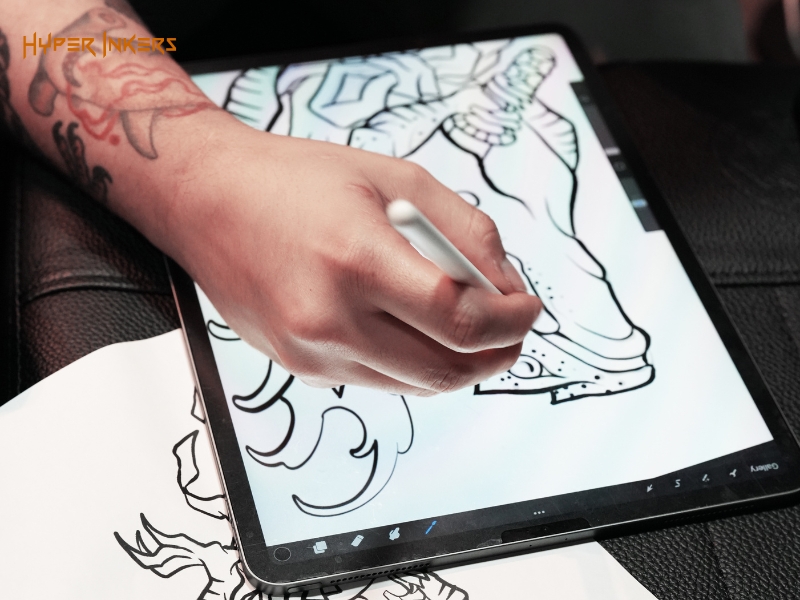
Questions to Ask Clients after Tattoo Process
Do you understand how to care for your tattoo?
This question is crucial for ensuring the client is fully equipped to manage the healing process, which directly impacts the tattoo’s final appearance and the client’s health. Always confirm that the client comprehends the specific aftercare instructions provided, such as how to clean the tattoo, when and what type of moisturizer to apply, and activities to avoid. The purpose is to minimize the risk of infection, prevent scarring, ensure optimal ink retention, and promote client satisfaction with the healed tattoo.
For example, verify that the client understands to gently wash the tattoo with mild, unscented soap and water two to three times daily, pat it dry with a clean paper towel, and apply a thin layer of recommended aftercare ointment, rather than using harsh soaps or over-moisturizing, which can hinder healing.
How was your experience?
This question is posed to gather direct feedback on the client’s overall satisfaction with the tattoo session and the final artwork. Obtain valuable information regarding the client’s perception of the process, including their comfort level during tattooing, the studio atmosphere, the artist’s demeanor, and their happiness with the design execution. The purpose of this inquiry is to identify areas for service improvement, address any immediate concerns the client might have, foster a positive client-artist relationship, and encourage repeat business or referrals.
A client might share that they appreciated your gentleness, found the studio very clean, or suggest improvements for waiting times, all of which helps you refine their practice.
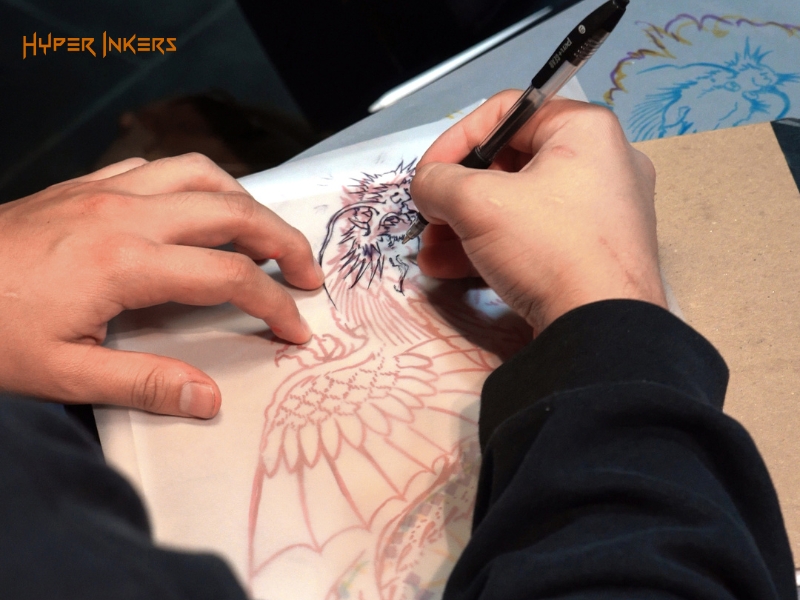
Mastering the art of client communication is as crucial as mastering the tattoo machine itself. The questions outlined in this guide spanning from initial consultation through to post-tattoo care are designed to build a strong foundation of understanding, trust, and collaboration between you and your clients. By consistently implementing these inquiries, tattoo artists can significantly enhance the client experience, mitigate potential issues, and ensure the final artwork not only meets but exceeds expectations. Ultimately, thoughtful questioning elevates your practice, fostering client loyalty and solidifying your reputation as a professional and client-centered artist.


